Resources
Insights and best practices at your fingertips.
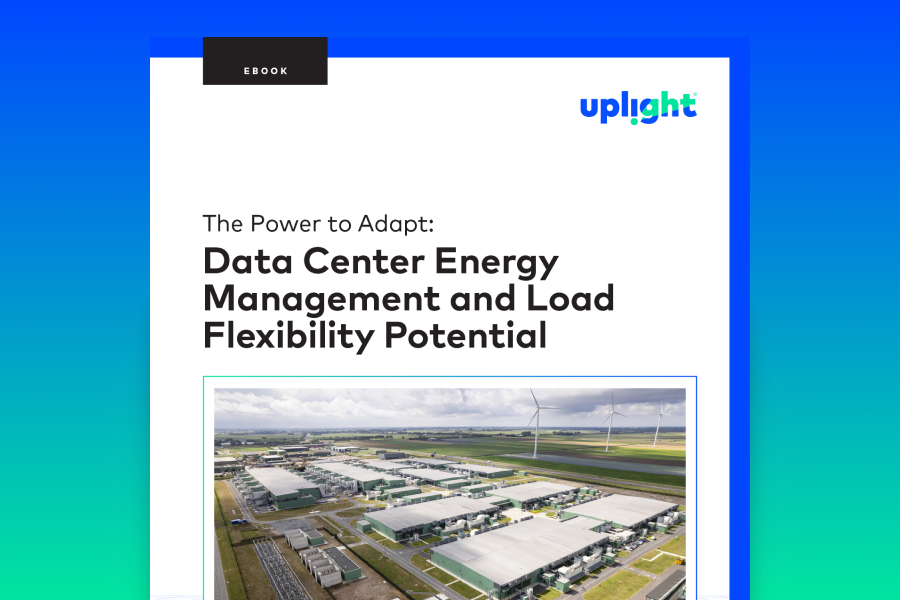
eBook Demand Management
The Power to Adapt: Data Center Energy Management and Load Flexibility PotentialTransform data centers from grid stressors into grid assets.
Filter resources by:
Viewing Resources

Blog Demand Management
Heat Dome Drives Record-Breaking Week: Demand Response Helps Utilities Navigate Extreme TemperaturesBy Kate Devitt on July 1, 2025
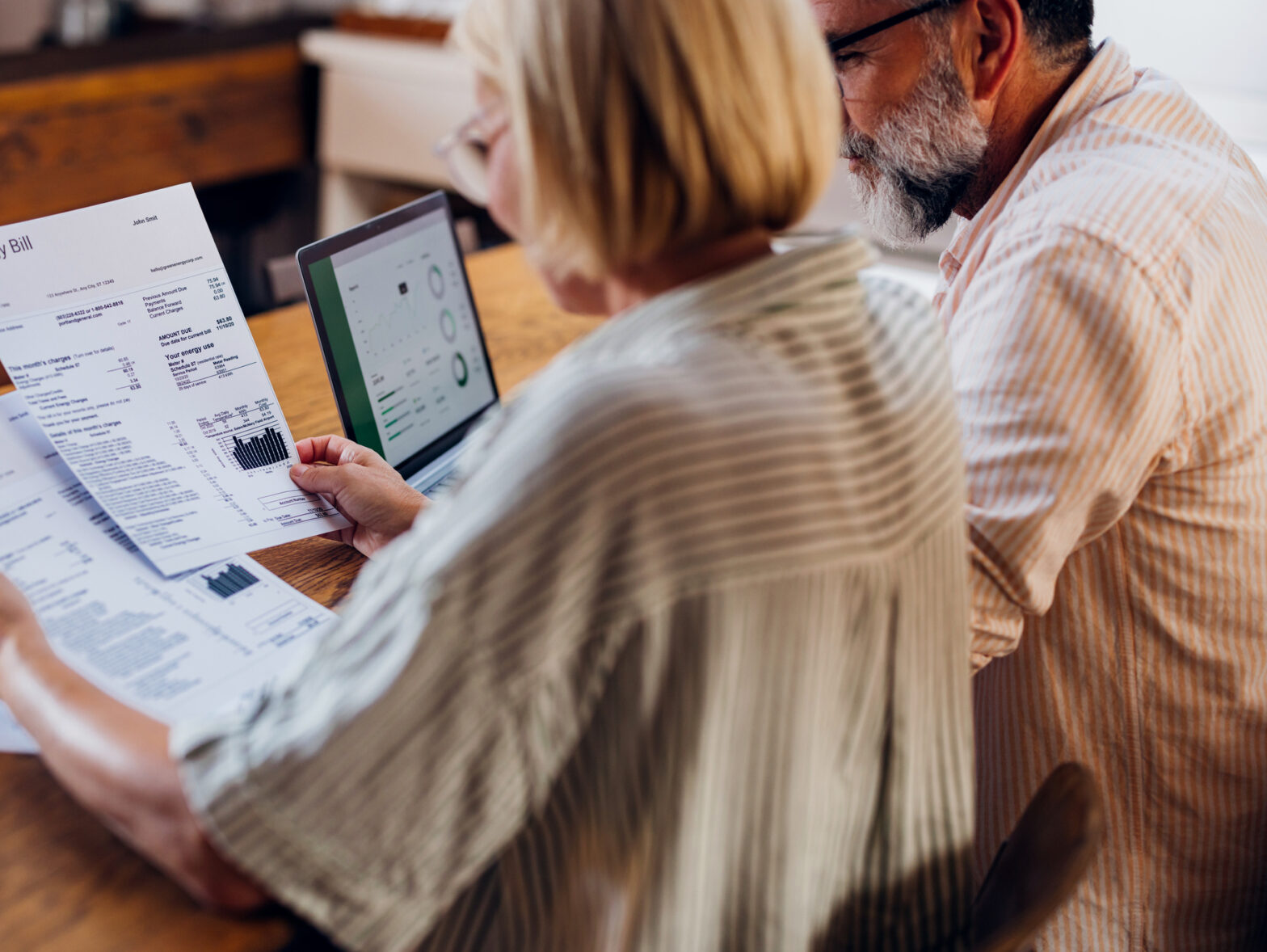
Blog Customer Engagement +1
Reducing Low-Income Energy Burden with Load Flexibility ProgramsBy Adam Farabaugh on June 26, 2025
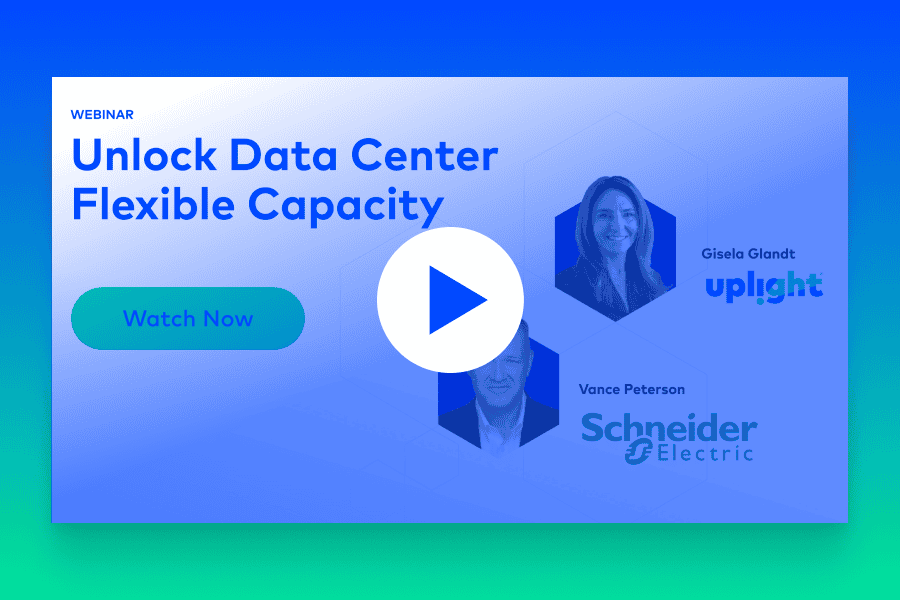
Video Demand Management
Transforming Data Centers into Grid Assets: Harnessing AI and Load Flexibility for a Sustainable FutureUnlock data center flexible capacity.
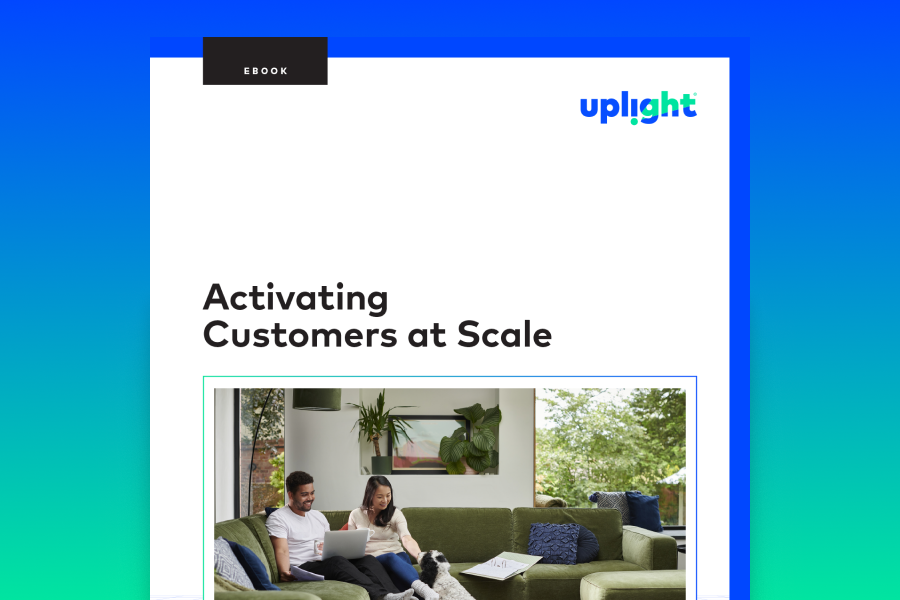
eBook Customer Engagement +1
Activating Customers at ScaleLeverage customer action through the Demand Stack.

Press Release Customer Engagement
Why Your Power Bill is So High: And The Trick to Paying LessGreen New Perspective on June 5th, 2025
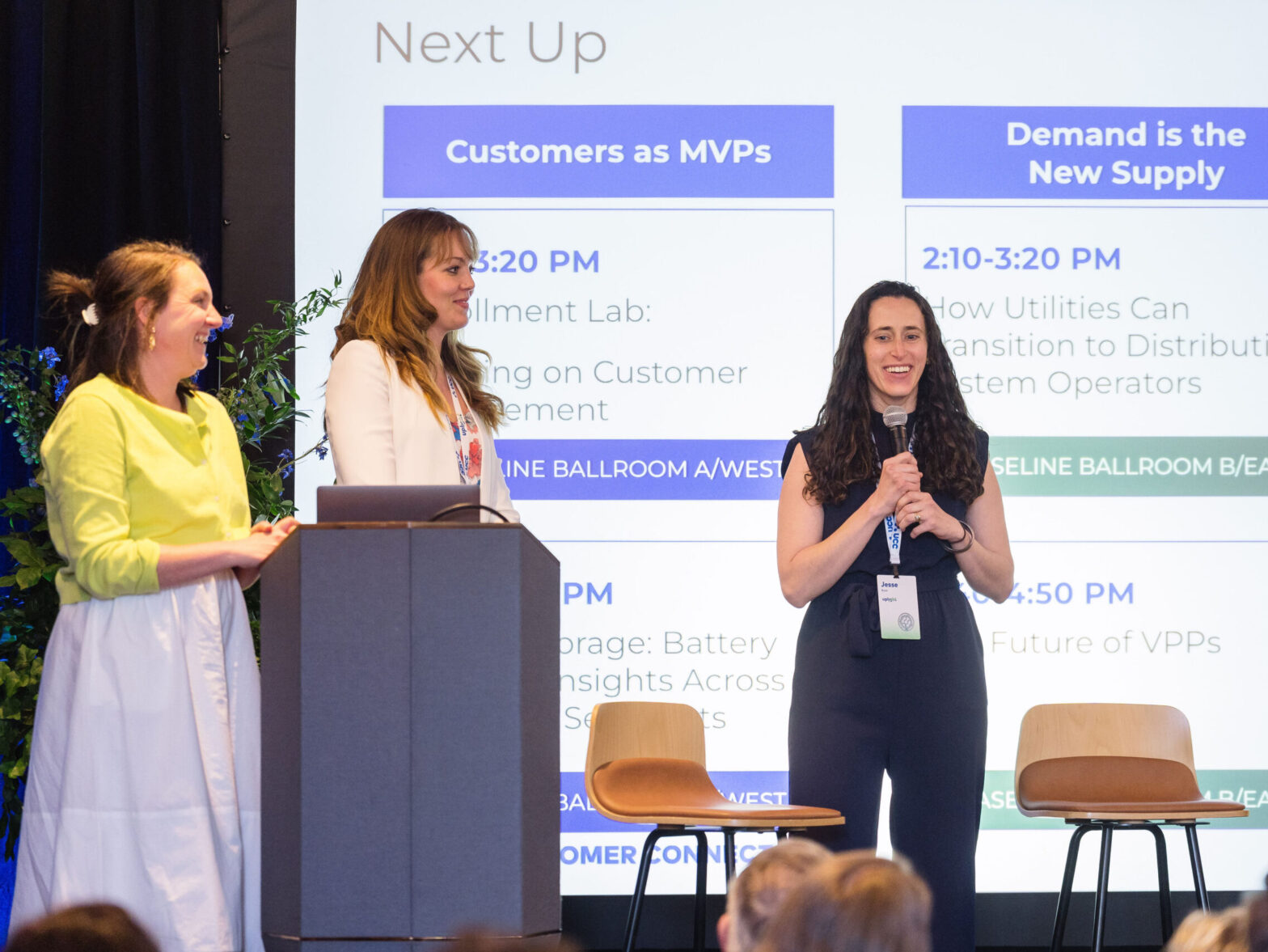
Blog
Uplight Customer Connect 2025: Energy Industry Insights and Innovation, Inspiring Speakers…. and Cowboy Hats!By Kate Devitt on May 29, 2025

Press Release Demand Management
AESP Energy Intel Magazine: Demand Stack Article (page 72)AESP on May 29th, 2025
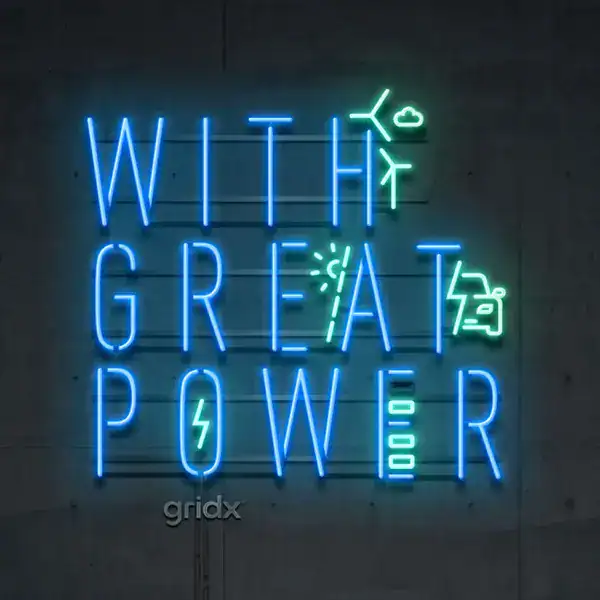

Blog LMI Customers
Energy Affordability In Crisis: How Utilities Can Help Customers Lower Their BillsBy Emily Rich on May 27, 2025

Press Release
Sprocket Power Teaming with Schneider Electric to Lead Microgrid Flex ExpansionMicrogrid Knowledge on May 22nd, 2025
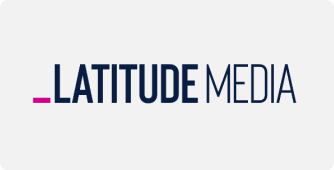
Press Release Demand Management
Mastering the demand stack: Uplight’s approach to load growthLatitude Media on May 22nd, 2025

Press Release
Uplight Launches Software Development Kit to Accelerate DER Integration at ScaleUtility Dive on May 21st, 2025

eBook DERMS
Maximizing DER Value With An Integrated DERMSTransform siloed DERs into a unified resource.
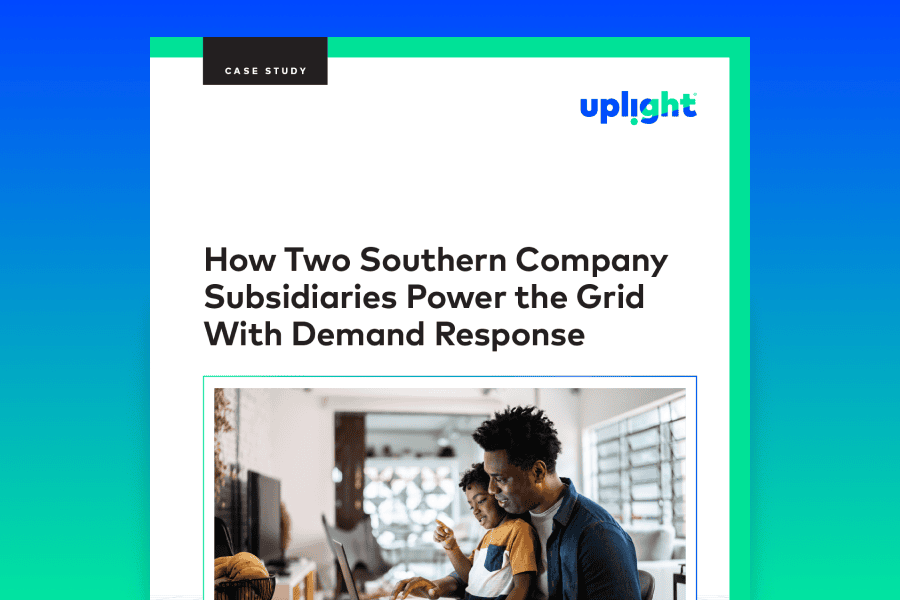
Case Study Demand Management
How Two Southern Company Subsidiaries Power the Grid With Demand ResponseImprove customer satisfaction and grid stability with demand response.

Blog Demand Management +1
Data Center Load: From Grid Strain to Grid GainBy Crystal Leaver on May 12, 2025

Press Release
Spain Blackout Shows Need for Batteries in Renewable-Heavy WorldBloomberg on May 9th, 2025
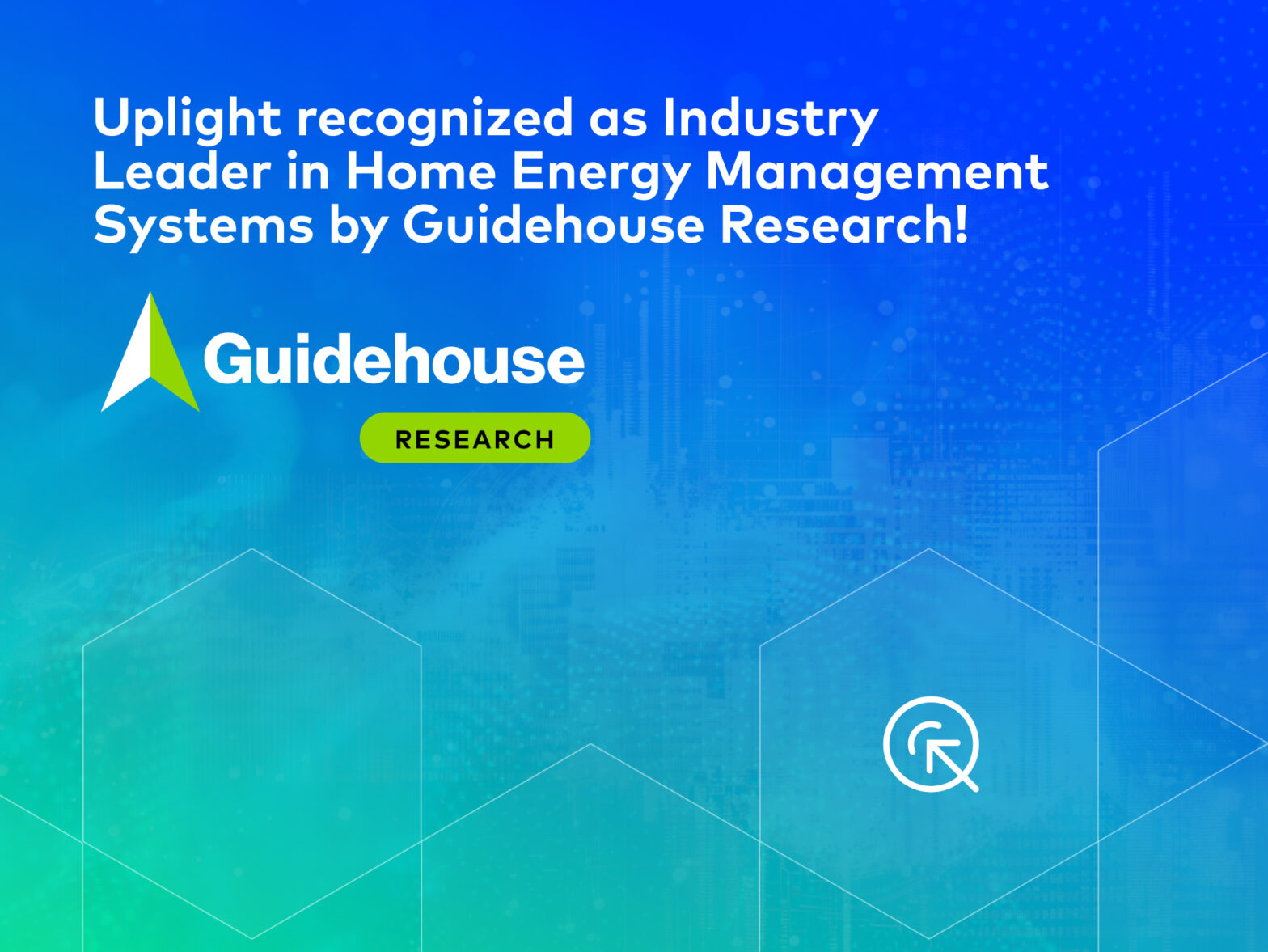
Blog Customer Engagement +1
Uplight Secures Strong Position in 2025 Guidehouse Research HEMS LeaderboardBy Kate Devitt on May 7, 2025

Press Release
Uplight Secures Leadership in Guidehouse Home Energy Management Providers Category and Unveils New Demand Stack Activation EngineUtility Dive on May 6th, 2025
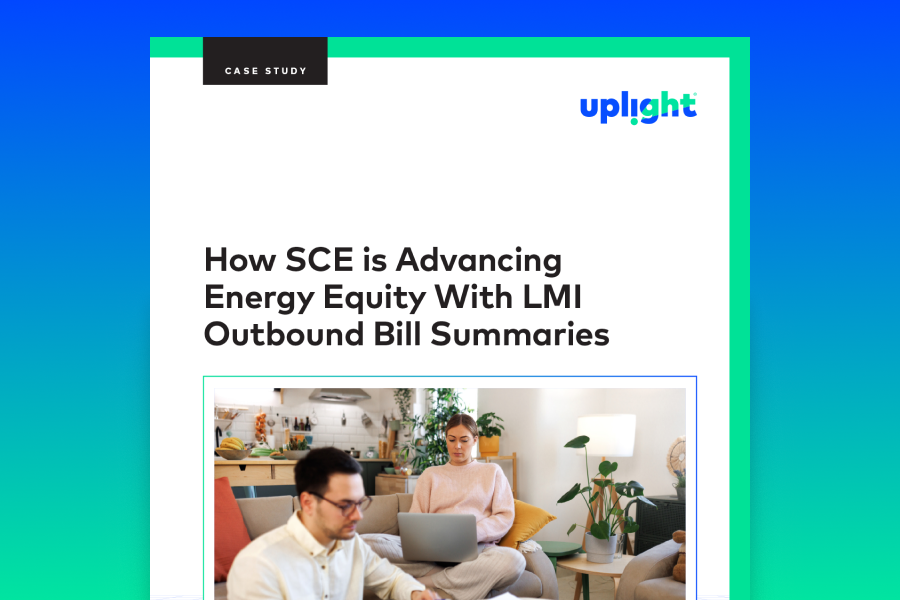
Case Study Customer Engagement +1
How SCE is Advancing Energy Equity With LMI Outbound Bill SummariesGenerate savings for LMI customers with personalized bill insights.


Press Release
EPRI’s Open Power AI Consortium plans to fuel grid modernization with data sharingUtility Dive on April 29th, 2025
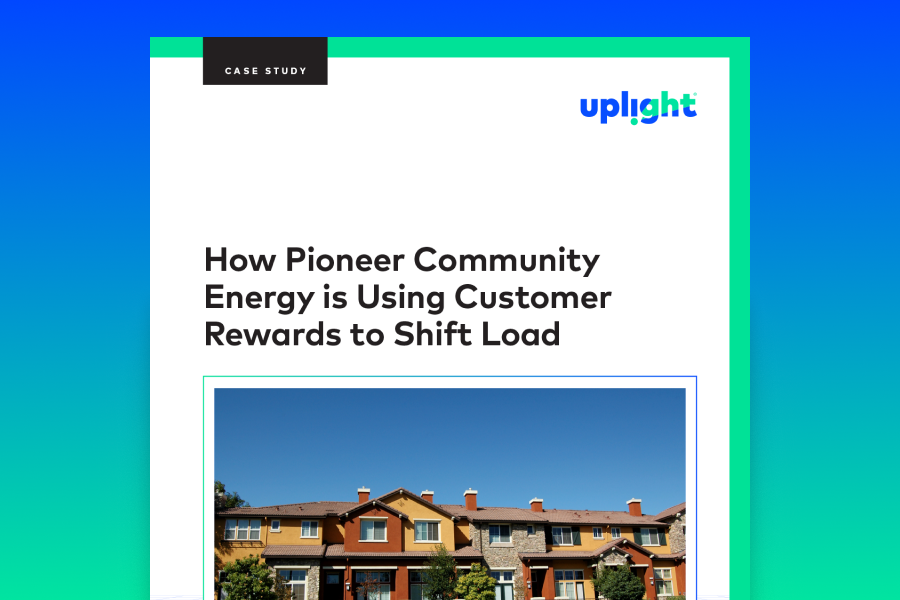
Case Study Demand Management
How Pioneer Community Energy is Using Customer Rewards to Shift LoadSee how behavioral demand responses shifts load.
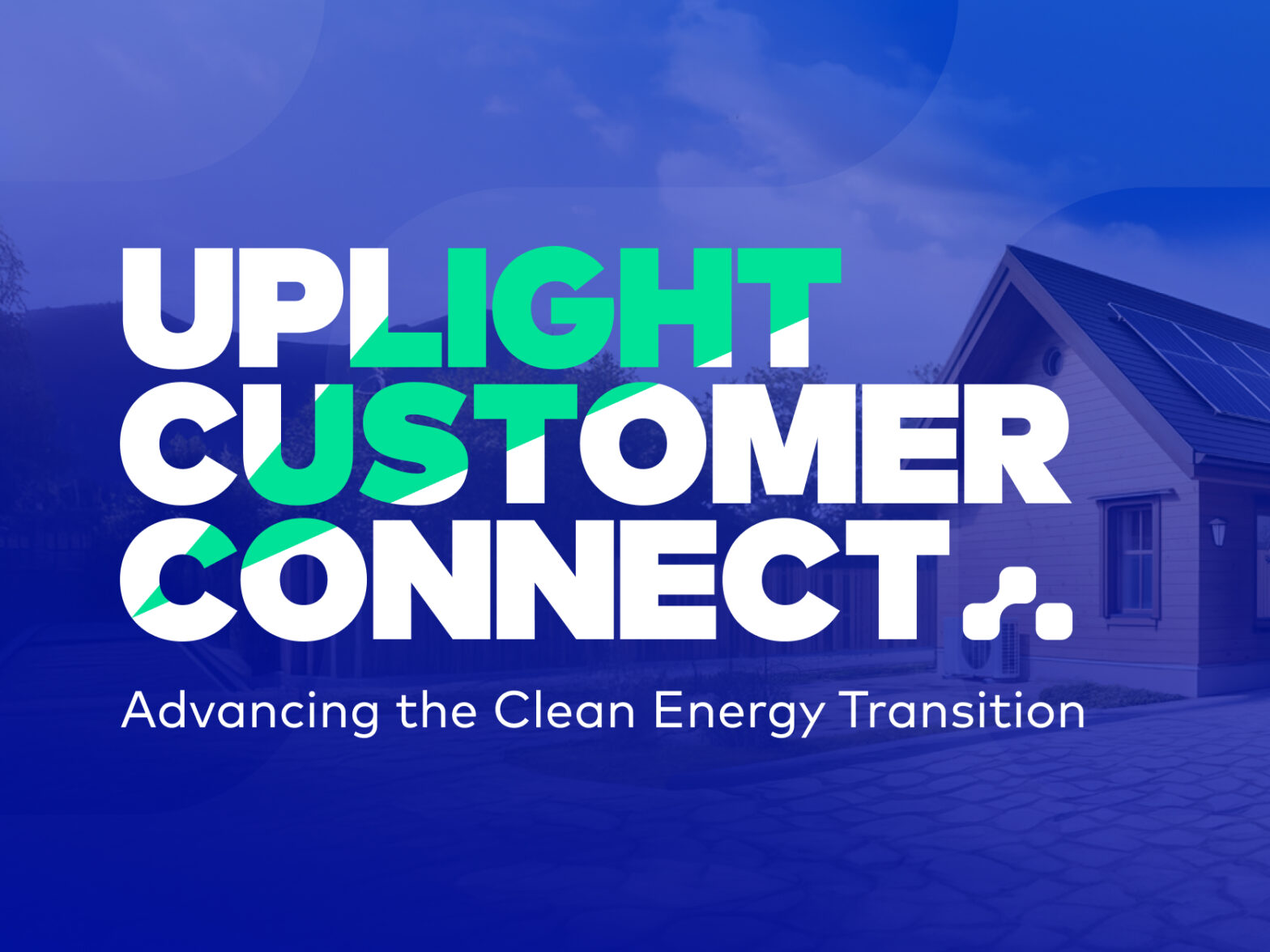
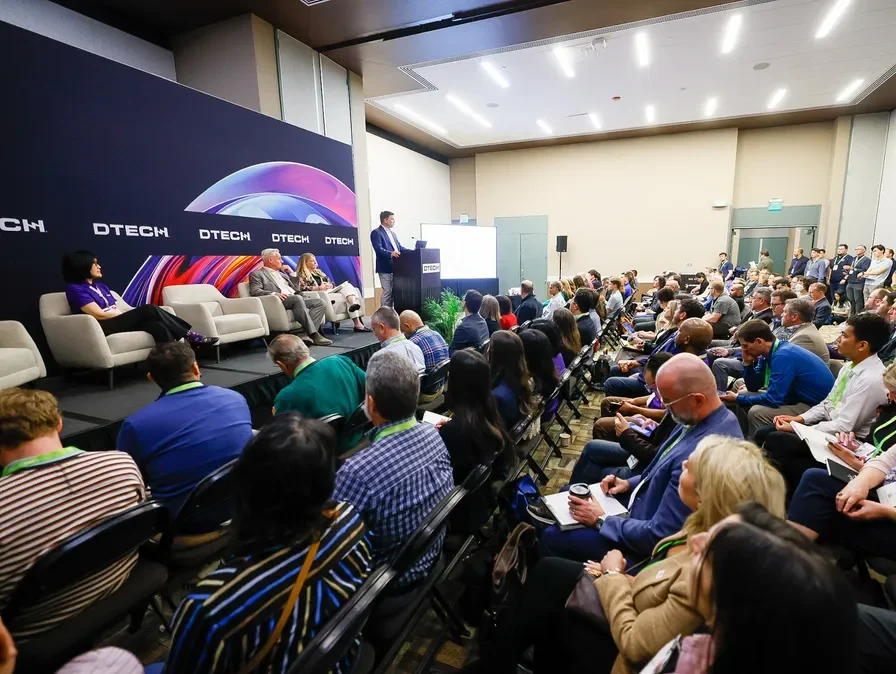
Blog
Uplight's Key Takeaways from DISTRIBUTECH 2025 and Adjacent EventsBy Kate Devitt on April 7, 2025
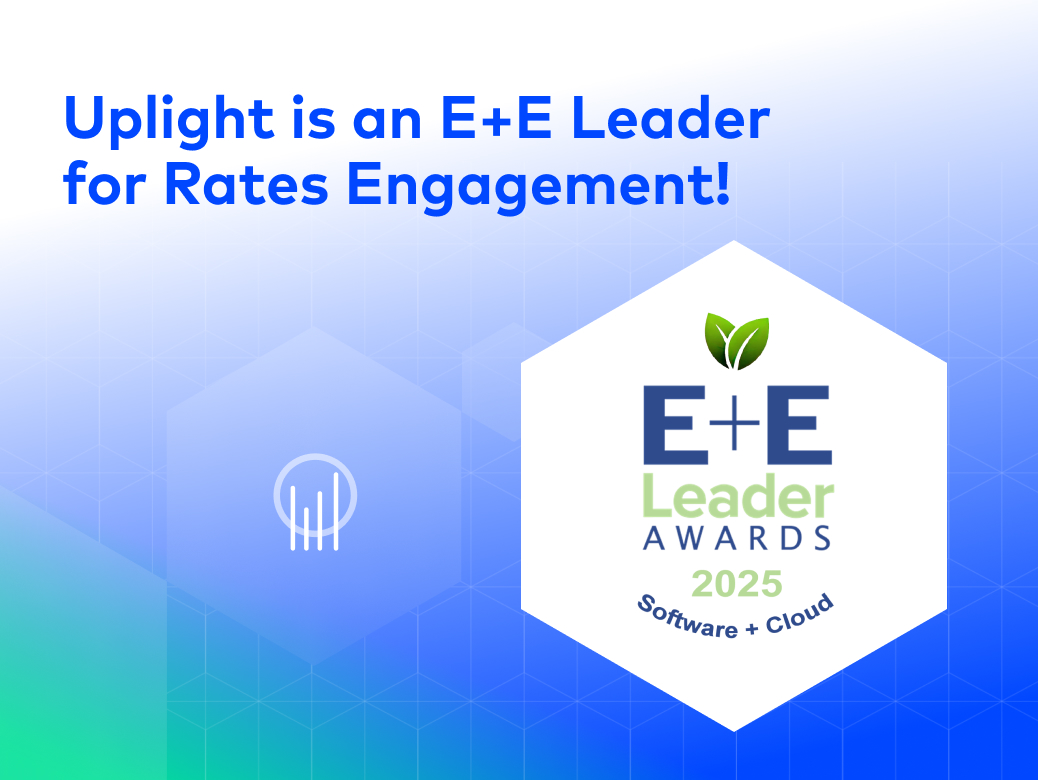
Blog Rates Engagement
Uplight Recognized as an E+E Leader for Rates Engagement Solution!By Kate Devitt on April 4, 2025

Blog Customer Engagement +1
Free Shipping Drives Higher Marketplace Performance and Customer SatisfactionBy Ryan King on March 31, 2025

Press Release Demand Management +1
PG&E, Xcel Energy, San José Clean Energy VPPs: US utilities to manage grid constraints with distributed batteriesEnergy Storage News on March 28th, 2025
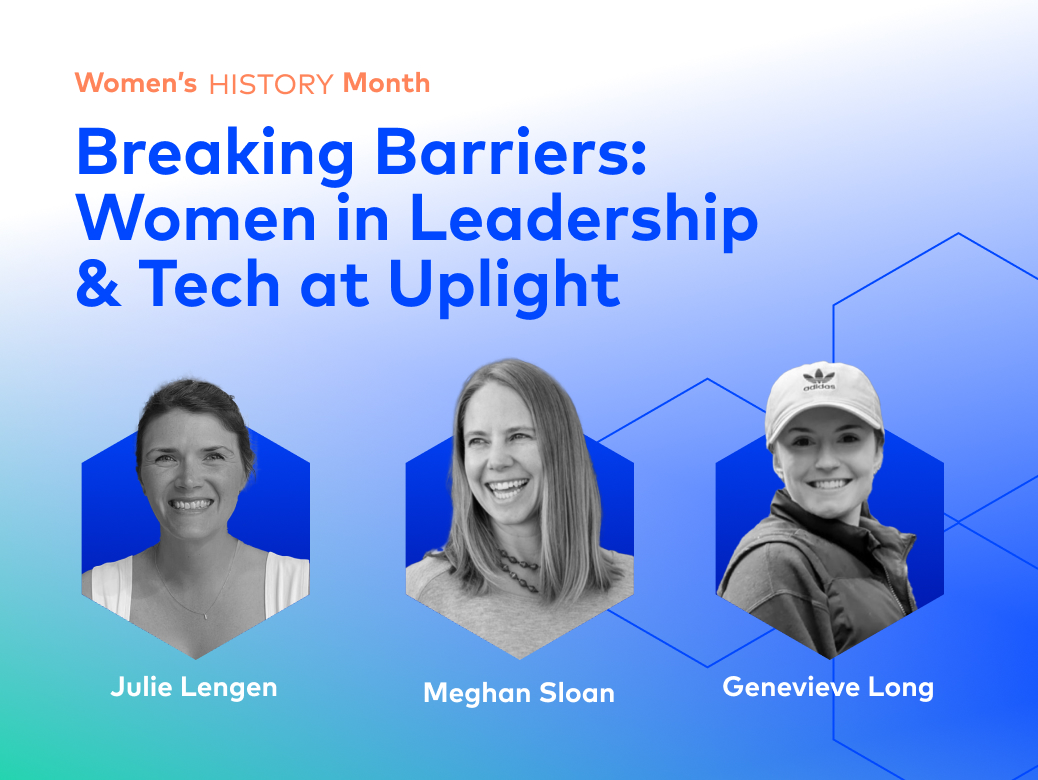

Press Release
Solving the grid’s AI power struggle with virtual power plantsSmart Energy International on March 27th, 2025
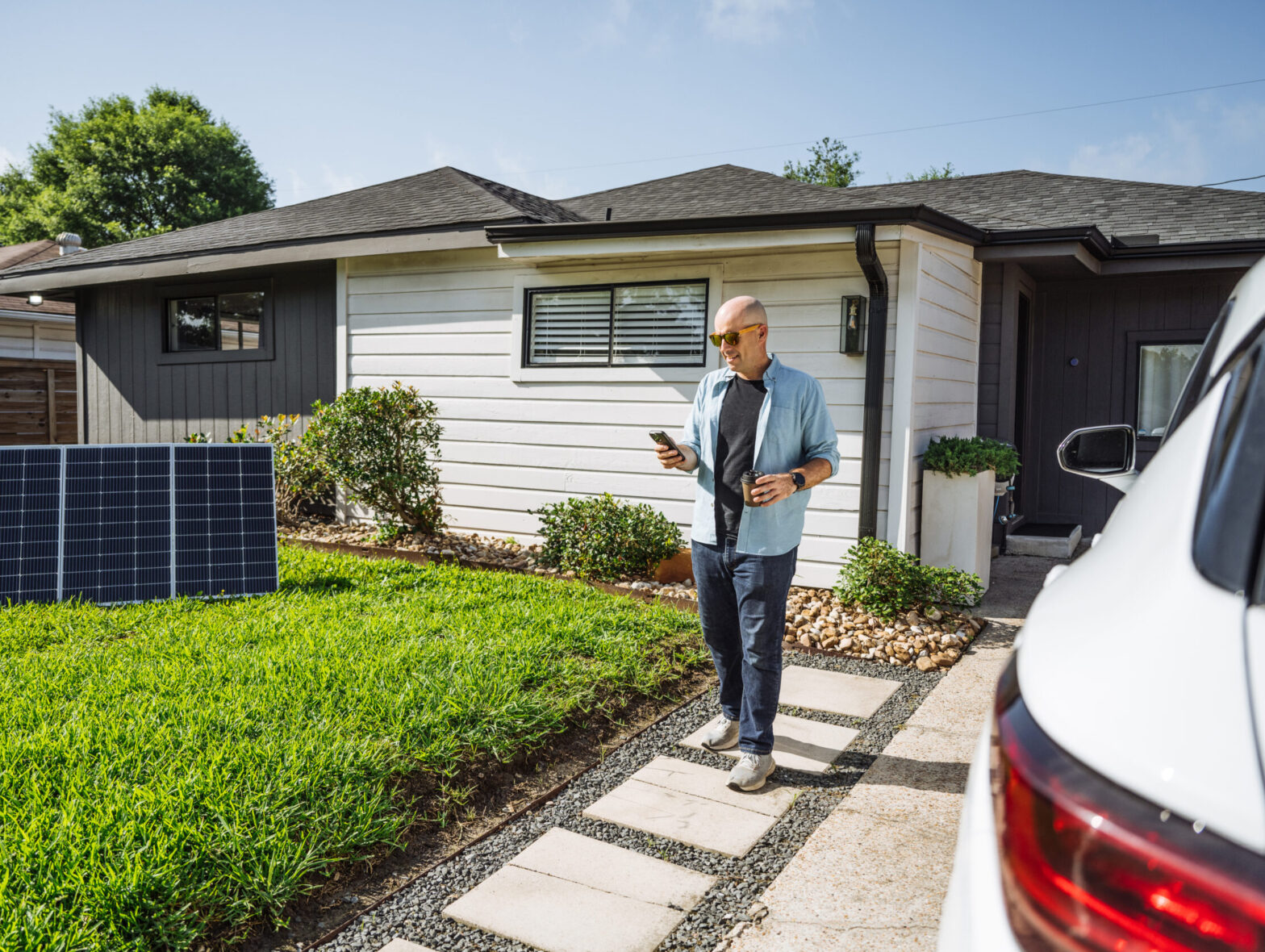
Blog Demand Management +1
Residential Battery Owners: Who Are They and Why Do They Buy?By Elizabeth Korb on March 26, 2025

Press Release
Schneider Electric Unveils the Future of Energy Intelligence with One Digital Grid PlatformPR Newswire on March 26th, 2025
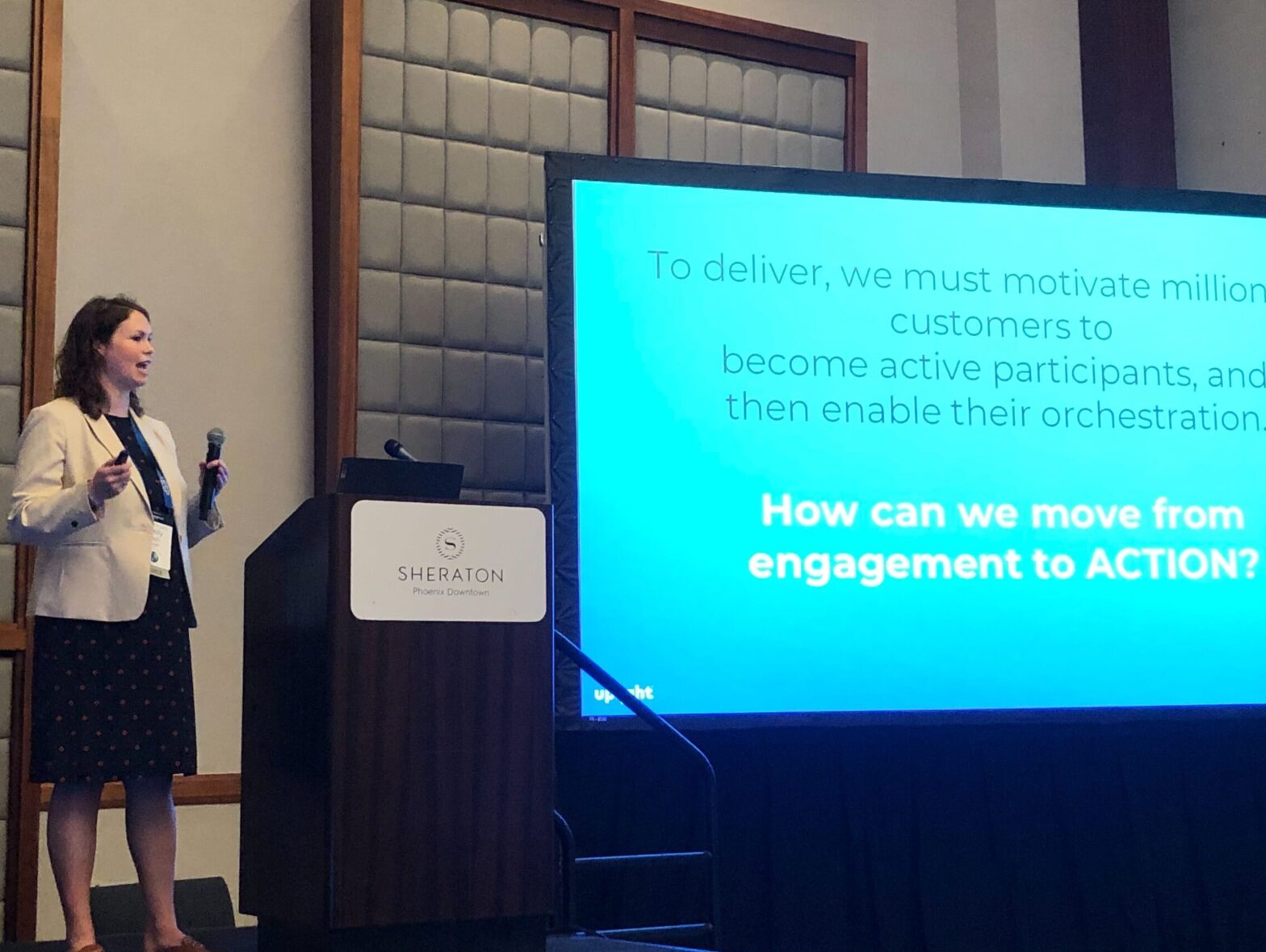
Blog
Uplight at AESP Annual: Award Acceptance, Rich Discussion, and Valuable CollaborationBy Kate Devitt on March 25, 2025
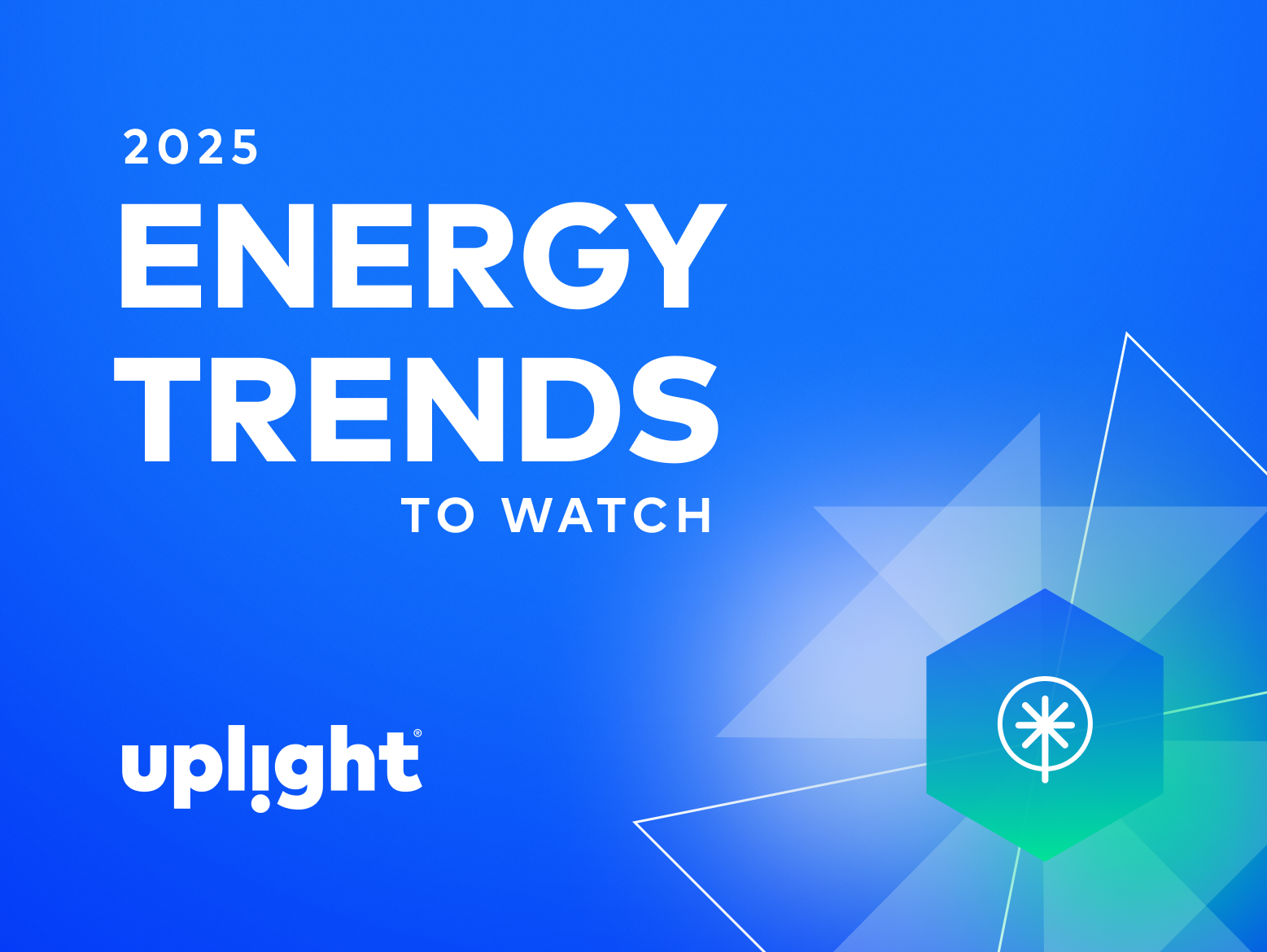

Press Release
Uplight Partners with San José Clean Energy to Reward Consumers for Alleviating Strain on the GridUtility Dive on March 18th, 2025

eBook DERMS
Navigating Battery Energy Storage Programs: Practical Strategies for UtilitiesUncover battery program best practices.
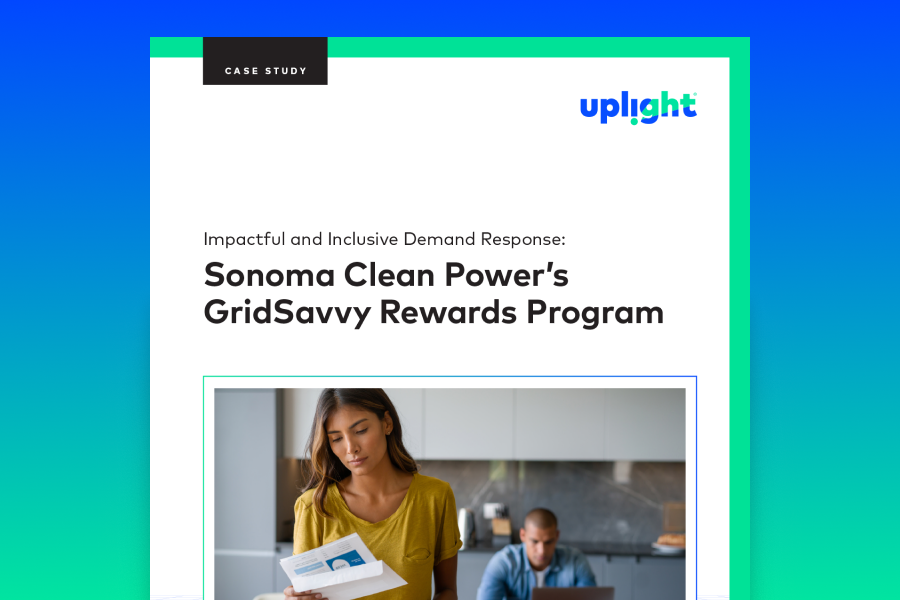
Case Study Demand Management
Impactful and Inclusive DR: Sonoma Clean Power’s GridSavvy Rewards ProgramBreak down barriers to DR participation to drive impactful energy savings.
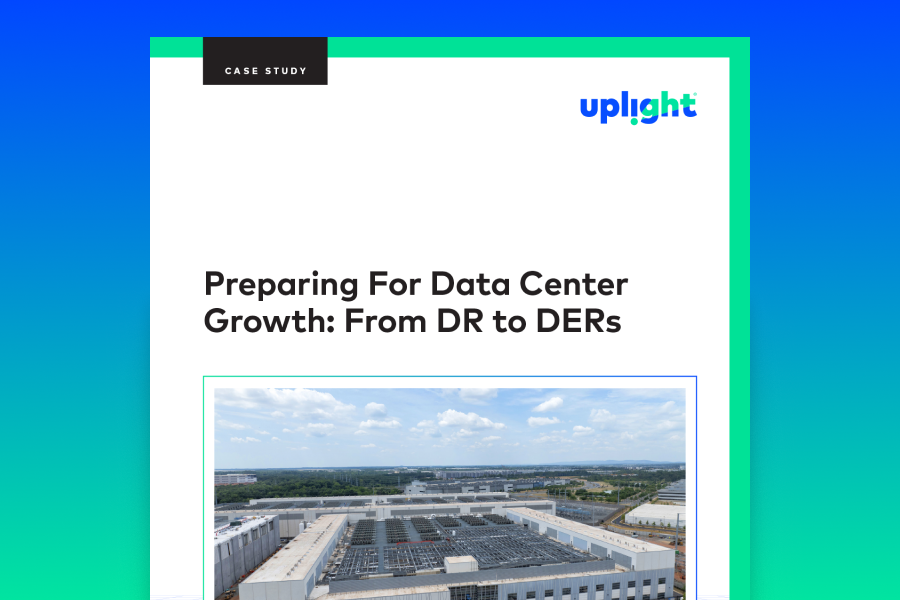
Case Study Demand Management
How Alliant Energy is Preparing For Data Center Growth, From DR to DERsAlliant Energy is expanding their demand response program to include DERs.

eBook Demand Management
The Power to Adapt: Data Center Energy Management and Load Flexibility PotentialTransform data centers from grid stressors into grid assets.

Blog Demand Management +1
The Evolution of Residential Battery Demand Response ProgramsBy The Uplight Battery Team on March 4, 2025
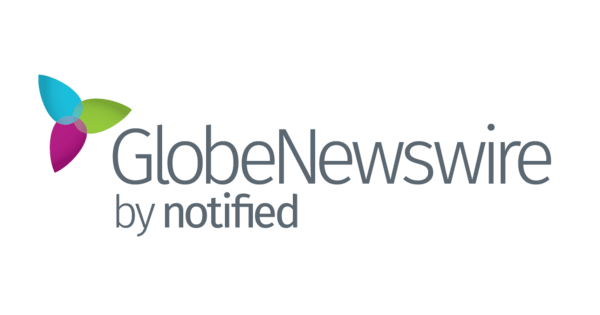
Press Release
Uplight Enhances Flexibility Management Solution Suite, Launching Predictive Capacity Dispatch and Expanding Partnerships to Accelerate Load Under ManagementGlobeNewswire on February 20th, 2025
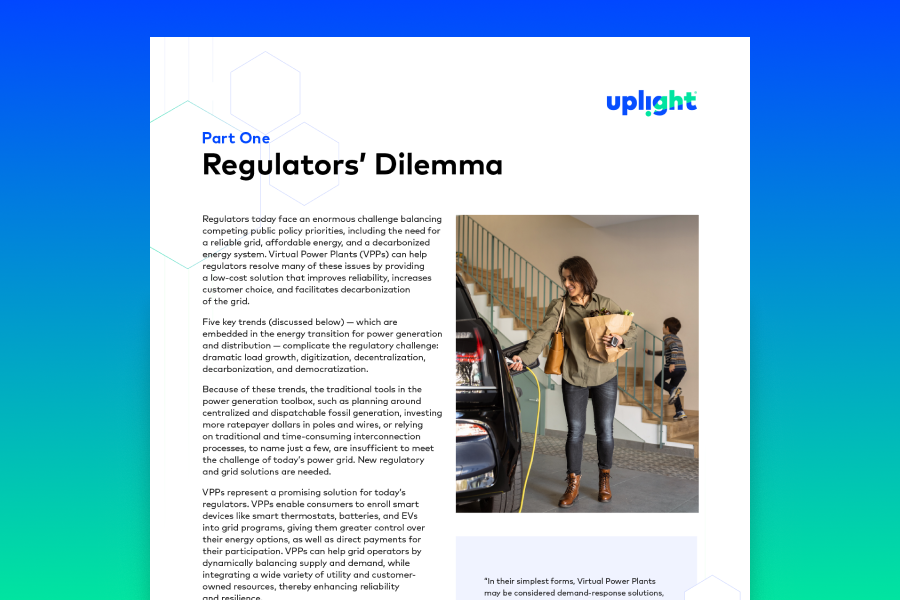
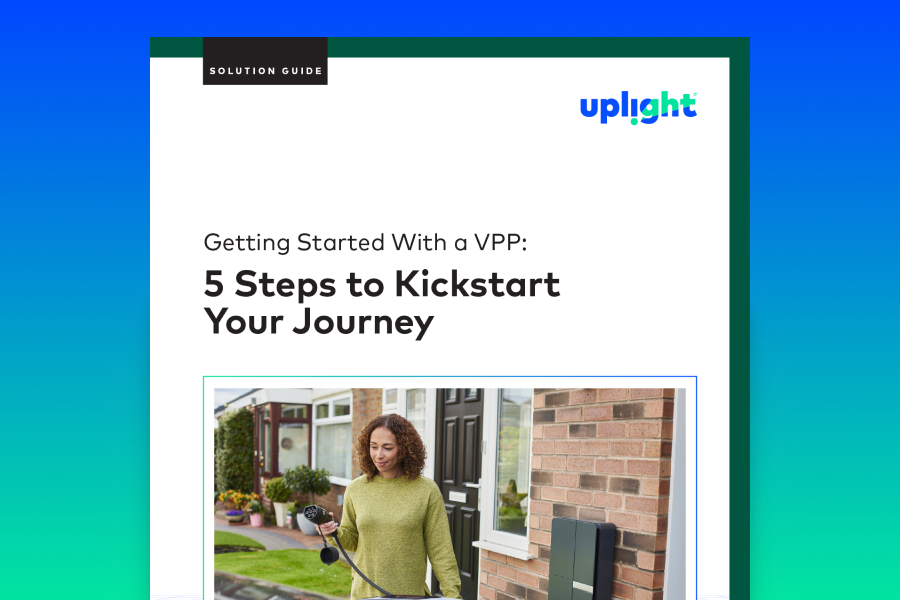
Brief Demand Management +1
Getting Started With a VPP: 5 Steps to Kickstart Your JourneyGet five strategies for launching a successful VPP program.
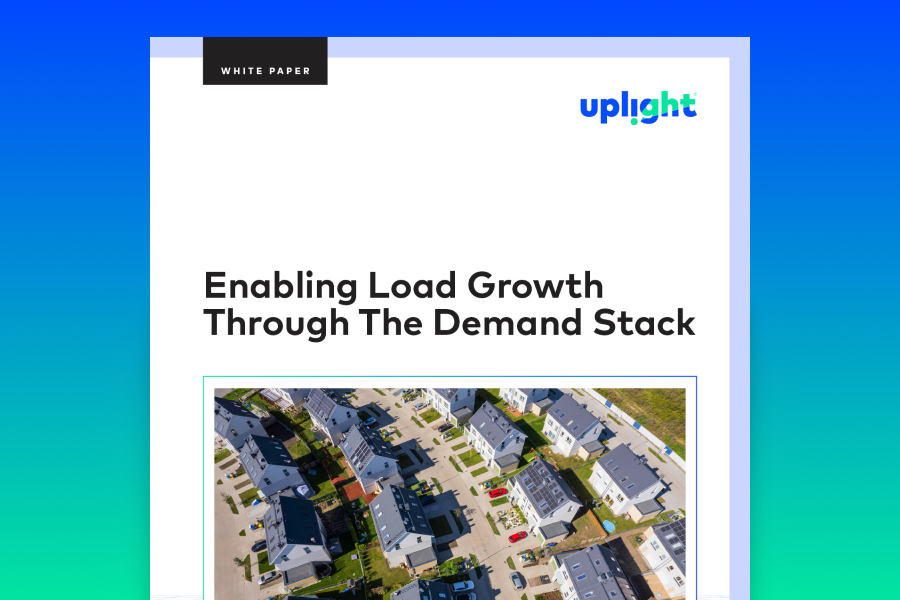
White Paper Demand Management
Enabling Load Growth Through the Demand StackEnabling Load Growth Through the Demand Stack

Blog
Supporting Our Communities: Uplight’s TeamUp! Volunteer ProgramBy Kate Devitt on January 29, 2025

Press Release
Why utility leadership is necessary to scale up VPPs in the residential sectorUtility Dive on January 29th, 2025
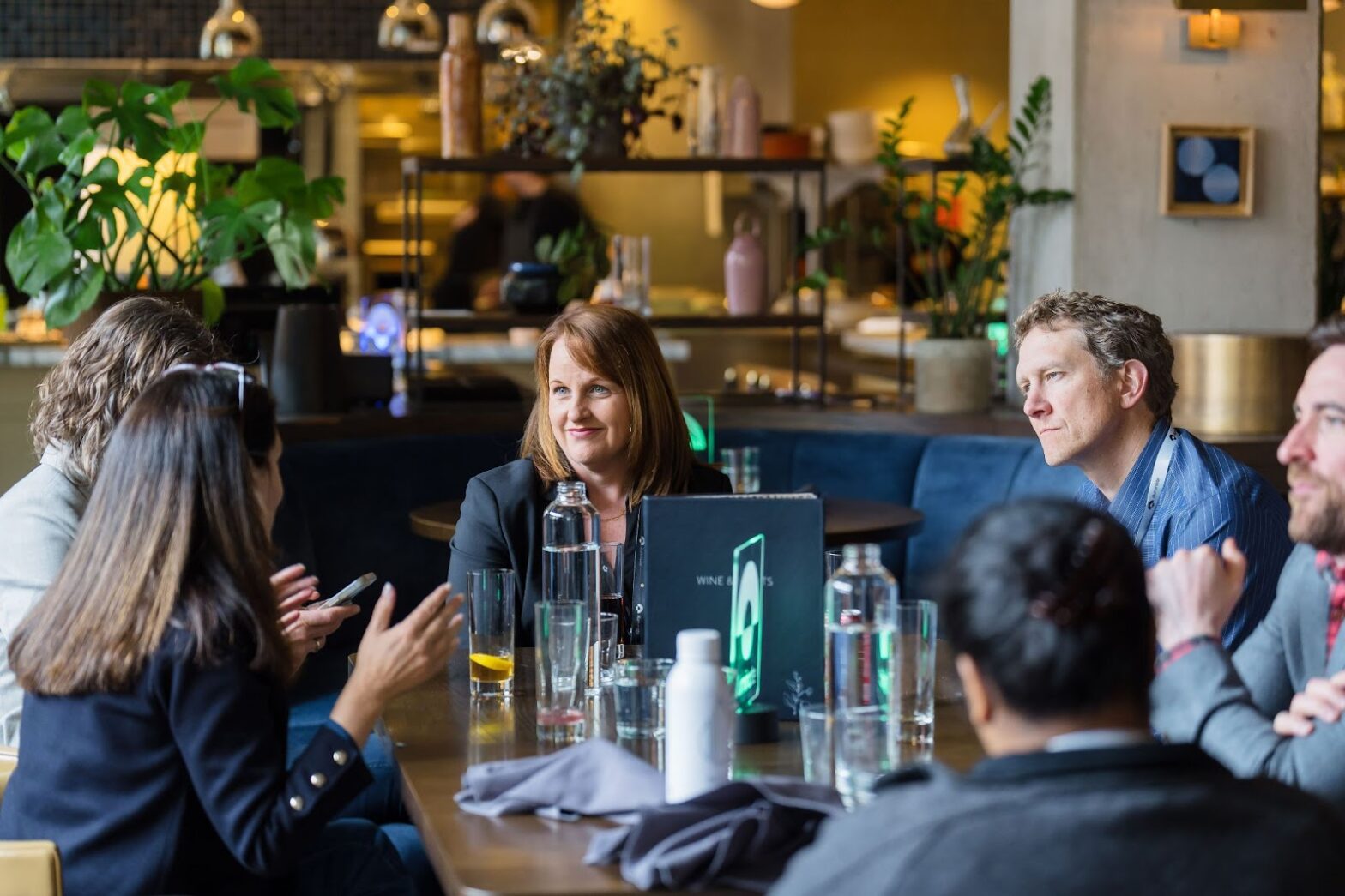

Blog Customer Engagement +1
The Power of In-App Marketing: ecobee's Drawers Boost DR Program EnrollmentBy Hannah Jansen on January 8, 2025


Blog
Flexibility is the Future: How Uplight is Powering the Energy TransitionBy Luis D'Acosta on December 12, 2024

Blog Demand Management
How Predictable is Your Load Flexibility?By Sam Hartnett on December 9, 2024

Blog
Uplight’s Illuminate Recognized as One of BizBash’s Most Innovative MeetingsBy Kate Devitt on December 4, 2024

Case Study Rates Engagement
Puget Sound Energy Drives Rate Enrollment with Uplight and GridXPSE's rate program leverages personalized rate analytics to drive customer engagement.

Press Release
PSE, Uplight plug Tesla in to expanded home battery programGlobeNewswire on November 19th, 2024

Press Release
Puget Sound Energy Maximizes Consumer Participation in Rates Engagement Pilot Powered by Uplight and GridXUtility Dive on November 12th, 2024
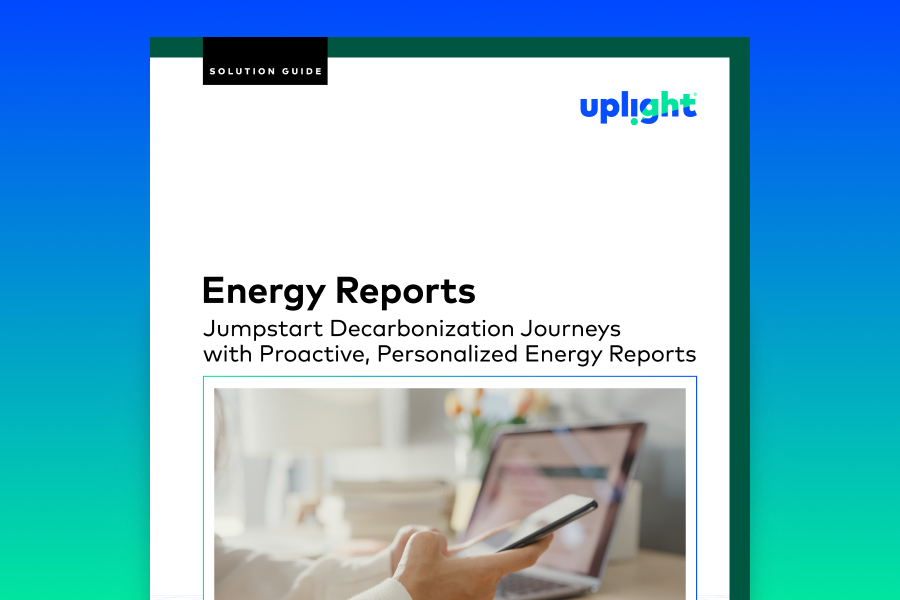
Brief Customer Engagement
Energy Reports Solution GuidePersonalized, proactive energy reports motivate action and boost participation in clean energy programs.
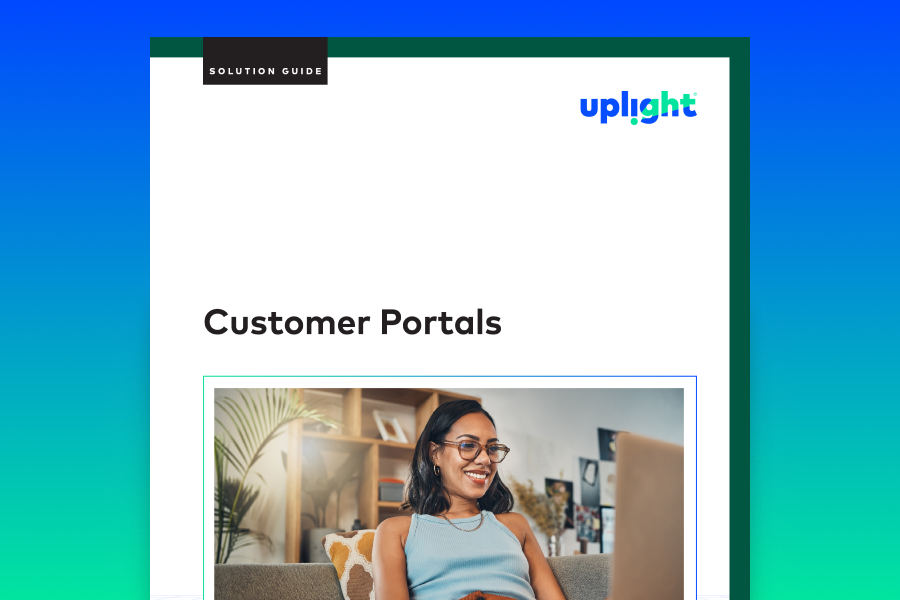
Brief
Customer Portals Solution GuidePersonalized insights and recommendations from our customer portals motivate participation in clean energy initiatives.
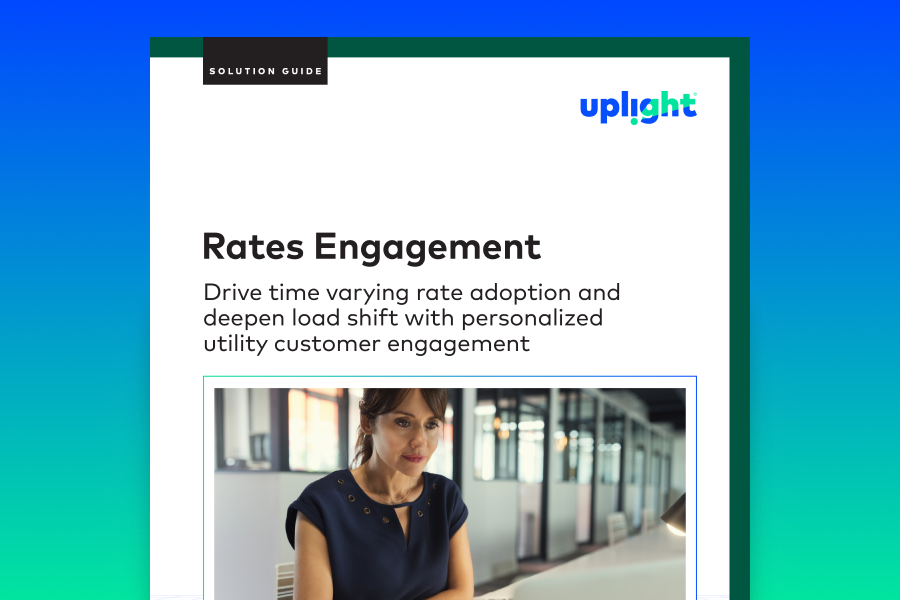
Brief Rates Engagement
Rates Engagement Solution GuideEnsure that utility rate programs engage and motivate all customer segments.

Press Release
The Regulator's Dilemma, Part 3: Powering VPPs with Regulatory InnovationPublic Utilities Fortnightly on November 4th, 2024

Press Release
Uplight’s Platform Empowers Utilities to Improve Business Customer EngagementGlobeNewswire on October 31st, 2024

Blog Business Customers +2
How Personalized Energy Alerts Boost Customer Engagement and SatisfactionBy Emily Rich on October 30, 2024
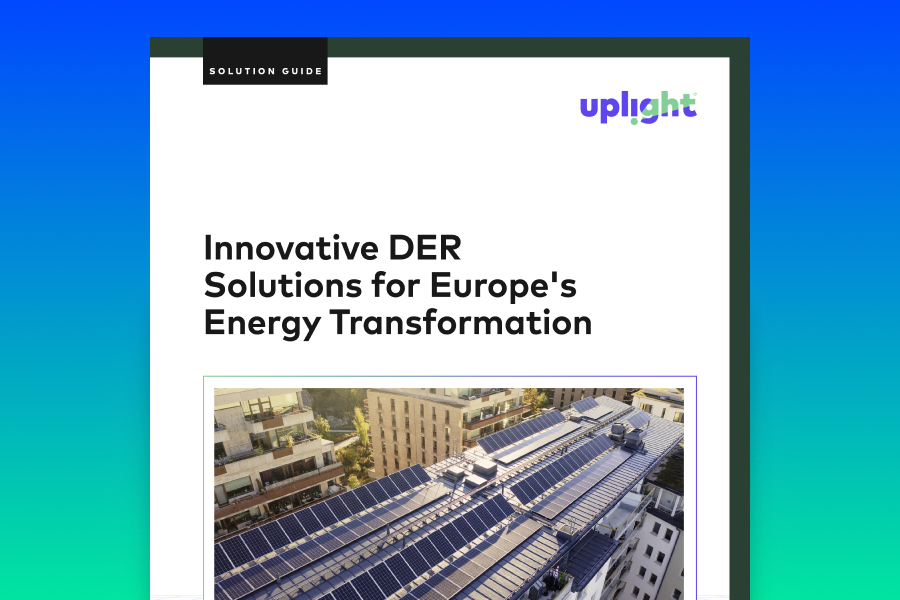
Brief DERMS +1
Innovative DER Solutions for Europe's Energy TransformationInnovative DER Solutions for Europe's Energy Transformation
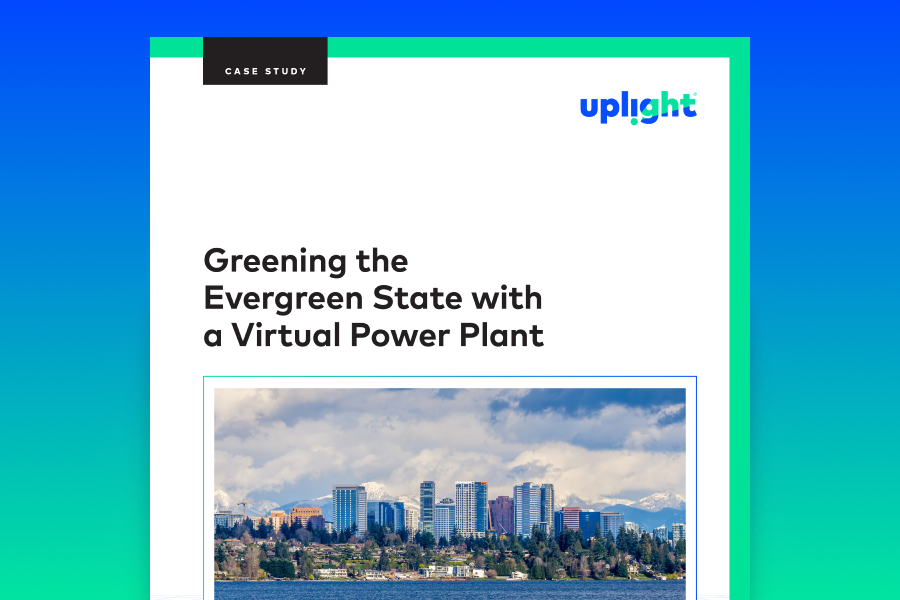
Case Study Virtual Power Plants
Greening the Evergreen State with a Virtual Power PlantPSE enrolls, dispatches, and assesses their demand response programs through a VPP.
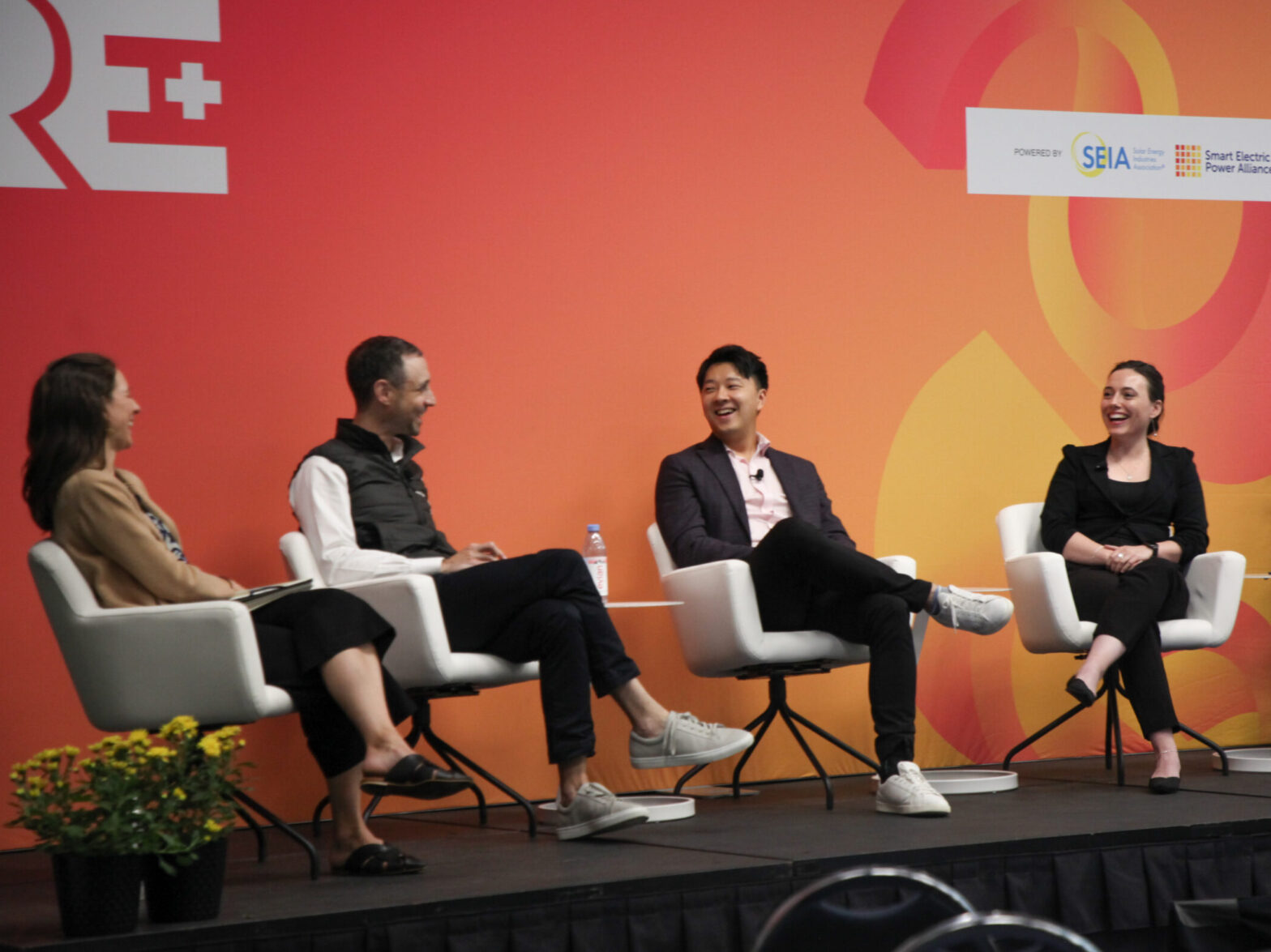

Press Release
Virtual power plants and time-varying rates: The next big power move for a smarter gridUtility Dive on September 30th, 2024


Press Release
Virtual Power Plants: An Untapped Resource for Improving Grid ReliabilityPOWER Magazine on September 25th, 2024
Press Release
Total Grid Orchestration (TGO) Alliance Launches to Address Critical Energy Transition Issues Facing UtilitiesPress Release on September 24th, 2024

Press Release Virtual Power Plants
Why millions of Americans give up control of their thermostatsThe Washington Post on September 24th, 2024

Press Release Business Customers +1
Overlooked and underestimated: The untapped potential of business customersUtility Dive on September 23rd, 2024
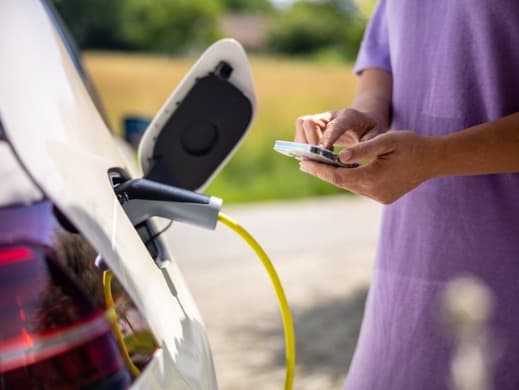
Blog Rates Engagement
How to Make a Rate Transition a Great Customer ExperienceBy Alex Lopez on September 21, 2024

White Paper Customer Engagement +1
Customer-Centric by Design: Applying Research to the Business Customer ExperienceCustomer-Centric by Design: Applying Research to the Business Customer Experience
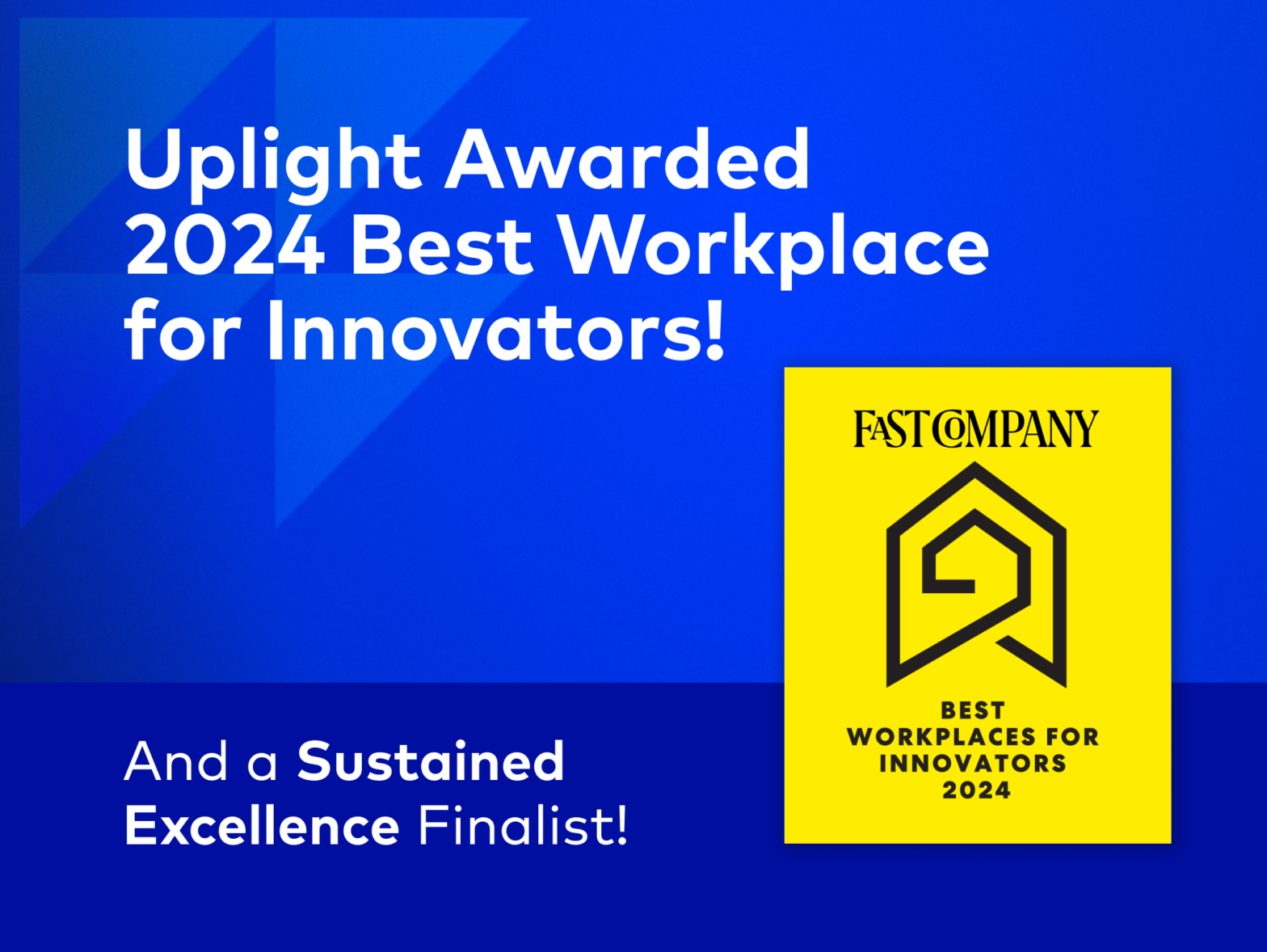
Blog
Uplight is a 2024 Fast Company Best Workplace for InnovatorsBy Kate Devitt on September 18, 2024
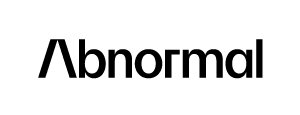

White Paper Virtual Power Plants
Tapping Customer Energy Resources: How VPPs Support Growing Capacity NeedsTapping Customer Energy Resources: How VPPs Support Growing Capacity Needs

eBook Customer Research
The Climate Disconnect: Uplight's Voice of the Energy Customer Report 2024Uncover customer perspectives on climate change, utility programs, and more.

Blog Business Customers
Introducing Uplight’s New and Improved Solution for Business Customer EngagementBy Emily Rich on September 10, 2024

Press Release
Best Workplaces for Innovators 2024: Sustained Excellence AwardFast Company on September 10th, 2024

Press Release Virtual Power Plants
The Regulator's Dilemma Part 2: How to Put the Power Plant in a VPPPublic Utilities Fortnightly on September 3rd, 2024
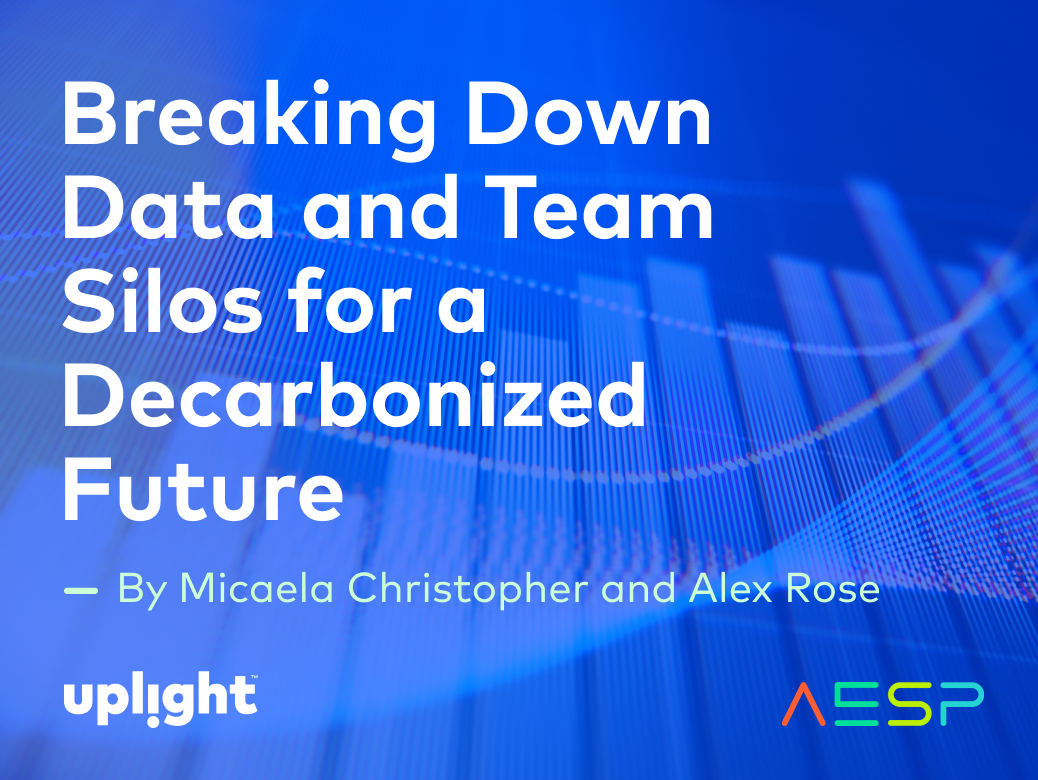
Blog
Breaking Down Data and Team Silos for a Decarbonized FutureBy Micaela Christopher and Alex Rose on August 29, 2024

Press Release
Pioneer Community Energy Launches PowerShift Rewards Program to Incentivize Energy ConservationPress Release on August 20th, 2024

Blog Energy Efficiency +1
Navigating Home Electrification Challenges: Heat Pumps with Smart ControlsBy Kate Devitt on August 15, 2024

eBook Energy Efficiency
Priming the (Heat) PumpDiscover the clean energy potential of residential heating electrification.

Blog Energy Efficiency
Uplight’s Offer Center is Helping Utility Customers SaveBy Kate Devitt on August 13, 2024

Video Virtual Power Plants
Just How Far, and How Fast, Will Virtual Power Plants Spread?Just how far, and how fast, will Virtual Power Plants spread?

Video Energy Efficiency
Decarbonization Dialogues: Navigating New Load Challenges Building ElectrificationDecarbonization Dialogues: Navigating New Load Challenges Building Electrification

Blog Energy Efficiency
Getting Customers Off Gas: 5 Insights and Takeaways from Home Electrification ResearchBy Kate Devitt on August 6, 2024

eBook Customer Engagement +1
Making the Switch: Customer Journeys to Home ElectrificationLearn customer motivations and barriers to home electrification, and get recommendations to improve the overall customer experience.

Press Release
Now Let's Really Leverage Virtual Power PlantsPublic Utilities Fortnightly on August 1st, 2024

Press Release
The Regulator's Dilemma Part One: Virtual Power PlantsPublic Utilities Fortnightly on August 1st, 2024

Press Release
Limited accountability, technology hurdles inhibit VPP adoptionUtilityDive on July 30th, 2024
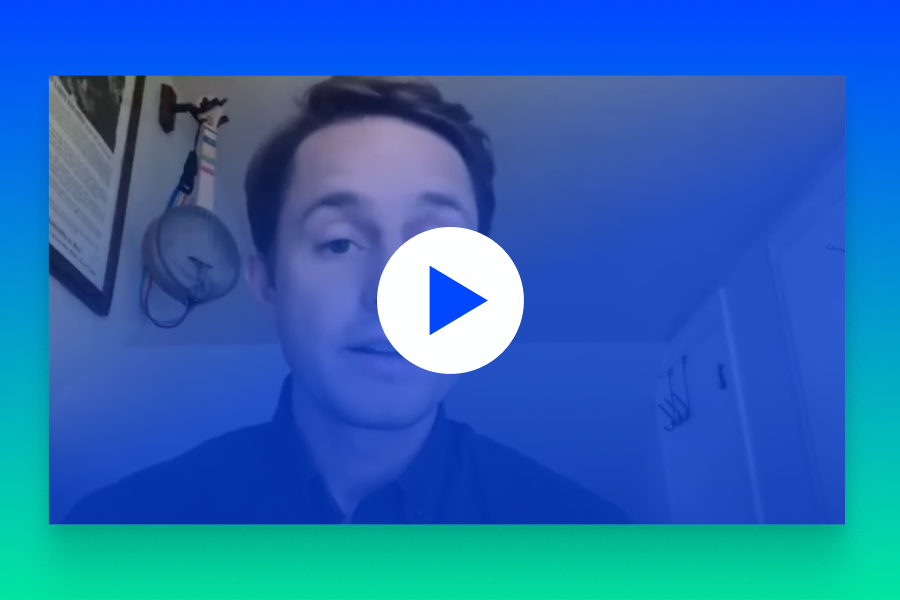
Video Virtual Power Plants
Beyond Transmission: How Virtual Power Plants are Bringing Power to the People and the GridBeyond Transmission: How Virtual Power Plants are Bringing Power to the People and the Grid
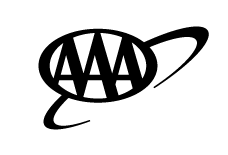


Video DERMS
Grid Participation Made Easy: Uplight’s Developer PlatformGrid Participation Made Easy: Uplight’s Developer Platform


Press Release
Uplight Named Leading Private Company in Guggenheim's The Efficient Frontier ReportGuggenheim Securities on June 14th, 2024

Blog Business Customers
Understanding SMBs: Takeaways from SECC’s ResearchBy Emily Rich on June 10, 2024

Blog Energy Efficiency
What is Old is New: Using HERs to Get Customers Off the SidelinesBy Emily Rich on June 10, 2024
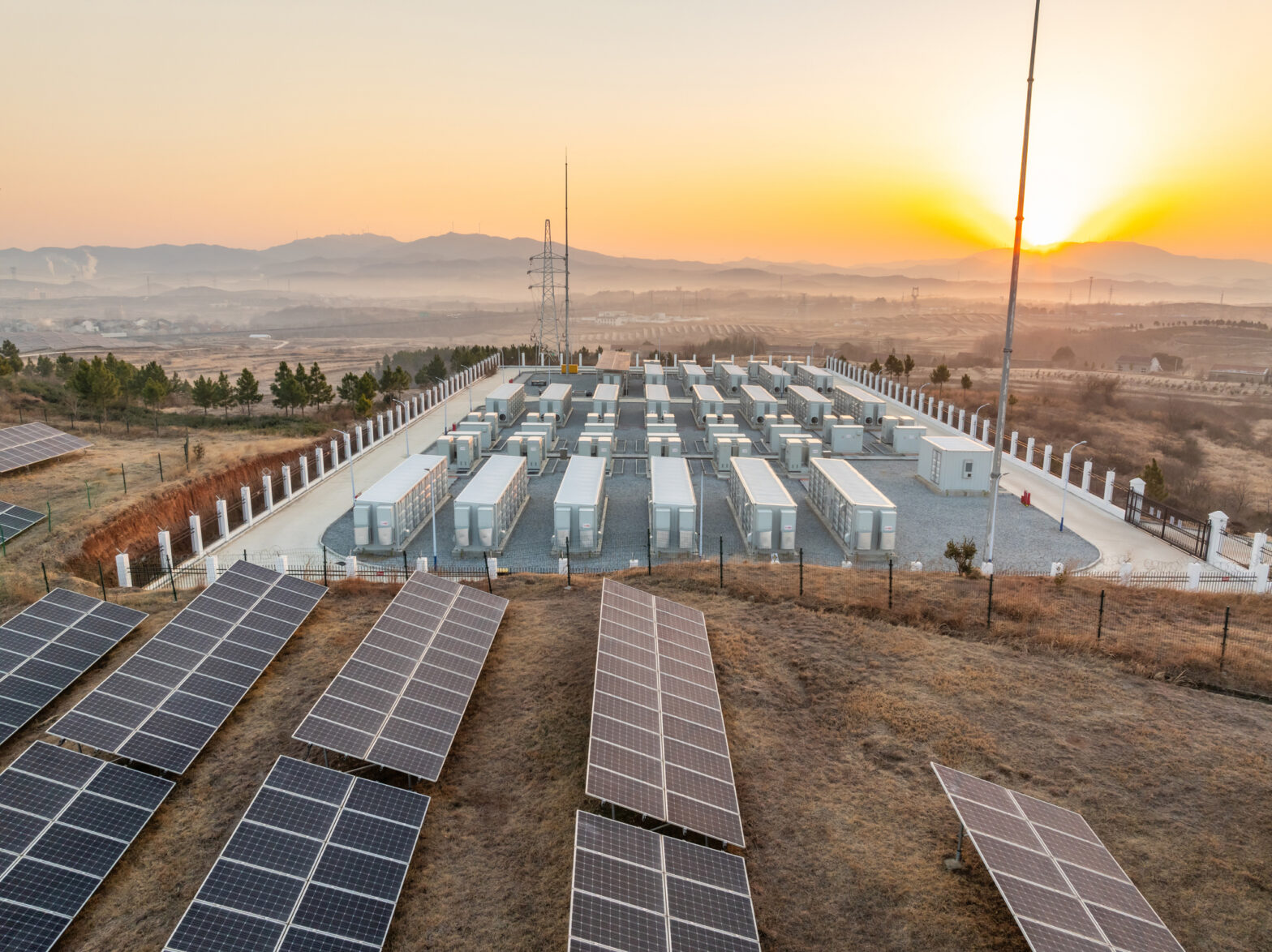
Blog Demand Management
Safeguarding Grid Reliability as Energy Demand Skyrockets—A Conversation with Alexina Jackson of AESBy Uplight Staff Writer on June 7, 2024
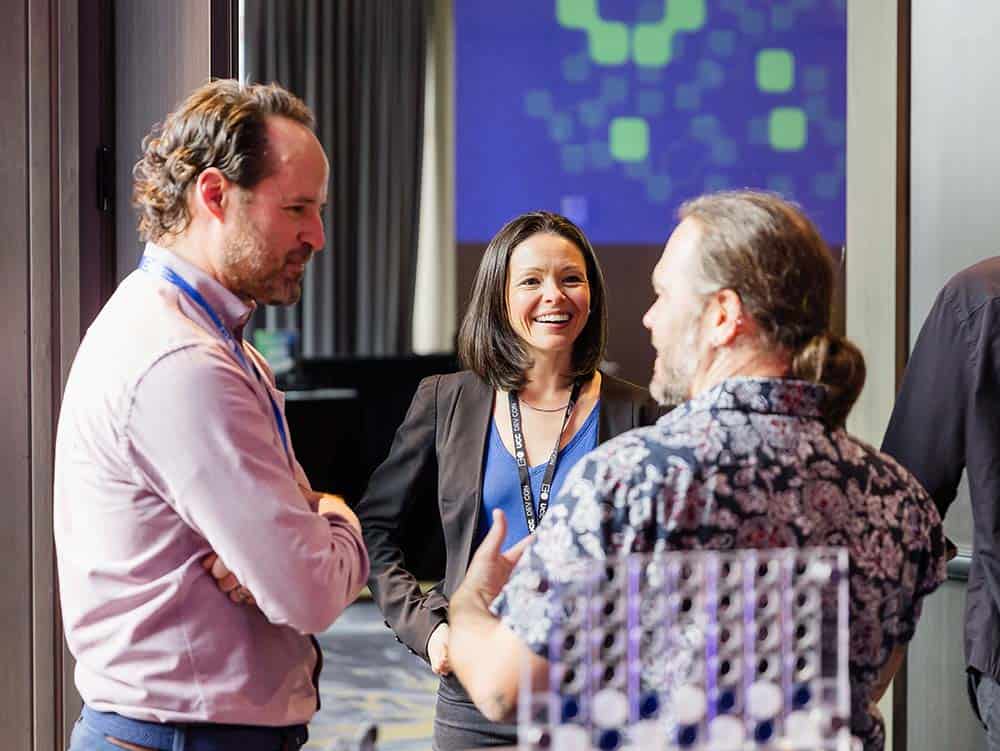
Blog Customer Engagement +1
Uplight's Inaugural Developer Conference: Powering the Future of EnergyBy Erin Keys on June 5, 2024
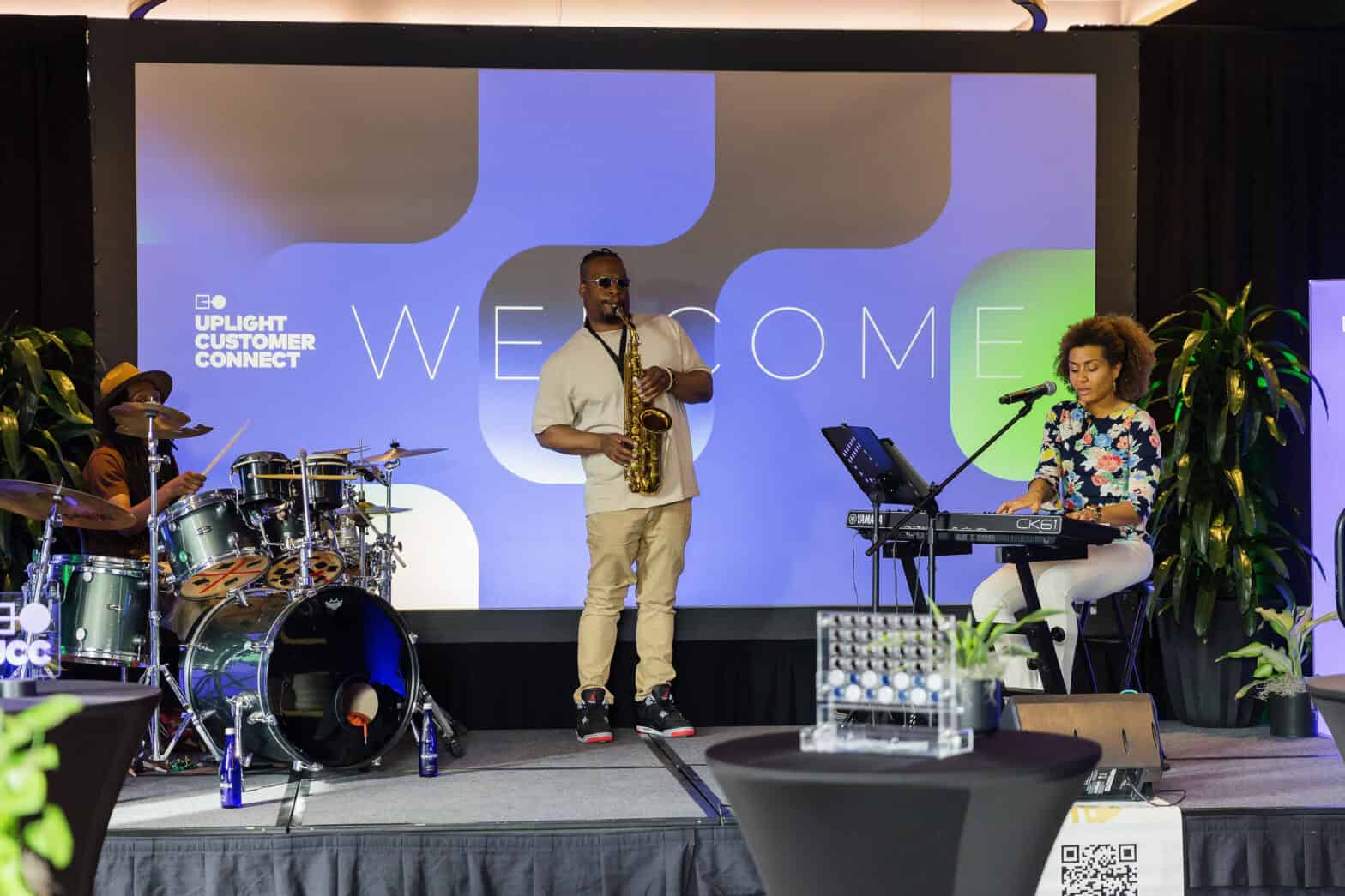

Case Study Customer Engagement
The One-Stop Shop Marketplace at AvangridExplore the comprehensive approach to improving customer satisfaction and energy efficiency.


Blog Demand Management
A Global Perspective on the Clean Energy Transition with Gretchen BakkeBy Uplight Staff Writer on May 22, 2024

Blog
Uplight’s Developer Platform: Grid Participation Made Easy for Customers and UtilitiesBy Erin Keys on May 13, 2024
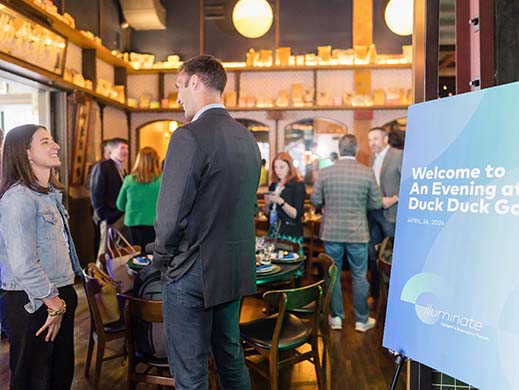
Blog
Crazy, Dangerous, Obvious at Uplight's Illuminate Executive ForumBy Hannah Bascom on May 8, 2024

Blog Customer Engagement +1
How a Secure, Open Platform Drives Customer Participation in the Future GridBy Erin Keys on May 6, 2024

Press Release
Purchasing a smart thermostat isn’t enough: Three steps to build a grid-interactive homeSmart Energy International on April 30th, 2024

Blog Demand Management +1
Powering VPPs: The (Optimization) Engine Under the HoodBy Sam Hartnett on April 26, 2024
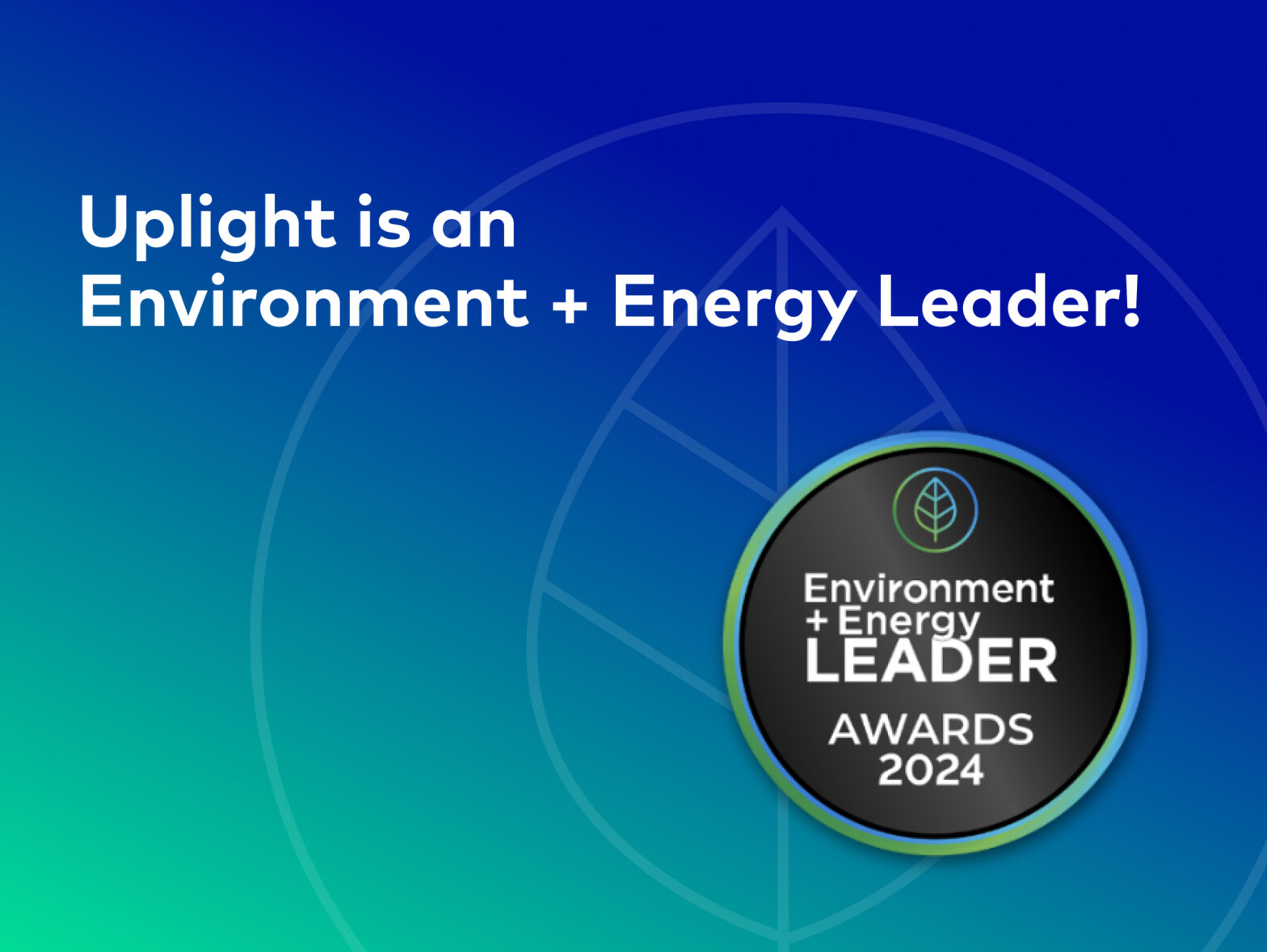
Blog
Uplight Wins 2024 Environment + Energy Leader Award for Innovative EV Charger ProgramBy Kate Devitt on April 26, 2024

Blog Sustainability / B Corp
Empowering Communities: Uplight's Donation to GiveNKindBy Kate Devitt on April 22, 2024
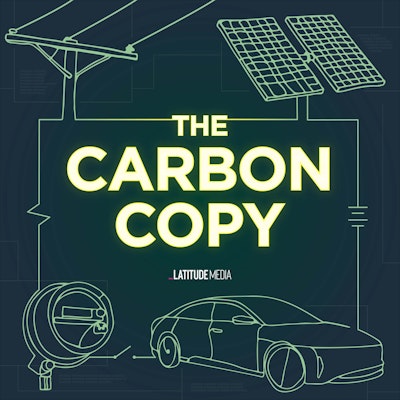
Press Release
An Influx of EVs. Surging Peaks. Can AI Help?Podcast - The Carbon Copy on April 22nd, 2024
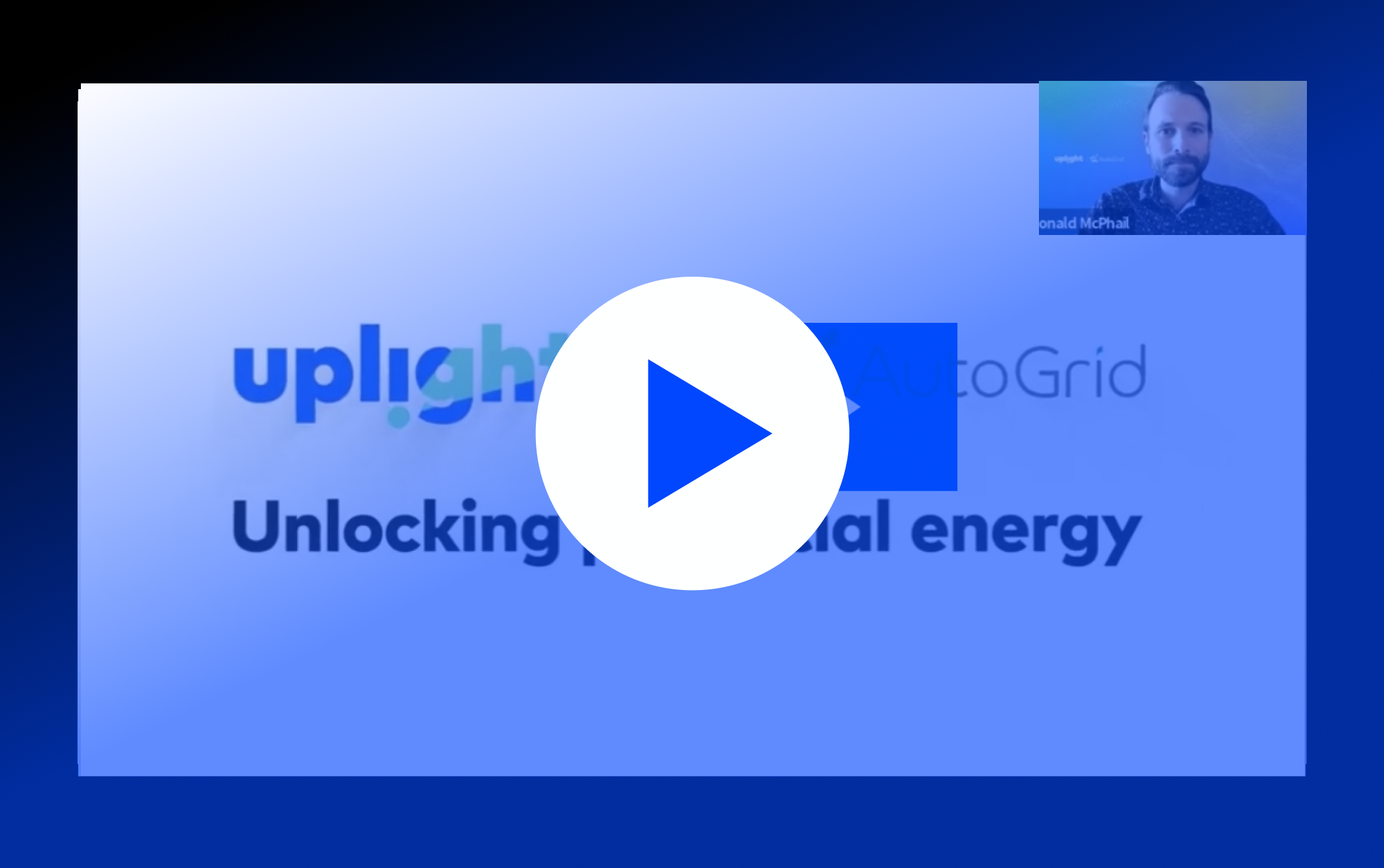
Video Demand Management
Combining the Best of Both Worlds: Superior Customer Experience + Flexible Capacity ManagementExplore how our unified platform will unlock new energy potential by aggregating everything, from grid-scale batteries to household smart devices.
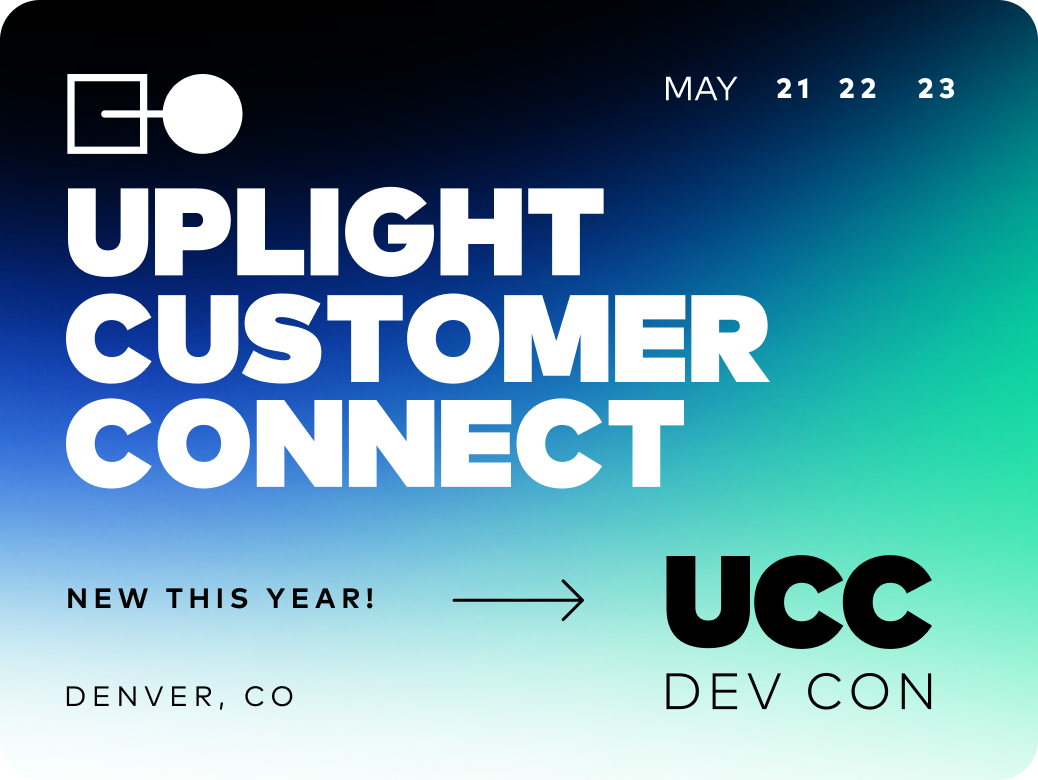
Blog
Discover the Future of Clean Energy: Uplight Customer Connect (UCC) & DevconBy Kate Devitt on April 11, 2024

Blog
Sparking Conversation: Catch Uplight at Leading Energy Events Worldwide in Q2 2024By Kate Devitt on April 4, 2024

Blog Virtual Power Plants
What if You Threw a VPP Party and Nobody Came: Getting Customers OnboardBy Sam Hartnett on April 3, 2024

Brief Virtual Power Plants
Turnkey VPPs: Efficient Energy Management in a Decarbonized WorldTurnkey VPPs: Efficient Energy Management in a Decarbonized World
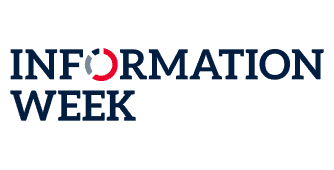

Podcast DERMS
The Future of DER Management - Grid DecentralThe Future of DER Management - Grid Decentral

White Paper Virtual Power Plants
Turnkey VPPs: Streamlining DER Management for the Decarbonized Grid of the FutureTurnkey VPPs: Streamlining DER Management for the Decarbonized Grid of the Future

Video Sustainability / B Corp
Uplight + AutoGrid: Unlocking Potential Energy | AutoGrid VideosUplight + AutoGrid: Unlocking Potential Energy
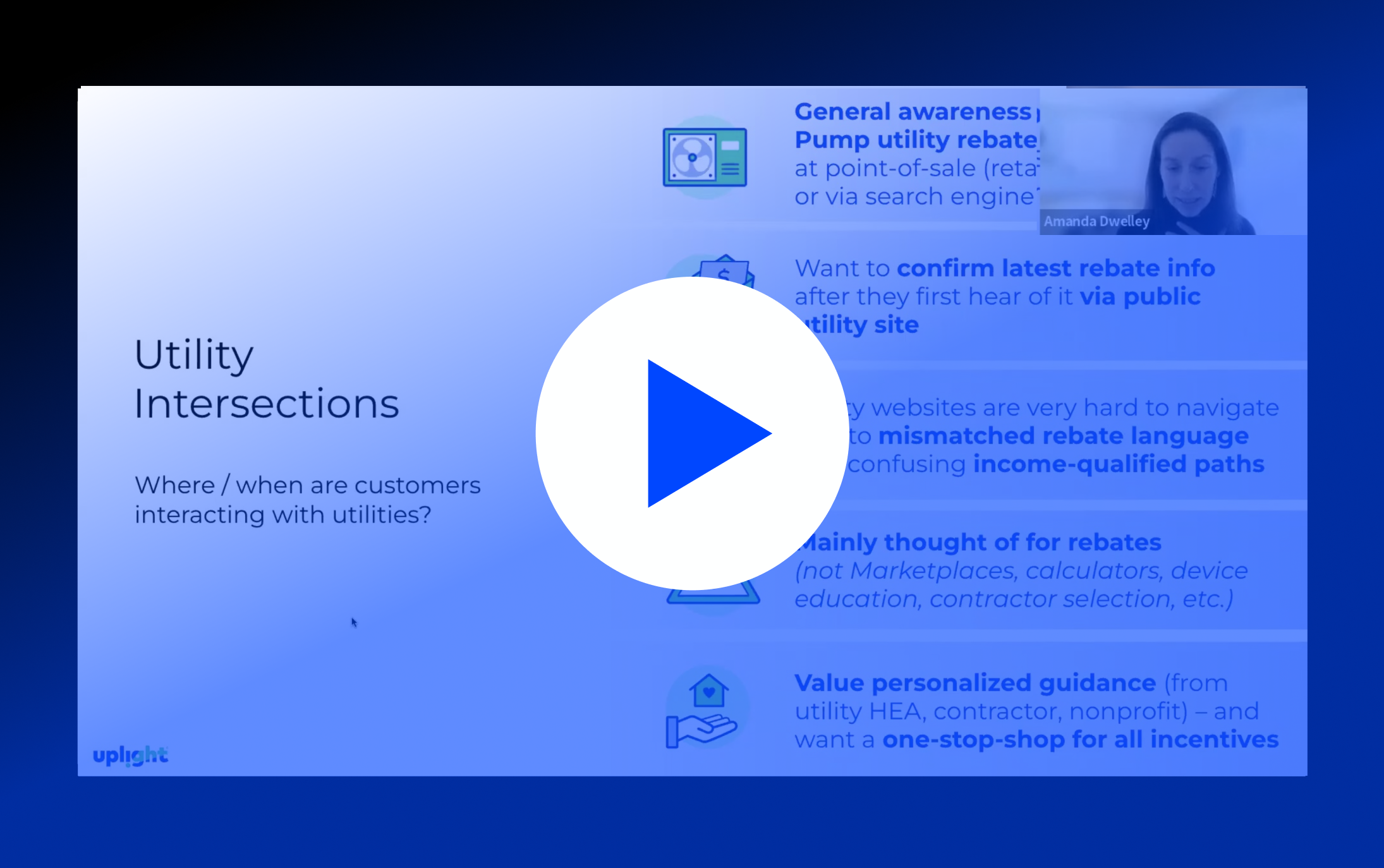
Video Customer Research +1
Mastering Home Electrification: Barriers and OpportunitiesDiscover actionable strategies for overcoming hurdles in home electrification.

Press Release Demand Management
Can the Energy Sector Keep Up with AI, Blockchain & Electric Vehicles?Techopedia on March 25th, 2024

Blog Business Customers
Your Secret Weapon in Engaging Business Customers: Your TeamBy Emily Rich on March 25, 2024
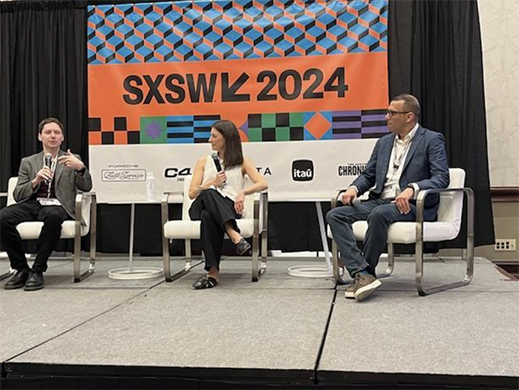
Blog Electric Vehicles
SXSW: Musings from “South-By” and Uplight’s Debut with Duke Energy and GMBy Dan Burak on March 21, 2024

Blog Sustainability / B Corp
More Impact for the Planet As a B CorpBy Kate Devitt on March 19, 2024

Press Release
USEA Power Sector Podcast Episode 28: Uplight Chief Market Innovation Officer Hannah BascomUSEA Power Sector Podcast on March 18th, 2024
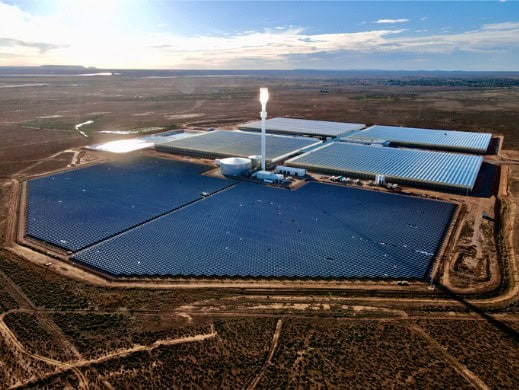
Blog Demand Management +1
NARUC Winter Summit 2024: 2 Things Needed to Scale VPPs Beyond PilotsBy Simone Seletsky on March 18, 2024
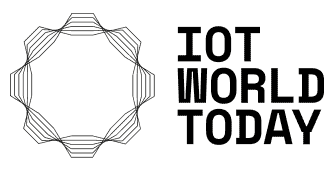
Press Release
Transforming Smart Cities Into Brilliant, Connected HubsIoT World Today on March 15th, 2024
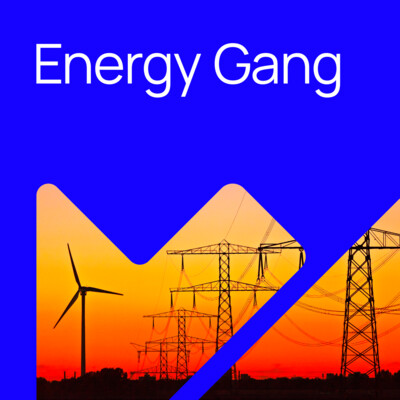
Press Release
Bonus interviews at Distributech: Discussing the evolving landscape of energy technology with industry expertsPodcast - Energy Gang on March 11th, 2024
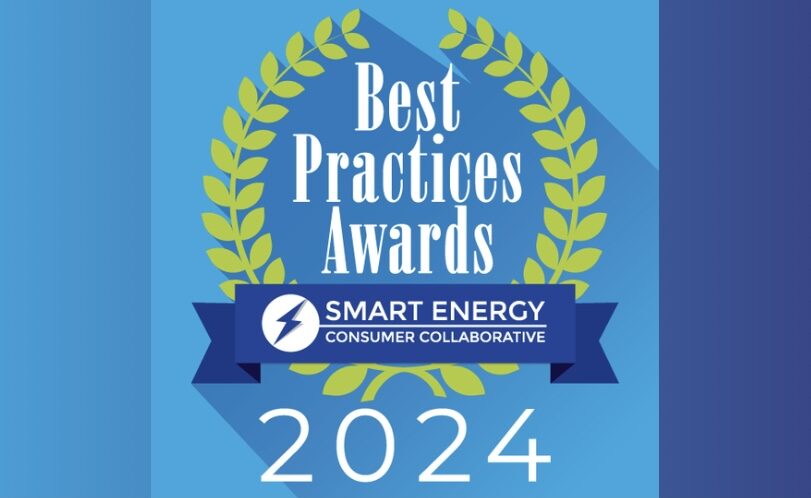
Blog
Avangrid wins SECC’s 2024 Best Practices Award in the Cultural Transformation CategoryBy Kate Devitt on March 11, 2024

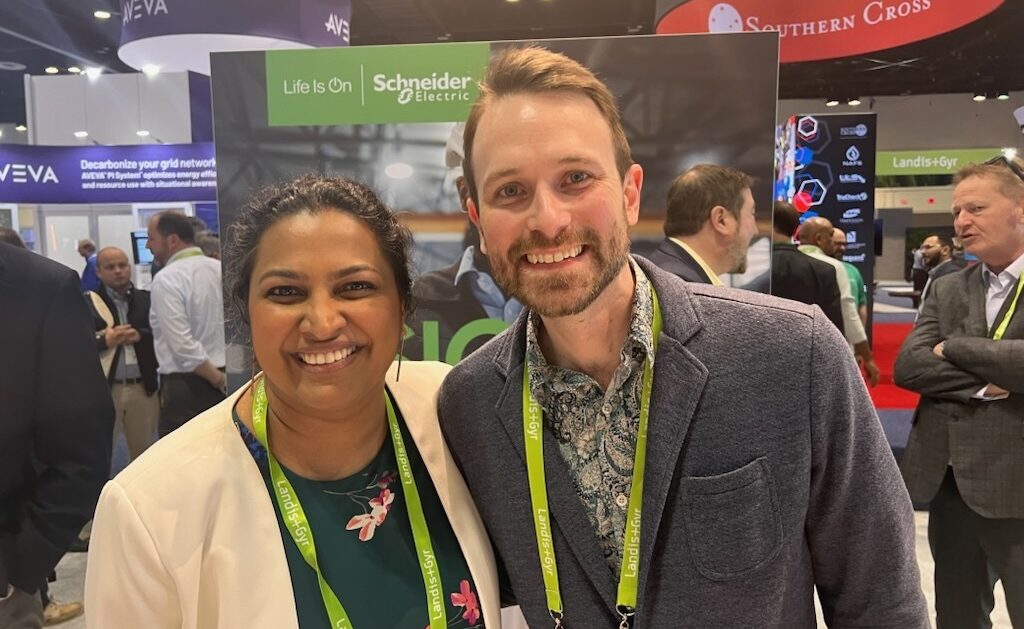
Blog
Six Takeaways from Distributech: From AI to InnovationBy Sadia Raveendran, Don McPhail, and Gisela Glandt on March 6, 2024
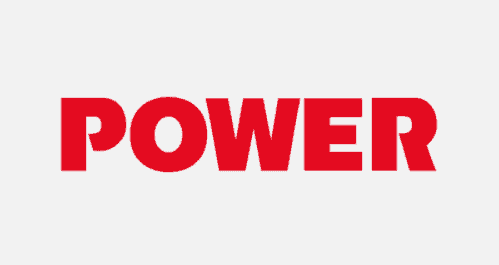
Press Release Customer Engagement
The Need for Consumer Engagement in the Transition to Clean EnergyPower Magazine on February 28th, 2024
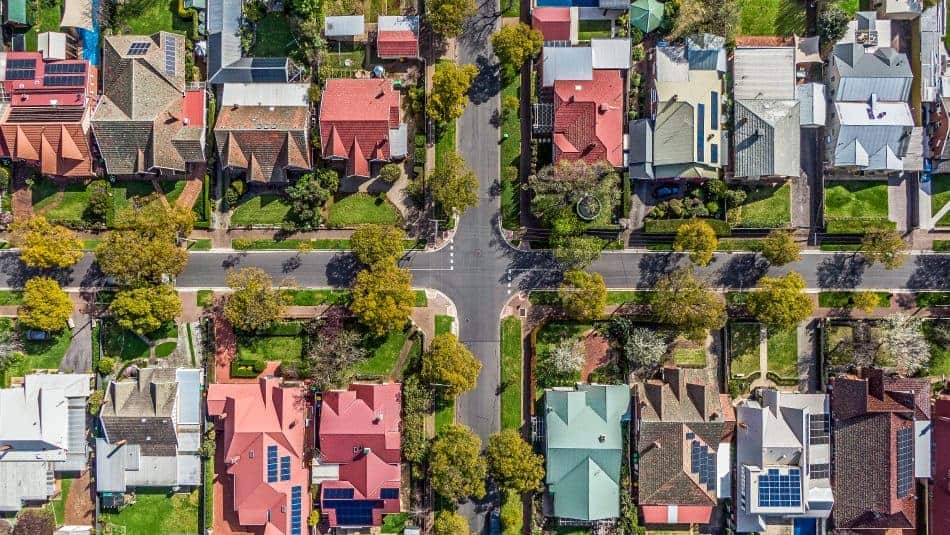
Blog
Australia Innovates Again with Community Batteries and AIBy Vishwajeet Singh on February 27, 2024
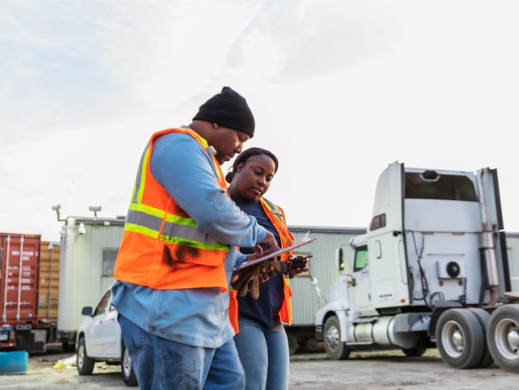
Blog Business Customers
The Results are in (JDP) – Businesses Want More from their Electric UtilityBy Emily Rich on February 19, 2024
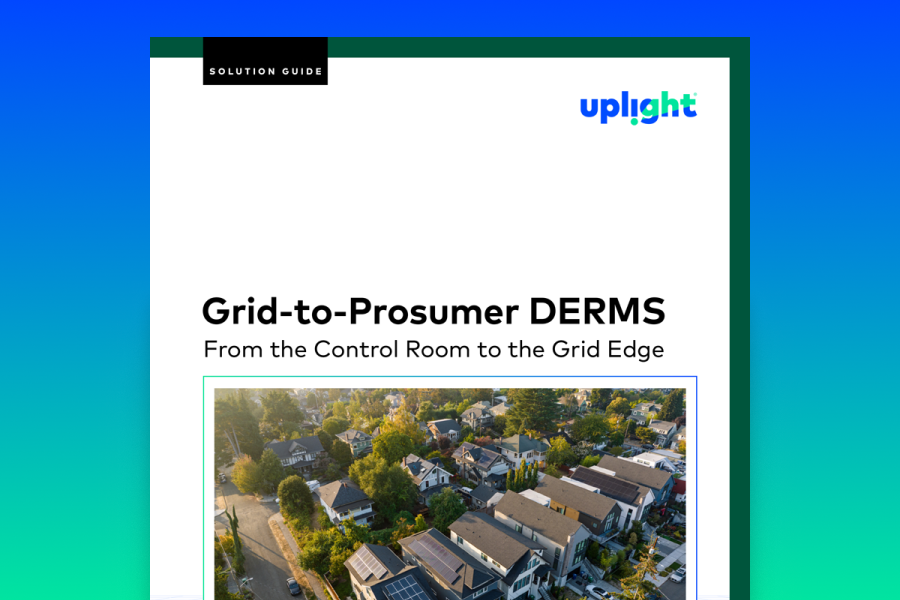

Podcast Virtual Power Plants
VPP Policy Initiatives - Grid DecentralVPP Policy Initiatives - Grid Decentral
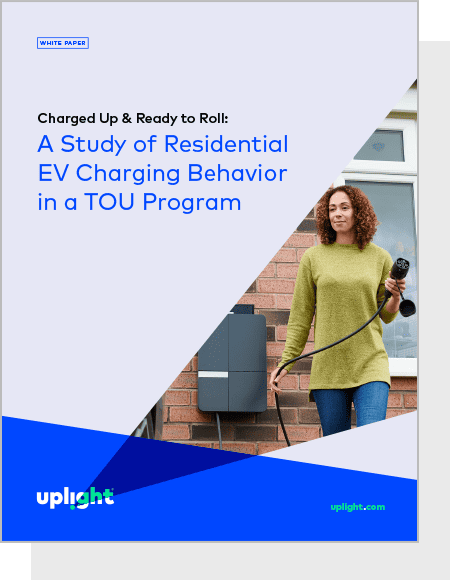
White Paper Customer Research +1
Charged Up & Ready to Roll: A Study of Residential EV Charging Behavior in a TOU ProgramOptimizing EV charging for sustainable grid management.
Press Release
Industry-Leading Energy Customer Engagement Results in Record Year for UplightPress Release on February 9th, 2024
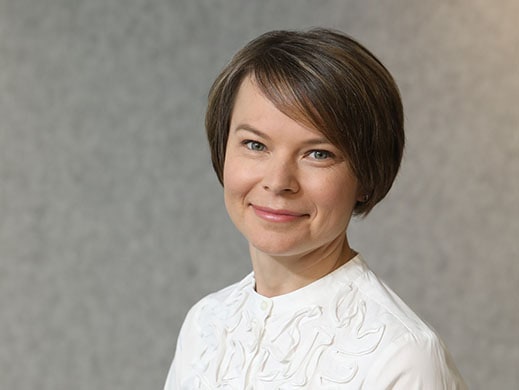
Blog Customer Engagement +1
Innovation and The Grid: How Prosumers are Changing the Face of Demand-Side ManagementBy Dan Burak on February 8, 2024


Blog Electric Vehicles
What Does EV Charging Data Tell Us About TOU Program Effectiveness?By Anna Gerngross and Haley Northrup on February 6, 2024
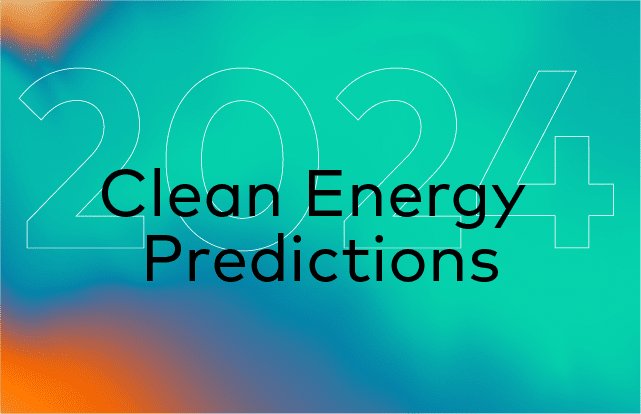
Blog Customer Engagement +2
Uplight's 2024 Clean Energy PredictionsBy Dan Burak on February 1, 2024


Podcast Virtual Power Plants
Accelerating VPP Adoption - Grid DecentralAccelerating VPP Adoption - Grid Decentral
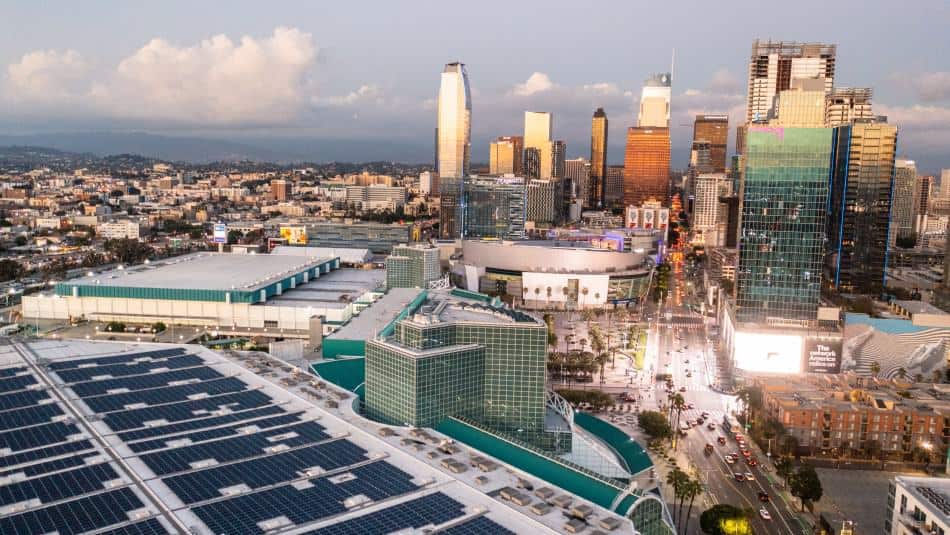
Blog DERMS +2
Energy Reimagined: 4 Trends Shaping a Sustainable, Resilient FutureBy Uplight Staff Writer on January 25, 2024
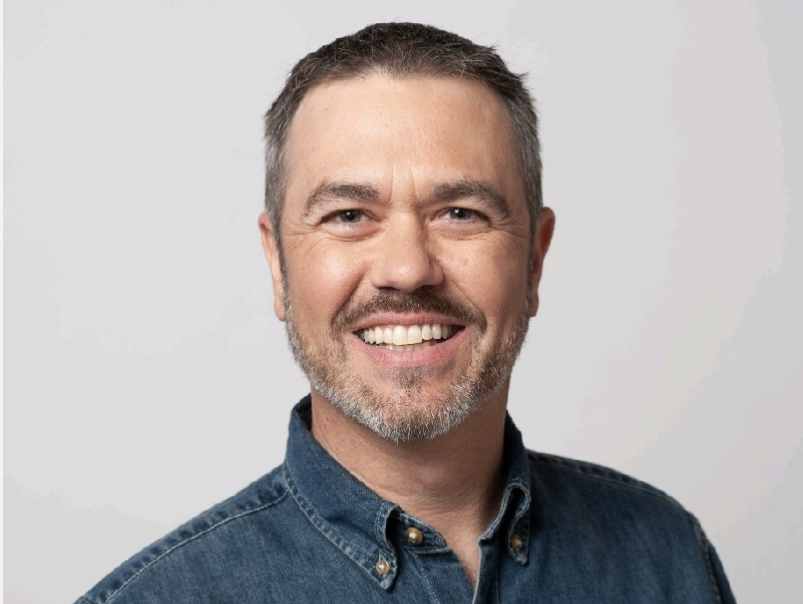
Blog
Why Jeff Hamel from Google thinks the Autogrid Acquisition by Uplight Will Unlock New OpportunitiesBy Dan Burak on January 24, 2024

Press Release
After centuries worrying about energy supply, the world turns its attention to demandCipher News on January 22nd, 2024
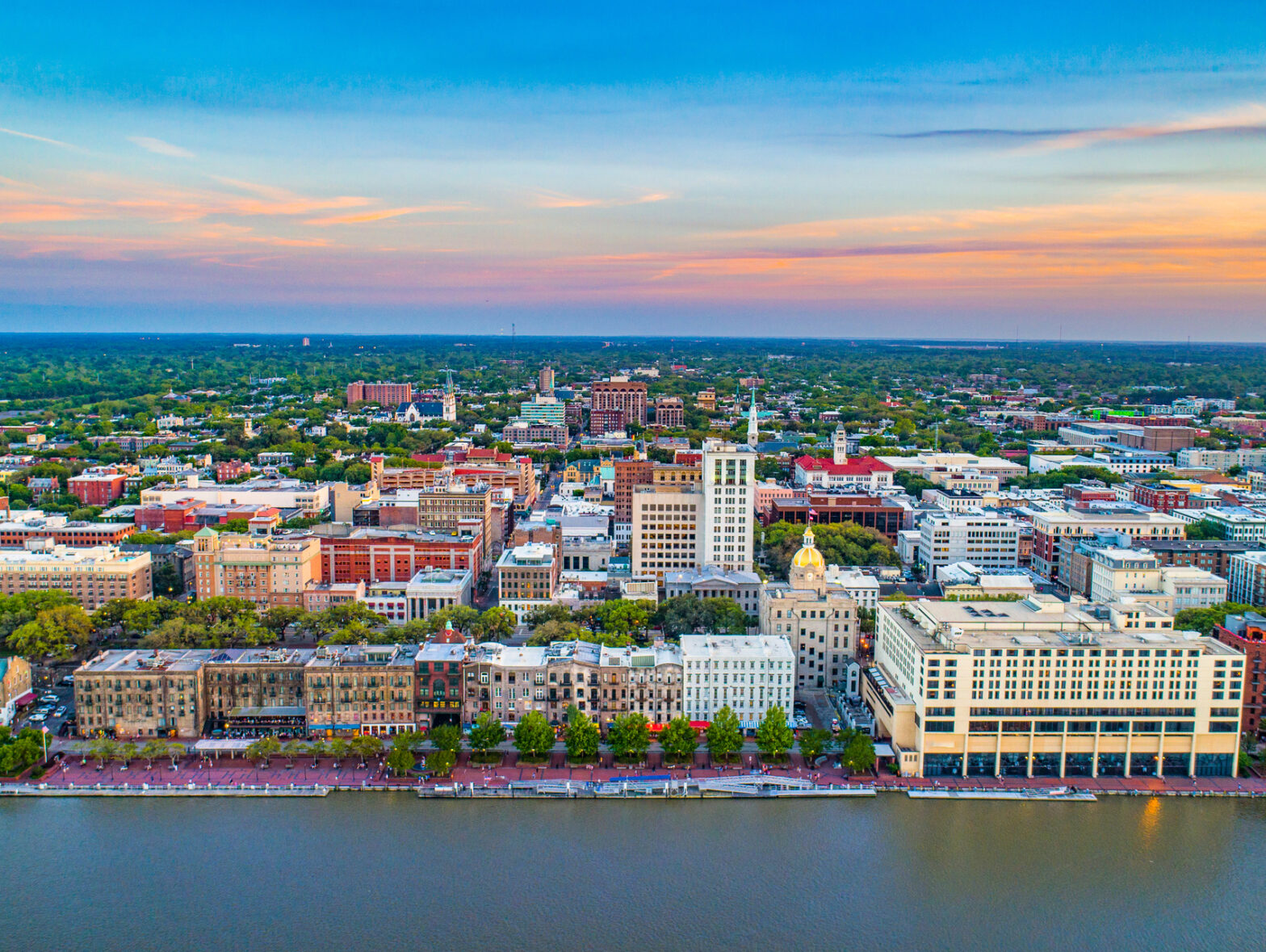
Blog
AI, Innovation, and Clean Energy: a Sneak Peak at Uplight's 2024 Conference LineupBy Kate Devitt on January 22, 2024

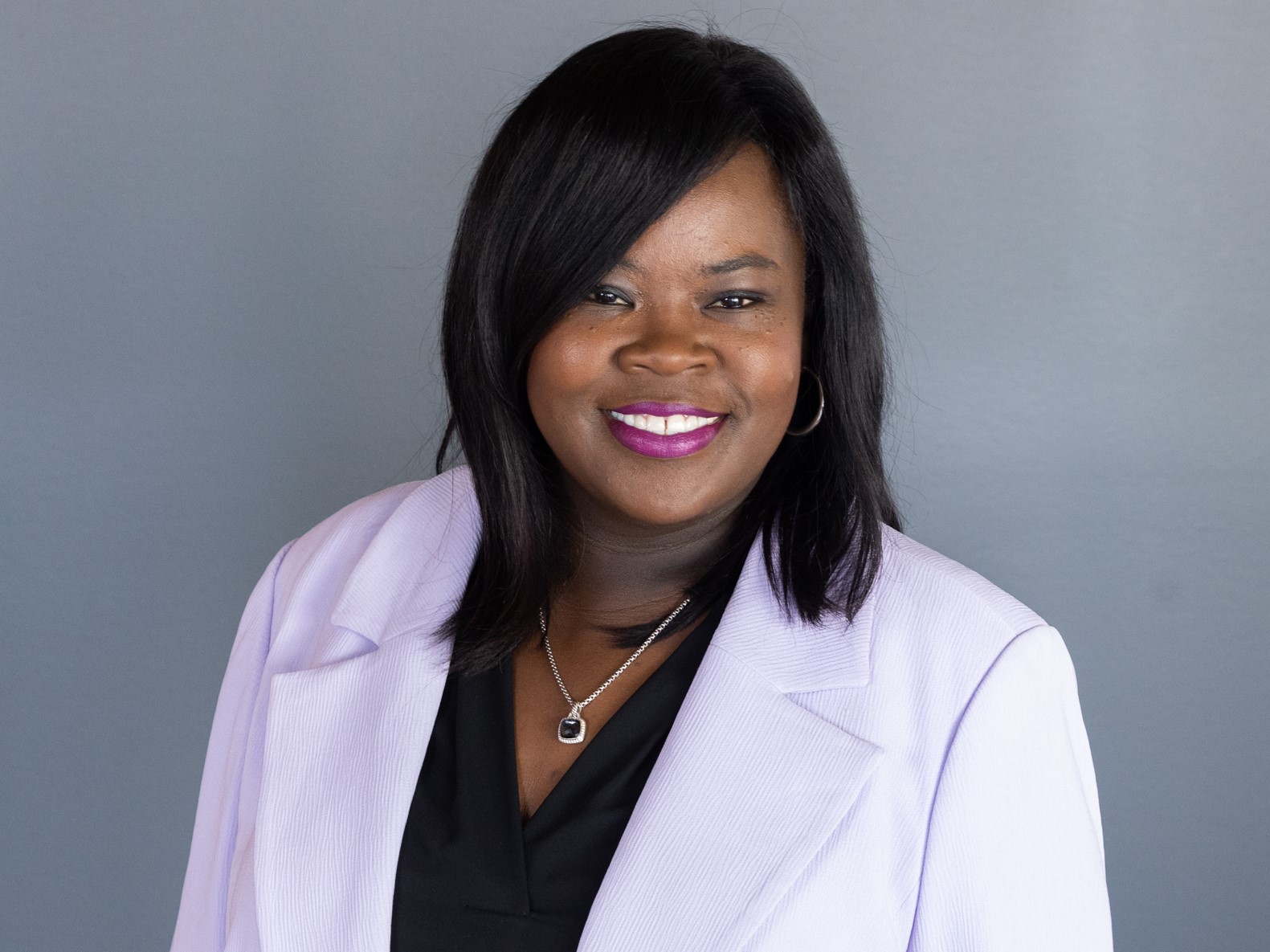
Blog
Why Brandi Davis-Handy from AES is excited about the combination of Uplight and AutogridBy Dan Burak on January 18, 2024
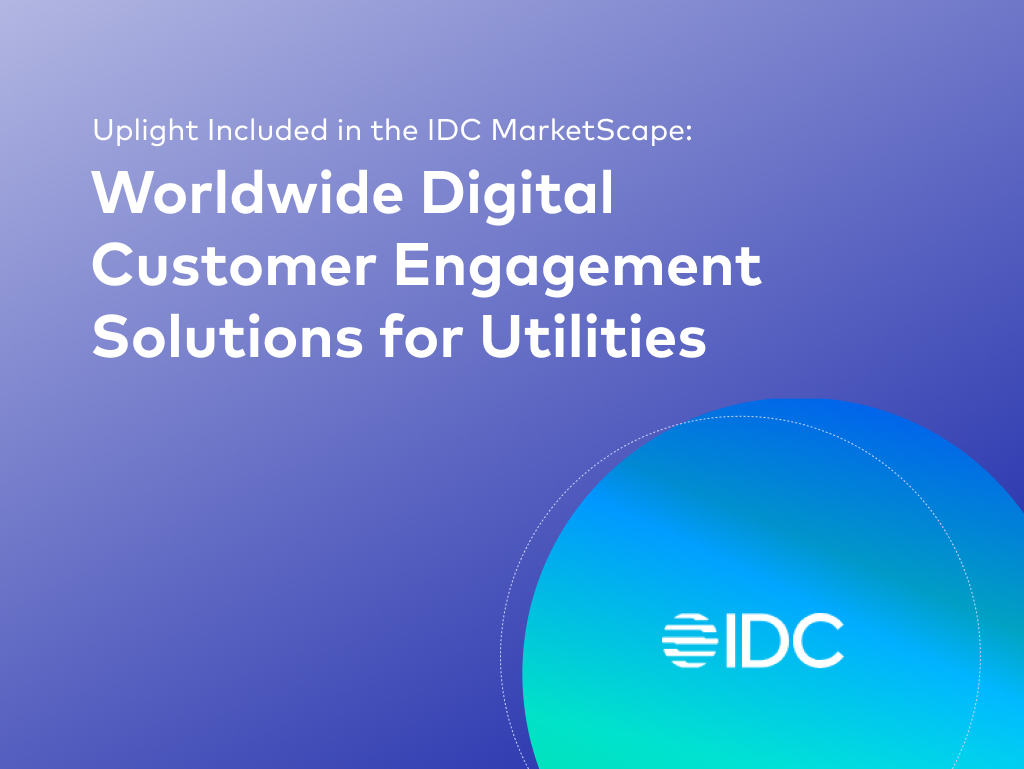
Blog
IDC Marketscape Honors Uplight's Achievement, Wrapping Up 2023By Crystal Leaver on January 16, 2024
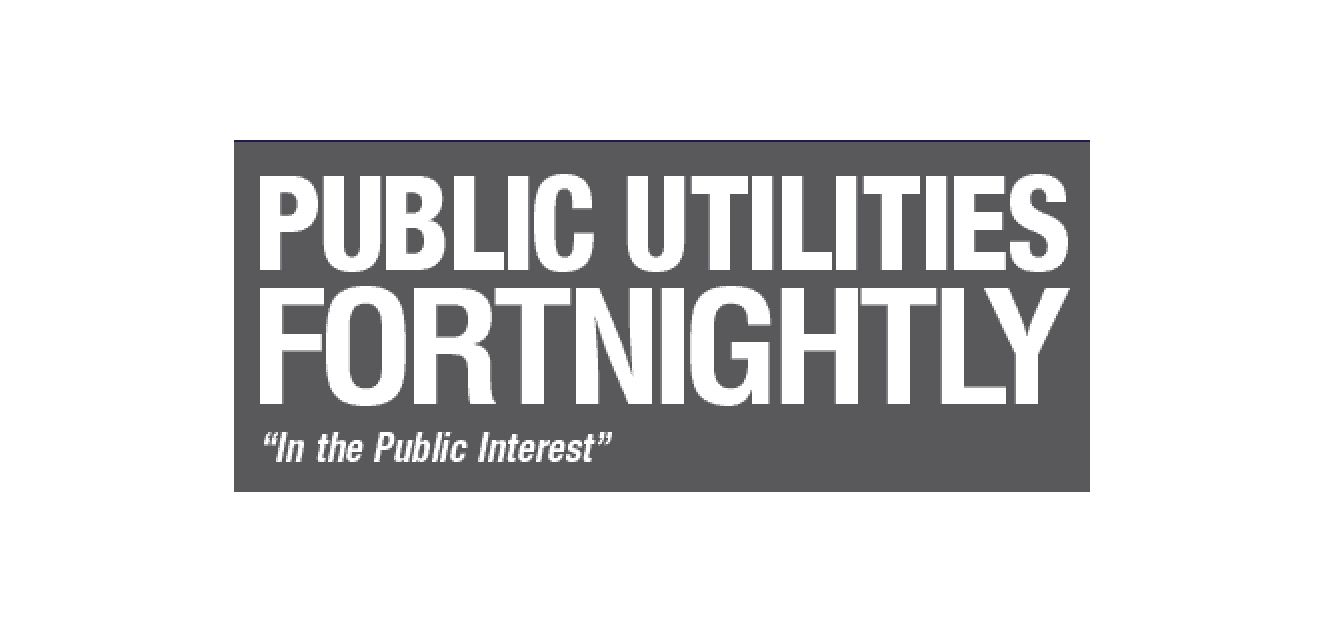

Blog Demand Management
Virtual Power Plants and the Clean Energy TransitionBy Sam Hartnett on January 11, 2024
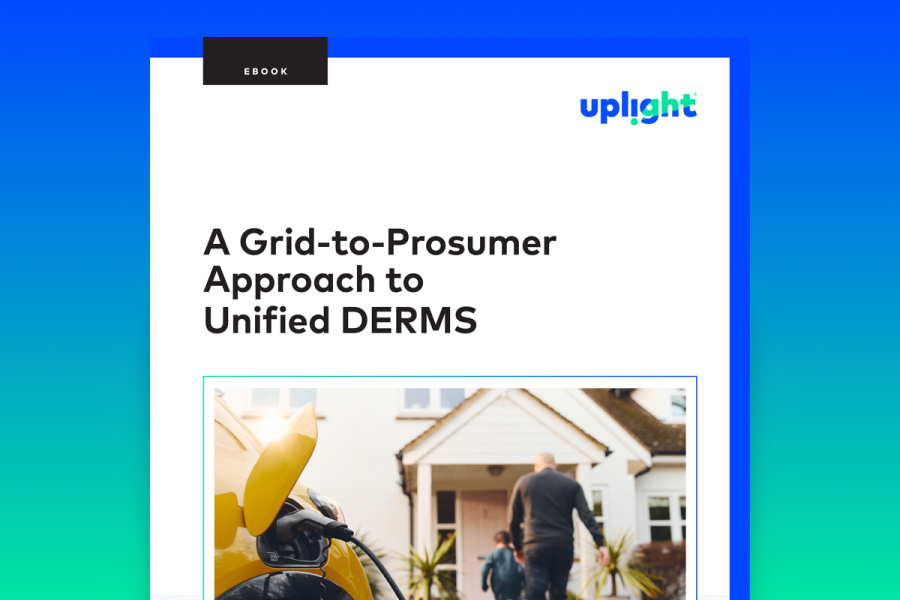
eBook DERMS
A Grid-to-Prosumer Approach to Unified DERMSLearn how Grid-to-Prosumer DERMS combine grid optimization and flexibility management into a single, end-to-end system.
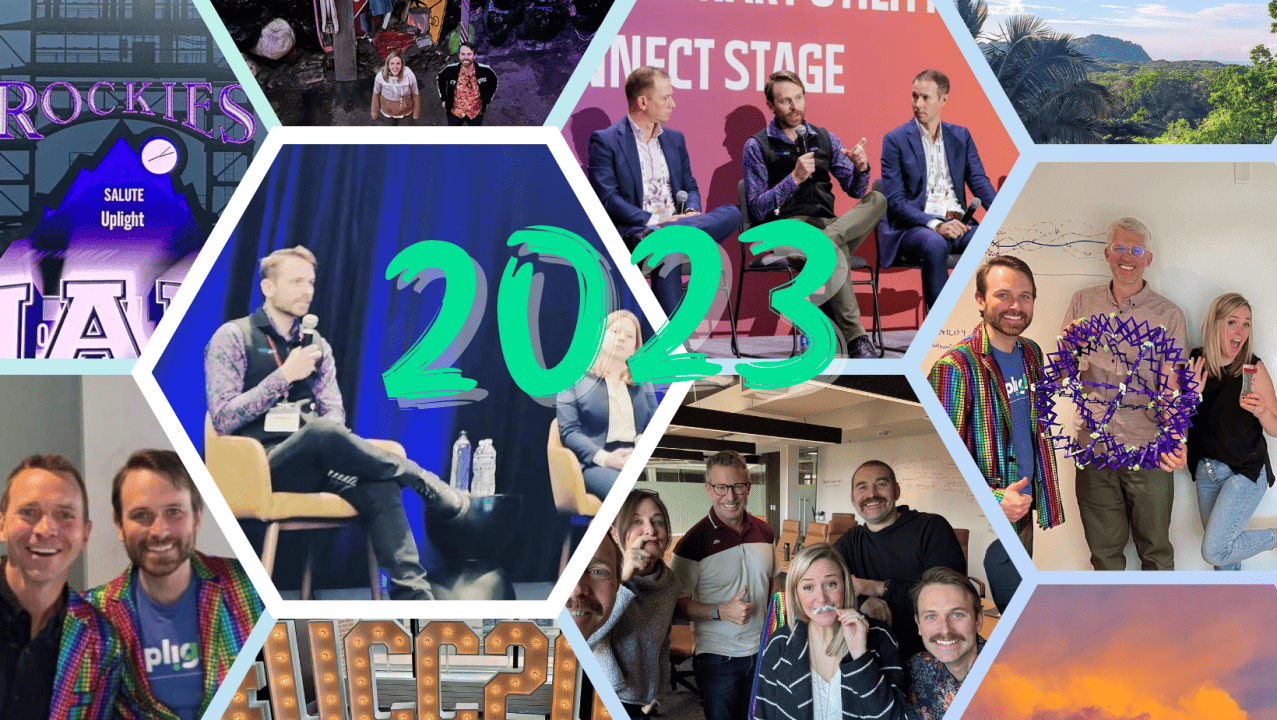
Blog
10 Reasons 2023 Busted a Power Move (and to gear up for an electrifying 2024)By Don McPhail on January 9, 2024

Blog
Uplight Recognized as a Best Place to Work on Built In’s 2024 ListBy Kate Devitt on January 9, 2024

Press Release
The Power Grid Is Changing. What It Means for Utility Stocks—and Your Electricity BillPress Release on January 5th, 2024

Blog Demand Management
New Year, New Possibilities for the Clean Energy FutureBy Dan Burak on January 3, 2024

Blog Customer Engagement +4
9 Predictions for the Clean Energy Transition in 2024By Uplight Staff Writer on January 3, 2024
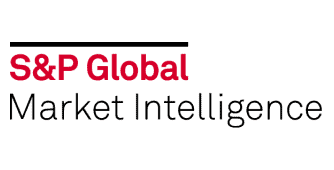
Press Release
"Call to action" on virtual power plants resonates across US gridS&P Global on January 2nd, 2024
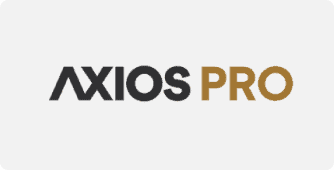
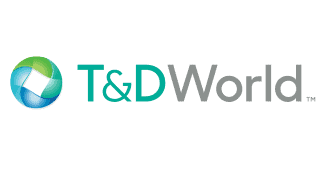
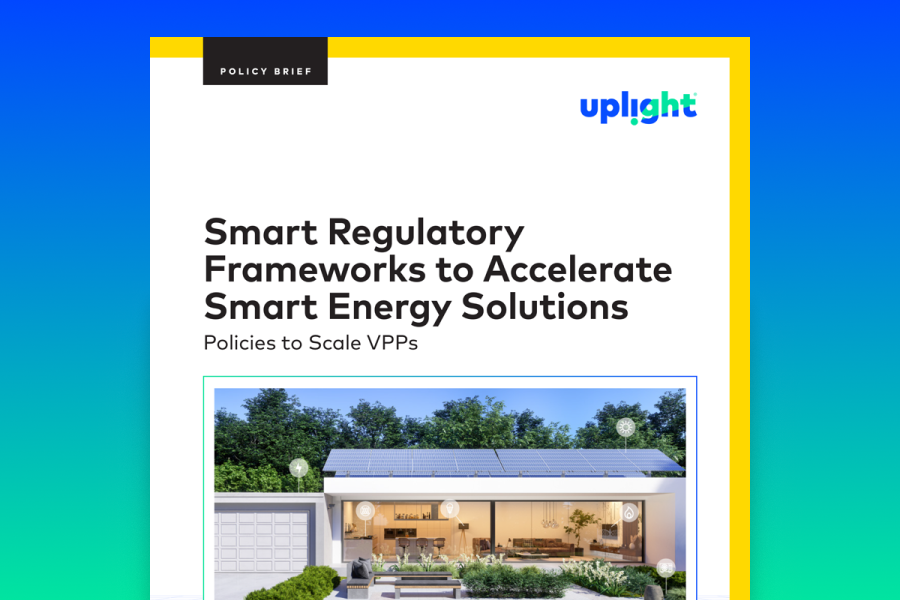
White Paper Virtual Power Plants
VPP Policy BriefSmart Regulatory Frameworks to Accelerate Smart Energy Solutions: Policies to Scale VPPs
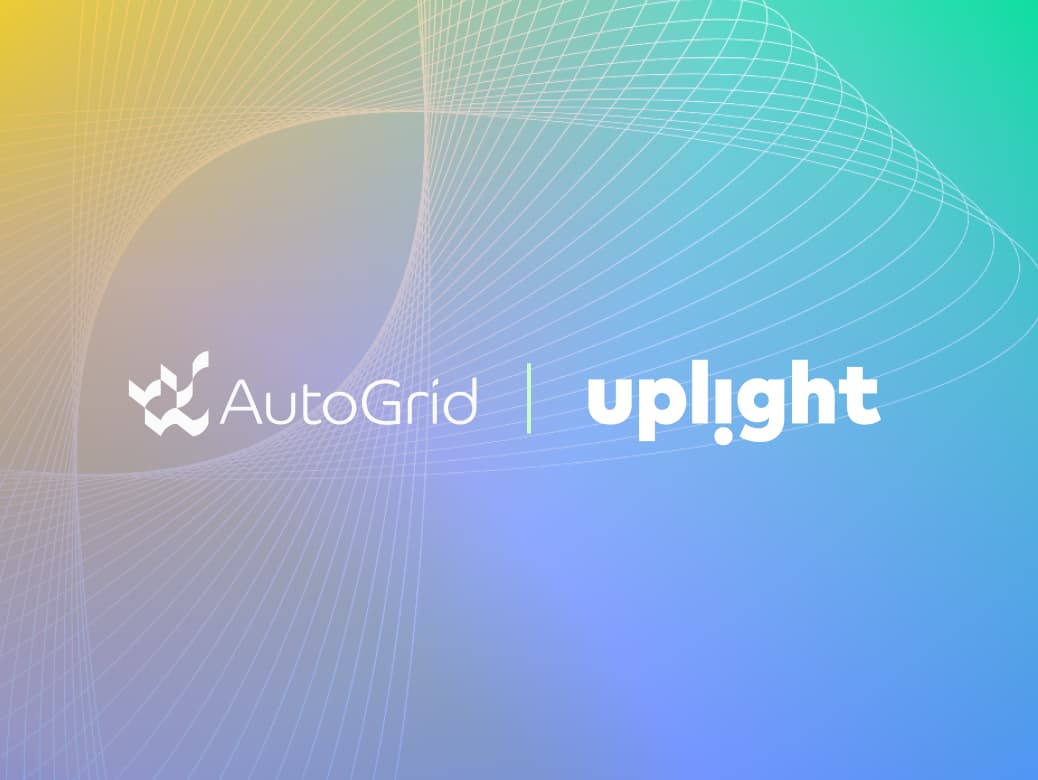
Blog Demand Management
Coming Soon: Uplight + Autogrid to Unlock the Full Potential of Customer-centric Flexible CapacityBy Luis D'Acosta on December 14, 2023
Press Release
Uplight to Acquire AutoGrid, Expanding Clean Energy Offerings, Markets, and Business ModelsPress Release on December 14th, 2023

Press Release
In The Battle For Customer Centricity, The Customer Could LoseForbes on December 13th, 2023
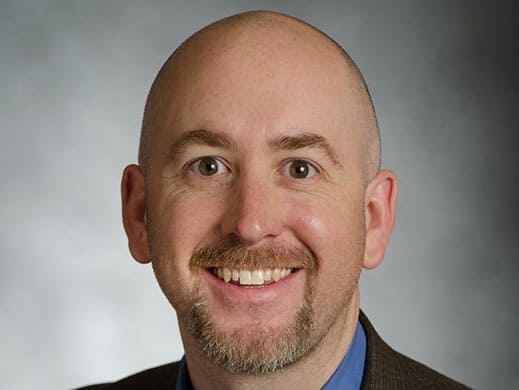
Blog
How Uplight Is Reducing Security Risks Amid Growing Threats to Energy IT InfrastructureBy Alex Wood on December 12, 2023

Blog Demand Management
Want to Scale Up Residential Virtual Power Plants (VPPs)? Combine These Ingredients (and Focus on Policy)By Neil Veilleux on December 6, 2023

Blog Demand Management
Earning Rewards, Not Saving Money: How to Talk About Thermostat Demand ResponseBy Elizabeth Korb on December 5, 2023

Blog Virtual Power Plants
Puget Sound Energy’s VPP Expansion Points the Way for C&I ProsumersBy Peter Asmus on December 4, 2023

Press Release
Technology Advancements Support Distributed Solar GenerationPower Magazine on December 1st, 2023
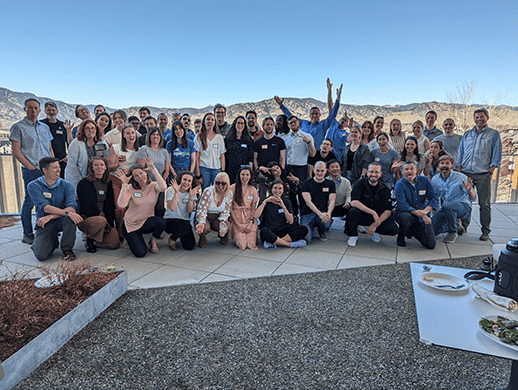
Blog Demand Management
Intelligent Orchestration Operations Drive Summer Season MomentumBy Margot Moseley on December 1, 2023
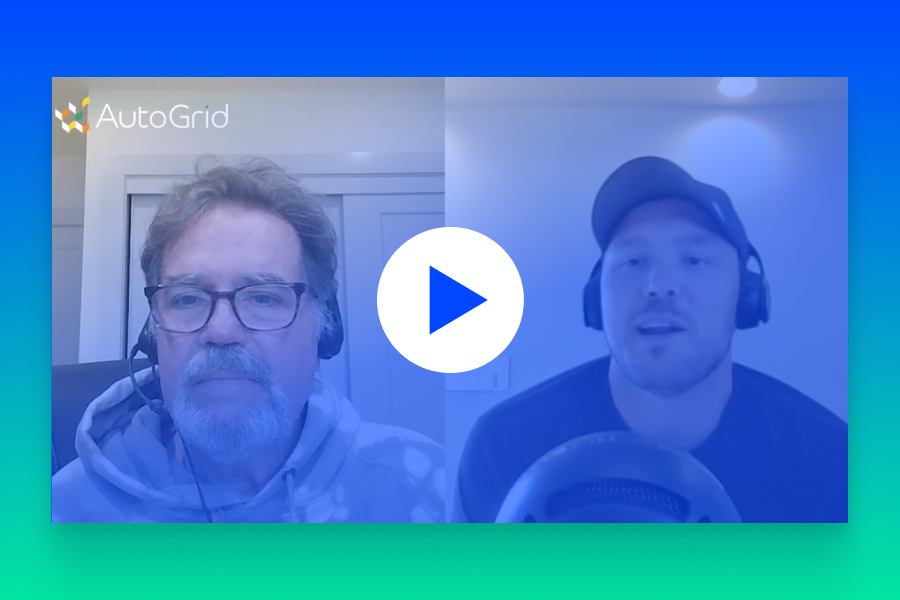
Podcast
Scaling Up: Resilience and the Transformative Potential of Virtual Power PlantsScaling Up: Resilience and the Transformative Potential of Virtual Power Plants
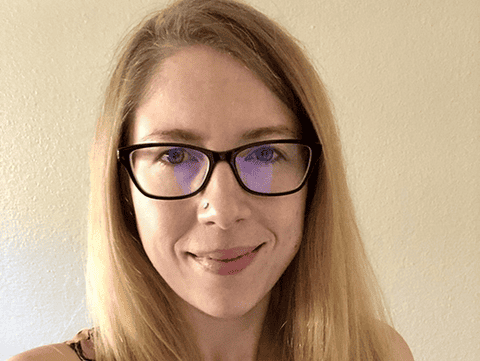

Press Release
Puget Sound Energy, AutoGrid aim to develop a 100-MW virtual power plant by 2025Utility Dive on November 28th, 2023
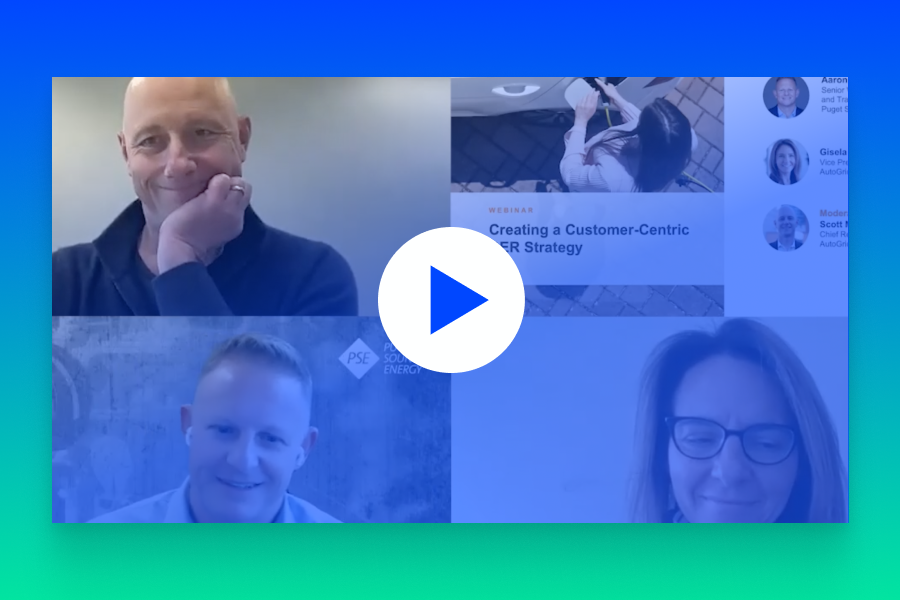
Video Virtual Power Plants
Creating a Customer-Centric DER StrategyCreating a Customer-Centric DER Strategy
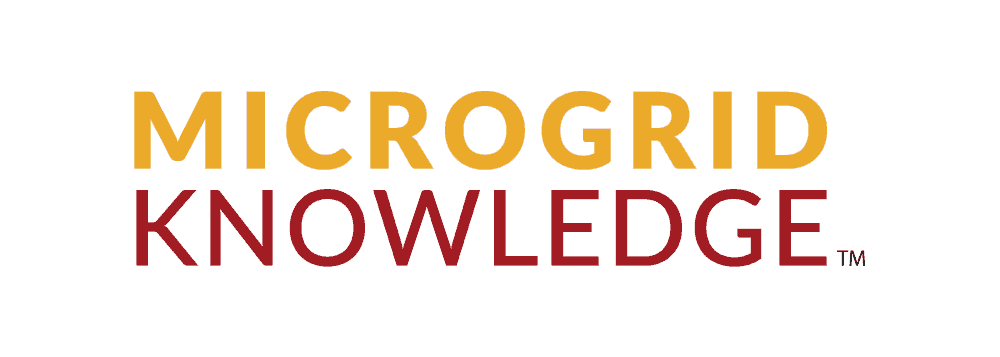
Press Release
Virtual Reality: Microgrids, VPPs Mutually Boost Each Other's CaseMicrogrid Knowledge on November 28th, 2023
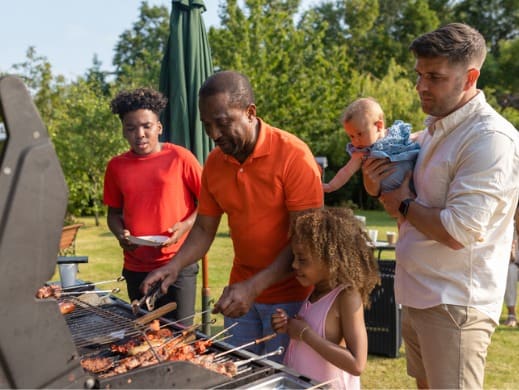
Blog Demand Management
A Recap of Uplight’s Summer Demand Response SuccessBy Crystal Leaver on November 27, 2023

Press Release
Lifting the lid on AutoGrid’s Puget Sound Energy projectLatitude Media on November 20th, 2023

Blog Sustainability / B Corp
Unlocking Europe's Energy Transition with UplightBy Marcello Pomponi on November 17, 2023


Blog Customer Engagement +1
One Big Way to Simplify the IRA Customer Experience: Enlist UtilitiesBy Neil Veilleux on November 16, 2023

Blog Customer Engagement +1
Inside Uplight's Winning Game Plan for BFCM SuccessBy Crystal Leaver on November 14, 2023
Press Release
AutoGrid and Puget Sound Energy Combat Climate Change with Virtual Power PlantsPress Release on November 13th, 2023

Blog Customer Engagement
Do Utility Marketplaces Get Less Effective Over Time?By Ryan King on November 2, 2023
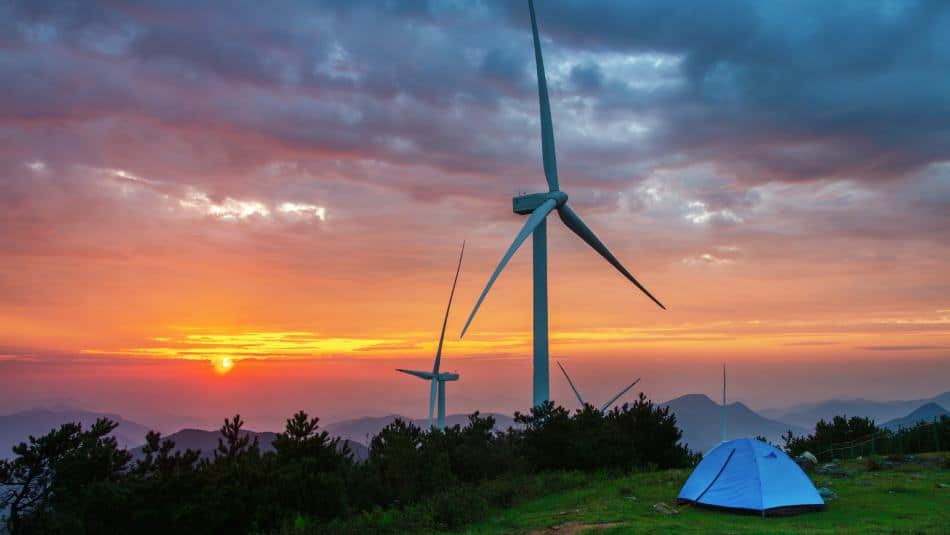
Blog Demand Management
Responding Across the Globe to a Summer Like No OtherBy Charlie Brasor on October 27, 2023

Blog Business Customers
Three Steps to Becoming Your Business Customers’ Trusted AdvisorBy Emily Rich on October 26, 2023
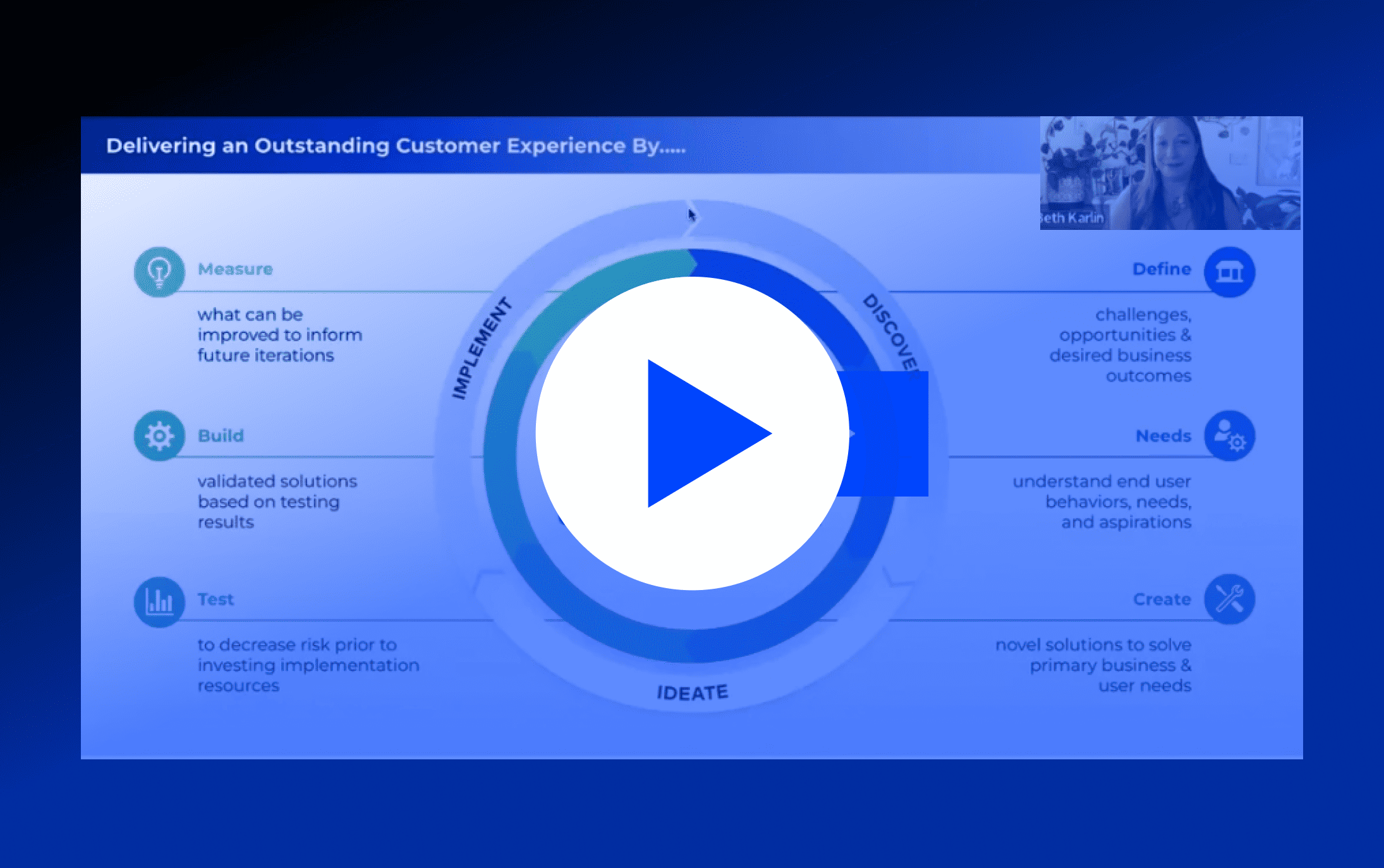
Video Customer Research +1
Unlocking Load Flexibility Potential: The Power of Understanding Customer Knowledge, Barriers & Experiences to Drive EnrollmentBuild customer awareness, inspire confidence that customers can succeed, and motivate them to take action.
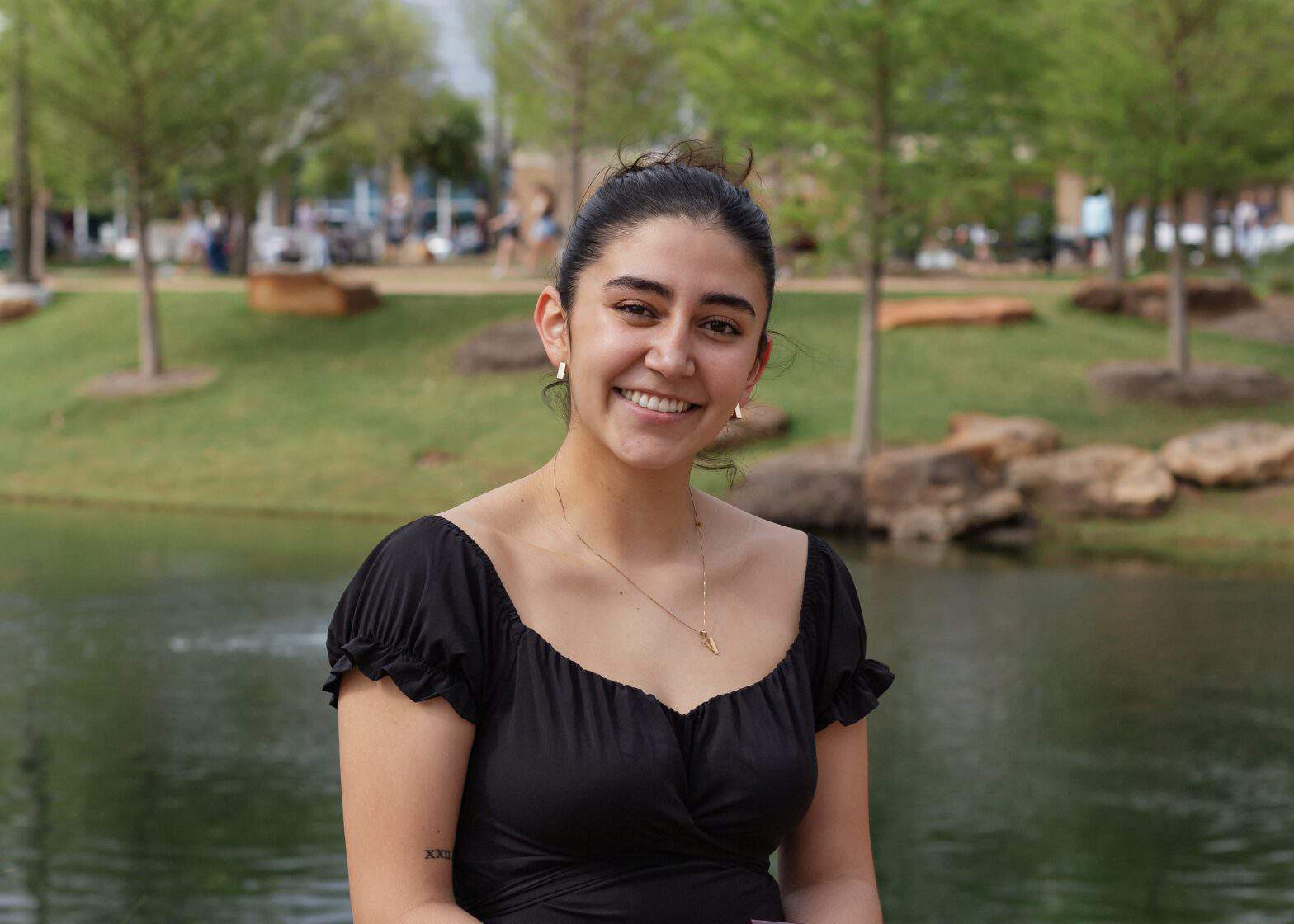
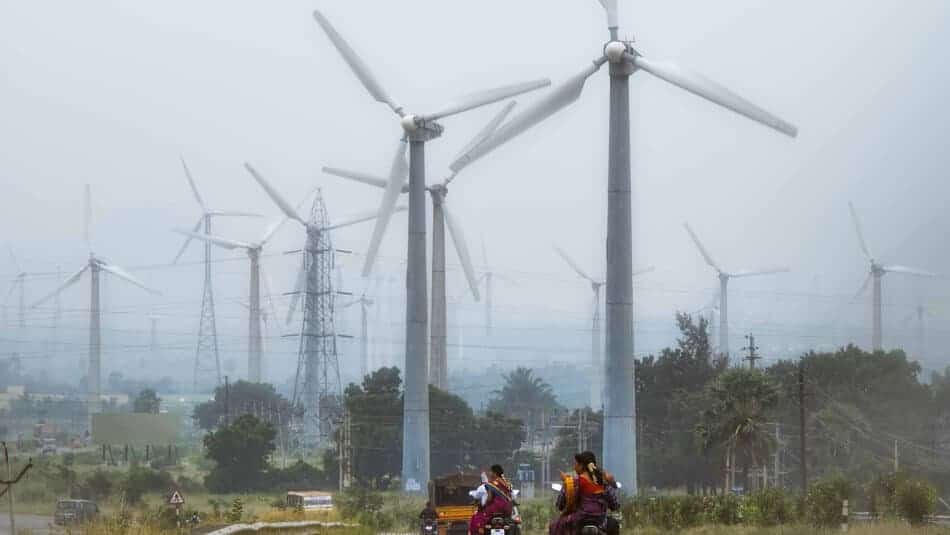
Blog Customer Engagement +3
Empowering India's Energy Revolution with AI and ProsumersBy Kritika Kumar on October 18, 2023
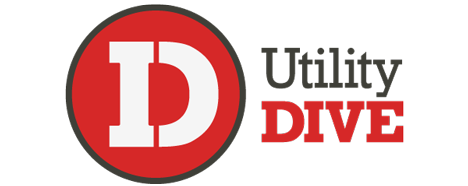
Press Release
Electric Grids Could be the ‘weak link’ of Clean Energy Transition, IEA WarnsUtility Dive on October 18th, 2023
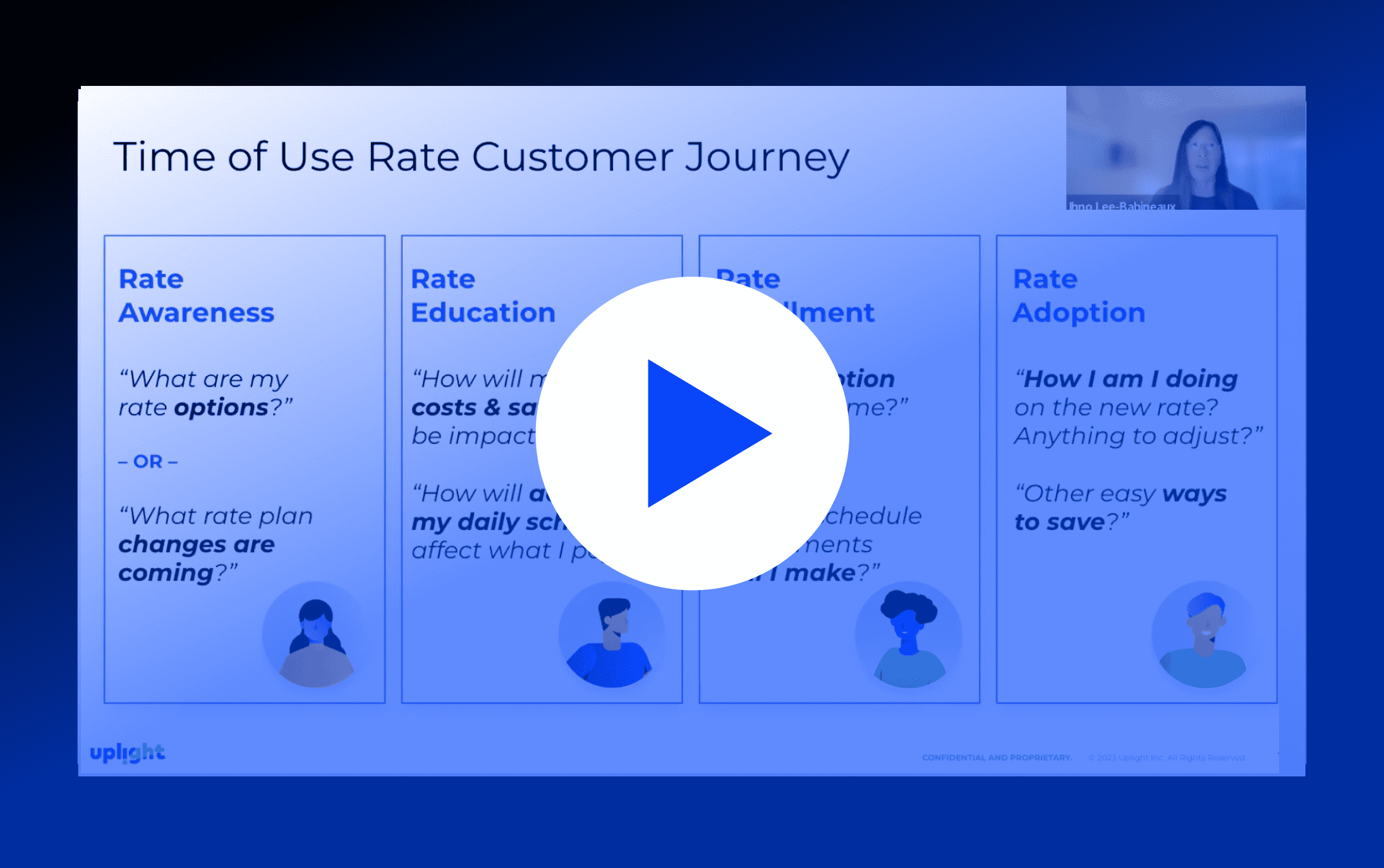
Video Customer Research +1
Applying a Behavioral Science Lens to Time of Use RatesDeliver a best-in-class rates experience that drives the customer participation.

Press Release
Uplight Named a Leader by Guidehouse in Customer Engagement and Experience AnalyticsGuidehouse on October 10th, 2023
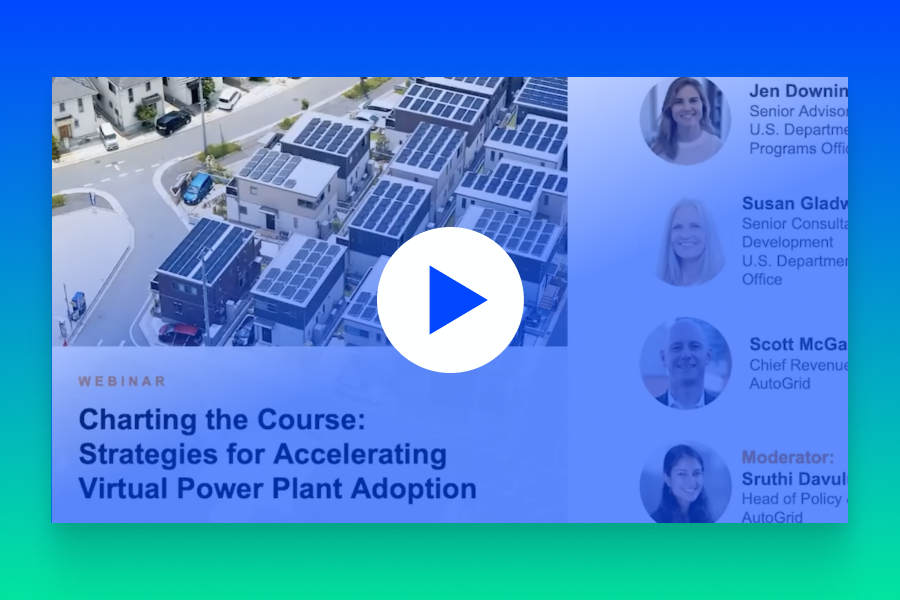
Video Virtual Power Plants
Charting the Course: Strategies for Accelerating Virtual Power Plant AdoptionCharting the Course: Strategies for Accelerating Virtual Power Plant Adoption
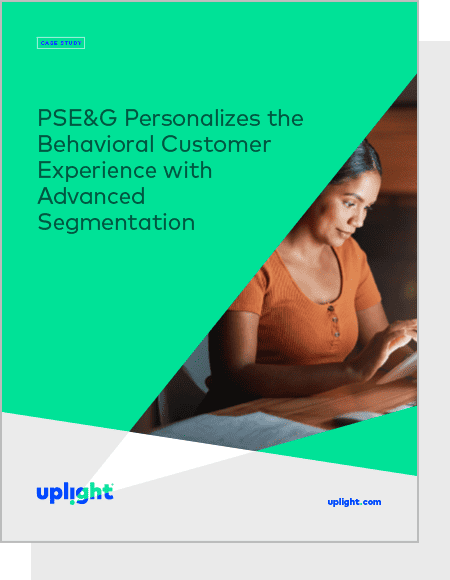
Case Study Energy Efficiency
PSE&G Personalizes the Behavioral Customer Experience with Advanced SegmentationProvide actionable information to help your customers save energy and money via Uplight's advanced segmentation.


Blog Demand Management
Uplight Scales Demand Response, a Critical Summer AssetBy Erin Keys on September 8, 2023

Blog
PG&E & Uplight Reach 100,000-Participant Milestone in Demand Response ProgramBy Crystal Leaver on September 7, 2023
Press Release Demand Management
PG&E & Uplight Reach 100,000-Participant Milestone in Smart Thermostat Demand Response ProgramPress Release on September 7th, 2023
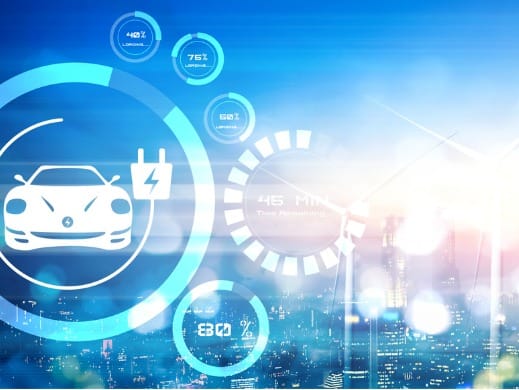
Blog Customer Engagement +1
Uplight Named a Leader by Guidehouse in Customer Engagement and Experience AnalyticsBy Crystal Leaver on September 6, 2023

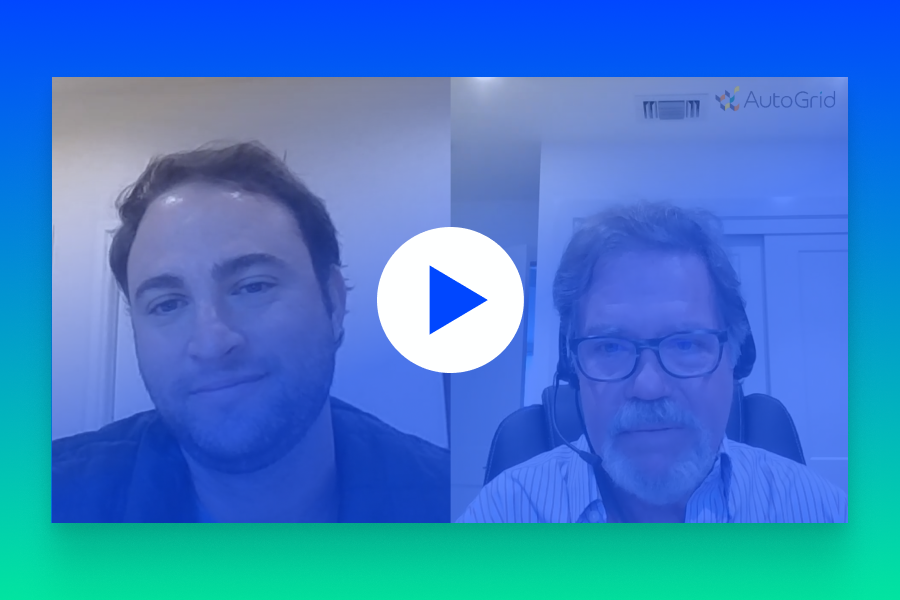
Podcast DERMS
A Chat with Jared Leader of SEPA: A Unifying Force for Clean EnergyA Chat with Jared Leader of SEPA: A Unifying Force for Clean Energy

Video DERMS
Next Level DERMS: Bridging the Control Room and the Grid EdgeNext Level DERMS: Bridging the Control Room and the Grid Edge
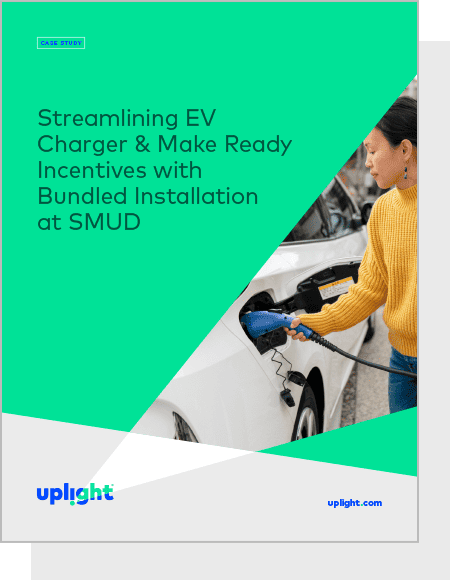
Case Study Electric Vehicles
Streamlining EV Charger & Make Ready Incentives with Bundled InstallationStreamline the EV customer experience with Uplight & Qmerit’s bundled install.
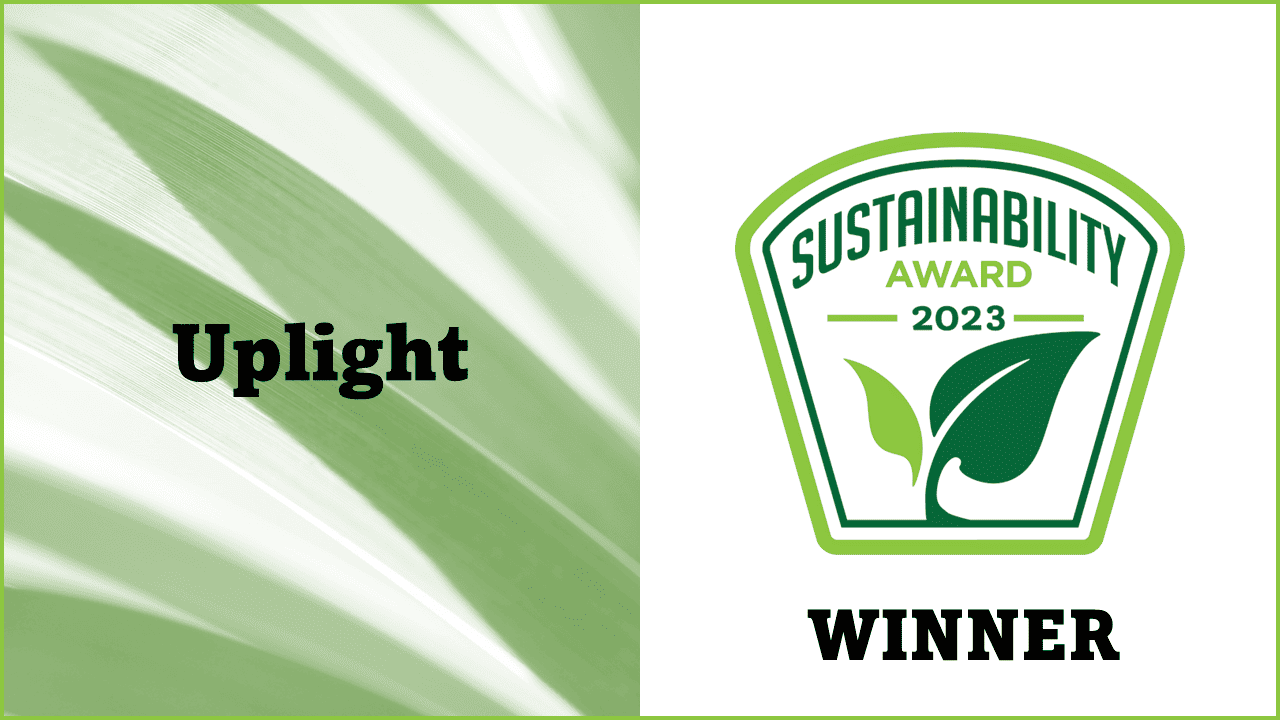
Blog Sustainability / B Corp
Uplight is a 2023 Business Intelligence Sustainability Award WinnerBy Crystal Leaver on August 30, 2023

Blog Business Customers
Unveiling the Power of Business Engagement: Uplight’s Outbound Communications Case StudyBy Kate Devitt on August 25, 2023
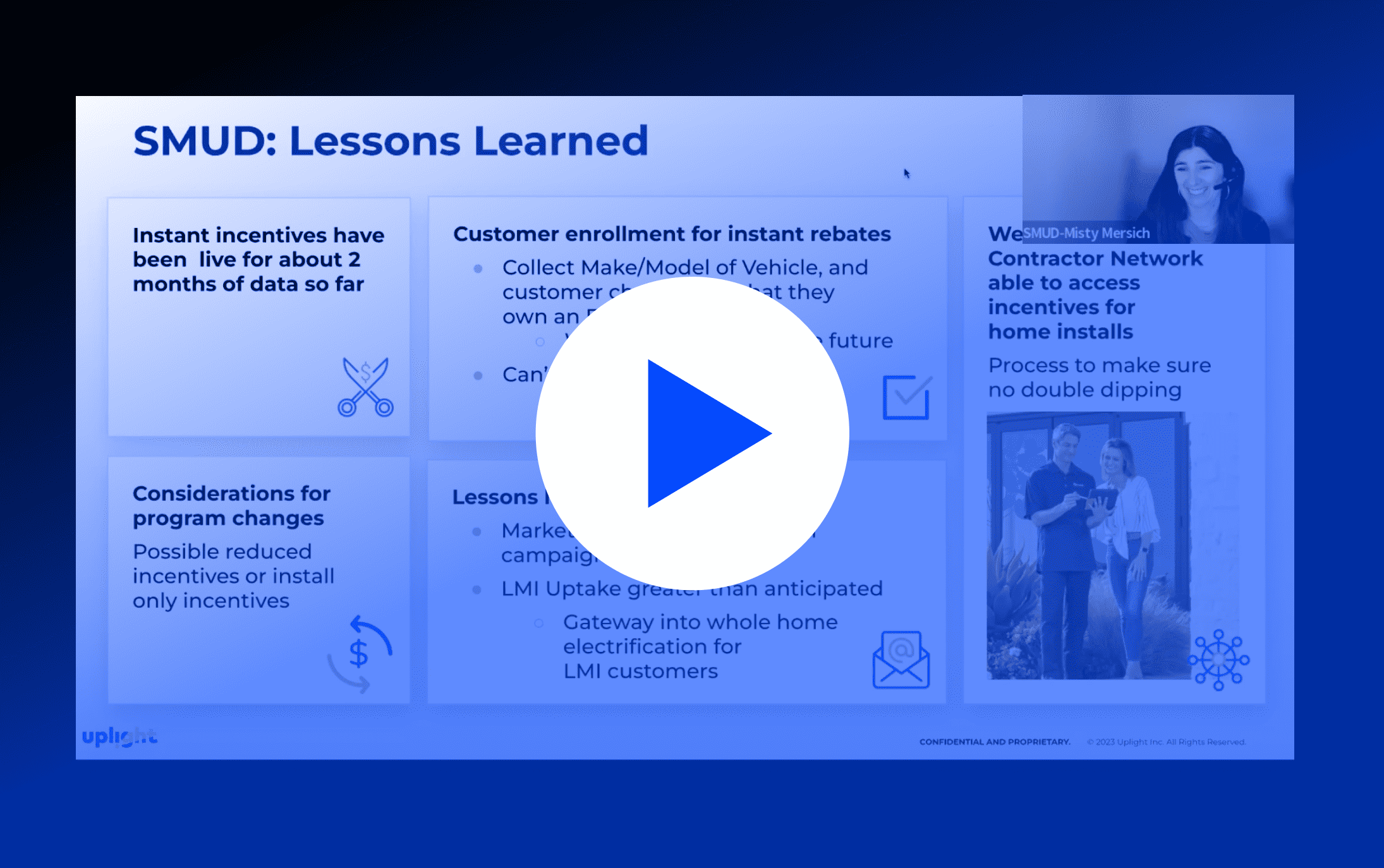
Video Electric Vehicles
Streamlining Electrification Incentives: At-home EV Charger & Panel Installations Made EasyLearn how Uplight and Qmerit are helping utilities streamline the EV customer journey.

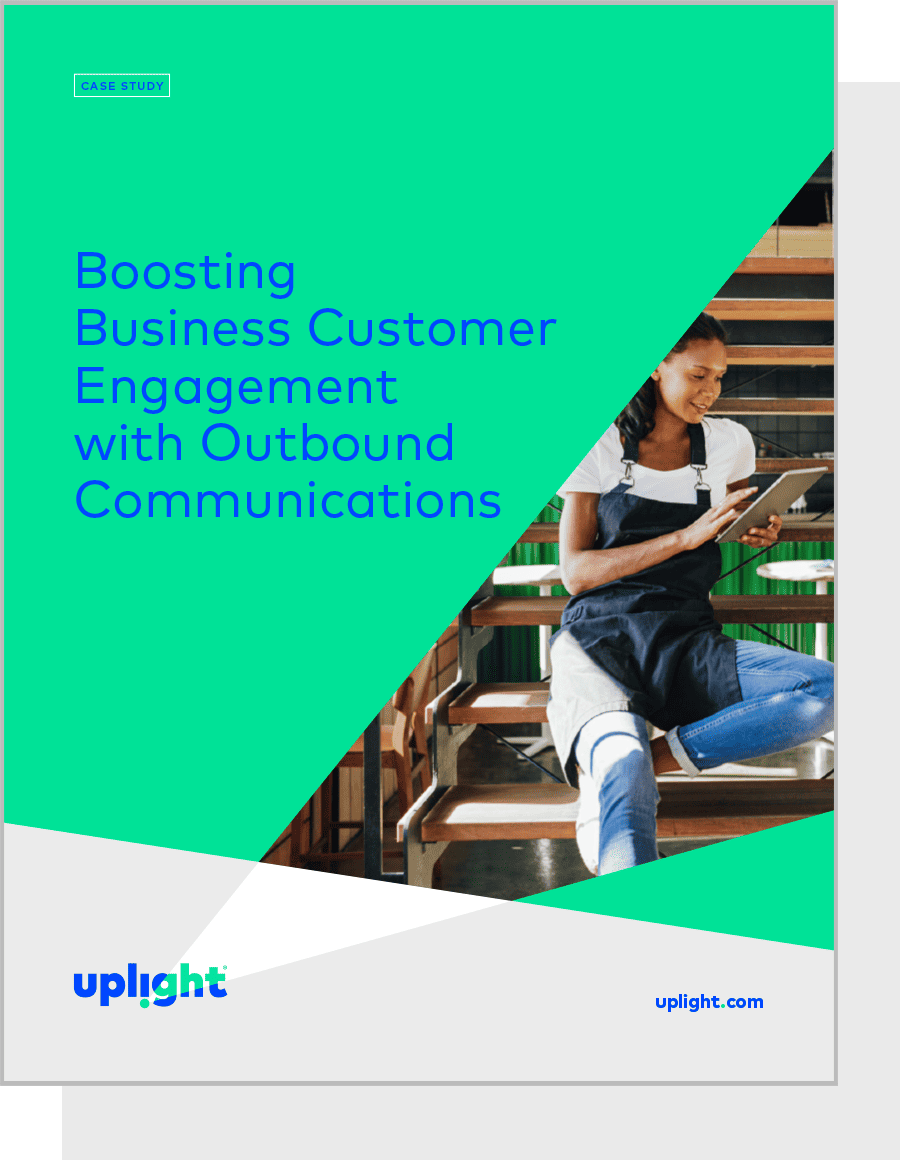
Case Study Business Customers
Boosting Business Customer Engagement with Outbound CommunicationsUncover actionable insights for effectively engaging small and medium-sized businesses.
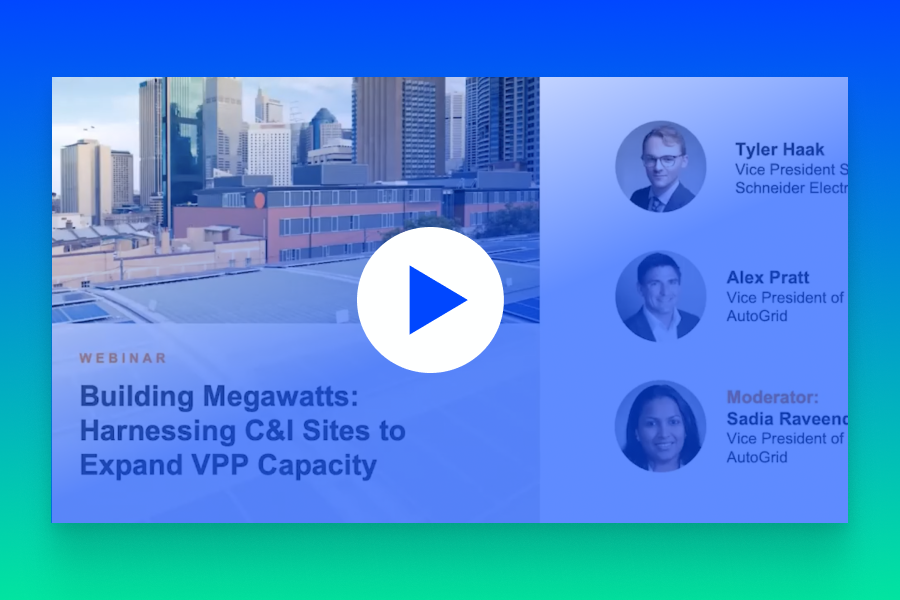
Video Virtual Power Plants
Building Megawatts: Harnessing C&I Sites to Expand VPP CapacityBuilding Megawatts: Harnessing C&I Sites to Expand VPP Capacity
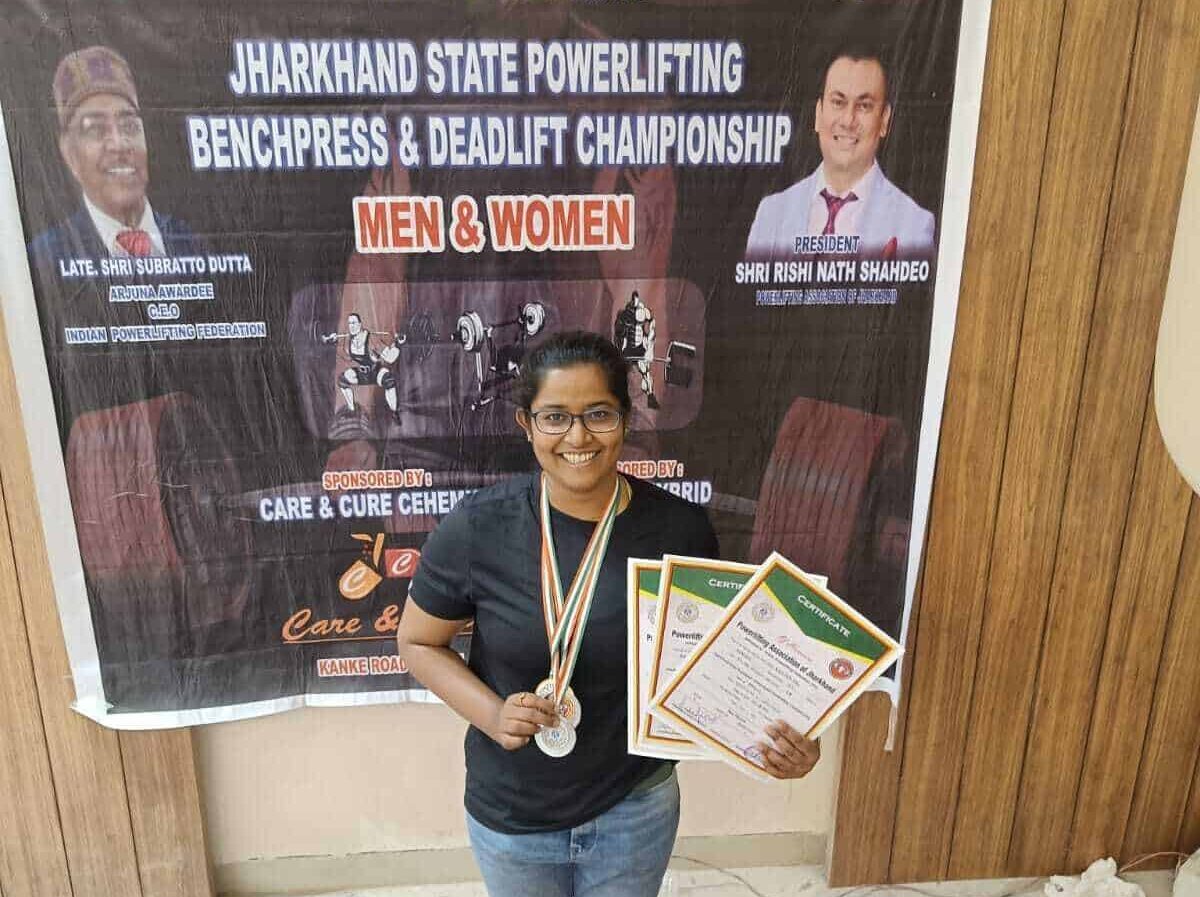
Blog
“Uplifters” in Action: Uplight’s Kanchan Nag Wins Gold and Silver in Powerlifting CompetitionBy Kate Devitt on August 18, 2023

Press Release
Virtual power plants: Resource Adequacy Without Interconnection DelaysUtility Dive on August 17th, 2023
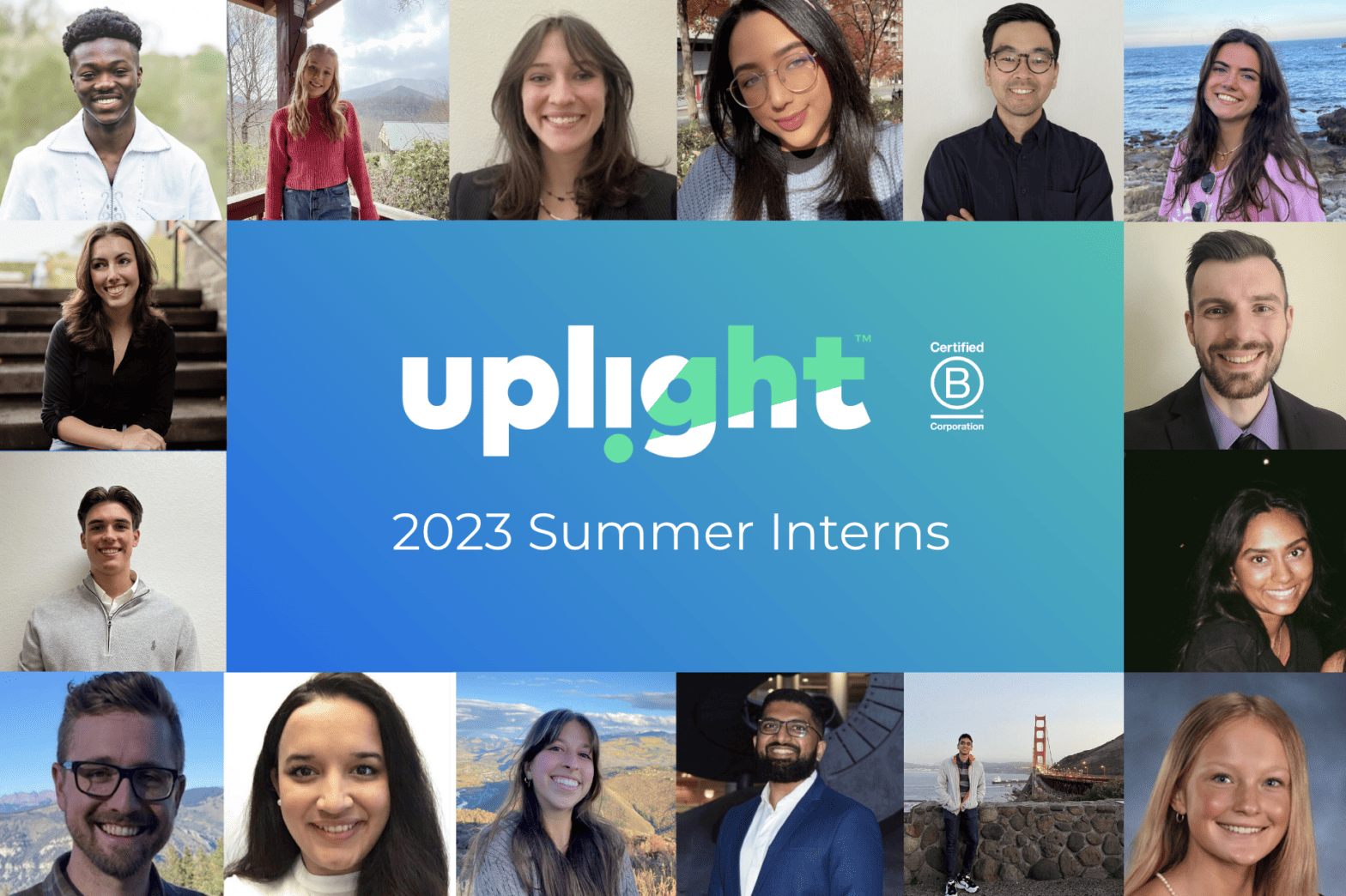

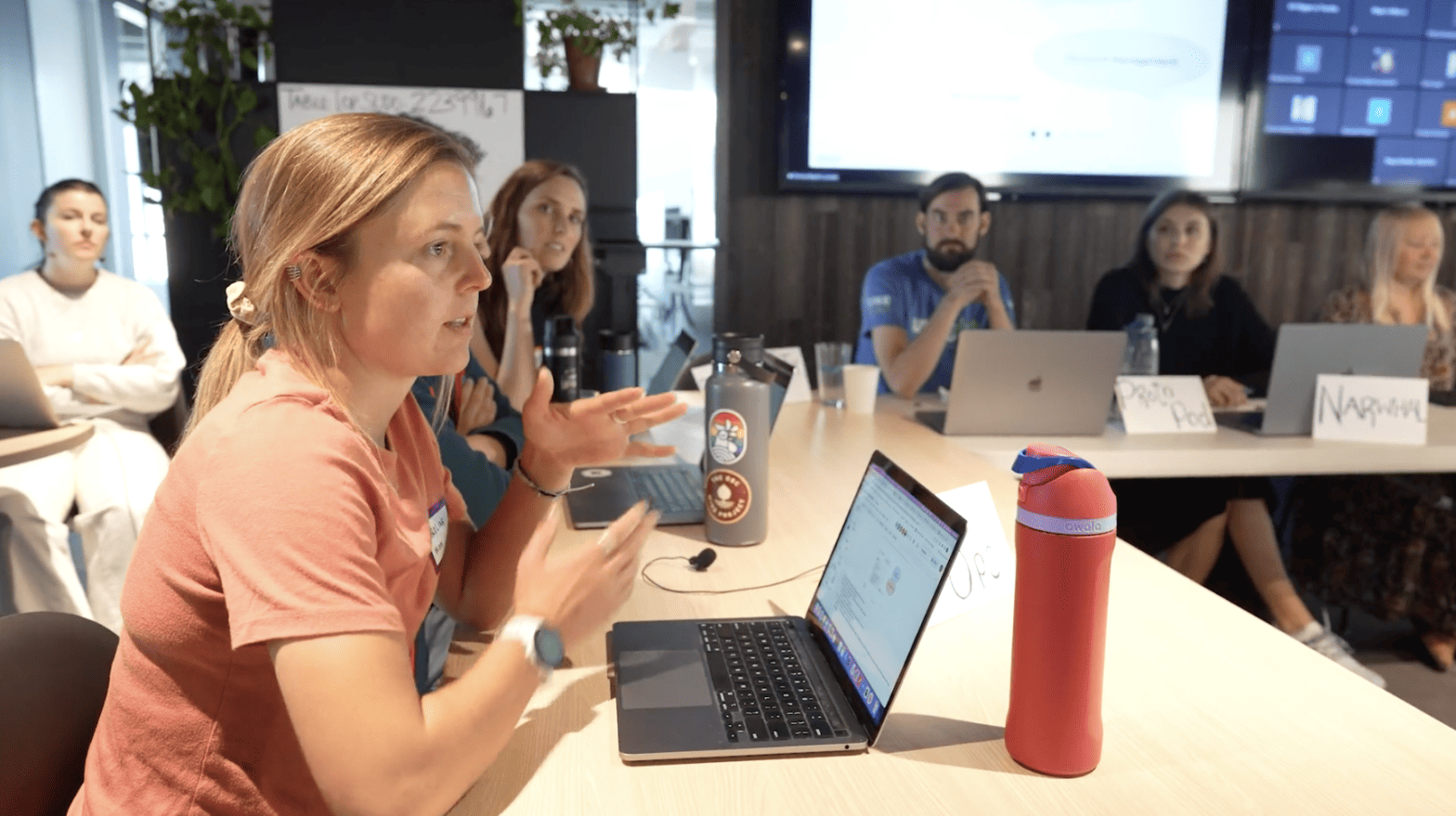
Blog
Uplight Recognized as a Fast Company Best Workplace for Innovators a Second YearBy Kate Devitt on August 1, 2023
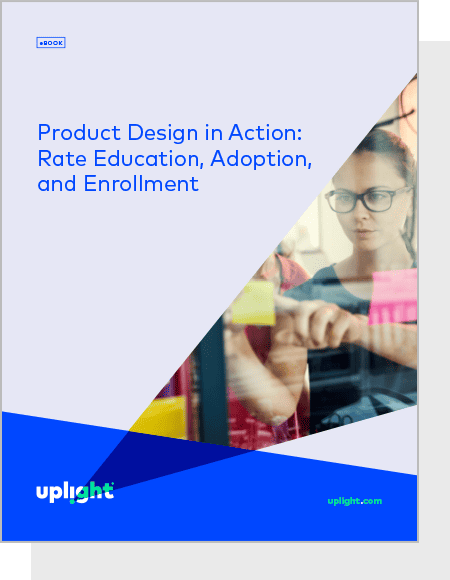
eBook Customer Research +1
Product Design in Action: Rate Education, Adoption, and EnrollmentLearn how you can deliver a best-in-class customer experience that drives customer awareness, participation, and retention.
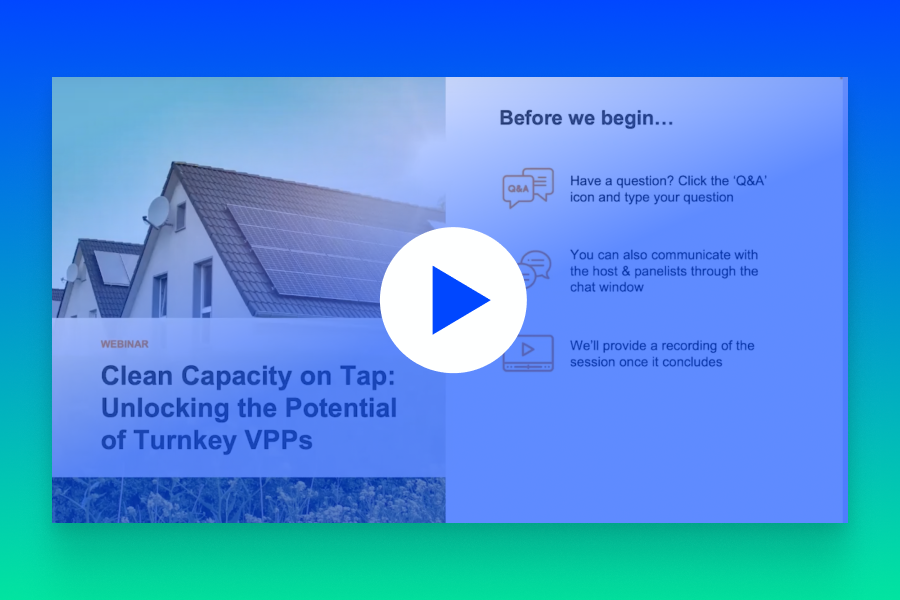
Video Virtual Power Plants
Clean Capacity on Tap: Unlocking the Potential of Turnkey VPPsClean Capacity on Tap: Unlocking the Potential of Turnkey VPPs

Blog DERMS
FERC Order 2222 Requires Proactive Engagement and StrategyBy Uplight Staff Writer on July 27, 2023

Blog Demand Management +1
3 Ways to Boost Grid Resilience During Heat WavesBy Peter Asmus on July 24, 2023
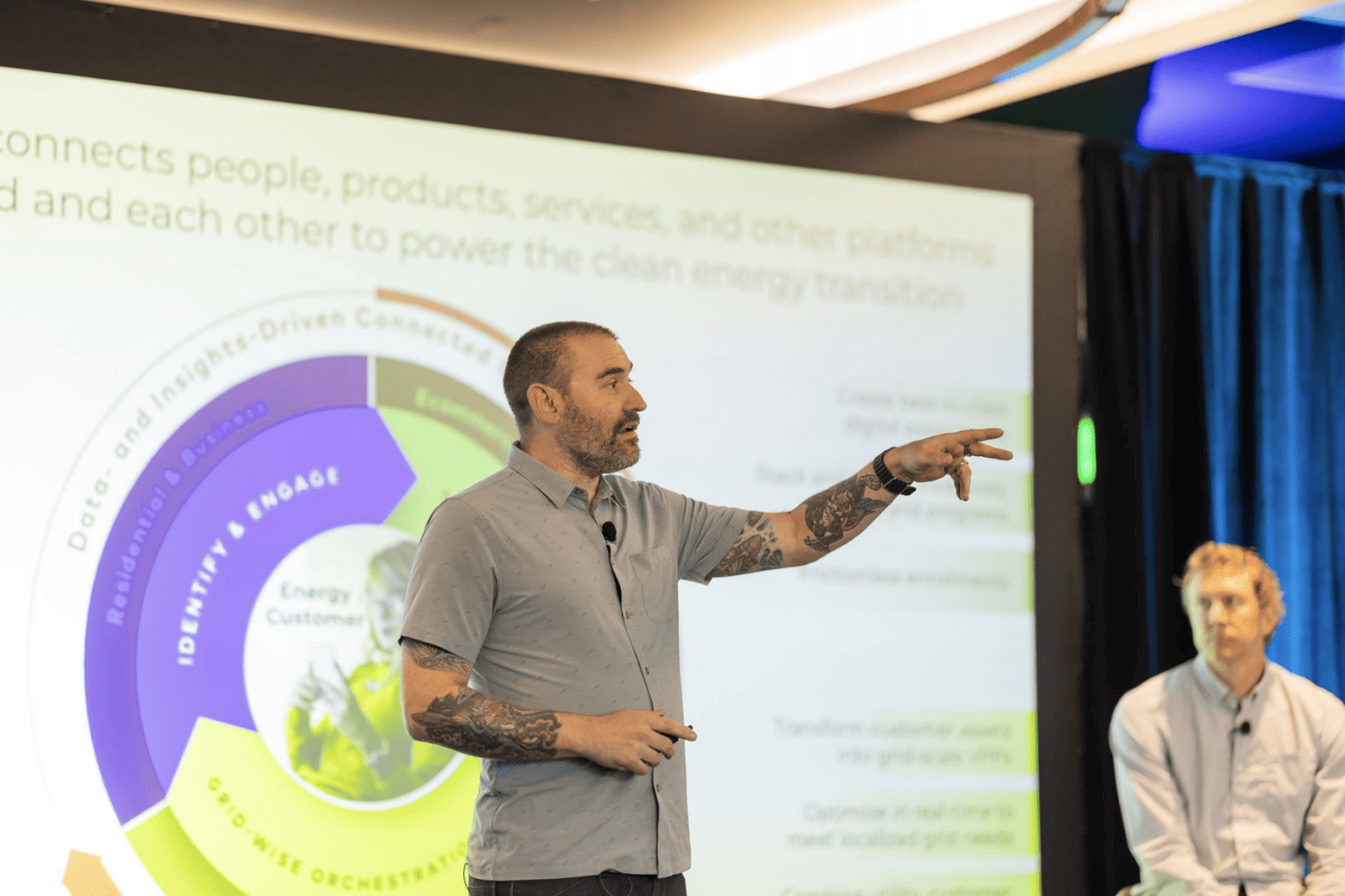
Blog
Wrap Up Summer and Kick Off Fall with Uplight at Upcoming Industry EventsBy Kate Devitt on July 20, 2023
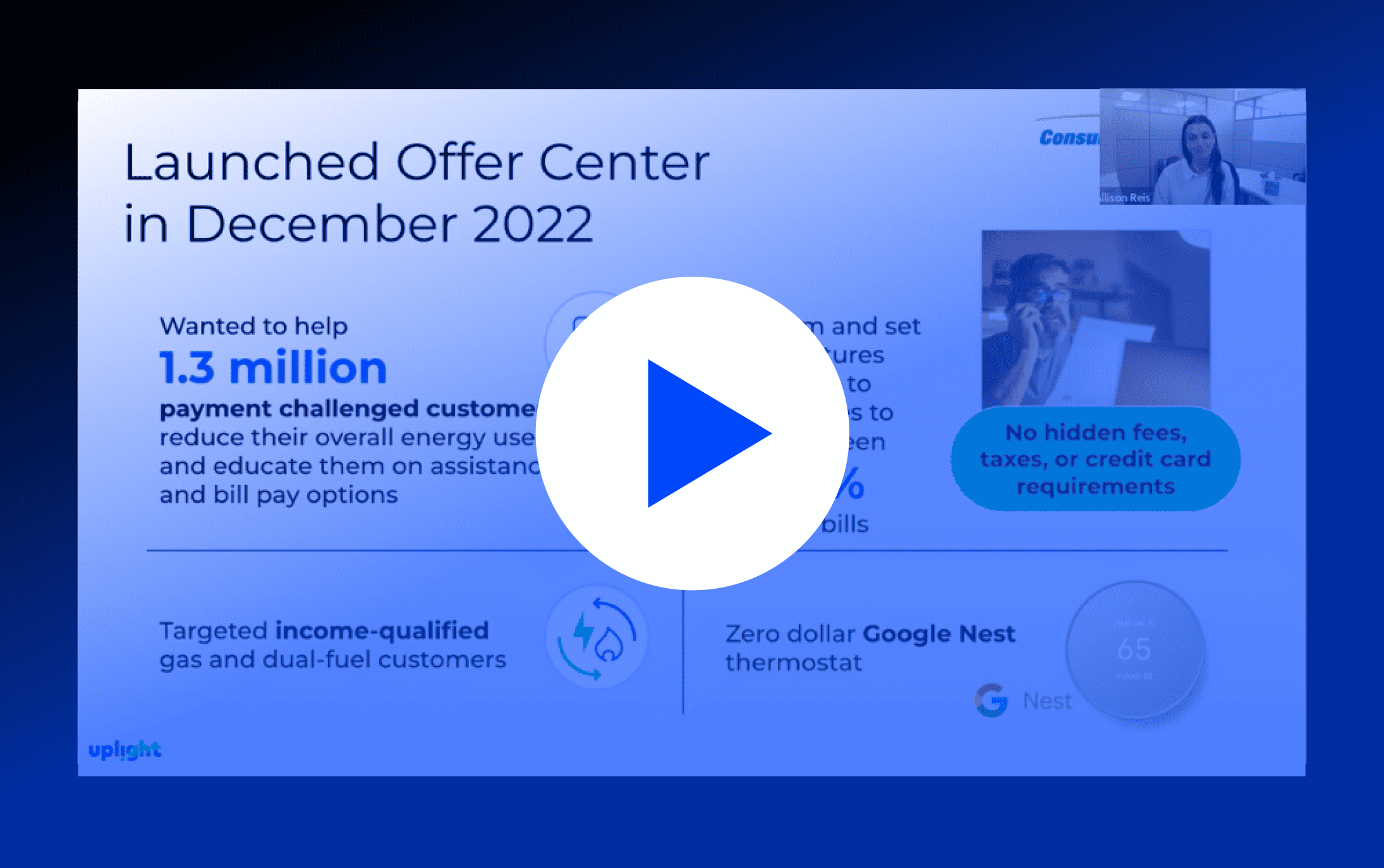
Video Customer Engagement +1
Establishing Equitable Energy Solutions: Consumer Energy Helps Income-Qualified Customers Save with Offer CenterLearn how Consumers Energy utilized Uplight’s Offer Center to create a frictionless and effortless ecommerce experience.

Press Release Electric Vehicles
The Impact of EV Charging on the GridPower Magazine on July 20th, 2023
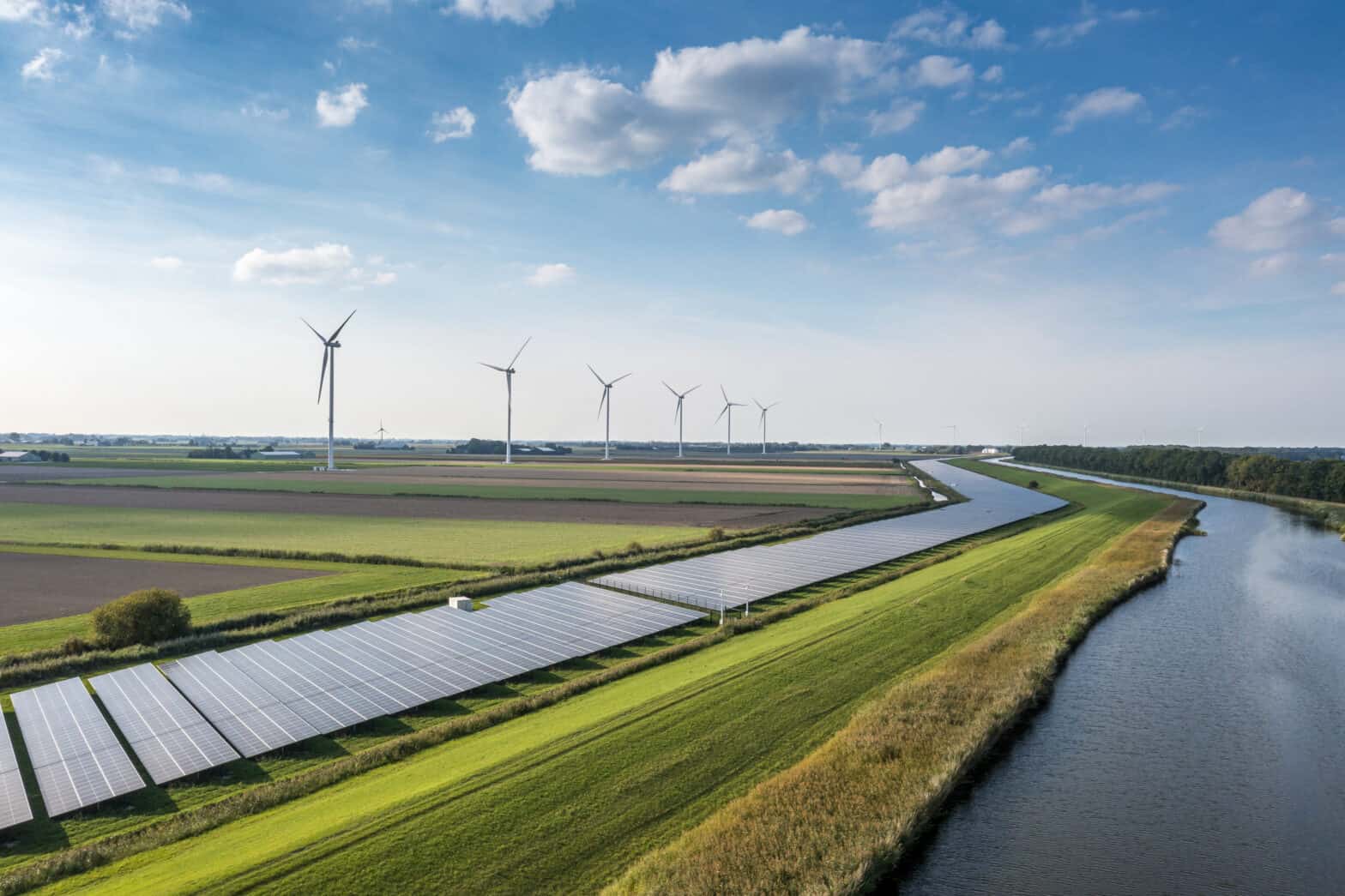
Blog
4 Questions with Laura Tajima: The Role of Rates in Fighting Climate ChangeBy GridX on July 19, 2023

Press Release
Artificial Intelligence and Machine Learning Are Silently Saving Our Energy GridAiThority on July 12th, 2023

Blog Demand Management
New eBook: Unlocking Load Flexibility PotentialBy Kate Devitt on July 6, 2023

Blog
4 Proven Models for Accelerating Growth with Grid-Scale StorageBy Uplight Staff Writer on July 5, 2023

Press Release
Unleashing the Powerhouse: Unveiling the Mighty Role of AI in Energy ManagementAithority on June 30th, 2023
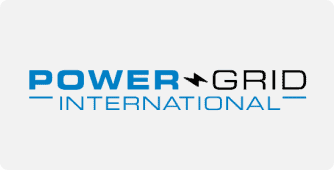
Press Release
Open standards are the key to scaling VPPsPower Grid International on June 29th, 2023
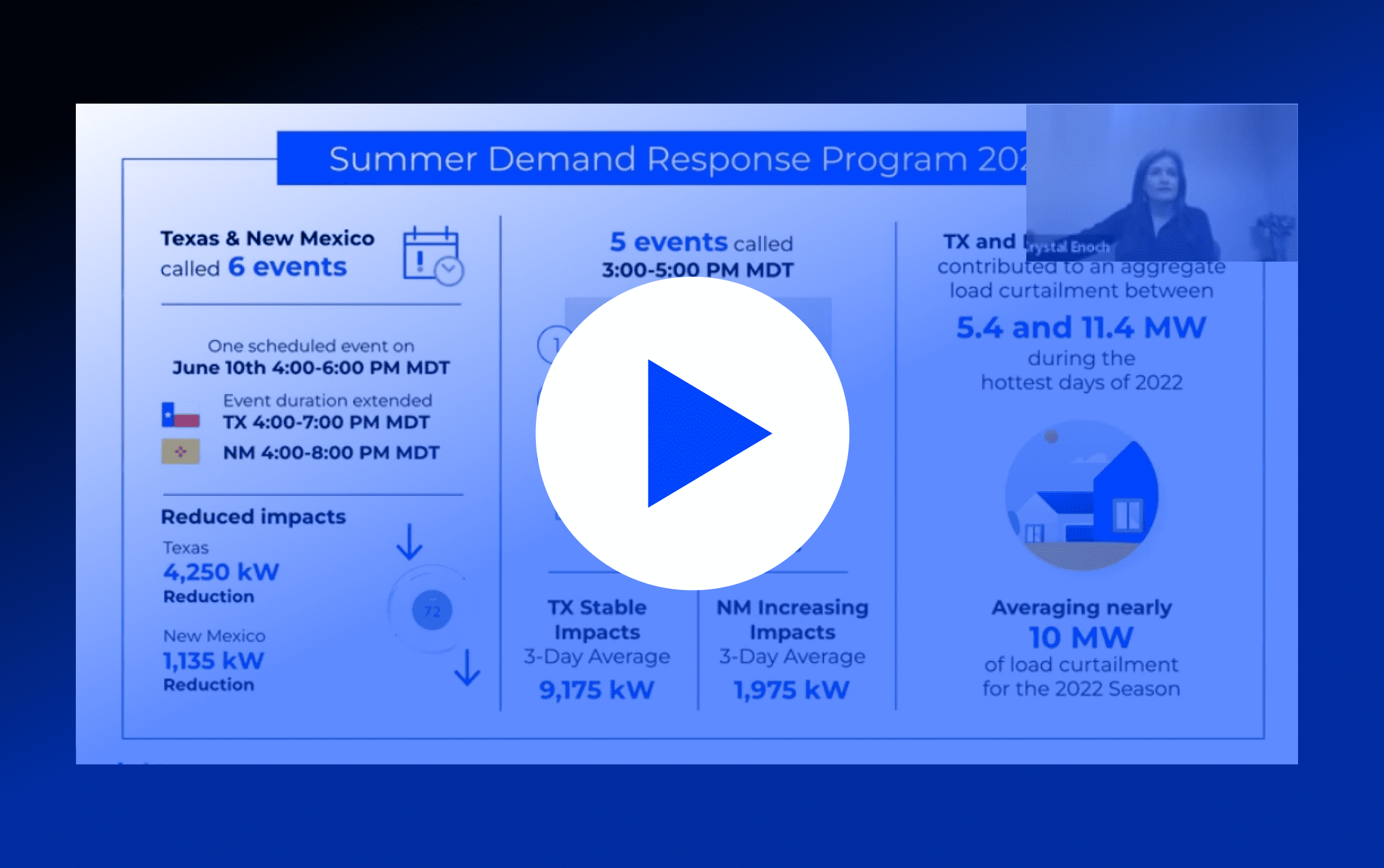
Video Demand Management
Avoiding Heatwave Havoc: El Paso Electric Boosts Grid Resiliency with Uplight’s Demand ResponseLearn how El Paso Electric mastered the art of building critical load flexibility without compromising on customer comfort, even in the face of triple-digit temperatures.

Case Study LMI Customers
Consumers Energy Helps Customers Weather Winter with Offer CenterLearn how Consumers Energy is enabling income-qualified customers to save an average 10-15% on their bills.
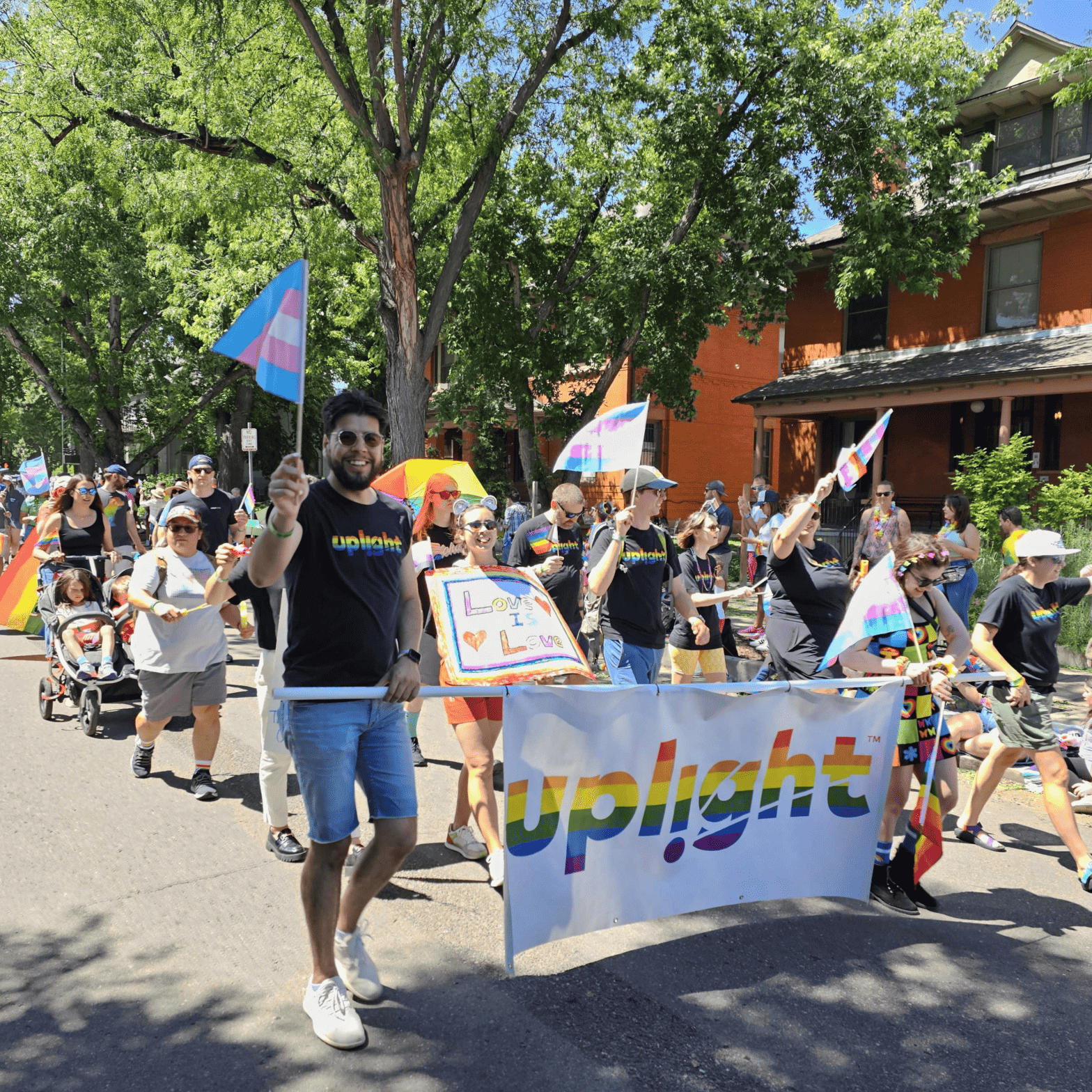
Blog
Uplight's PRISM Celebrates the LGBTQIA+ Community in Pride Month and BeyondBy Josie Cool on June 27, 2023
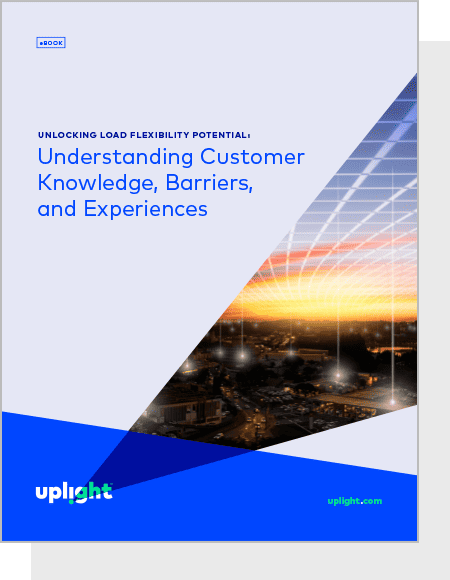
eBook Customer Research +1
Unlocking Load Flexibility Potential: Understanding Customer Knowledge, Barriers, and ExperiencesUncover seven key takeaways for utilities to unlock the full potential of load flexibility.
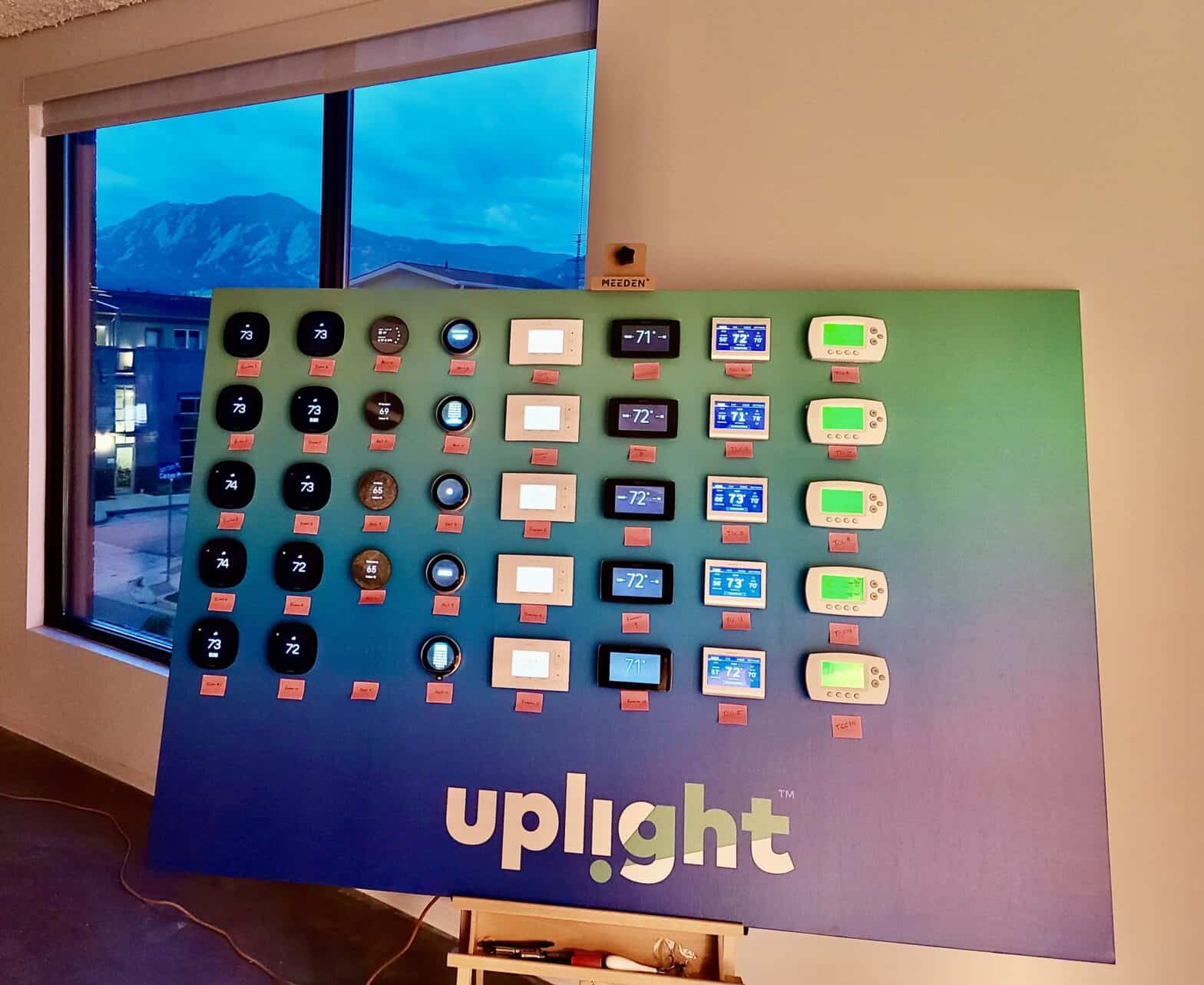
Blog Demand Management
Uplight Builds its First-ever Orchestrated Energy Testing Wall to Improve Software QualityBy Kate Devitt on June 22, 2023

Blog Demand Management
5 Best Practices for Your Utility Demand Response ProgramBy Rachel Henderson on June 21, 2023

Blog Demand Management +1
ERCOT Heat Wave Is No Sweat for AI-Powered DERMSBy Uplight Staff Writer on June 20, 2023

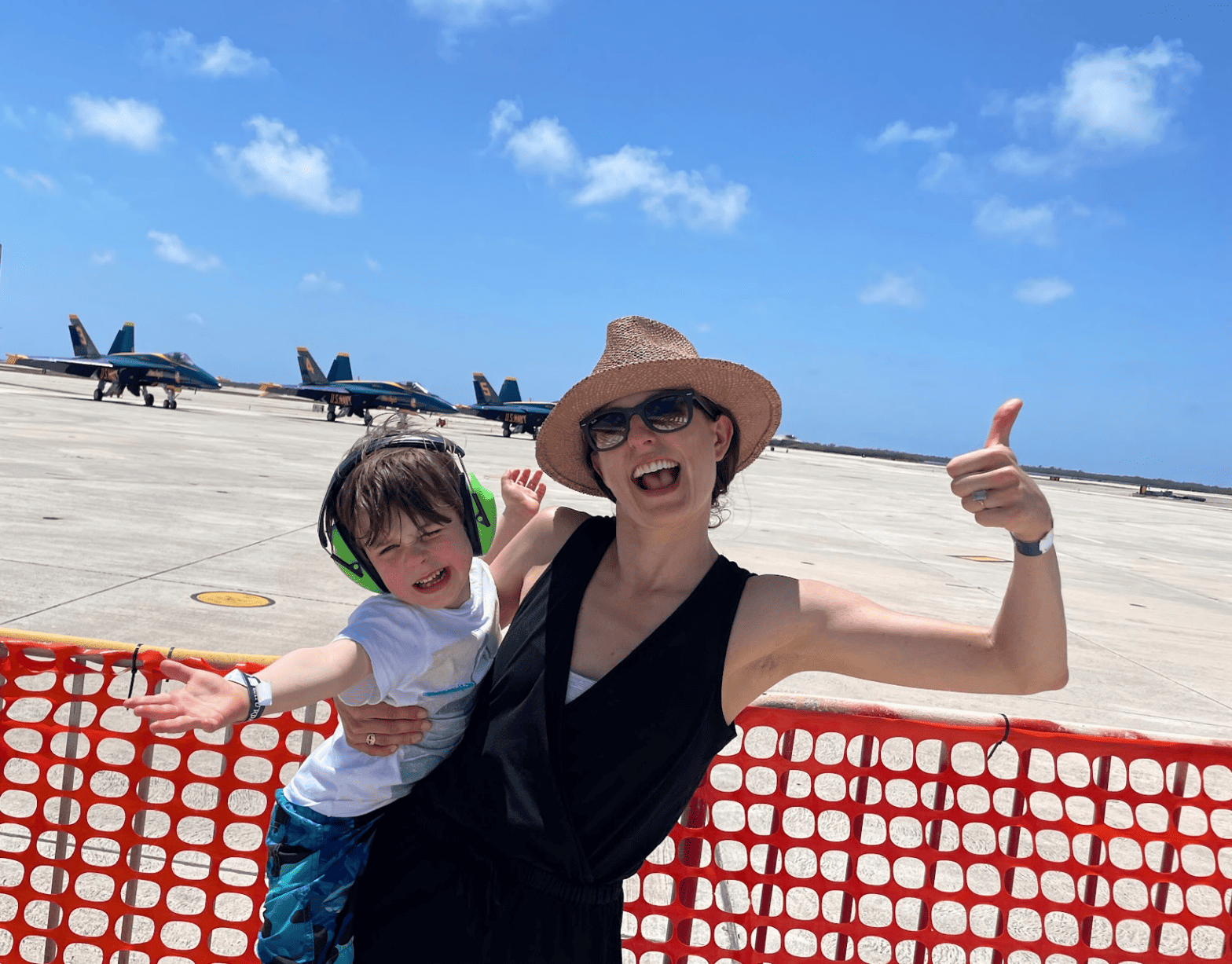
Blog
Introducing Hannah Bascom, Uplight's Chief Market Innovation OfficerBy Crystal Leaver on June 8, 2023
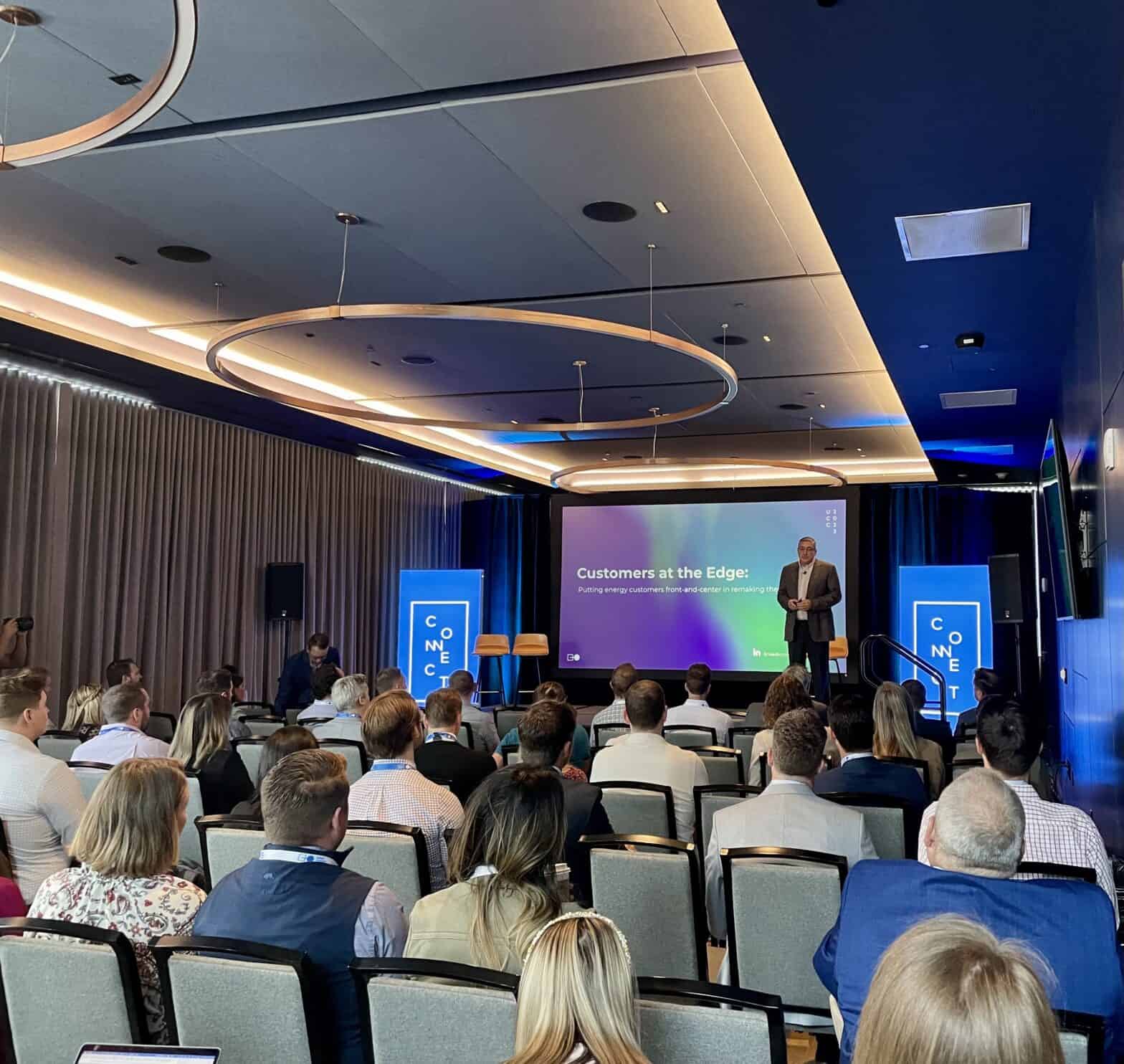
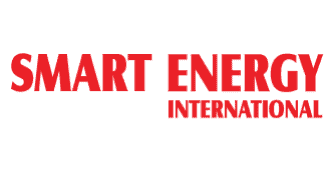
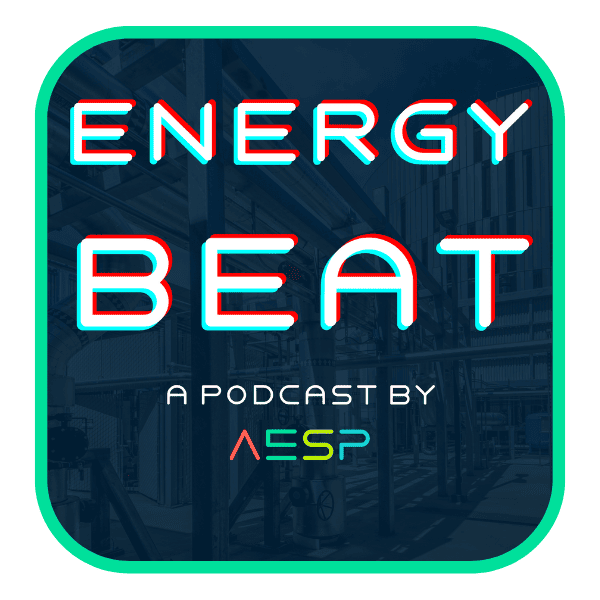
Press Release
Energy Beat Podcast Do Energy Customers Trust You? We Have the Data.Podcast - Energy Beat on May 25th, 2023

Press Release
How Databricks and Google Cloud Enable Uplight to Deliver Energy Analytics Solutions EfficientlyGoogle Cloud on May 19th, 2023
Press Release
How Databricks and Google Cloud Enable Uplight to Deliver Energy Analytics Solutions EfficientlyPress Release on May 19th, 2023
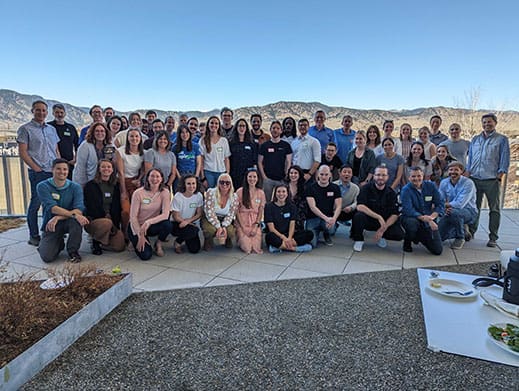
Blog Demand Management
[Video] Uplight Kicks off the Demand Response Summer SeasonBy Crystal Leaver on May 17, 2023
Press Release
Uplight Announces New Members of its Senior Leadership TeamPress Release on May 17th, 2023
Press Release
Schneider Electric Empowers Businesses to Achieve Resilience and a Path to Net Zero with EcoStruxure Microgrid FlexPress Release on May 16th, 2023
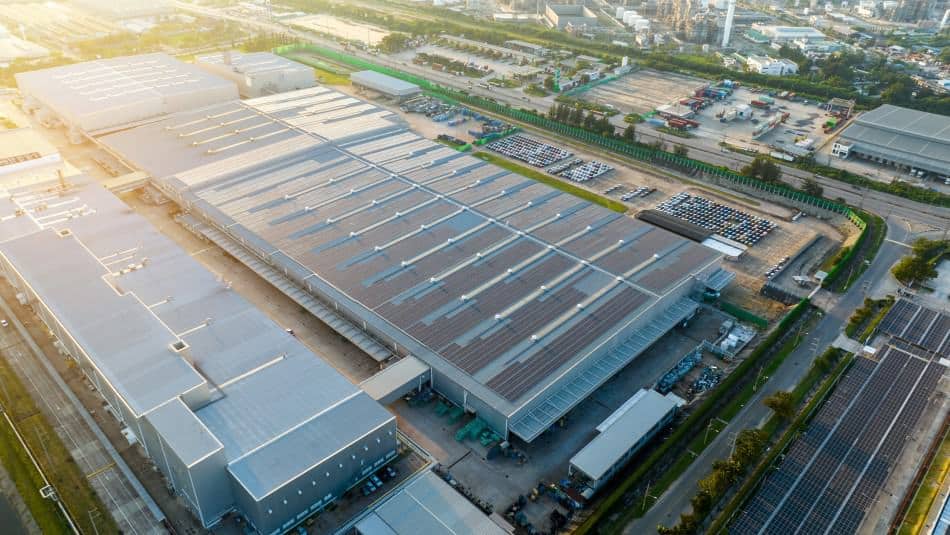
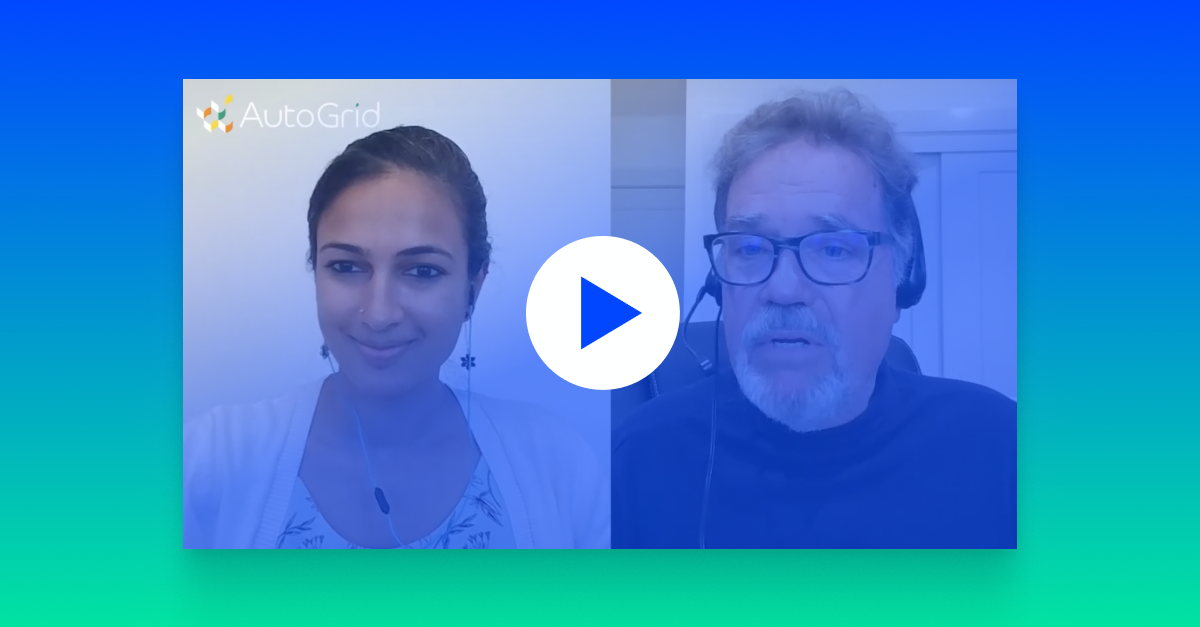
Podcast Virtual Power Plants
Enabling DERs and VPP: The Future of Energy and the Role of Regulatory PolicyEnabling DERs and VPP: The Future of Energy and the Role of Regulatory Policy
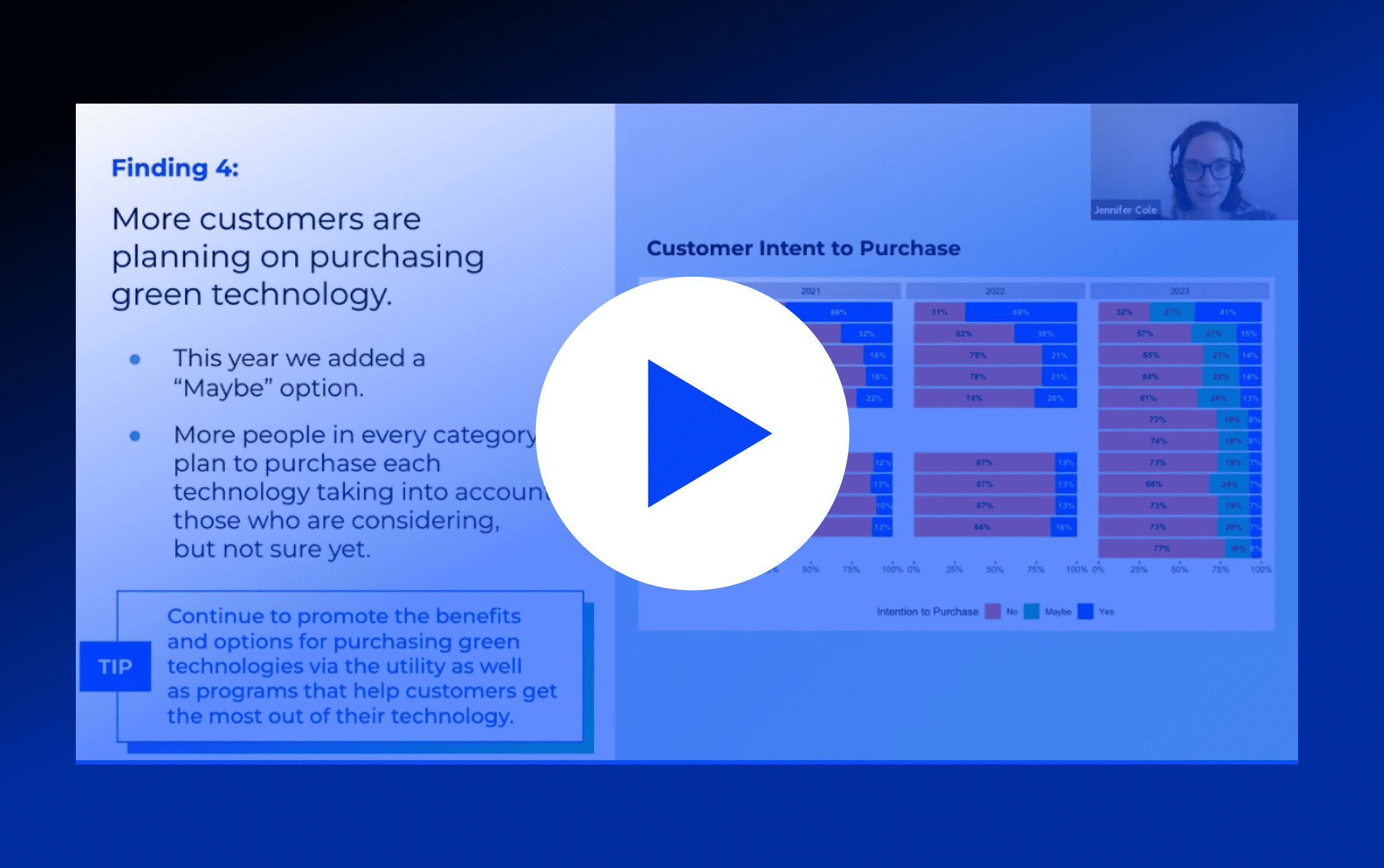
Video Customer Research
Fourth Annual Uplight Voice of the Energy Customer Research: Is the Engagement Gap Increasing?Leverage our findings to close the engagement gap to engage and translate energy customer satisfaction into action.
Press Release
Veteran Sales Leader Scott McClintock Promoted to Lead Uplight’s Sales OrganizationPress Release on May 11th, 2023
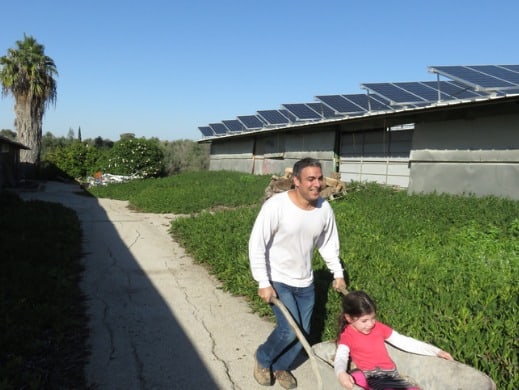
Blog Demand Management +1
Earth Day Yields Continued Momentum for Grid Edge Connected Devices and Demand Side SolutionsBy Courtney Staufer on May 9, 2023
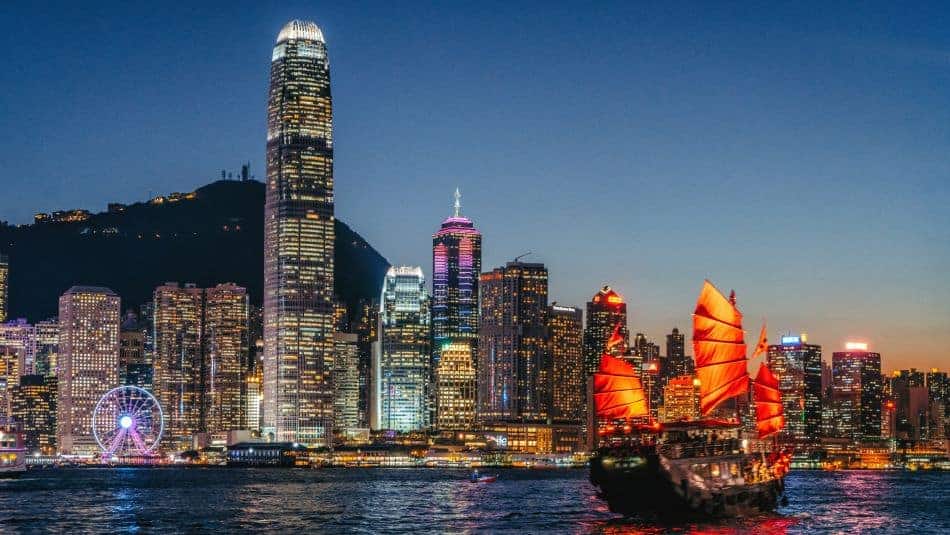
Blog Demand Management +1
Fast Company Honors CLP Power for Beating the Heat in Hong KongBy Uplight Staff Writer on May 3, 2023
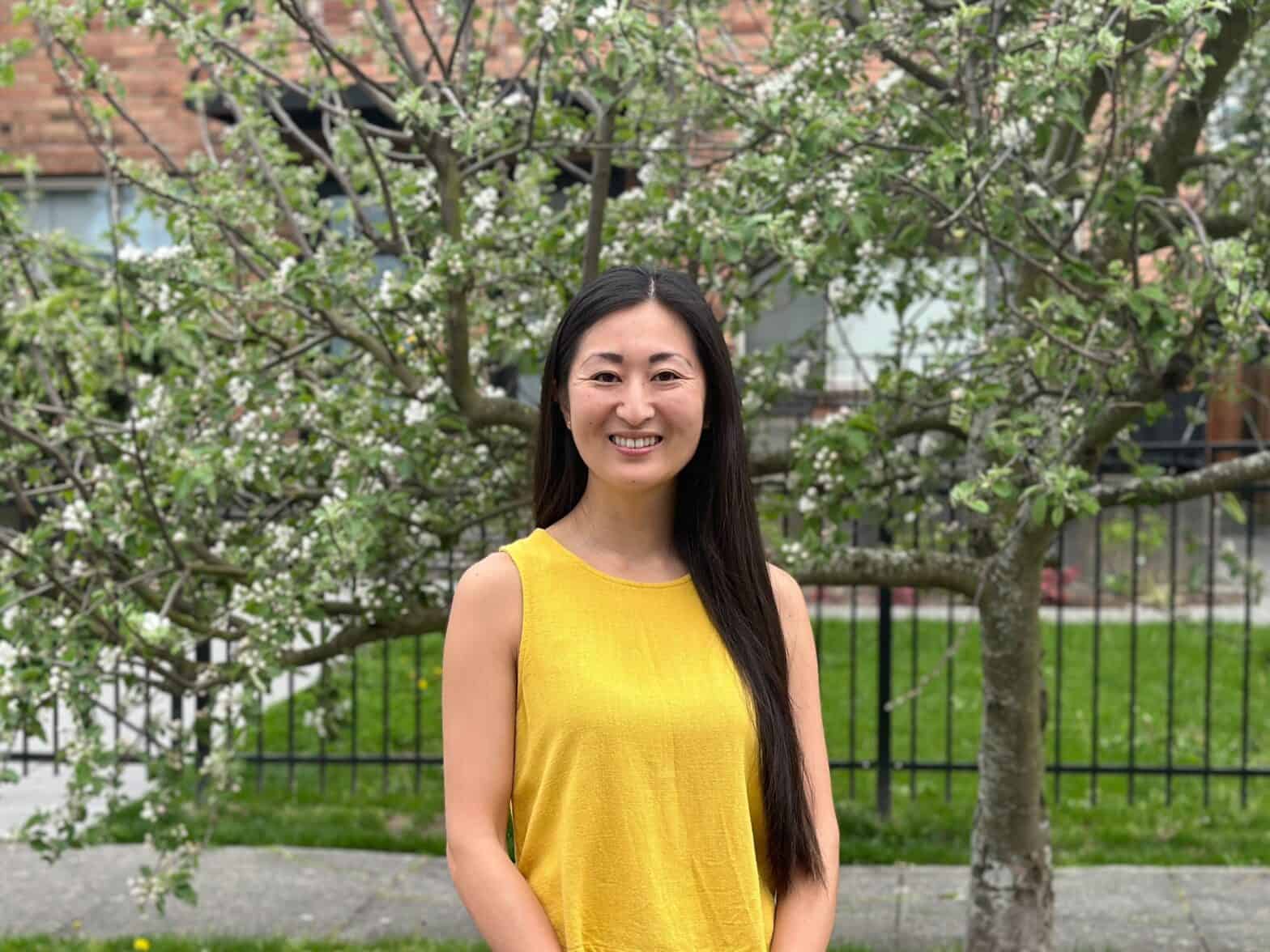
Blog Sustainability / B Corp
Congrats, Momo Nakamura, Built In Moxie Award WinnerBy Crystal Leaver on May 1, 2023

Press Release
Utilizing Data Is Key for Top Grid, Power Plant PerformancePower Magazine on May 1st, 2023

Video DERMS
The DERMS Dividend: Unlocking New Revenue and Optimizing Energy NetworksThe DERMS Dividend: Unlocking New Revenue and Optimizing Energy Networks

Blog Electric Vehicles
Telematics: Building a Robust EV Solution EcosystemBy Uplight Staff Writer on April 26, 2023
Press Release Sustainability / B Corp
As Utilities Aim to Manage Demand on Grid, Uplight Enrolls Record Number of Consumers in Energy Programs to Accelerate Energy TransitionPress Release on April 26th, 2023
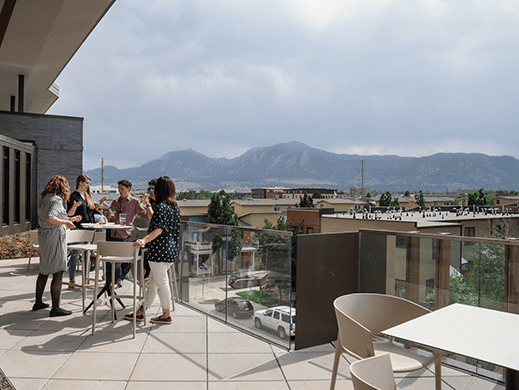
Blog Sustainability / B Corp
Uplight Recertified as a B Corp, Boosting Score by 35%By Crystal Leaver on April 26, 2023
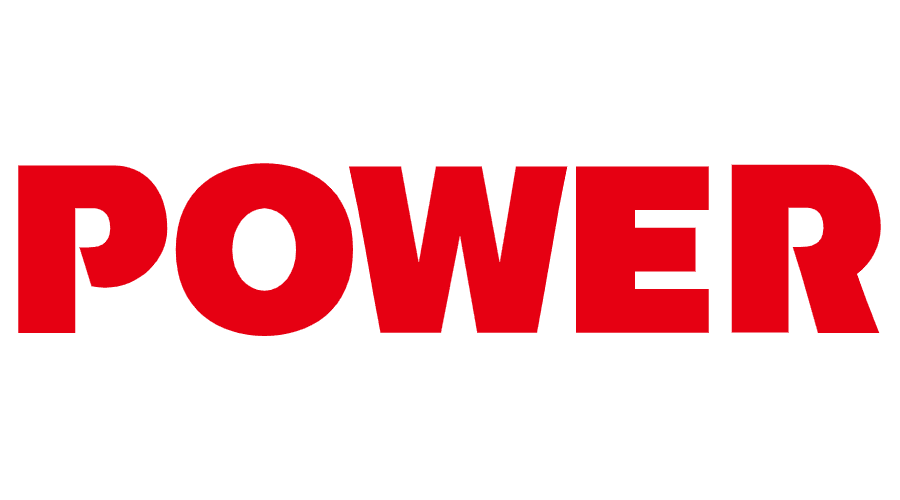
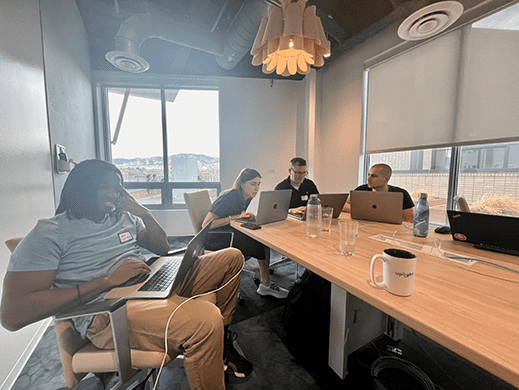
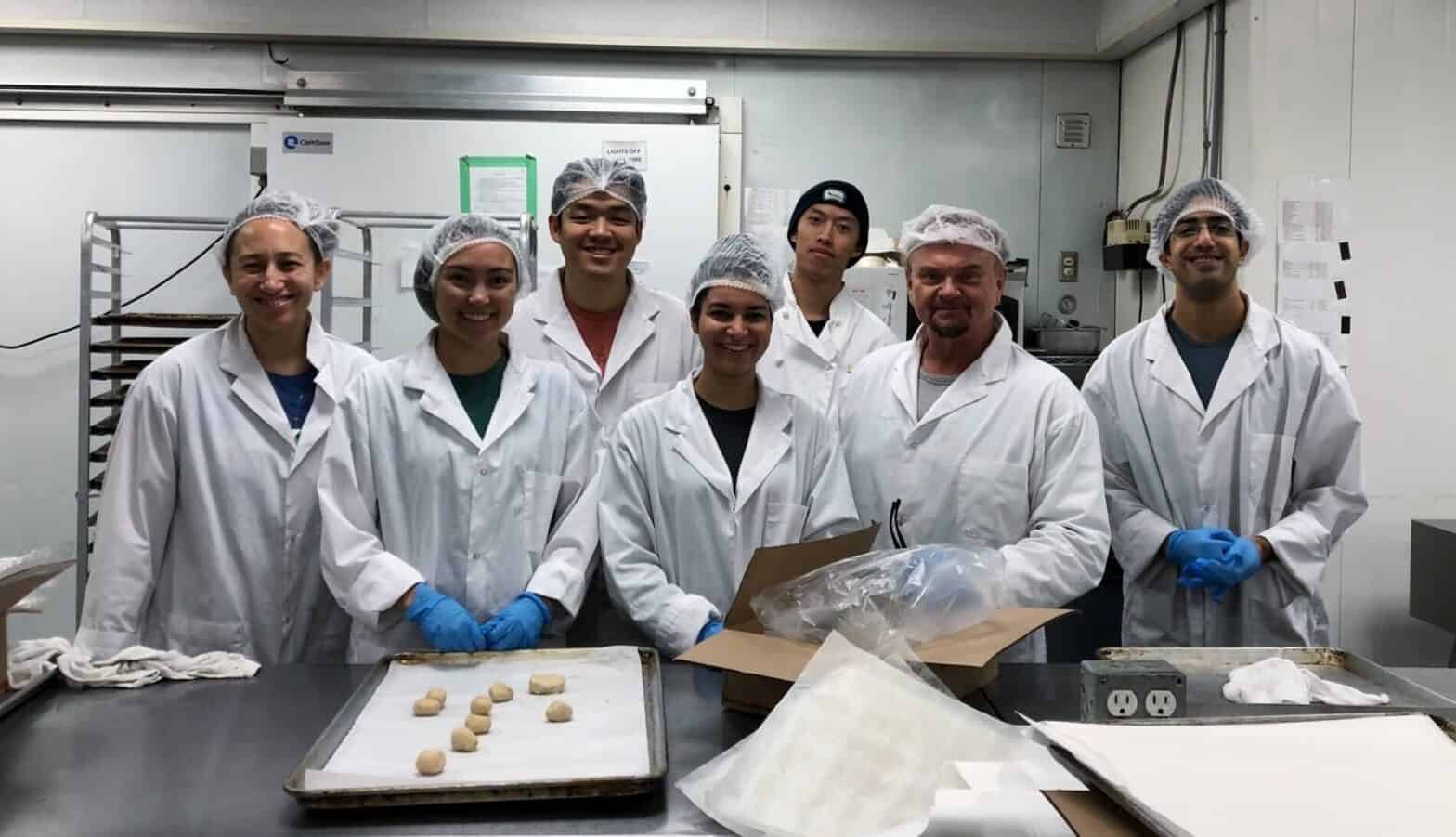
Blog Sustainability / B Corp
TeamUP! Volunteer Program at UplightBy Crystal Leaver on April 21, 2023

Blog Virtual Power Plants
Stepping Up to Support Open Standards for Scaling VPPsBy Uplight Staff Writer on April 20, 2023
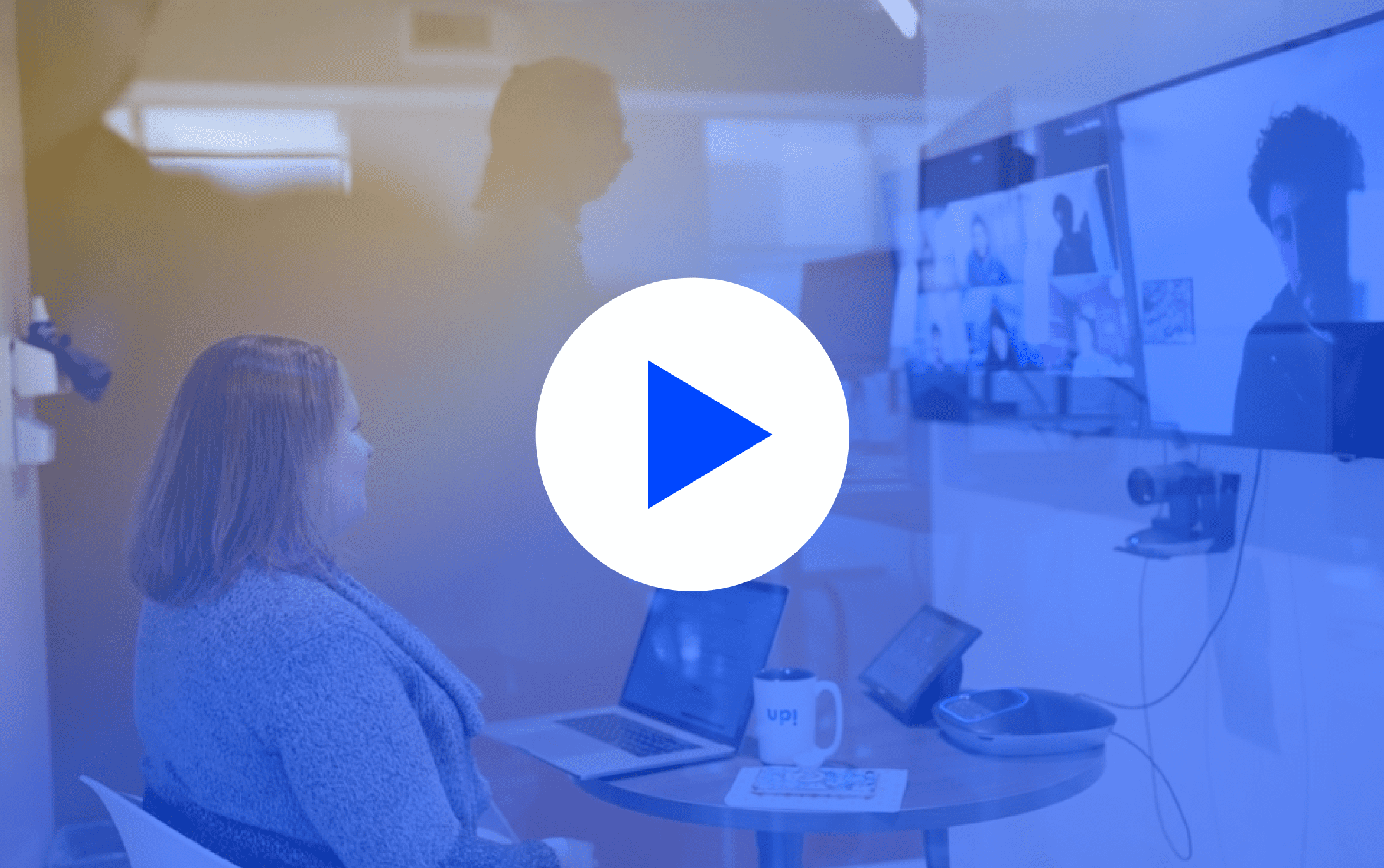
Video Sustainability / B Corp
Why We Work at Uplight, a B CorpWatch the video to hear what our employees have to say.
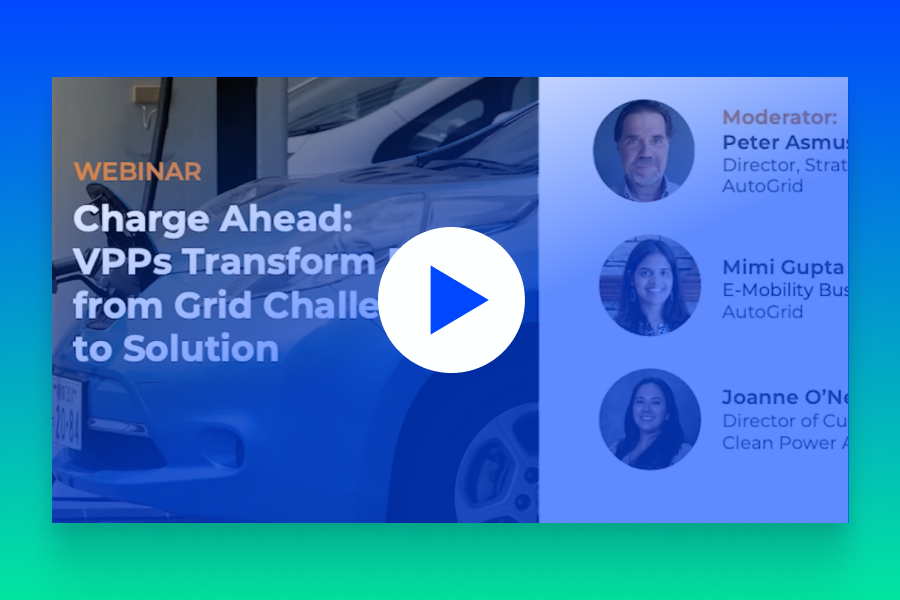
Video Electric Vehicles
Charge Ahead: VPPs Transform EVs from Grid Challenge to SolutionCharge Ahead: VPPs Transform EVs from Grid Challenge to Solution

Podcast Virtual Power Plants
Open Up Flexible Potential With a Diverse, Connected Energy EcosystemOpen Up Flexible Potential With a Diverse, Connected Energy Ecosystem

Blog Electric Vehicles
Uplight Featured in SEPA’s Managed Charging ReportBy Crystal Leaver on March 29, 2023

Press Release Demand Management
Align Needs of Utilities & Energy Customers to Tackle Extreme Weather EventsDaily Energy Insider on March 29th, 2023
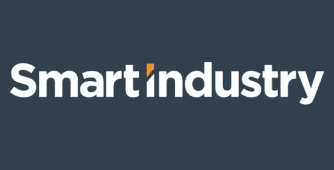
Press Release
How Electric Vehicles Can Enable Grid Resiliency and Real DecarbonizationSmart Industry on March 27th, 2023
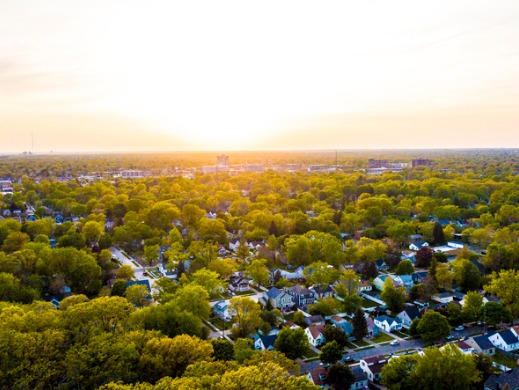
Blog Demand Management
Consumers Energy Provides Free Smart Thermostats w/ DR EnrollmentBy Crystal Leaver on March 27, 2023
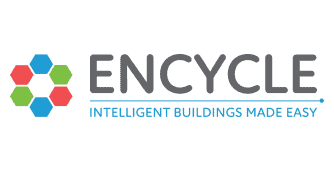
Press Release
AutoGrid Partners with Encycle to Extend Utility-Scale Virtual Power Plants Using Swarm Logic® Technology for Grid ModernizationEncycle on March 20th, 2023


Press Release
AutoGrid Unveils Cutting-Edge EV Grid Services Solution to Help Utilities Spur Adoption and Attain Sustainability GoalsPress Release on March 14th, 2023

Press Release Electric Vehicles
EV Data Vital to Manage Demand on the Electrical GridElectric Vehicle Charging & Infrastructure on March 8th, 2023

Press Release Electric Vehicles
Uplight's Role in Electric-Vehicle ChargingWards Auto on March 8th, 2023

Press Release
Uplight and Rolling Energy Resources Driving EV ChargingPublic Utilities Fortnightly on March 2nd, 2023
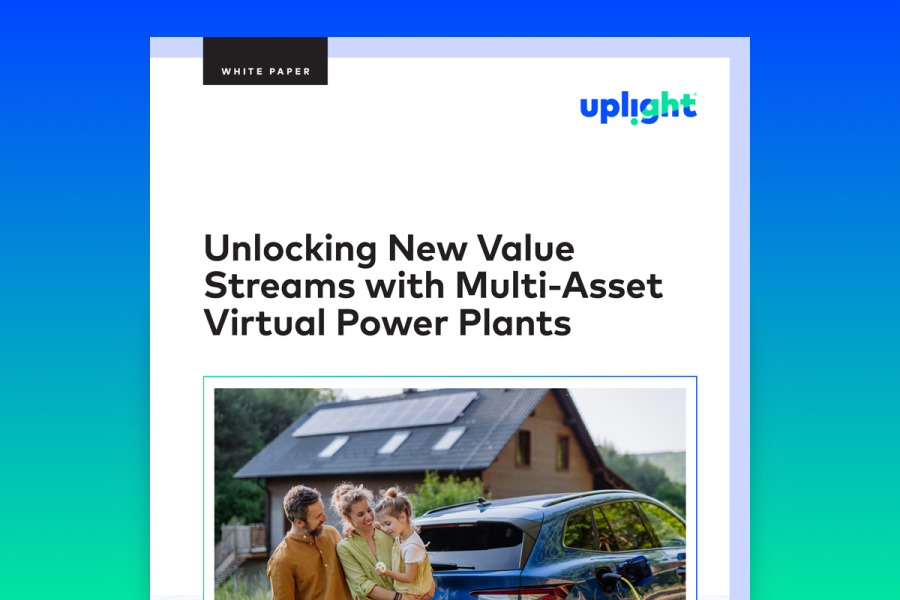
White Paper Virtual Power Plants
Unlocking New Value Streams with Multi-Asset Virtual Power PlantsUnlocking New Value Streams with Multi-Asset Virtual Power Plants
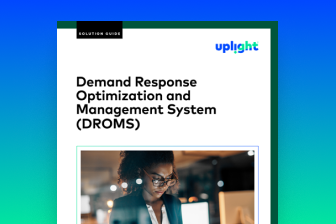
Brief Demand Management
Demand Response Optimization and Management System (DROMS)Demand Response Optimization and Management System (DROMS)
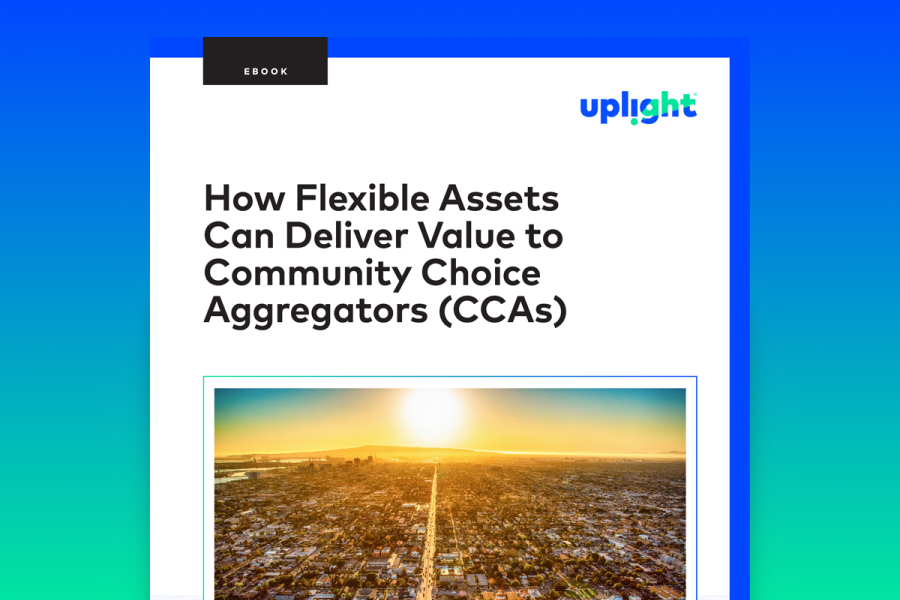
eBook DERMS
How Flexible Assets Can Deliver Value to CCAsHow Flexible Assets Can Deliver Value to CCAs
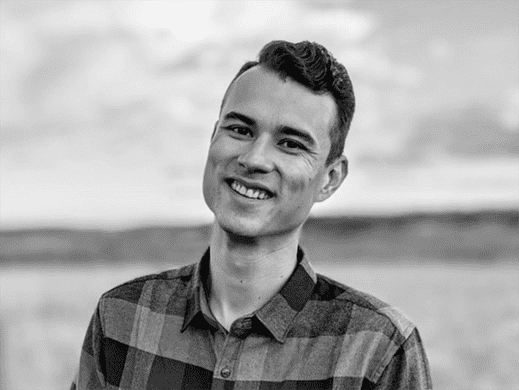
Blog Demand Management
Get to Know Uplight's Devices Team with David HuangBy Crystal Leaver on February 14, 2023
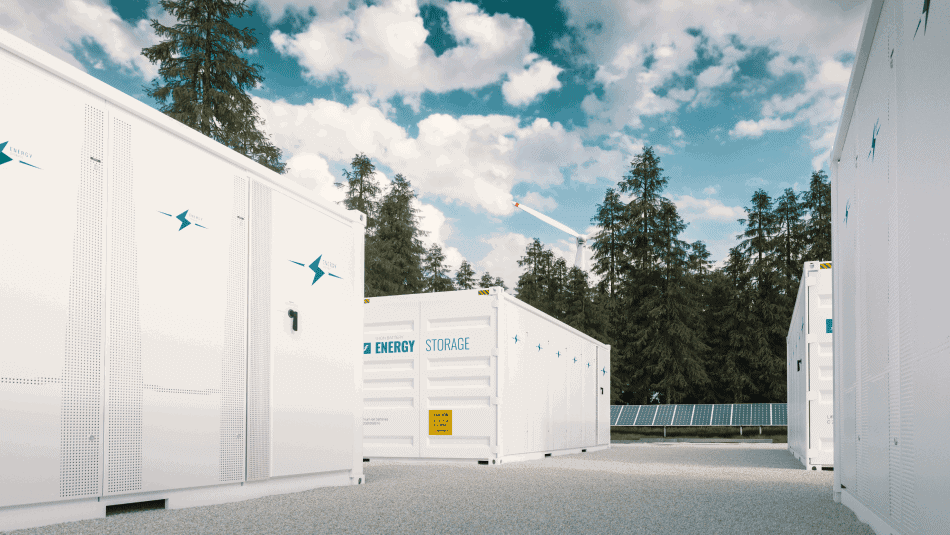
Blog
Optimizing Aging Batteries for the Grid of the FutureBy Uplight Staff Writer on February 14, 2023

Blog Demand Management
The Growing Need for Winter Load FlexibilityBy Rachel Henderson on February 14, 2023

Video DERMS
Radical Resilience: Building an Adaptive Energy Grid with DERMS and VPPRadical Resilience: Building an Adaptive Energy Grid with DERMS and VPP
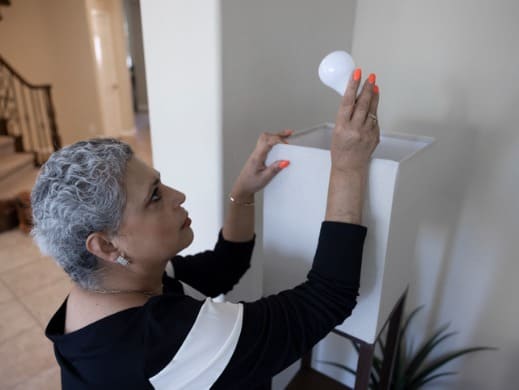
Blog LMI Customers
Congratulations to Evergy, SECC Best Practice Award Winner!By Crystal Leaver on February 8, 2023
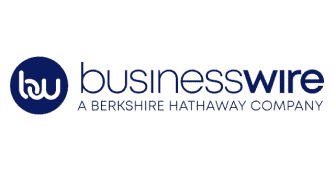
Press Release
SWTCH Energy and AutoGrid Partner to Integrate Multi-Tenant EV Chargers into Demand Response ProgramsBusinesswire on February 6th, 2023
Press Release
Tata Power and AutoGrid Expand AI-enabled Smart Energy Management in Mumbai, Supporting India’s Net Zero GoalsPress Release on February 1st, 2023
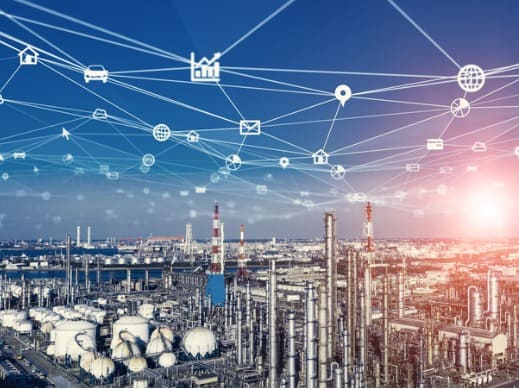
Blog Demand Management
What are Virtual Power Plants?: The ultimate win-win-winBy Don McPhail on January 23, 2023

Blog Demand Management +1
Uplight Research: Why Do Customers Adopt DERs and Enroll in Load Flexibility Programs?By Crystal Leaver on January 19, 2023
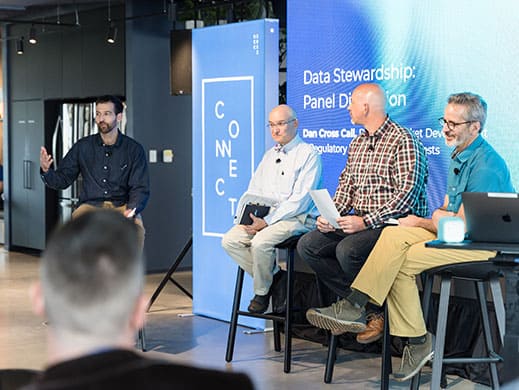
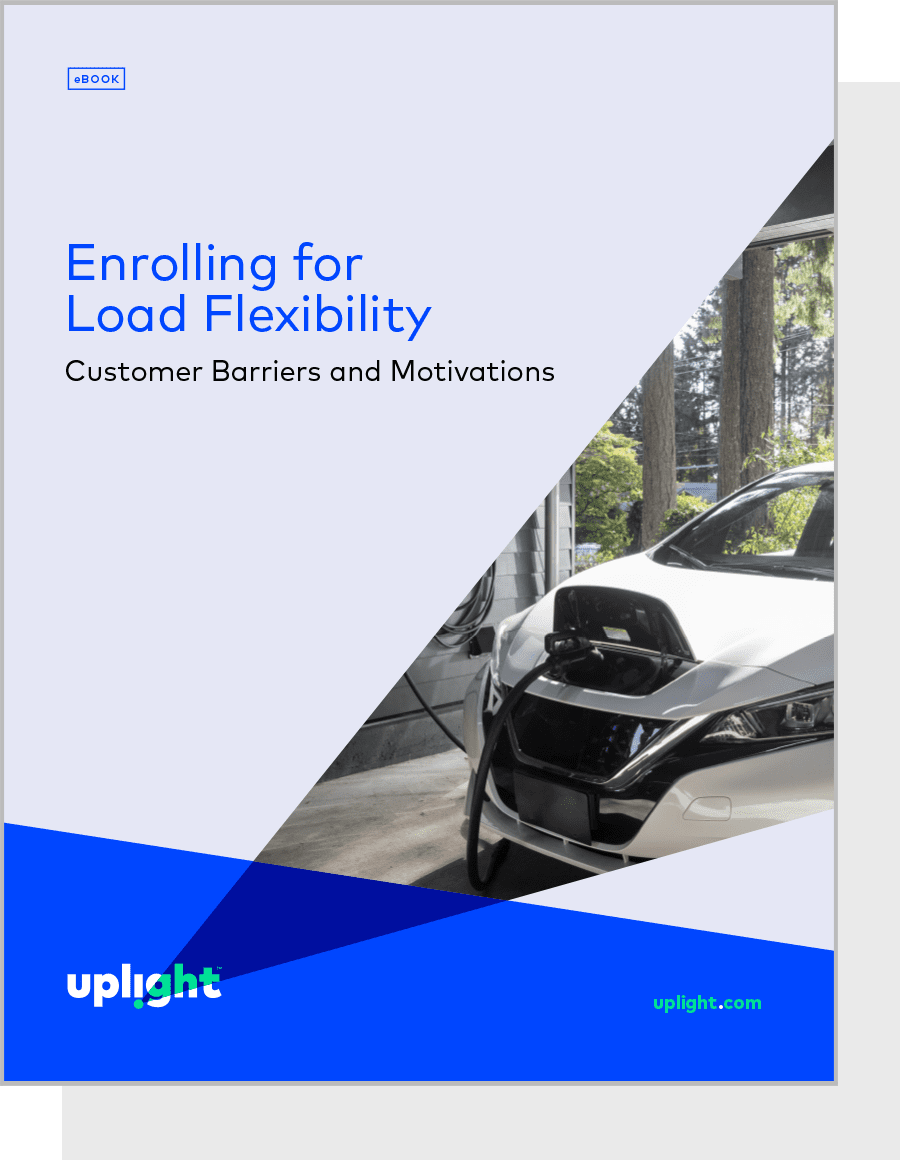
eBook Customer Research +1
Enrolling for Load Flexibility: Customer Barriers and MotivationsUncover 3 ways to motivate customers to enroll in programs.

eBook DERMS
The Download from Down Under: Lessons from Australia's Energy TransitionLessons from Australia's Energy Transition eBook
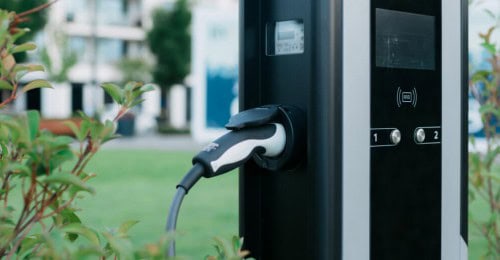
Blog Electric Vehicles
EVs Can Drive Equity into the Energy TransitionBy Uplight Staff Writer on January 16, 2023
Press Release
Uplight Partners with Rolling Energy Resources to Provide Utility Clients Electric Vehicle Charging Insights Directly from Vehicle TelematicsPress Release on January 11th, 2023
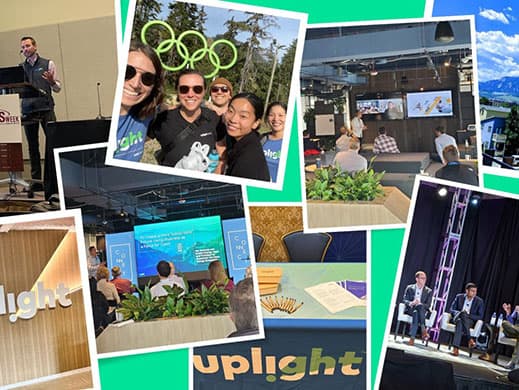
Blog Energy Efficiency
2022 - A Retrospective and 10 Things to CelebrateBy Don McPhail on January 11, 2023

Blog Sustainability / B Corp
Uplight and the B Corp Certification ProcessBy Crystal Leaver on January 9, 2023
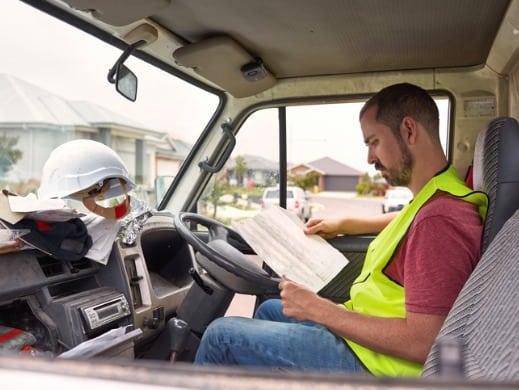
Press Release
Uplight’s Marketplaces Drive Record Utility Program Enrollment Around Holiday Sales SeasonPress Release on December 21st, 2022

Blog Rates Engagement
Takeaways from SECC’s Residential Rates ResearchBy Crystal Leaver on December 14, 2022
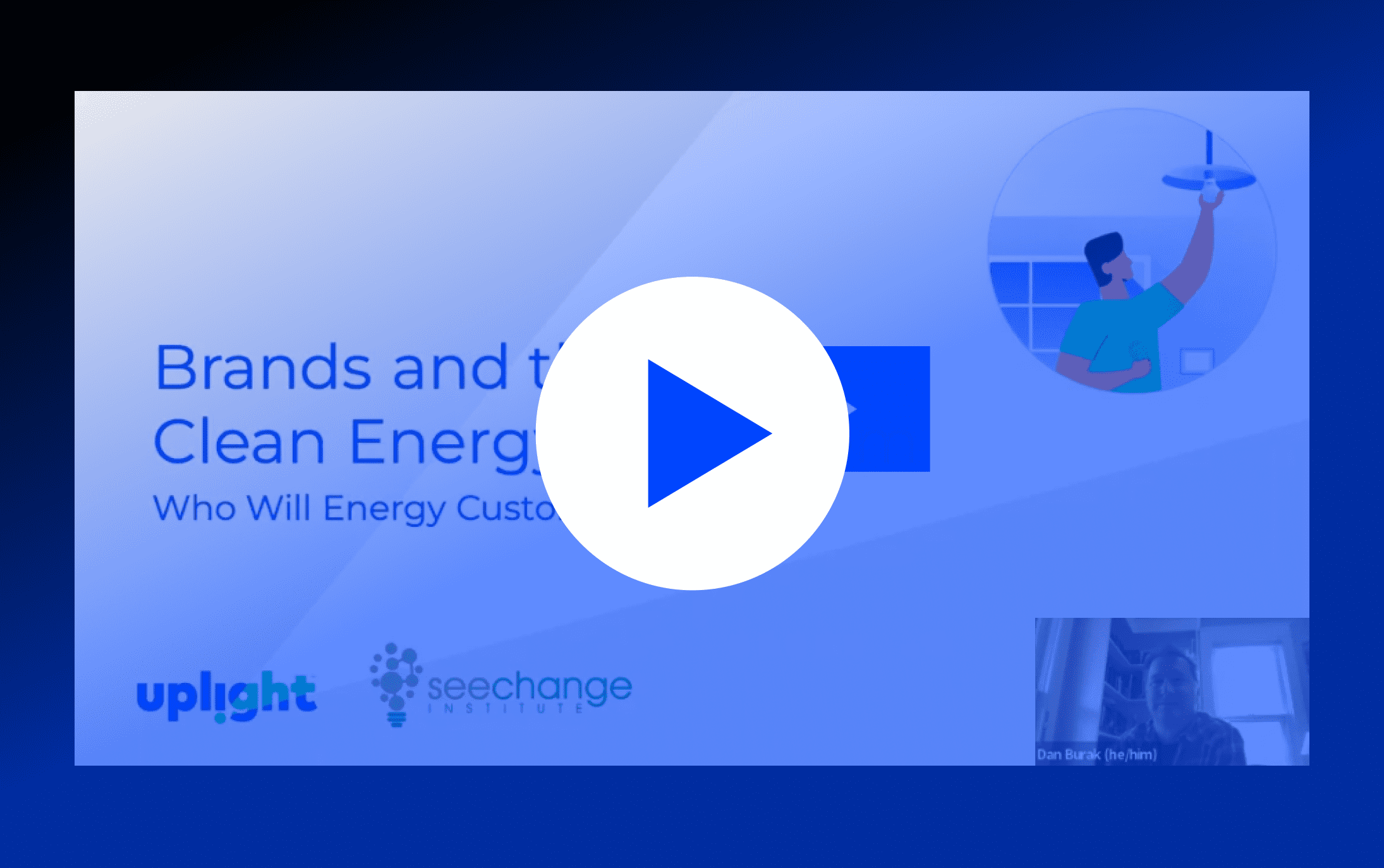
Video Sustainability / B Corp
Expanding the Energy Ecosystem: Who Will Energy Customers Let In?See where utilities rank on customer perceptions of trust, competence, and innovation.
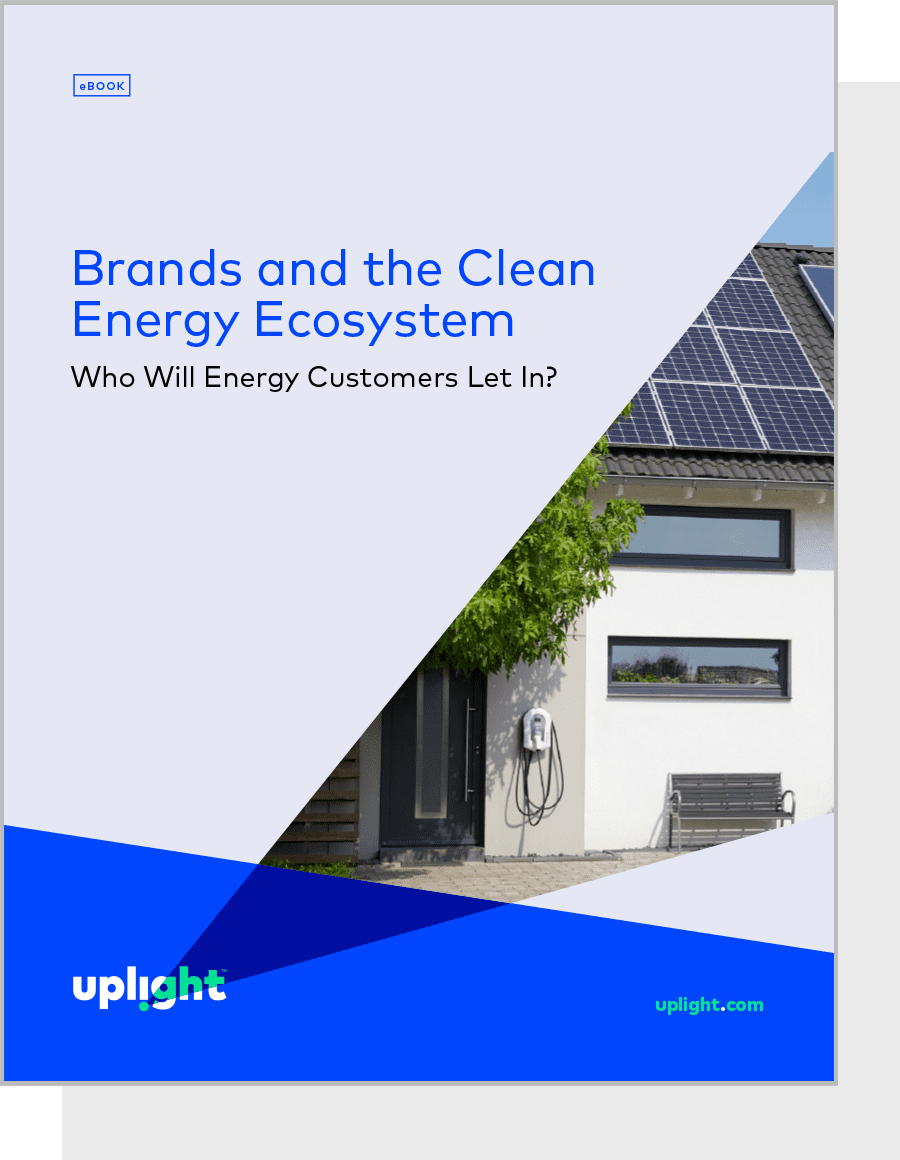
eBook Sustainability / B Corp
Brands and the Clean Energy Ecosystem: Who Will Energy Customers Let In?Mitigate the effects of climate change by expanding your energy ecosystem.
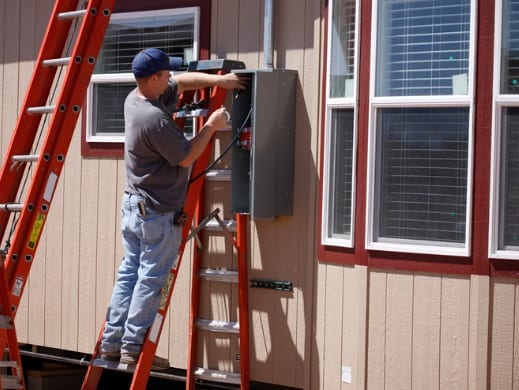
Blog Electric Vehicles
Best Practices for Accelerating EV IncentivesBy Erin D'Amato on November 28, 2022
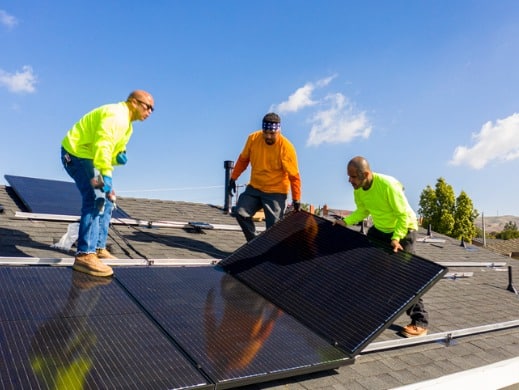
Blog Energy Efficiency
Accelerating Home Electrification with EnergySage and SealedBy Crystal Leaver on November 16, 2022
Press Release
Innovation Alone Not Enough to Grant Companies Access to Consumers’ Homes and the Clean Energy Ecosystem, Uplight’s Research ShowsPress Release on November 4th, 2022
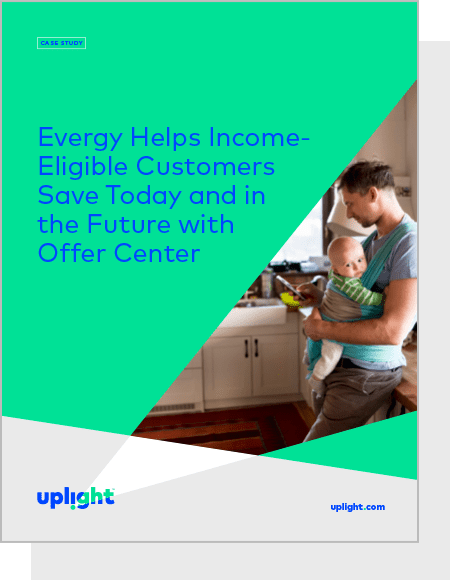
Case Study Customer Engagement +2
Evergy Helps Income Eligible Customers Save Today and in the Future with Offer CenterEvergy discovers a new way to serve income-eligible customers.
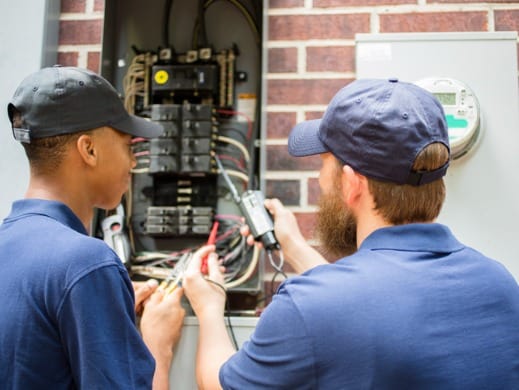
Blog Electric Vehicles
EV Charger Installation Research with EV Owners and ContractorsBy Afton McCann on October 31, 2022

Blog Demand Management
The Importance of the Customer Experience in Delivering Load FlexibilityBy Rachel Henderson on October 27, 2022
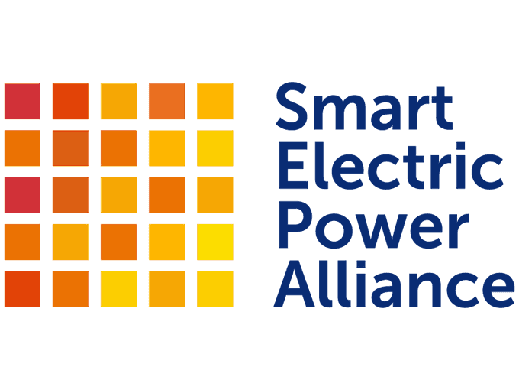
Video Customer Engagement
Duke Energy wins Utility Transformation Program of the Year for their Energy Service Subscription pilot, powered by UplightUplight Client, Duke Energy, wins SEPA's Utility Transformation Program of the Year.

Blog Virtual Power Plants
Australia Leads Again with New Mixed-Asset, Multi-Market VPPsBy Pamoda Wijetunge on October 19, 2022

White Paper Electric Vehicles
EV Fleet Management Value Stacking for VPPsEV Fleet Management Value Stacking for VPPs [White Paper]

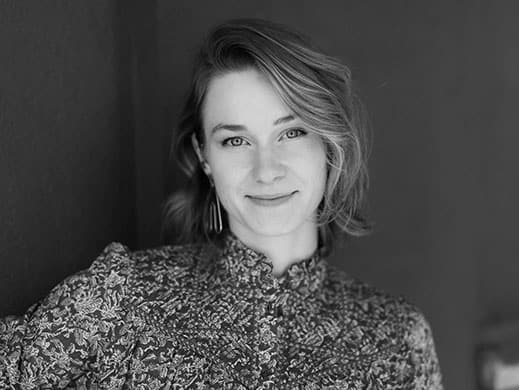
Press Release
Uplight Demand-Side Solutions Deliver and Scale Amid Extreme Summer Weather Straining the GridPress Release on October 6th, 2022
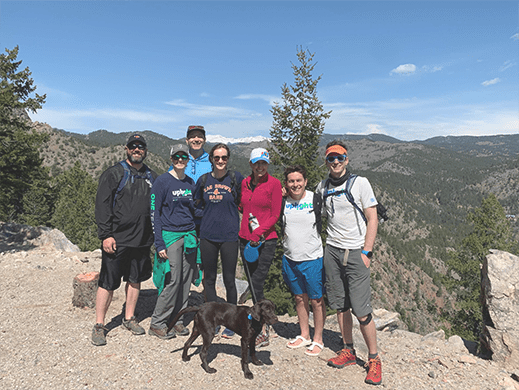
Blog Sustainability / B Corp
Video: Why We Work at Uplight, a B CorpBy Crystal Leaver on October 5, 2022

Brief Virtual Power Plants
Virtual Power Plant Platform for AustraliaVirtual Power Plant Platform for Australia [Solution Guide]

Blog Customer Engagement +1
Helping Customers Weather the Recession with MarketplaceBy Crystal Leaver on October 3, 2022
Press Release
Uplight Announces Energy Industry Veteran Luis D’Acosta as CEO to Lead Company in its Next Phase of GrowthPress Release on September 29th, 2022
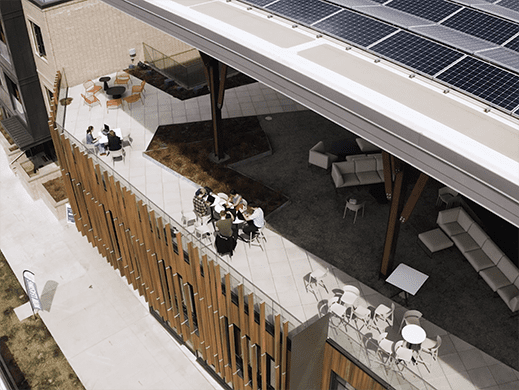
Blog Sustainability / B Corp
Uplight's Social and Environmental Impact in 2021By Crystal Leaver on September 26, 2022

Blog Customer Engagement
Duke Energy wins SEPA Utility Transformation Program of the Year with Their Subscription PilotBy Crystal Leaver on September 22, 2022
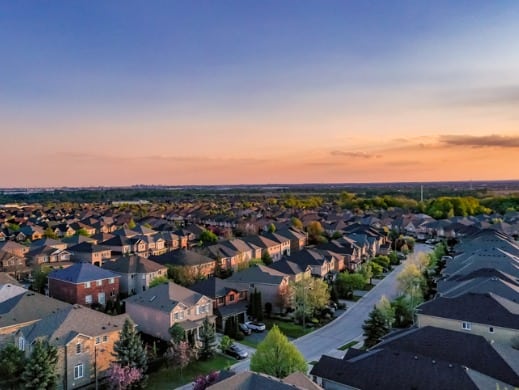
Blog Energy Efficiency
New Research: Energy Use Comparisons in Home Energy ReportsBy Elizabeth Korb on September 22, 2022
Press Release Electric Vehicles
Uplight Launches EV Solution Suite to Enable EV Adoption Amid Energy TransitionPress Release on September 22nd, 2022

Blog Demand Management
California’s Heat Wave and The Grid: Demand Response in ActionBy Rachel Henderson on September 9, 2022
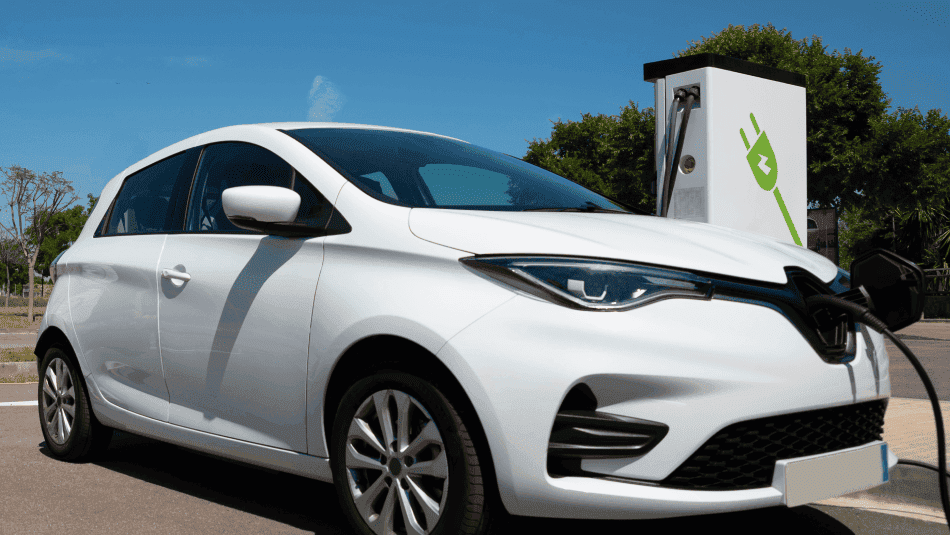
Blog Electric Vehicles +2
Inflation Reduction Act: A Boon for VPP IndustryBy Peter Asmus on August 29, 2022

Blog Demand Management
Are Default Energy Device Schedules Doing More Harm Than Good?By Rachel Henderson on August 26, 2022


Blog Energy Efficiency
How BEE Fits in ACEEE’s Roadmap for Climate EfficiencyBy Alex Lopez on August 15, 2022

Blog Business Customers +1
Hear from SMBs About Their Rates ExperienceBy Crystal Leaver on August 10, 2022

Blog Business Customers
Why SMBs are Stuck in Their Current Rate and What Utilities Can Do About ItBy Crystal Leaver on August 8, 2022
Press Release
Uplight's Own Featured on Digital: Disrupted Podcast: Can Software Help Solve Today’s Climate Crisis?Press Release on August 4th, 2022

Press Release
Uplight Named to Fast Company’s Fourth Annual List of the 100 Best Workplaces for InnovatorsPress Release on August 2nd, 2022
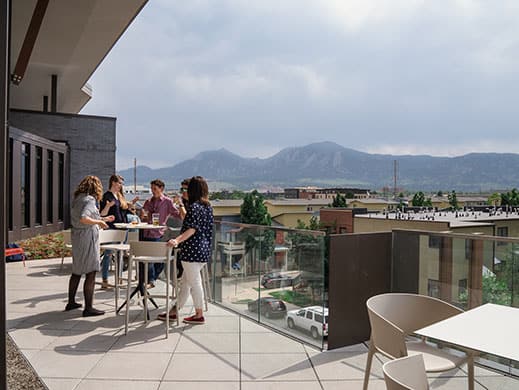
Blog
Uplight Wins Environment + Energy Leader and Fast Company AwardsBy Crystal Leaver on August 2, 2022
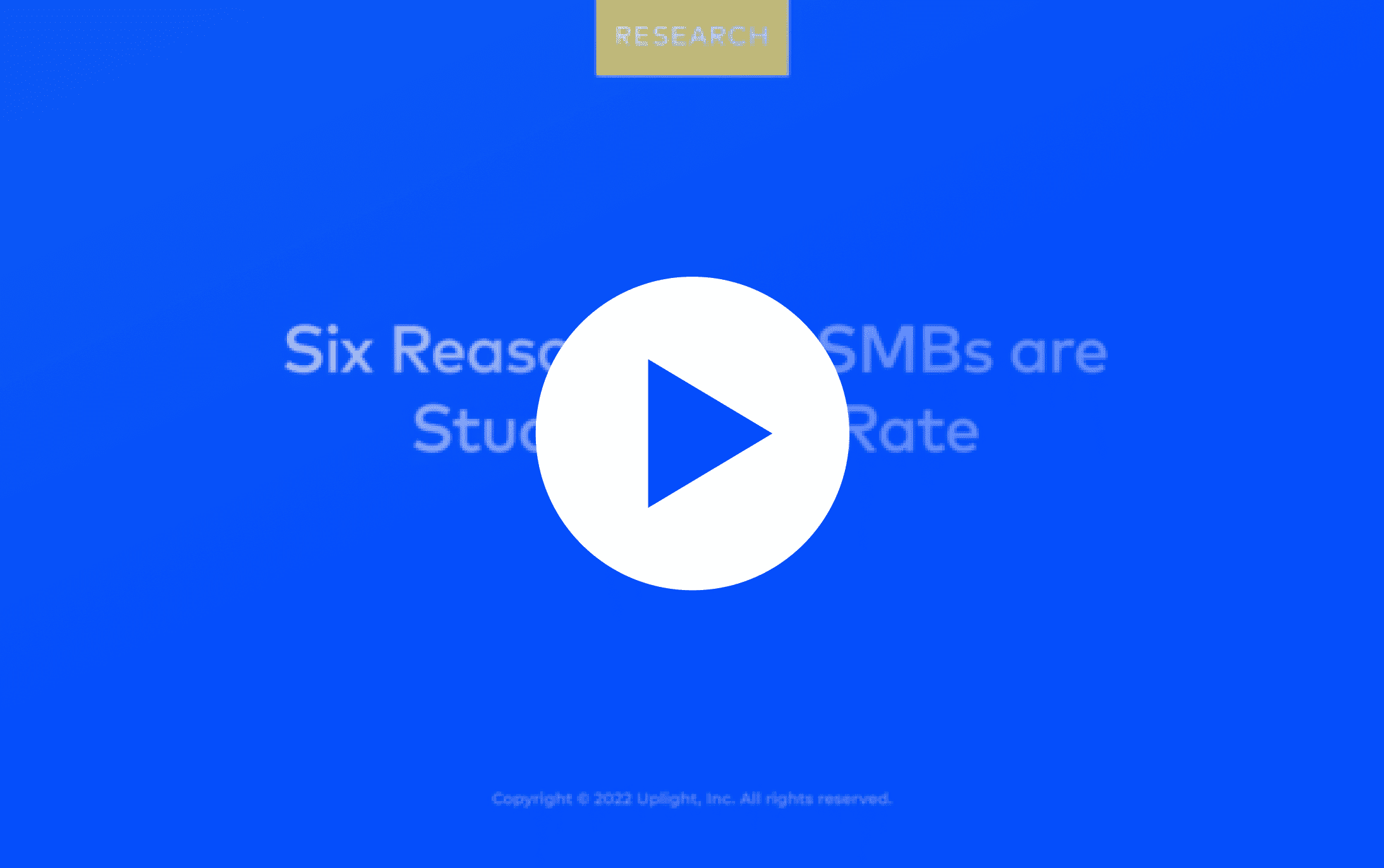
Video Business Customers +2
Six Reasons Why SMBs are Stuck in Their RateHelp SMBs take advantage of the best rates for them.
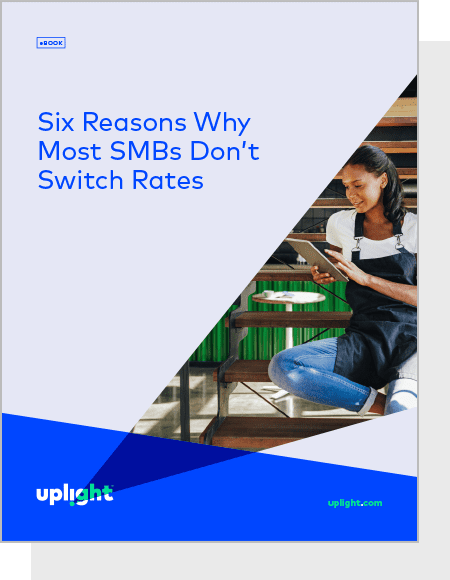
eBook Business Customers +2
Six Reasons Why Most SMBs Don’t Switch RatesUncover 6 key findings from our SMB rate research.

Press Release
Uplight: Demand-side solutions help customers become active ‘citizens of the grid’Daily Energy Insider on July 29th, 2022
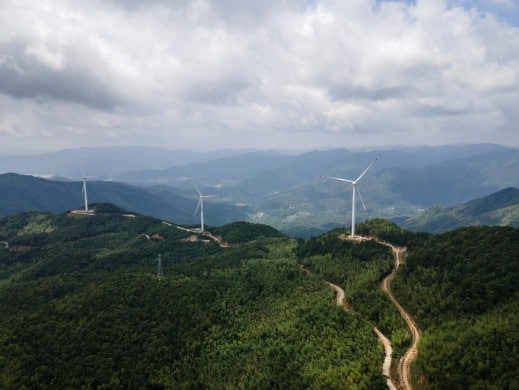
Blog Sustainability / B Corp
Takeaways from the J.D. Power 2022 Sustainability IndexBy Crystal Leaver on July 28, 2022

Blog Electric Vehicles
Consumer Reports Survey Reveals an EV Knowledge GapBy Crystal Leaver on July 26, 2022
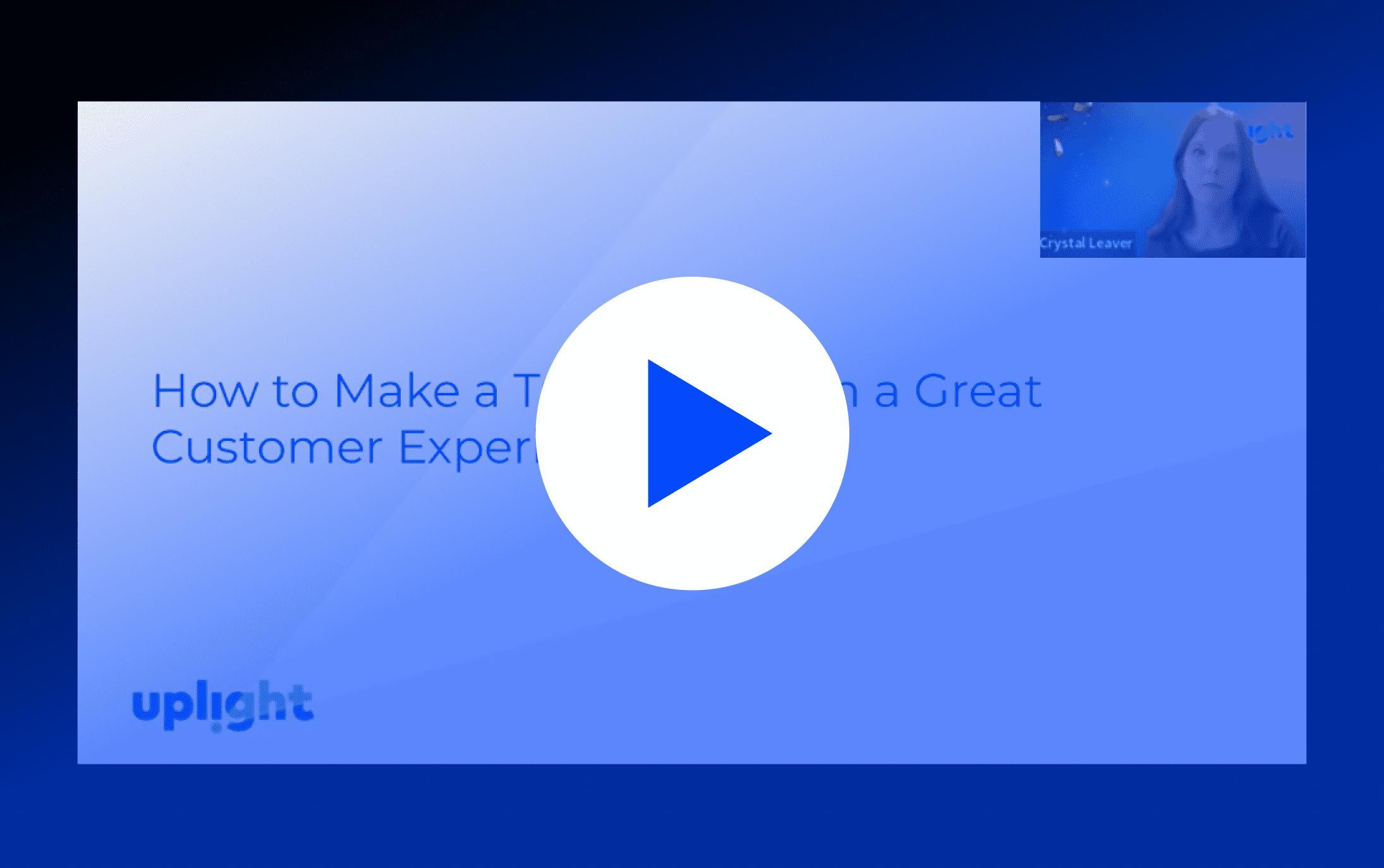
Video Rates Engagement
How to Make a TOU Rate Transition a Great Customer ExperienceCreate a connected customer journey that build awareness, inspire confidence, and motivate action.
Press Release
Uplight’s Plus Product Earns Top Product of the Year Award from Environment + Energy LeaderPress Release on July 21st, 2022
Press Release
PTC India and AutoGrid enter a Memorandum of Understanding to provide global best in class, AI & ML technology-based solutions to the Indian Power MarketPress Release on July 15th, 2022

Blog Rates Engagement
[Video] How to Make New Rates a Great Customer ExperienceBy Crystal Leaver on July 11, 2022
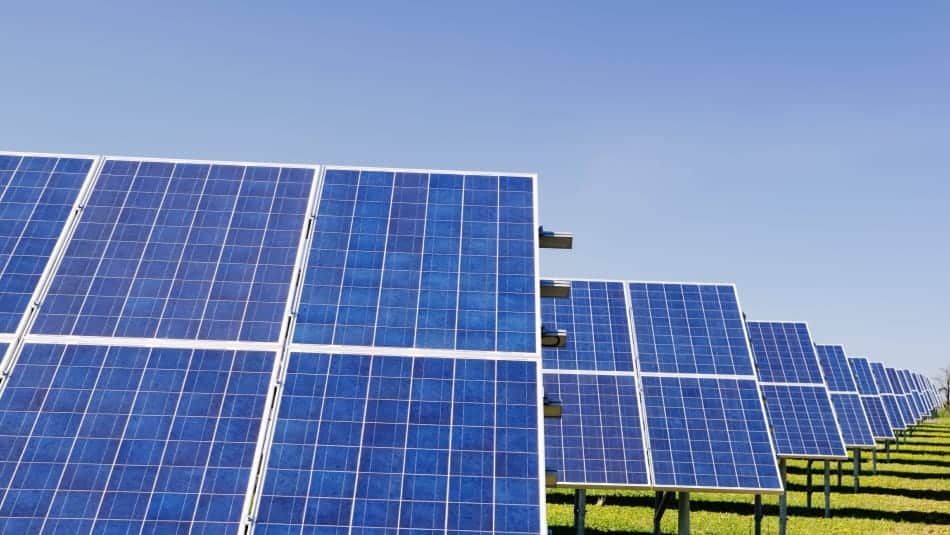
Blog Demand Management
How DER Growth Feeds Growing Synergy Between VPPs, DERMS, and MicrogridsBy Peter Asmus on July 7, 2022
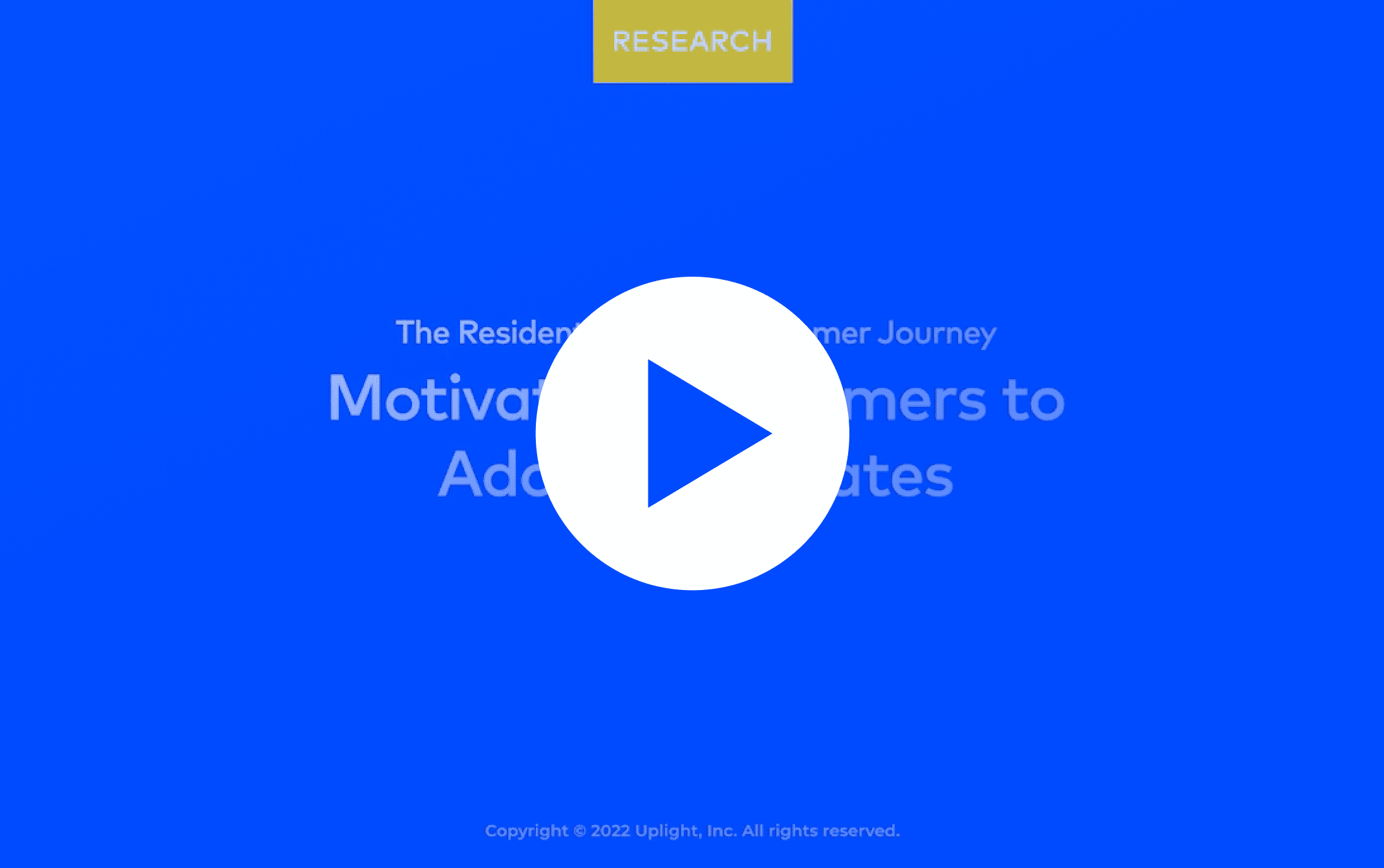
Video Customer Research +1
The Residential Rates Customer Journey: Motivating Customers to Adopt New RatesSuccessfully roll out new rates by building awareness, inspiring confidence, and motivating action.
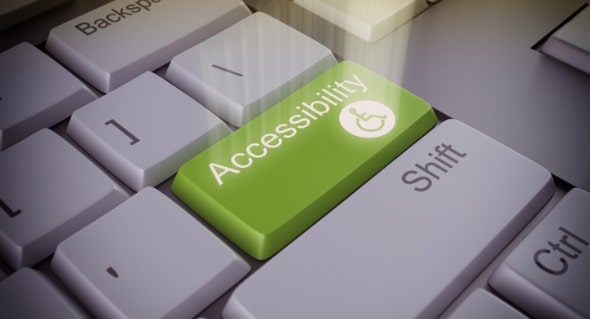
Press Release Sustainability / B Corp
Uplight Response to the Supreme Court Ruling on EPA’s AuthorityPress Release on July 1st, 2022


Press Release
Why Electric Vehicles, Battery Storage, and Demand Response Add Value to Energy MarketsForbes on June 23rd, 2022
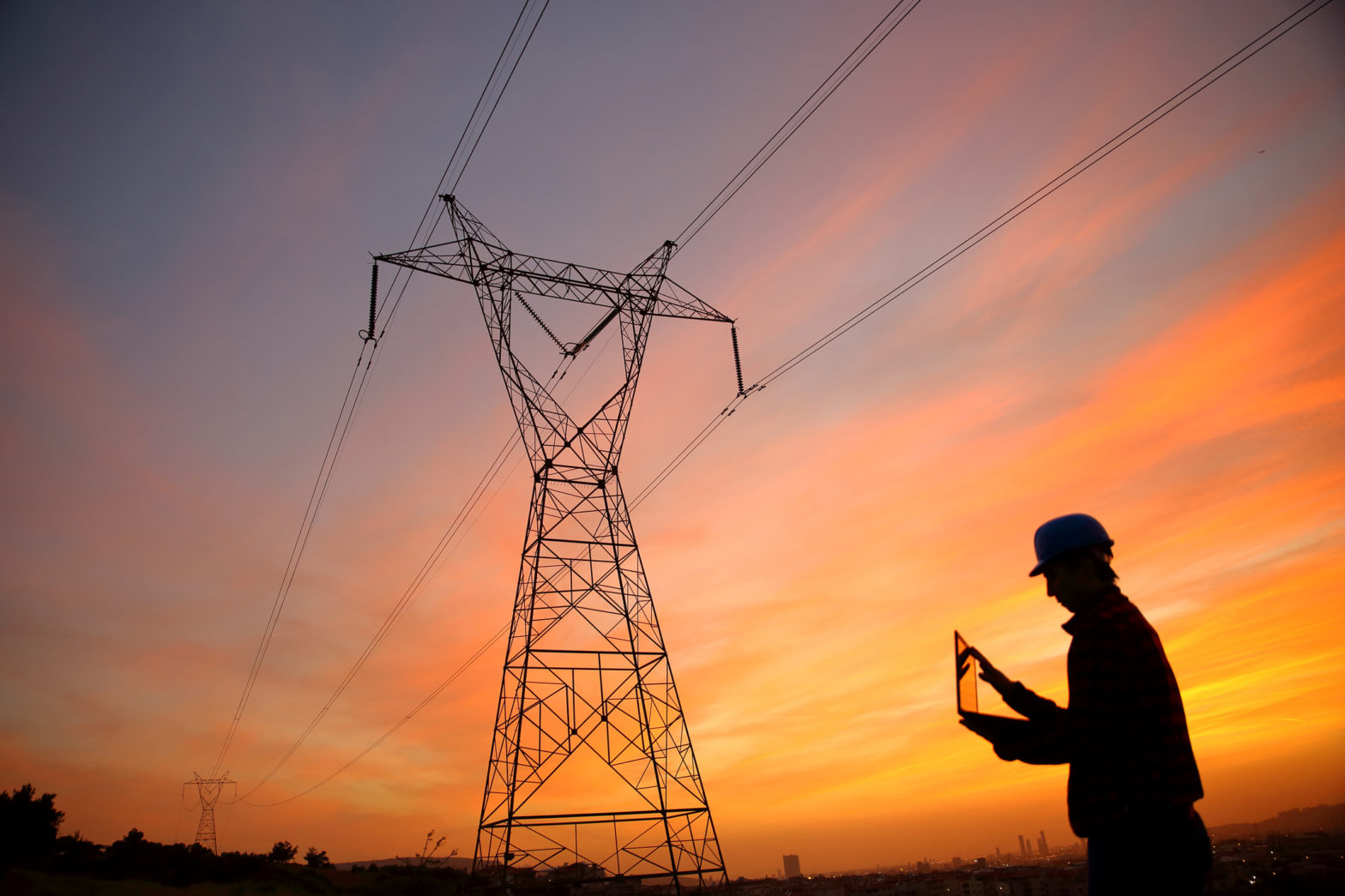
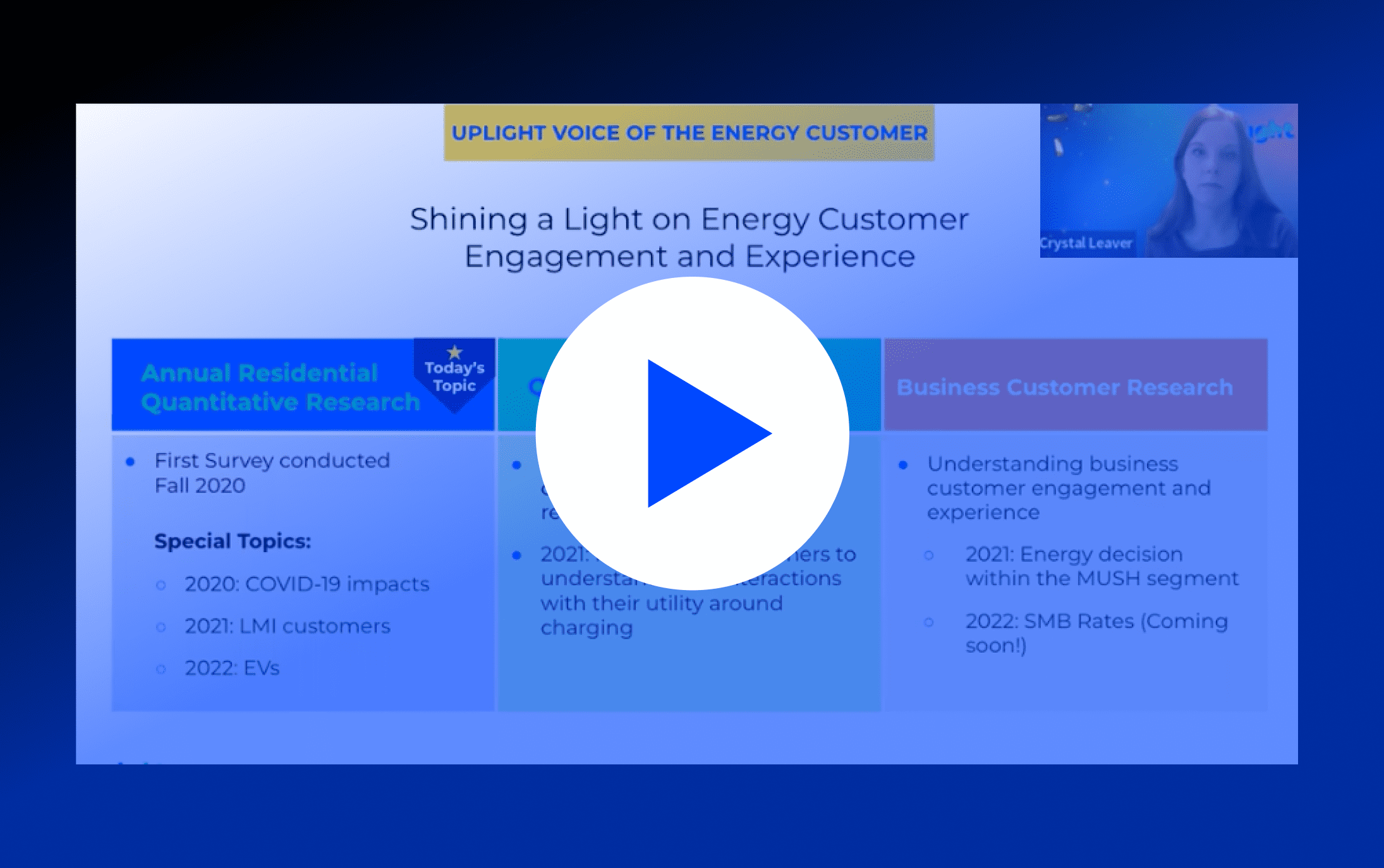
Video Customer Research +1
Green Energy Technologies: Gateway to Energy EngagementUplight's Voice of the Energy Customer Research: EVs Revealed
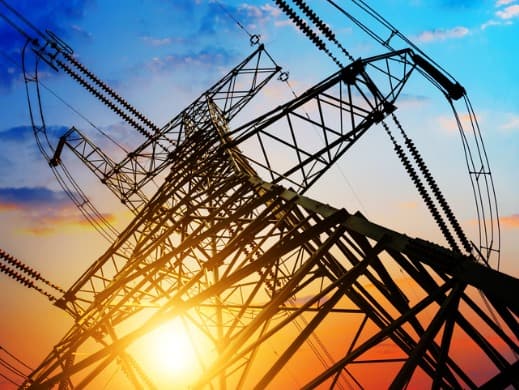
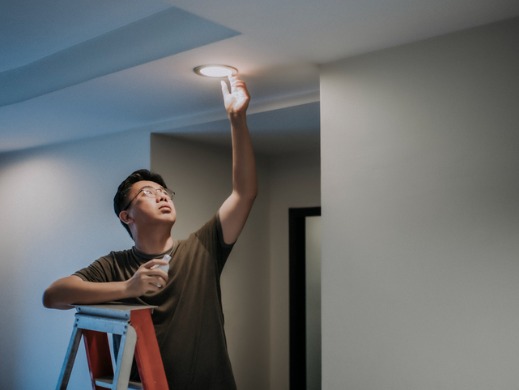
Blog Customer Engagement +4
The Results are In: Uplight’s Annual Voice of the Energy Customer SurveyBy Crystal Leaver on June 2, 2022
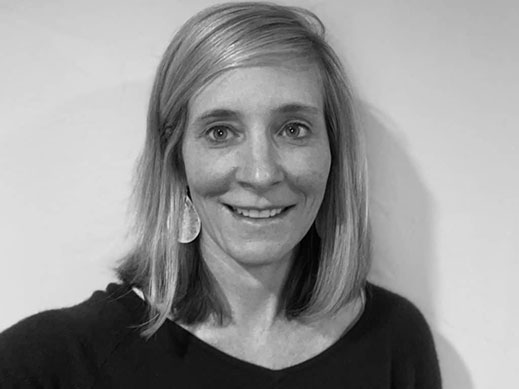

Blog Demand Management +1
Why Australia Is Truly the Virtual Power Plants Market FrontierBy Peter Asmus on May 25, 2022
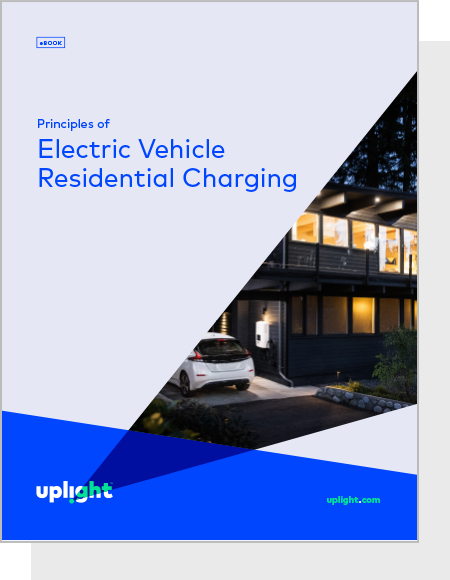
eBook Electric Vehicles
Principles of Electric Vehicle Residential ChargingUncover the 4 principles of residential charging.

Blog
How Do I Connect With Thee?: Uplight's Customer Connect ConferenceBy Dan Burak on May 24, 2022
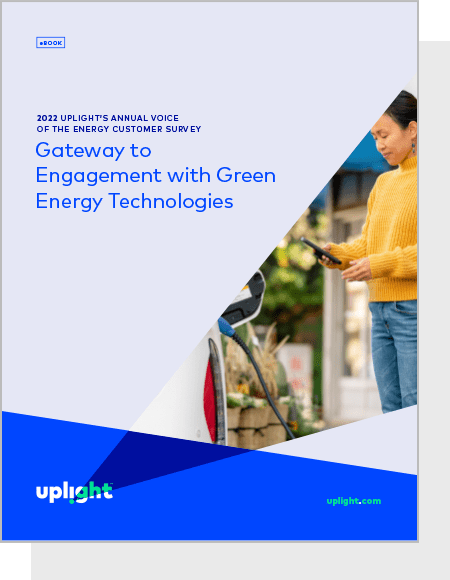
eBook Customer Research +1
Uplight’s Annual Voice of the Energy Customer Survey: Gateway to Energy Engagement with Green Energy TechnologiesUncover 7 key findings that energy providers can use to better engage with their customers.
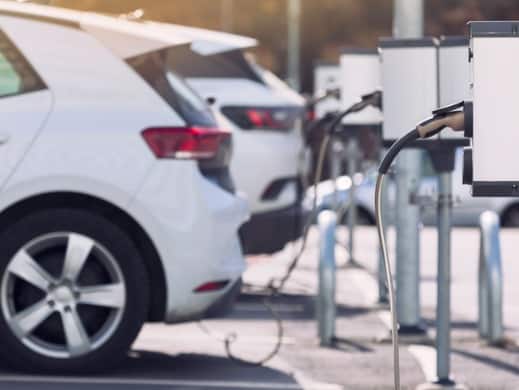
Blog Electric Vehicles
Differences in EV and PHEV Residential Charging BehaviorsBy Crystal Leaver on May 16, 2022
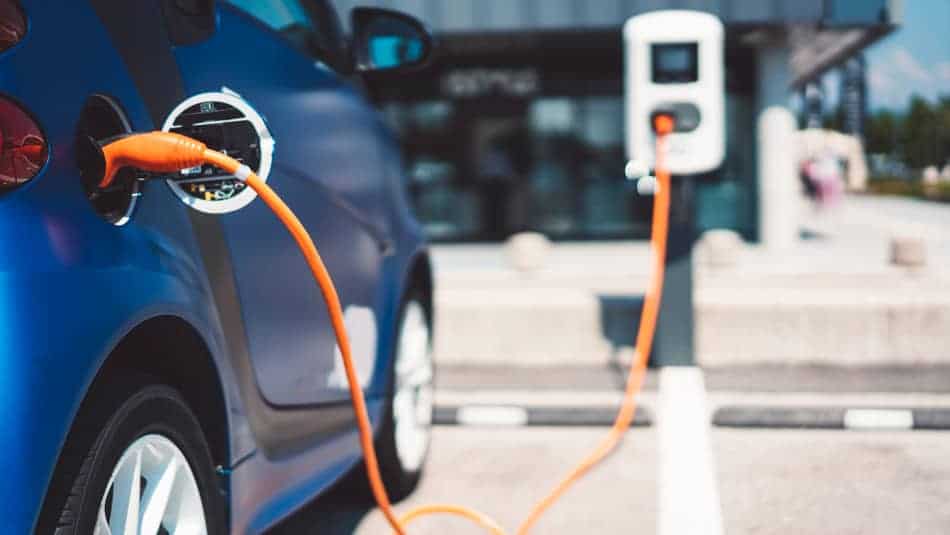
Blog Electric Vehicles
Why EVs Are a Game-Changing DER: Exploring V2G Integration for Grid BalancingBy Peter Asmus on May 10, 2022
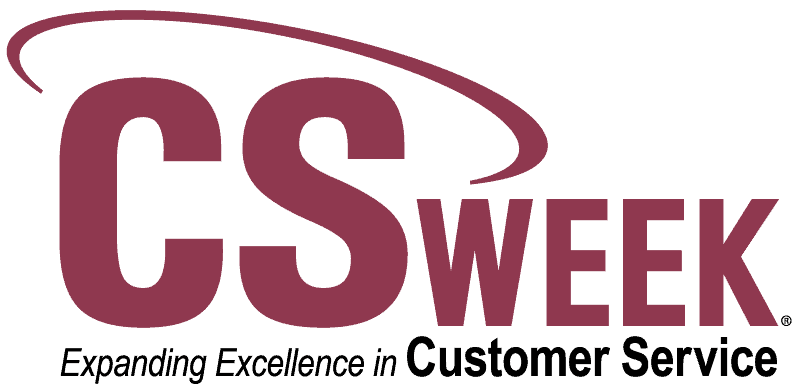
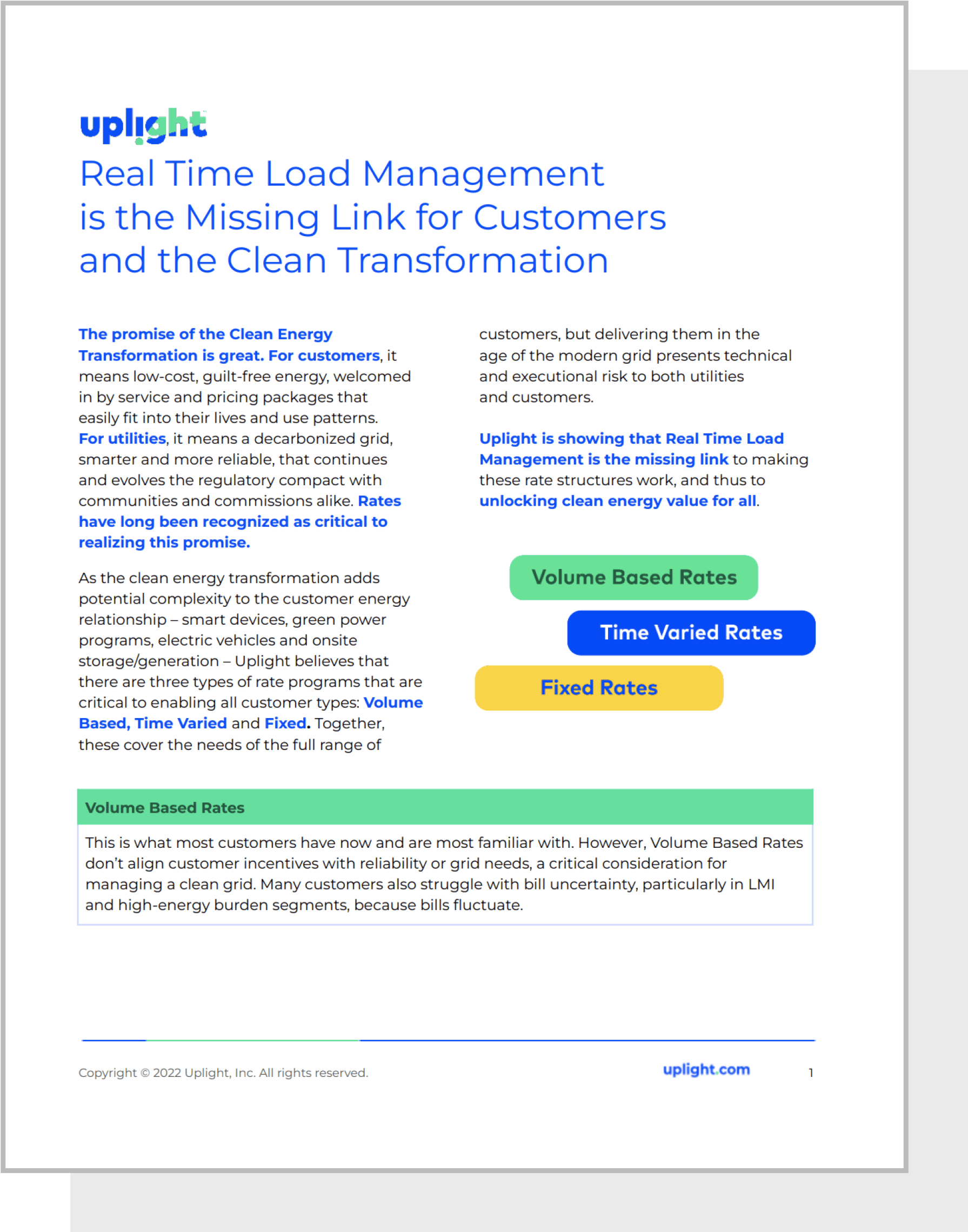
White Paper Demand Management +1
Real Time Load Management Unlocks Clean Energy Value for AllReal time load management is the missing link for customers and the clean transformation.
Press Release
Uplight and GridX Partner to Simplify Clean Energy Decision Making with Detailed Cost InformationPress Release on May 3rd, 2022
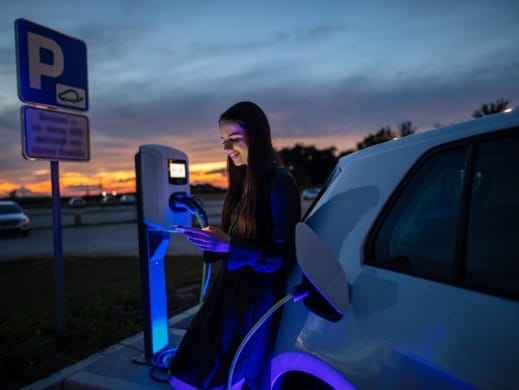
Blog Electric Vehicles
EV Residential Charging Principle 4: Make Managed Charging SimpleBy Erin D'Amato on May 3, 2022
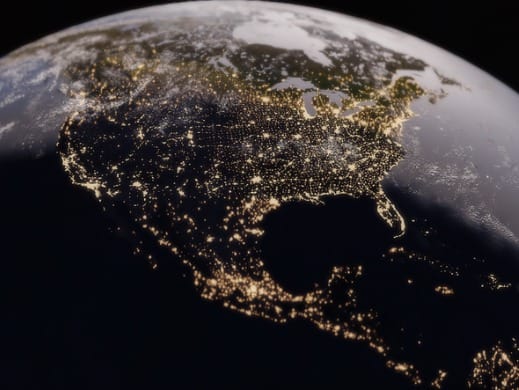
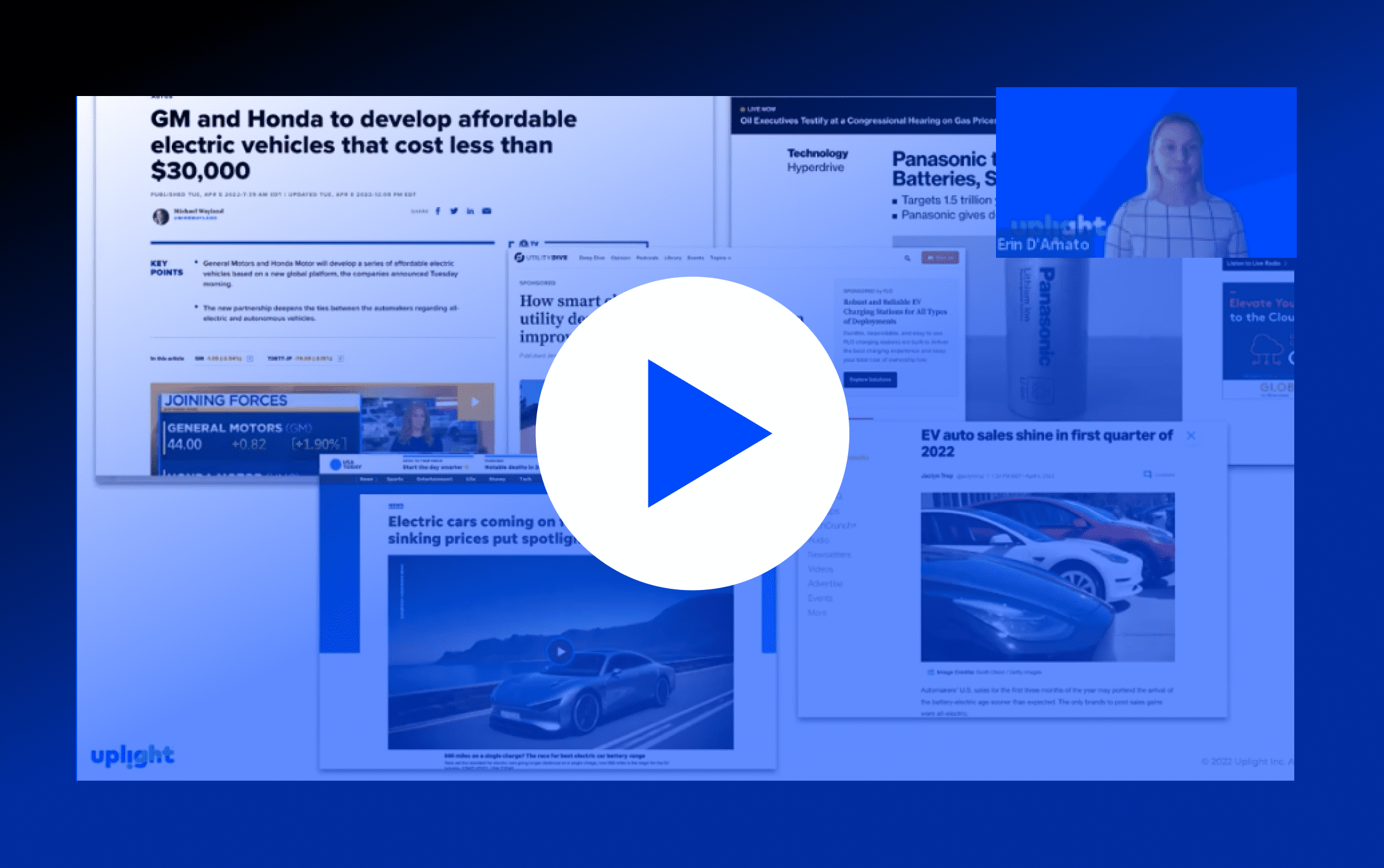
Video Electric Vehicles
Jumpstarting your Residential EV Experience with Boots on the Ground and Digital EngagementOptimize your EV program enrollment using data.
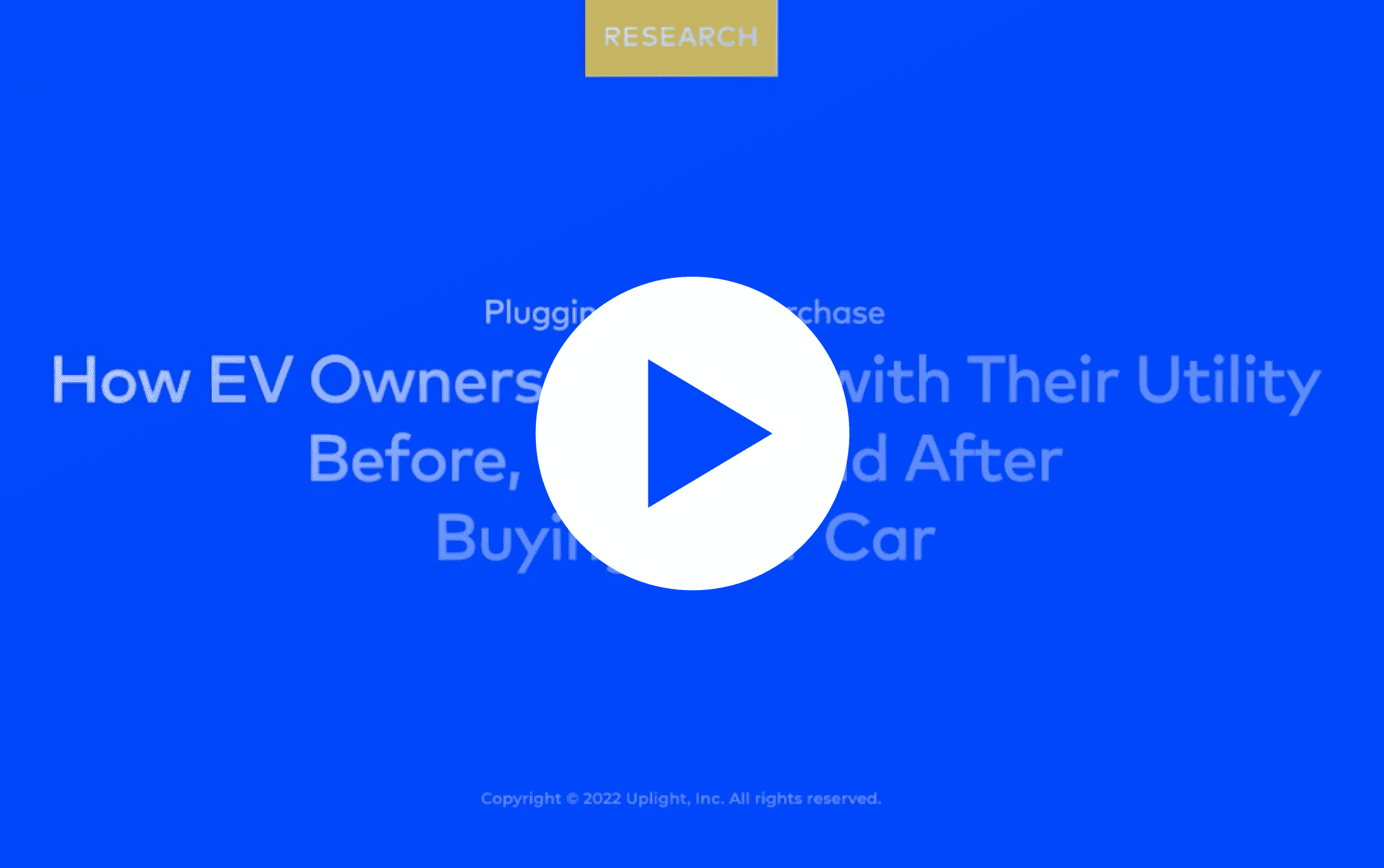
Video Electric Vehicles
Plugging in After Purchase: How EV Owners Interact With Their UtilityInterviews with EV owners reveal key insights for utilities.

Blog
Moving Beyond Your Data Lake to Support a Simplified Energy Customer ExperienceBy Erin Keys on April 25, 2022

Blog Business Customers
Voice-of-Customer Research: Understanding the Facility ManagersBy on April 22, 2022
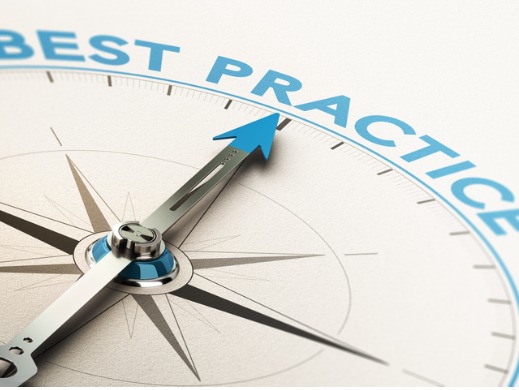
Blog Business Customers
4 Best Practices for Reducing Cost-to-Serve for Business CustomersBy Uplight Staff Writer on April 22, 2022
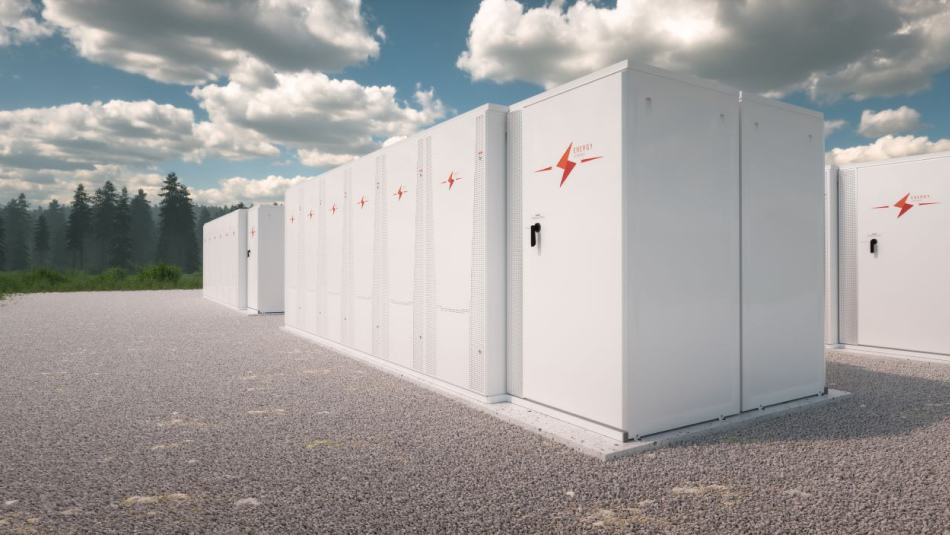
Blog Virtual Power Plants
Co-Optimizing Energy Storage: 3 Things You Need to Know to Create Value StreamsBy Uplight Staff Writer on April 21, 2022

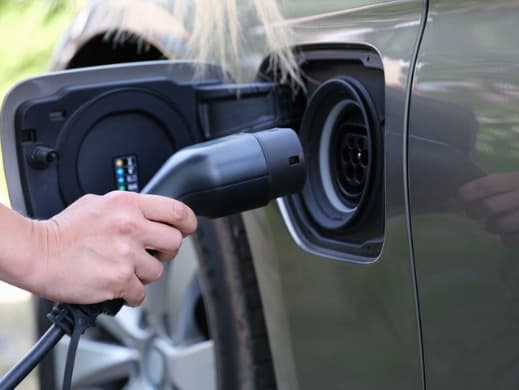
Blog Electric Vehicles
EV Residential Charging Principle 3: Maximize EV Data AggregationBy Erin D'Amato on April 19, 2022
Press Release
Uplight Sets Record Pace for Innovation After InvestmentPress Release on April 14th, 2022
Press Release
Qmerit Partners with Uplight to Ease EV Transition for Utilities and ConsumersPress Release on April 12th, 2022

Blog Electric Vehicles
EV Residential Charging Principle 2: Cast a Wide Net to Identify EV DriversBy Erin D'Amato on April 8, 2022
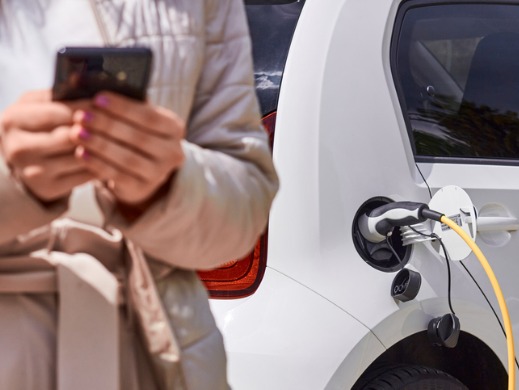
Blog Electric Vehicles
Residential EV Charging Principle 1: Meet Customers Where They AreBy Erin D'Amato on April 4, 2022
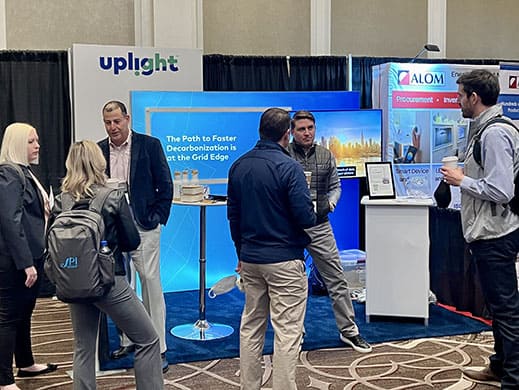

Press Release
An Unconventional Solution To The Inconvenient Truth: How This Good Unicorn Is Solving Our Climate CrisisForbes on March 29th, 2022

Press Release
New best practices are unlocking demand-side management value in utility online marketplacesUtility Dive on March 29th, 2022
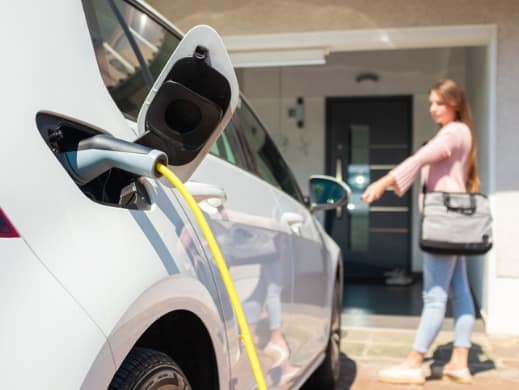
Blog Electric Vehicles
Interviews with EV Owners Reveal Key Insights for UtilitiesBy Crystal Leaver on March 29, 2022
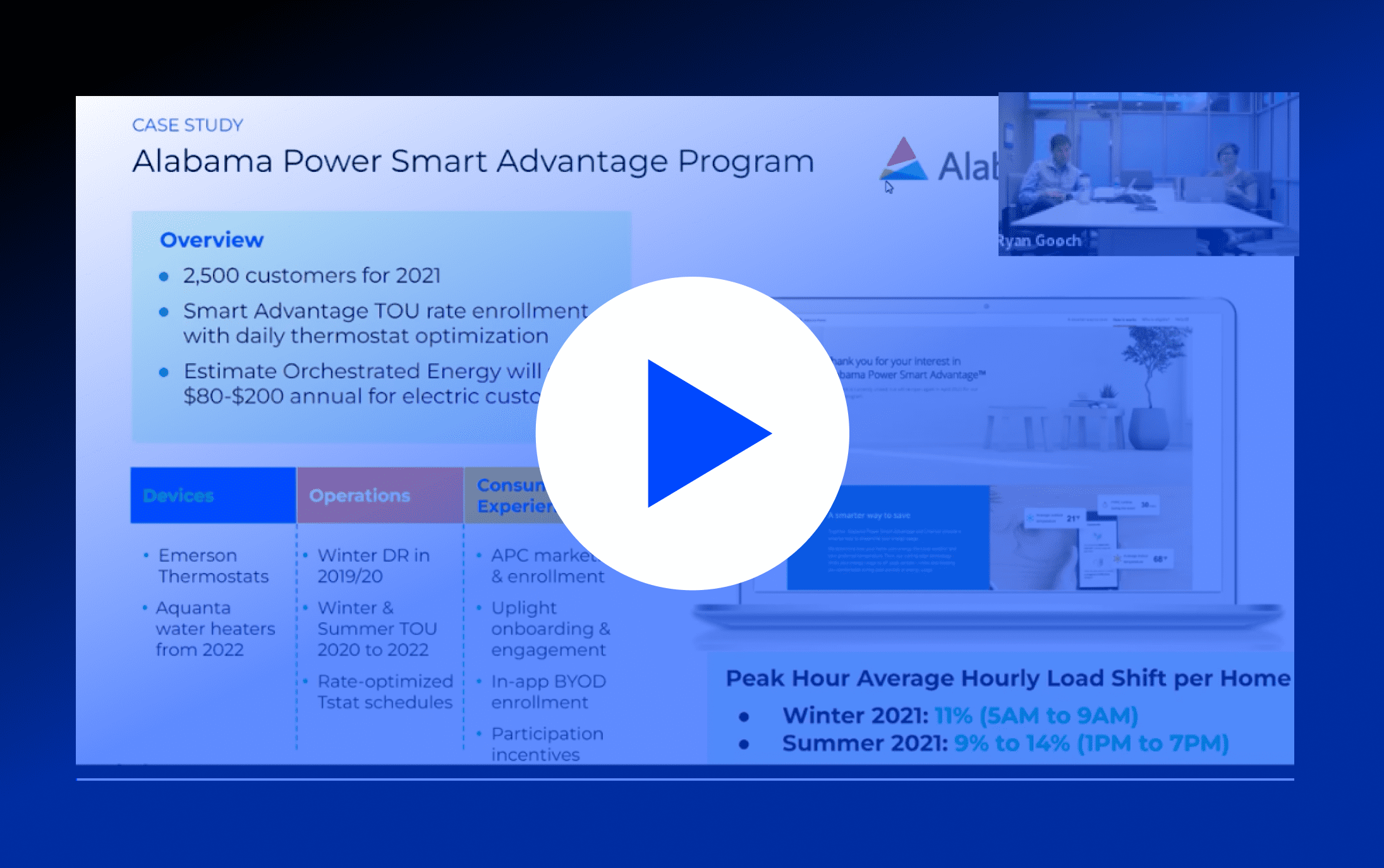
Video Demand Management
Enabling Load Shift and Customer Comfort Through Smart ThermostatsRespond better to changing load demands and deliver increased flexibility, all while making it easy for customers to save money.
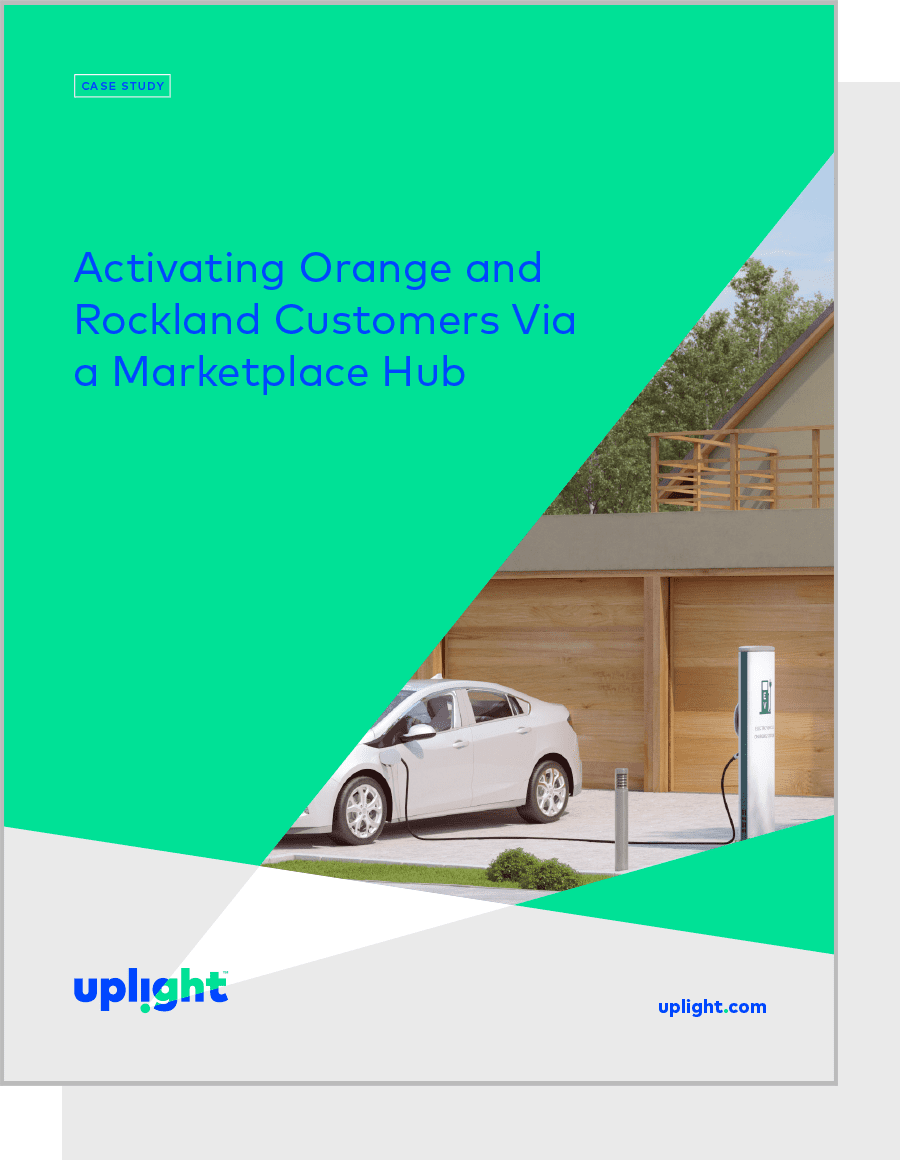
Case Study Electric Vehicles
Activating Orange and Rockland Customers Via a Marketplace HubSee how Orange and Rockland Utilities increased program conversion.

Blog Demand Management +1
How Alabama Power Helped Customers Optimize Their TOU Rate While Staying ComfortableBy Crystal Leaver on March 21, 2022
Press Release
AutoGrid Deploys Utility Grade Virtual Power Plant of Residential Batteries in Southern California to Support Grid Resiliency in SCE's Service AreaPress Release on March 18th, 2022
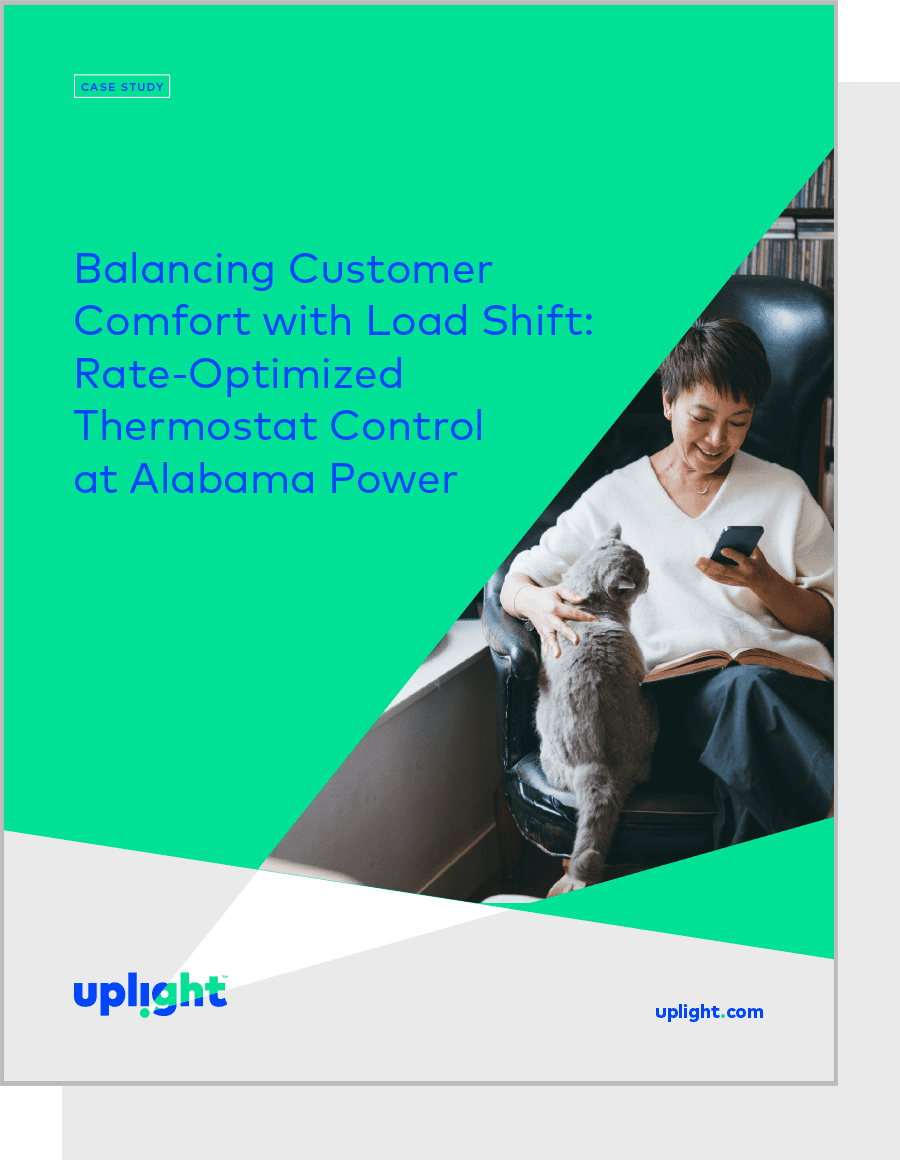
Case Study Demand Management
Balancing Customer Comfort with Load Shift: Rate-Optimized Thermostat Control at Alabama PowerEnsure your DR programs solve for both load shift and customer comfort.

Blog Electric Vehicles
Achieving High Customer Satisfaction at Jackson EMC with MarketplaceBy Crystal Leaver on March 16, 2022
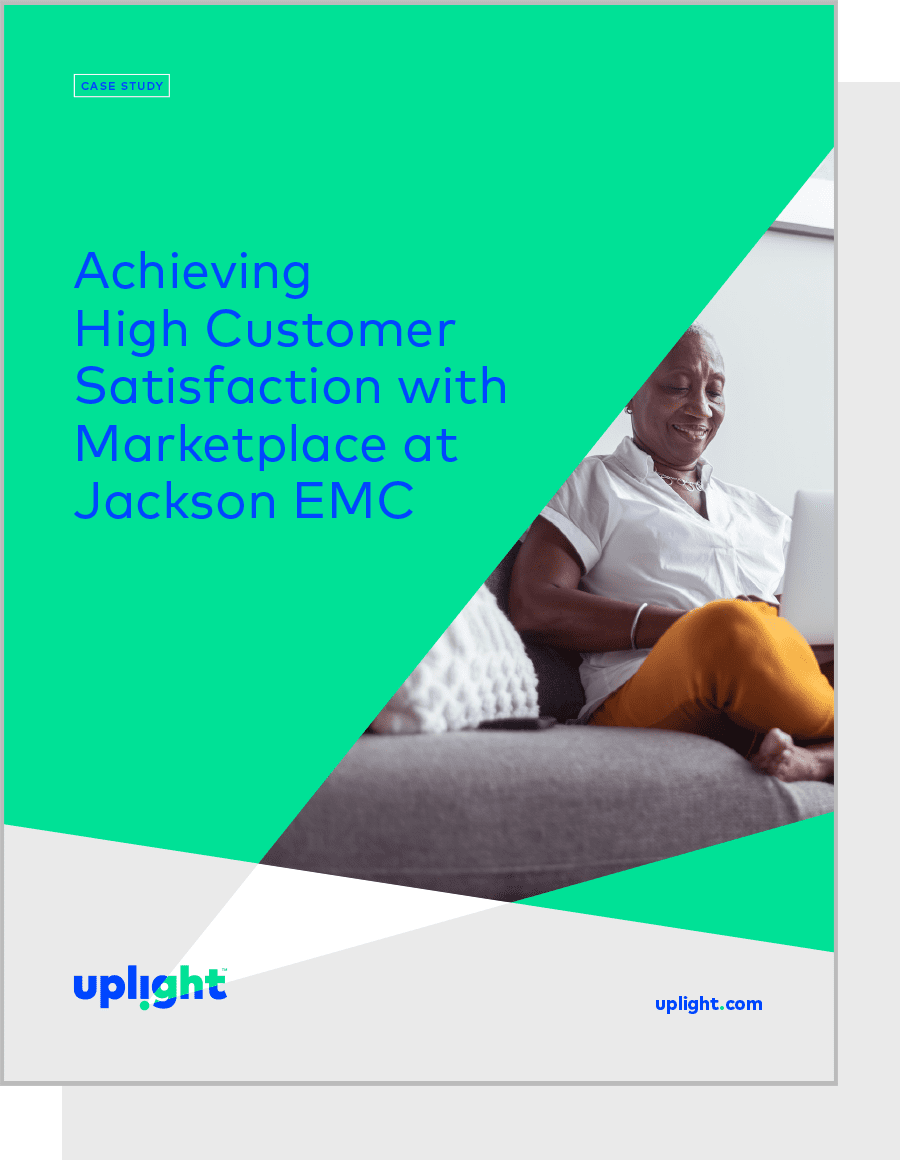
Case Study Customer Engagement
Achieving High Customer Satisfaction with Marketplace with Jackson EMCSee how Jackson EMC is providing first-class service while instantly applying rebates.

White Paper Virtual Power Plants
How VPPs Can Replace Fossil Fuel Peaker PlantsHow VPPs Can Replace Fossil Fuel Peaker Plants

Blog
How Conscious Leadership Has Changed Work and Lives at UplightBy Crystal Leaver on March 2, 2022

Blog Rates Engagement
A Conversation About the Challenges and Opportunities of TOU RatesBy Gaby Margas on February 24, 2022
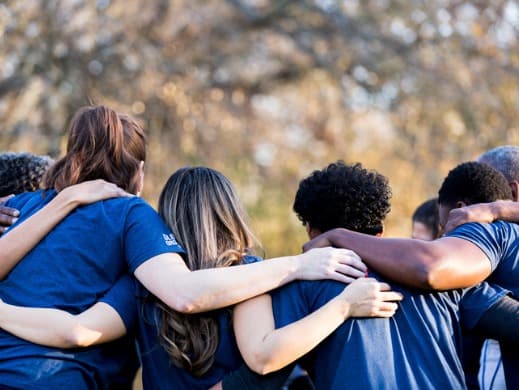
Blog
Uplighters Rally in the Aftermath of the Marshall Fire in Boulder CountyBy Abby Campbell on February 23, 2022
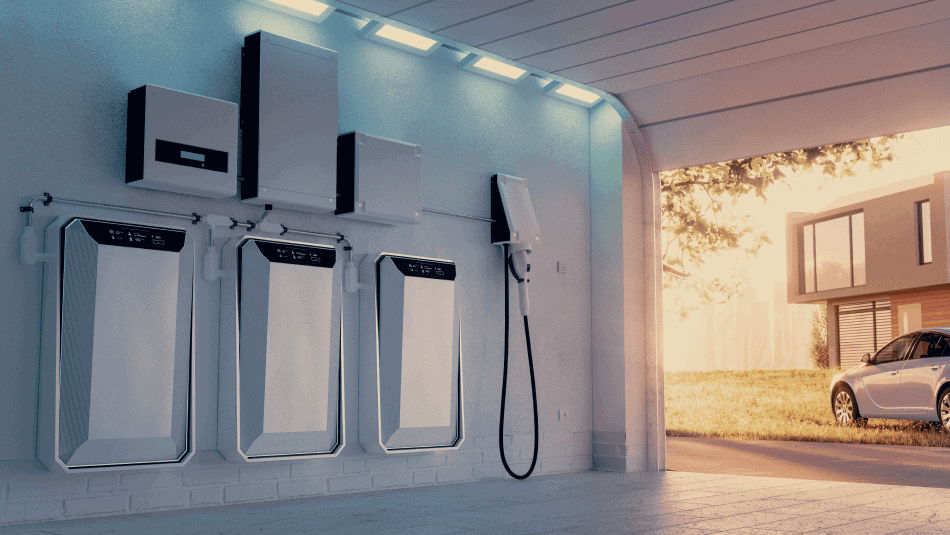
Blog DERMS +1
Benefits of DERMS and VPP on the Same Flexibility Management PlatformBy John Bonnin on February 22, 2022

Blog Business Customers
Customer Research: Outbound Alerts for Business CustomersBy Non-residential Data Team on February 14, 2022
Press Release
Uplight’s Subscription Bundle Utility Program, Plus Wins AESP Innovation in Technology AwardPress Release on February 9th, 2022

Blog Business Customers
Guiding the Business Customer Journey with AMI DataBy Clare Magee on February 8, 2022

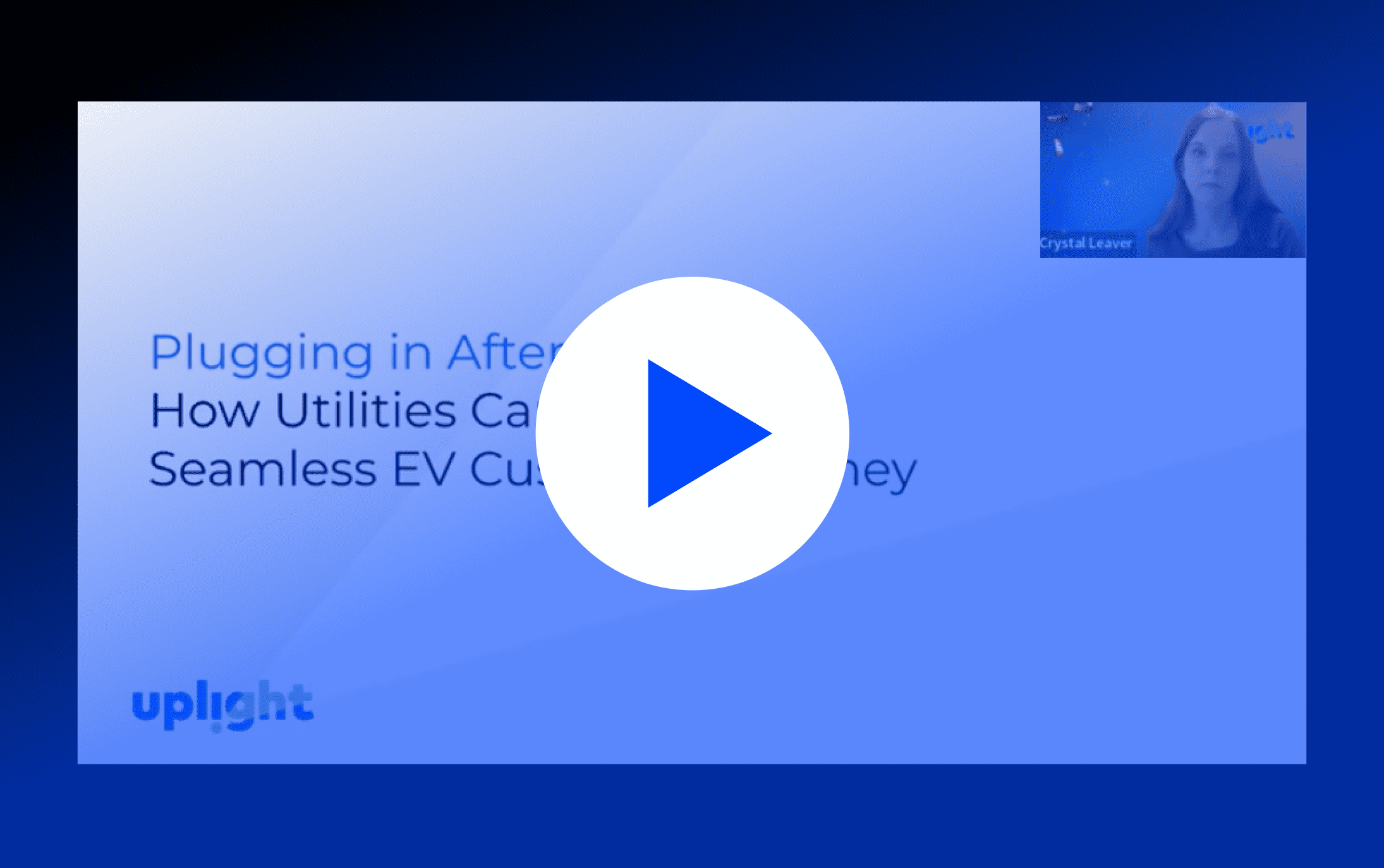
Video Electric Vehicles
Plugging In After Purchase - How Utilities Can Create a Seamless EV Customer JourneyLearn how to identify gaps in your EV programs and improve the customer experience.
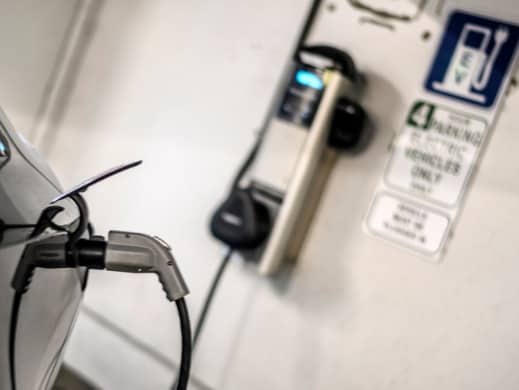
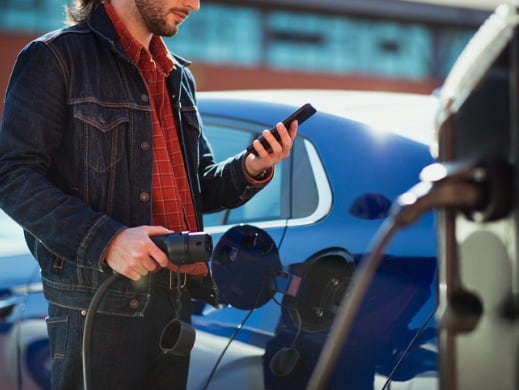
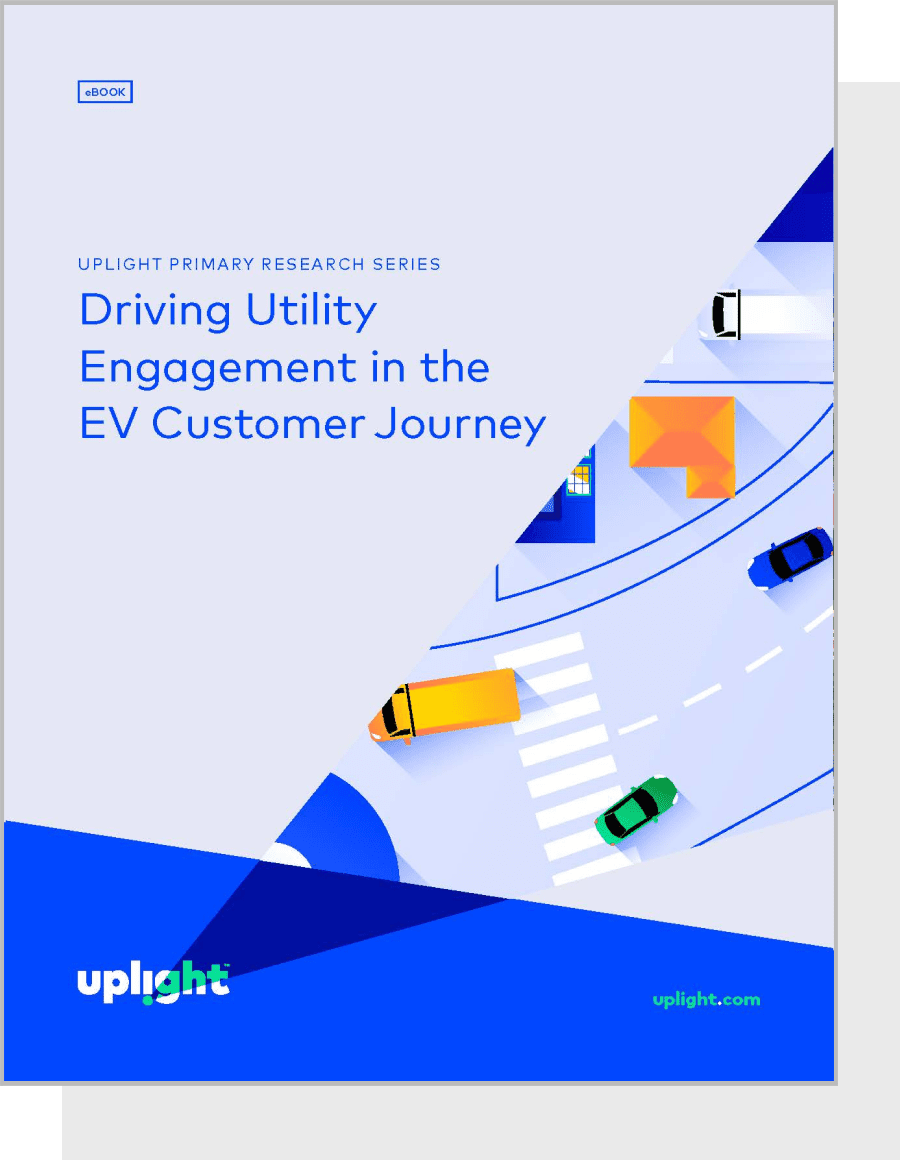
eBook Electric Vehicles
Driving Utility Engagement in the EV Customer JourneyGet Ahead of the EV Growth
Press Release
Hidden Challenges Create Friction When Shopping for Electric VehiclesPress Release on January 28th, 2022

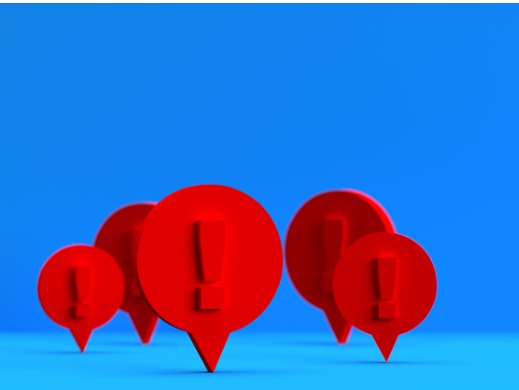
Blog Business Customers
Creating Meaningful Business Customer Energy AlertsBy Crystal Leaver on January 24, 2022
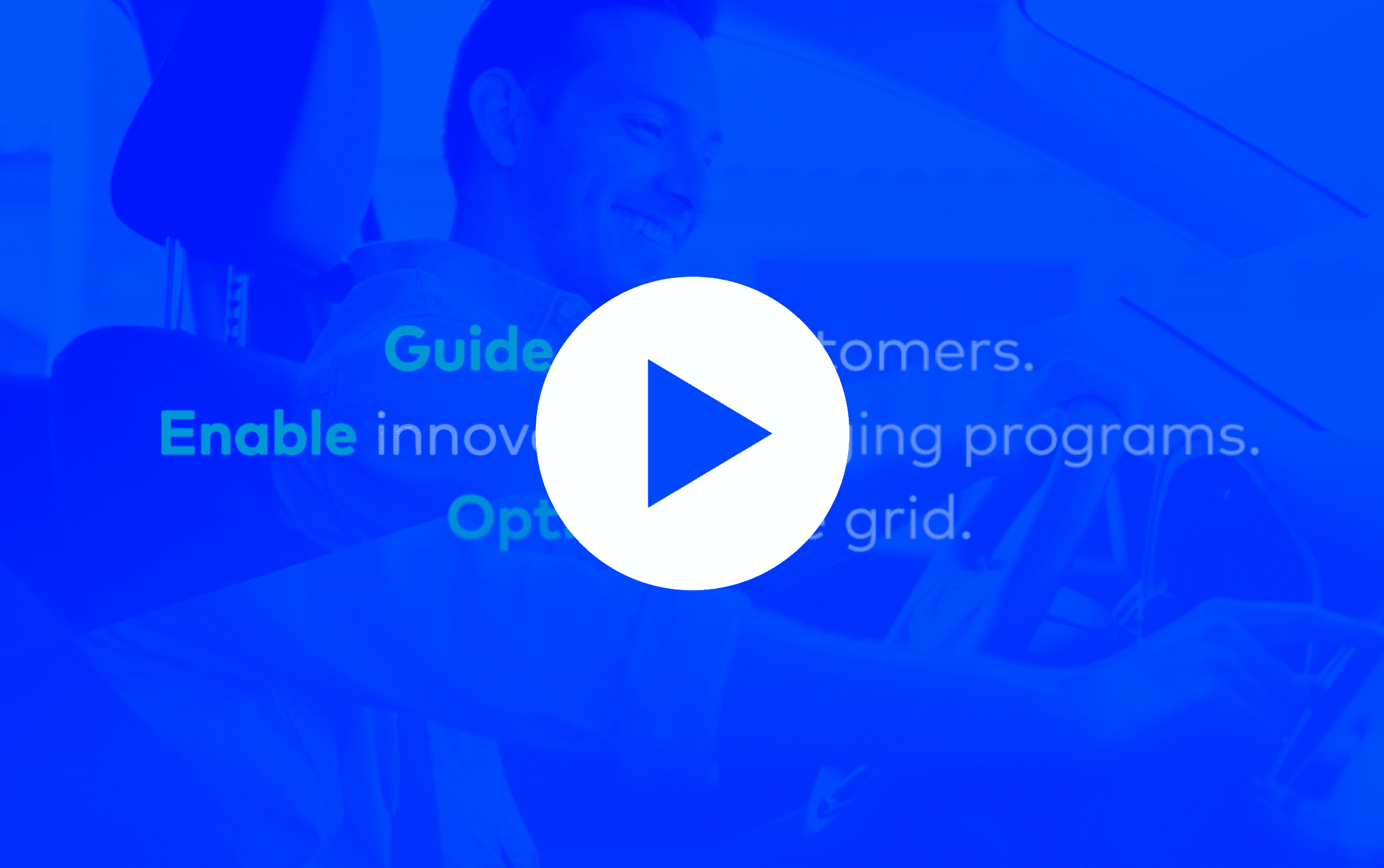

Press Release
2022 Outlook: A new recognition is coming of rate design's critical role in the energy transitionUtility Dive on January 19th, 2022

Blog Business Customers
How Uplight Drives Platform Adoption for Business CustomersBy Crystal Leaver on January 18, 2022


Video Electric Vehicles
What Changes When Your Power Company Also Fuels Your Car?Learn how electric utilities will play a major role in the EV revolution.
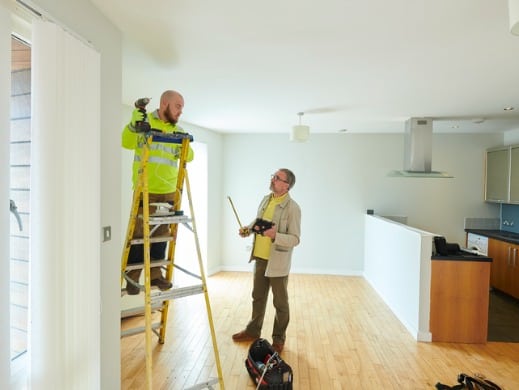
Blog
Learnings from SECC Research: How to Better Engage LandlordsBy Crystal Leaver on January 10, 2022

Press Release
Uplight VP joins White House Council on Environmental QualityDaily Camera on January 5th, 2022
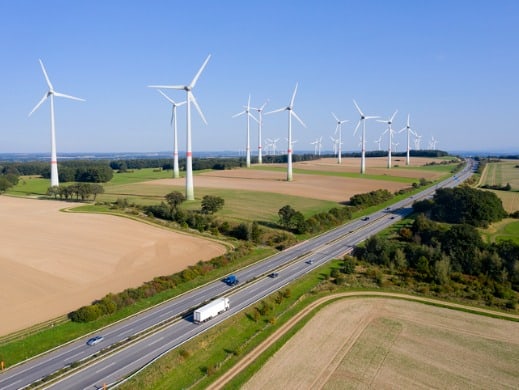
Blog Electric Vehicles
Taking Advantage of the EV Potential as a UtilityBy Erin D'Amato on January 5, 2022
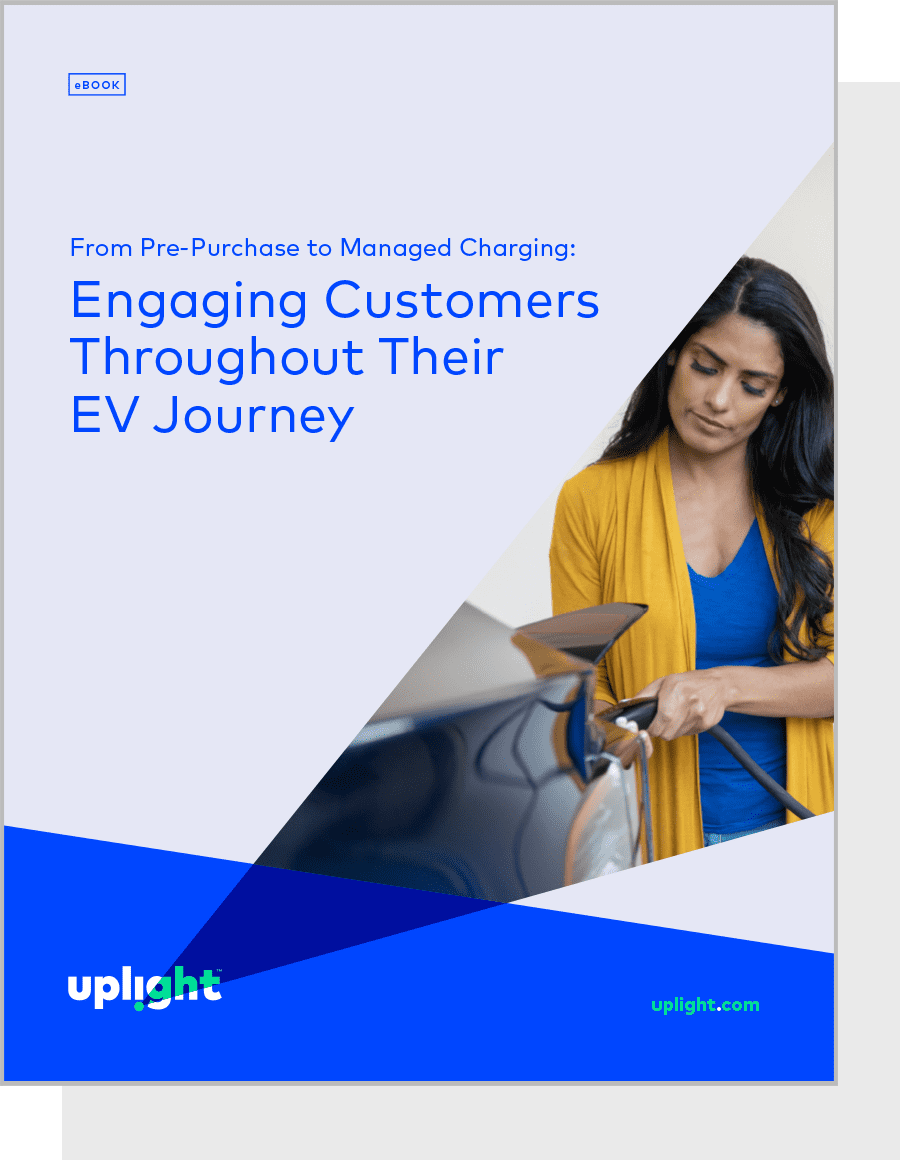
eBook Electric Vehicles
From Pre-Purchase to Managed Charging: Engaging Customers Throughout Their EV JourneyProvide a seamless, connected EV customer journey.

Blog Electric Vehicles
The Critical Role of Charger Rebates in Utility EV ProgramsBy Erin D'Amato on January 5, 2022
Press Release
Uplight Executive to Join the White House to Lead Implementation of President Biden’s Executive Order Catalyzing America’s Clean Energy Economy Through Federal SustainabilityPress Release on January 5th, 2022

Press Release
Duke, SCE, other grid modernization proposals faced big cost questions, more regulator scrutiny in 2021Utility Dive on January 5th, 2022

Blog Demand Management
Increased Load Shift with Enhanced Demand Response and EmersonBy Emilie Tullis on January 4, 2022
Press Release
Uplight Continues Performance as Leading Provider of Utility Marketplaces with Record Holiday SalesPress Release on December 21st, 2021
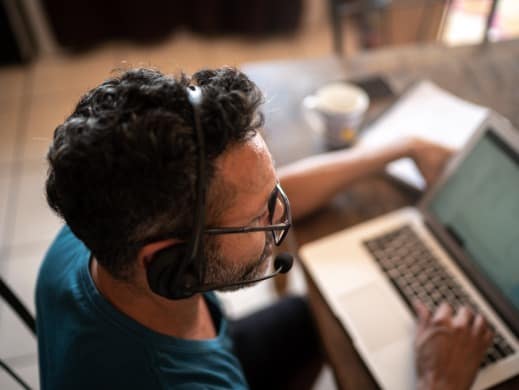


Blog
Inside Uplight's NEUROdiversity Employee Resource GroupBy Rachael Silverstein on November 8, 2021
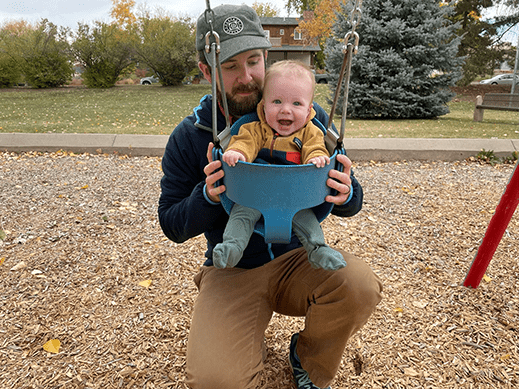
Blog
Inside Uplight's Employee Resource Groups for ParentsBy Rachael Silverstein on November 2, 2021
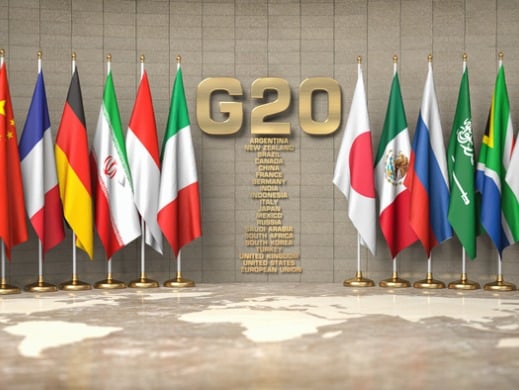
Blog
A Global Goal to Fight Climate Change: Calling on All G20 CountriesBy Adam Farabaugh on November 1, 2021

Blog Customer Engagement +3
SECC’s New Research on the Needs and Wants of RentersBy Crystal Leaver on October 27, 2021
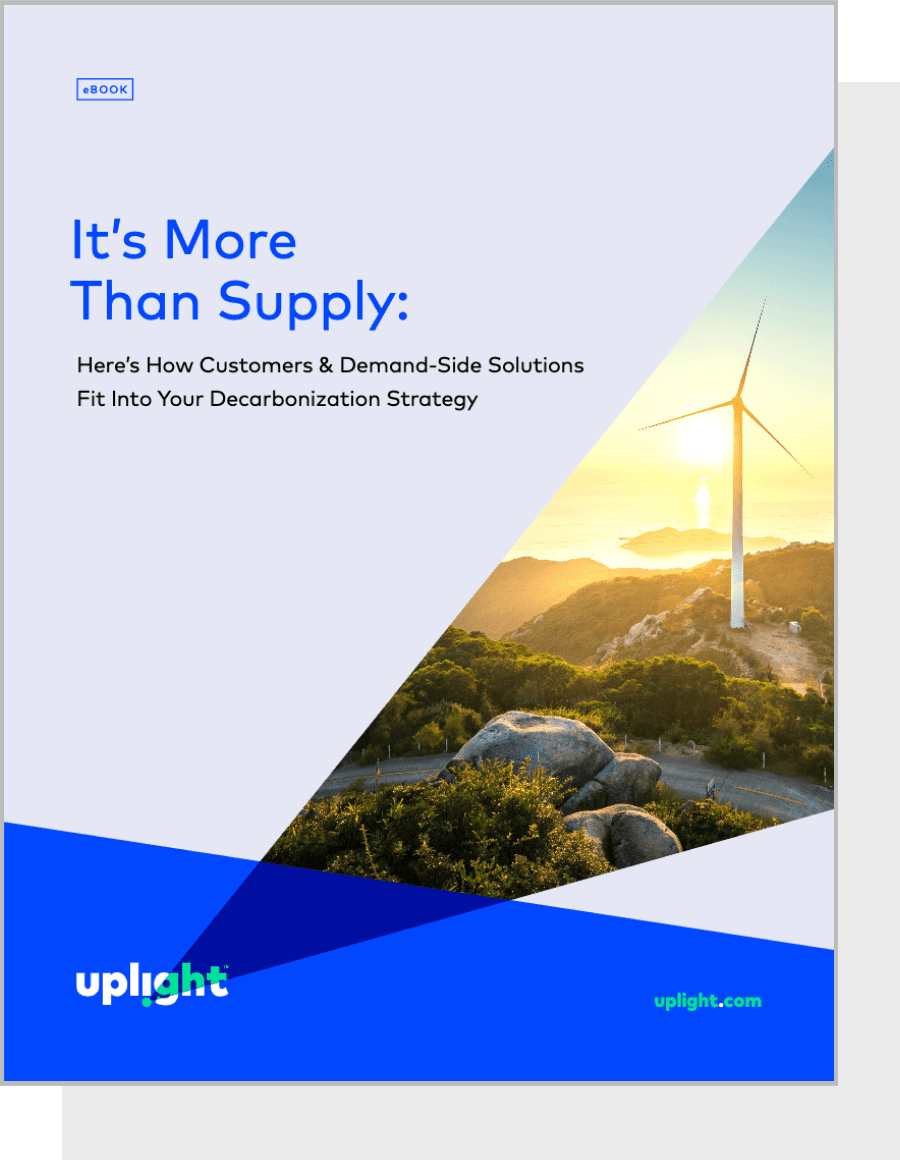
eBook Sustainability / B Corp
It’s More Than Supply: Here’s How Customers & Demand-Side Solutions Fit Into Your Decarbonization StrategyUnlock the 4 key levers to reach your decarbonization goals.
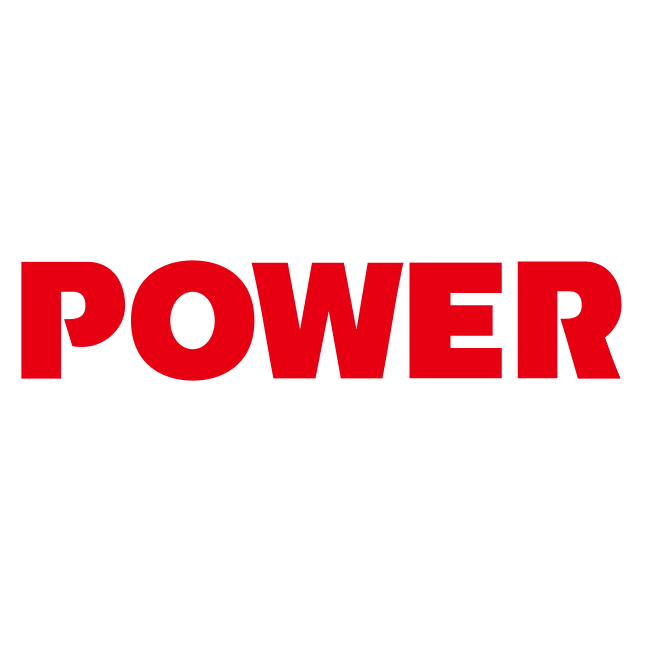
Press Release
Uplight Acquires Agentis to Support Decarbonization, Energy Efficiency for BusinessesPower Magazine on October 27th, 2021
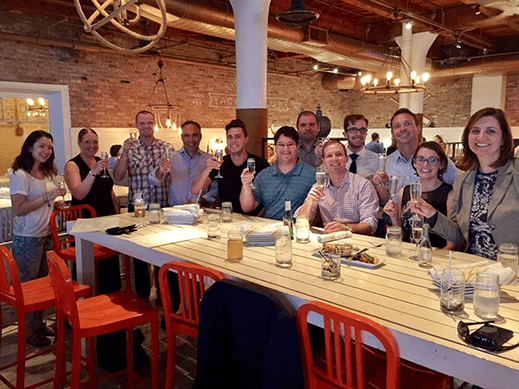
Press Release
Uplight Acquires Agentis, Expands Utility Engagement for Critical Business CustomersPress Release on October 27th, 2021

Brief DERMS +1
Innovative DER Solutions for Europe's Energy Transformation TESTInnovative DER Solutions for Europe's Energy Transformation
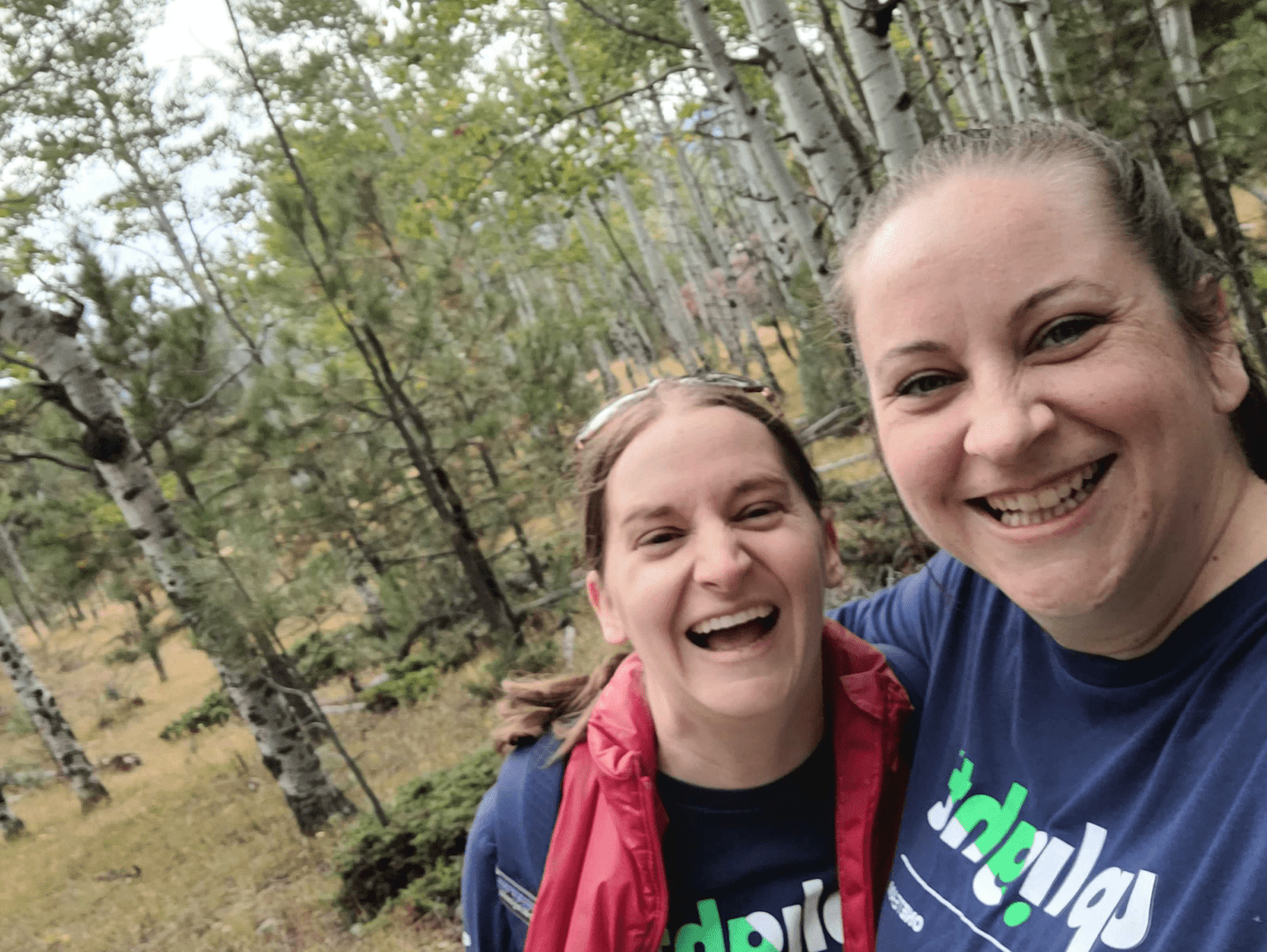
Blog
Inside Uplight's Organized Marginalized Genders GroupBy Rachael Silverstein on October 18, 2021

Blog Business Customers +1
Seven Things Utilities Can Do to Help Community InstitutionsBy Crystal Leaver on October 12, 2021
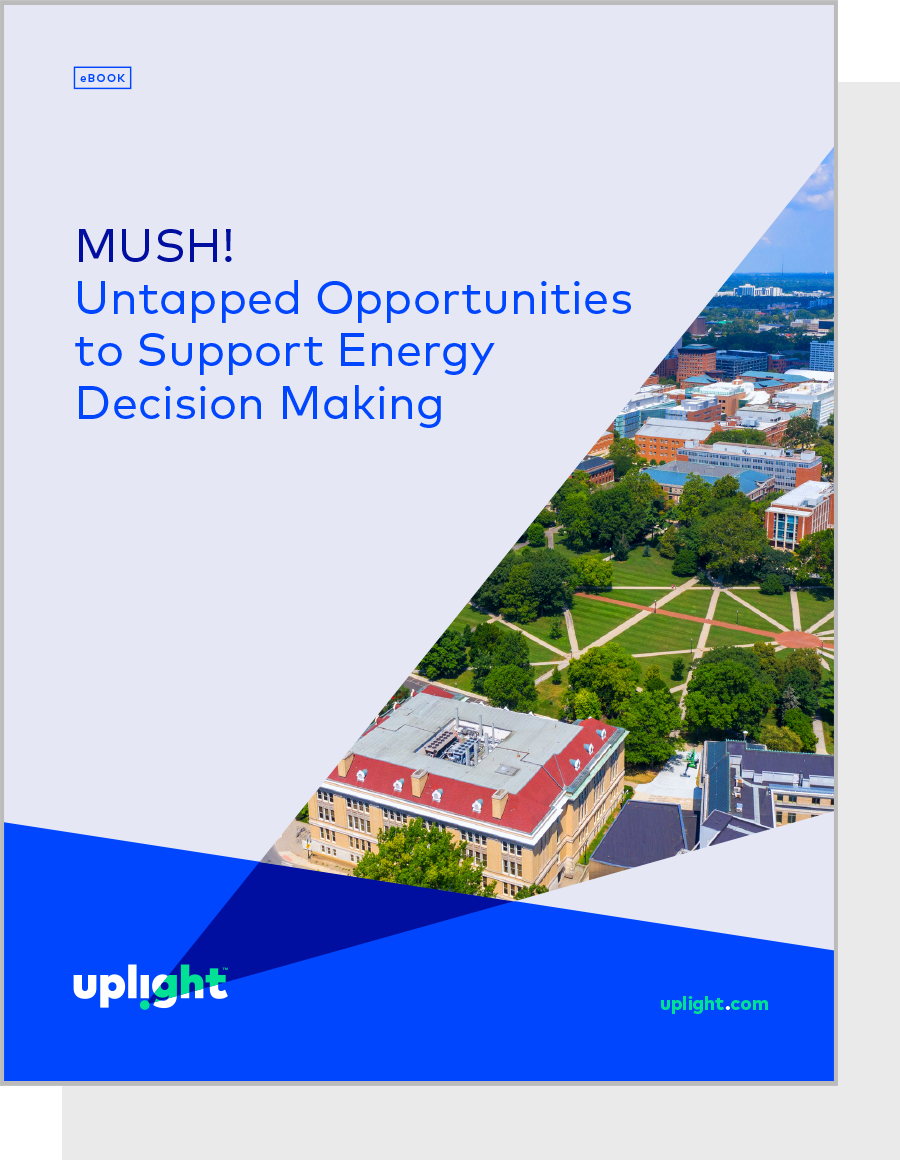
eBook Business Customers +1
Getting to 'Yes' with Municipalities, Universities, Schools, and HospitalsUntapped opportunities to support energy decision making.


Press Release
Google’s new Nest Renew service developed on technology from Uplight Inc.Daily Camera on October 7th, 2021
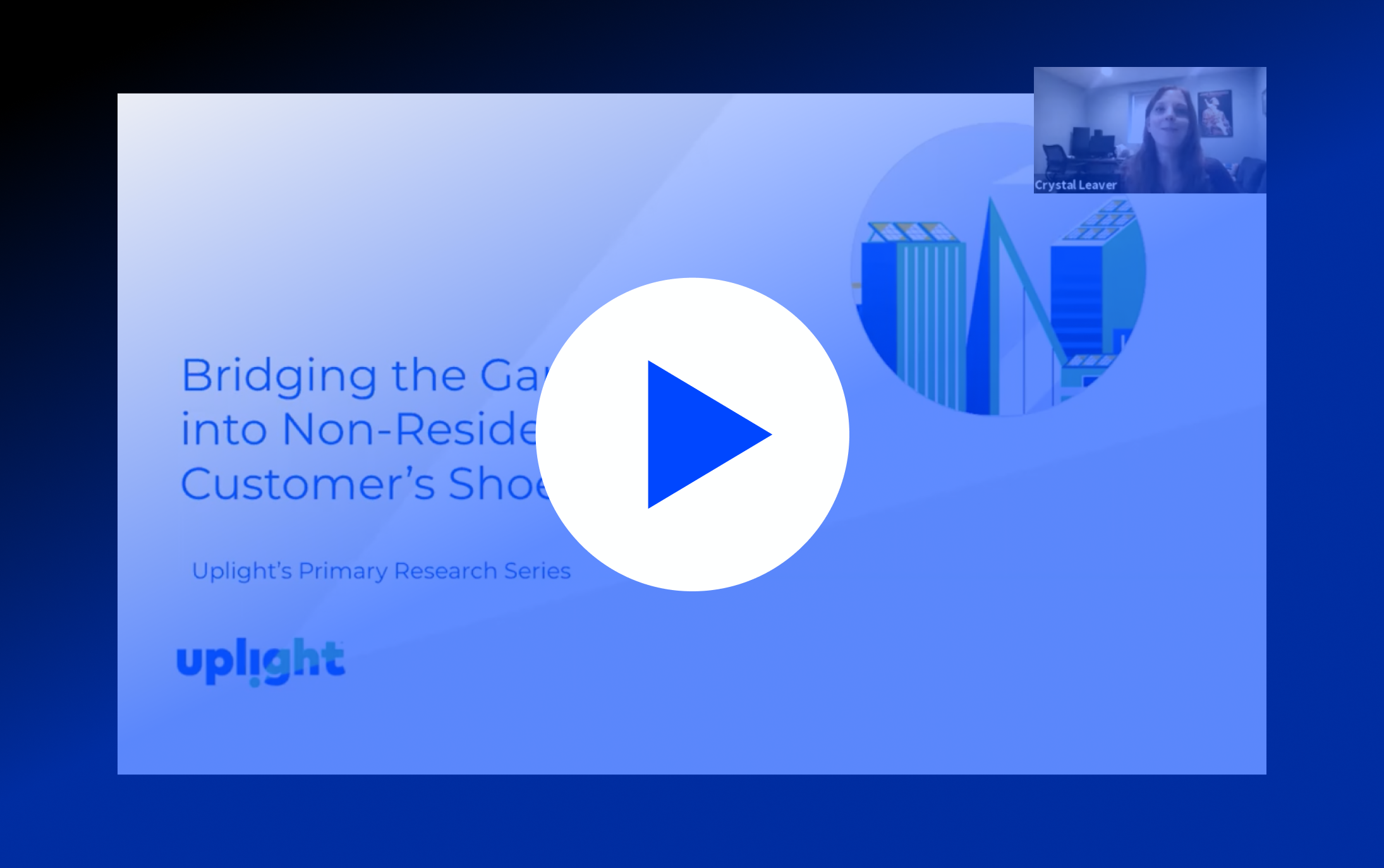
Video Business Customers
Bridging the Gap: Stepping into Non-Residential Customer’s ShoesResults from our latest primary research with the MUSH sector.
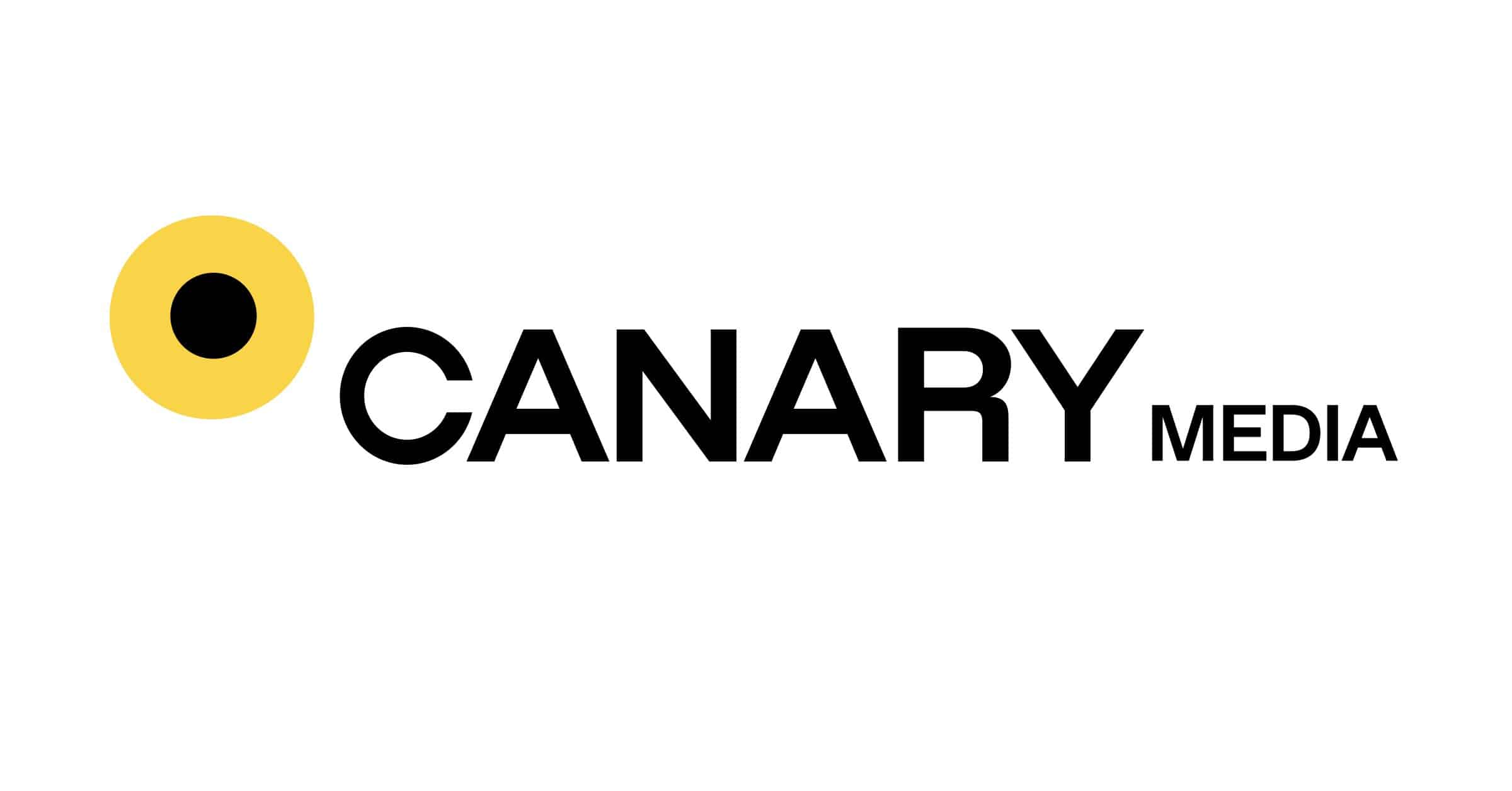
Press Release
Google Nest thermostats will soon help you use more — and even buy — clean energyCanary Media on October 6th, 2021

Blog Customer Engagement
Uplight Expands Clean Energy Ecosystem for Utilities with GoogleBy Erin D'Amato on October 6, 2021
Press Release Customer Engagement
Uplight Technology Tapped by Google’s Nest Renew, Expands the Clean Energy Ecosystem for UtilitiesPress Release on October 6th, 2021
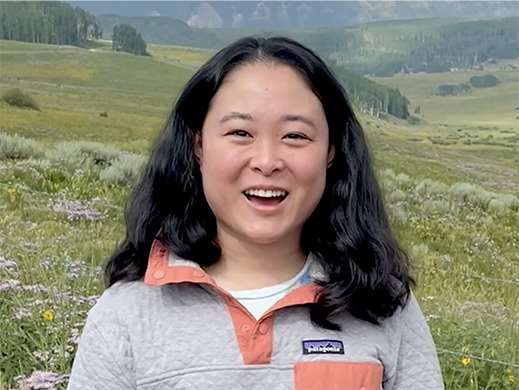
Blog Sustainability / B Corp
Video: Why Uplighters Work at UplightBy Crystal Leaver on October 5, 2021
Press Release
AutoGrid to Provide Turnkey Virtual Power Plant to Clean Power Alliance’s Power Response Program to Improve Reliability of California GridPress Release on September 27th, 2021

Blog Business Customers +1
Introducing MUSH, the Untapped C&I SegmentBy Crystal Leaver on September 27, 2021
Press Release
Uplight’s Updated Marketplace Solution Outperforms CompetitionPress Release on September 24th, 2021

Press Release Customer Engagement
Why some US electric utilities are experimenting with flat-rate pricingQuartz on September 23rd, 2021

Press Release
These Teams Expanded Lightning Fast. Here’s How.Built In Boston on September 21st, 2021
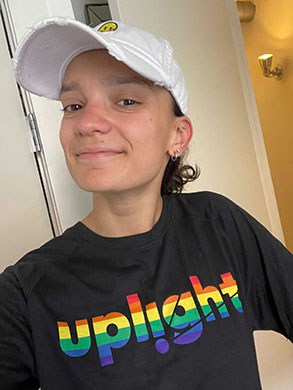
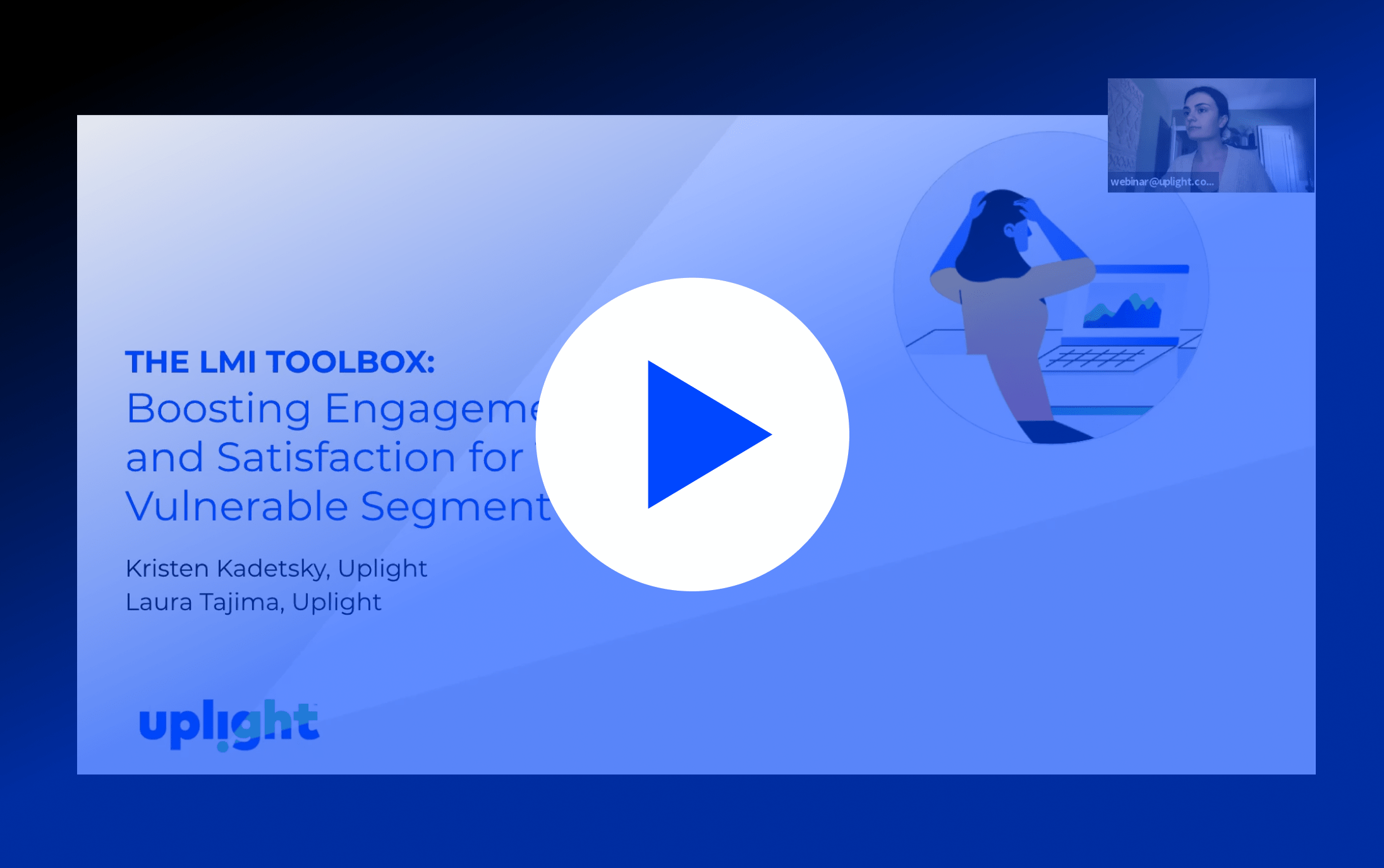
Video LMI Customers
The LMI Toolbox: Boosting Engagement, Savings, and Satisfaction for This Vulnerable SegmentBoost engagement, savings, and satisfaction for LMI customers.

Blog Electric Vehicles
Supporting Customers Through Their EV JourneyBy Crystal Leaver on September 13, 2021
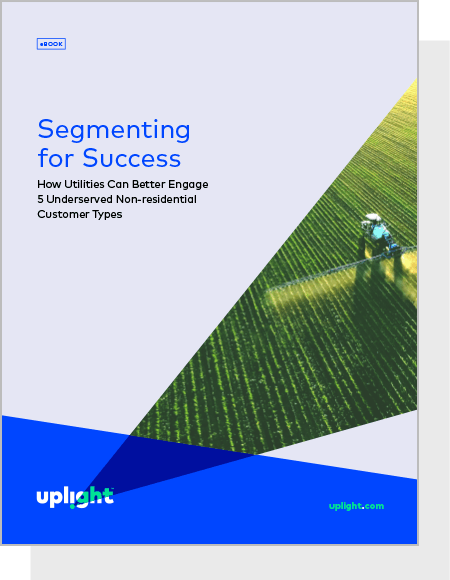
eBook Business Customers
Segmenting for Success: How Utilities Can Better Engage 5 Underserved Non-residential Customer TypesPersonalization is the key to engaging your business customers.

Blog
Inside Uplight's UNA-POC Employee Resource Group with Leah WillsBy Rachael Silverstein on September 7, 2021
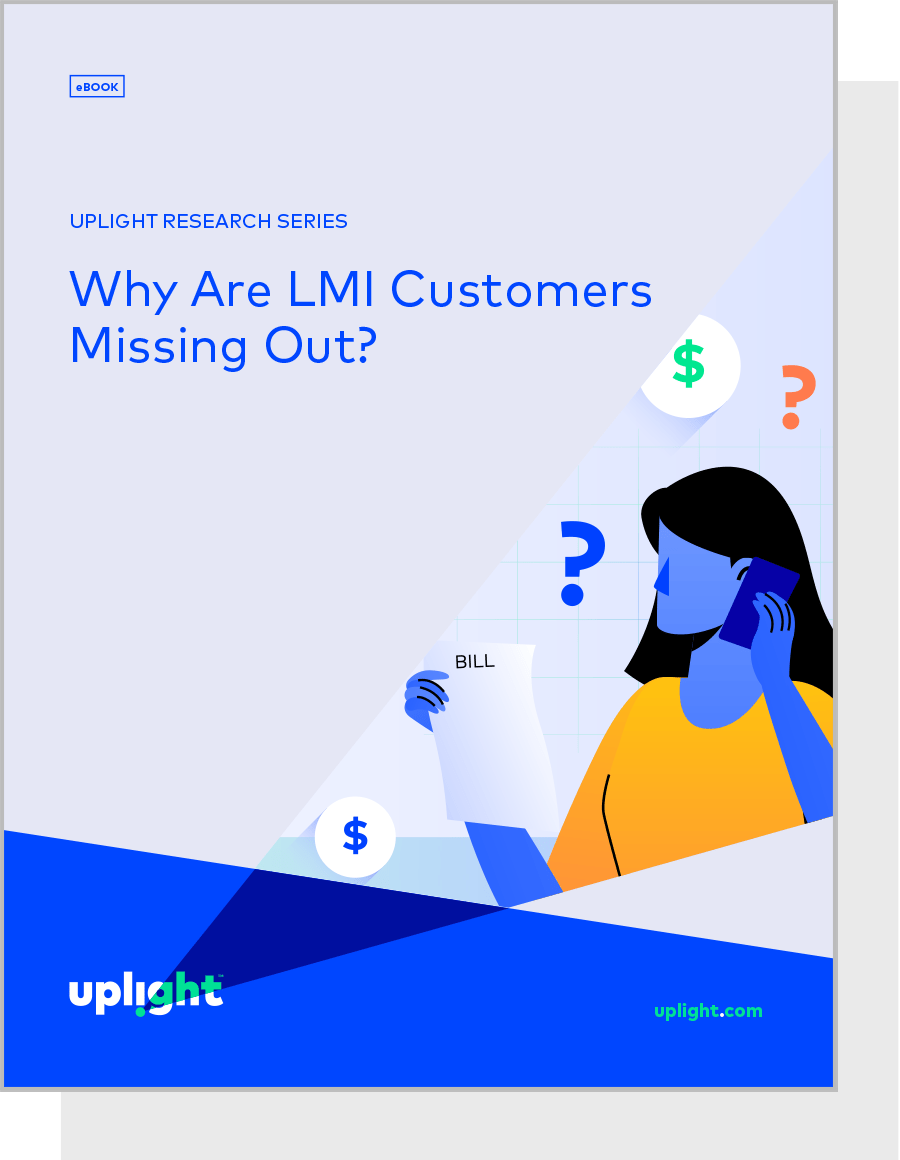
eBook LMI Customers
Why Are LMI Customers Missing Out?Enable LMI customers to take advantage of your programs and services.
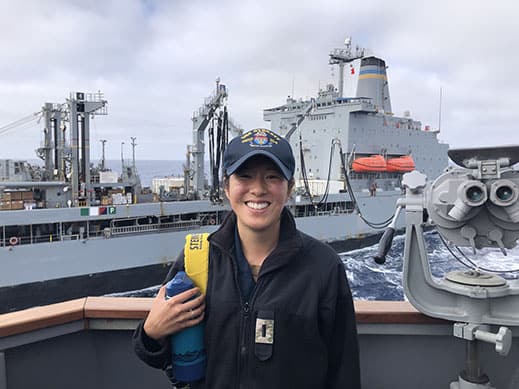
Blog
Inside Uplight’s Military Connection with Betty Leicht and Eric DavidsBy Rachael Silverstein on August 25, 2021

Blog Energy Efficiency
Video: How Does Uplight Calculate HERs Insights?By Crystal Leaver on August 17, 2021
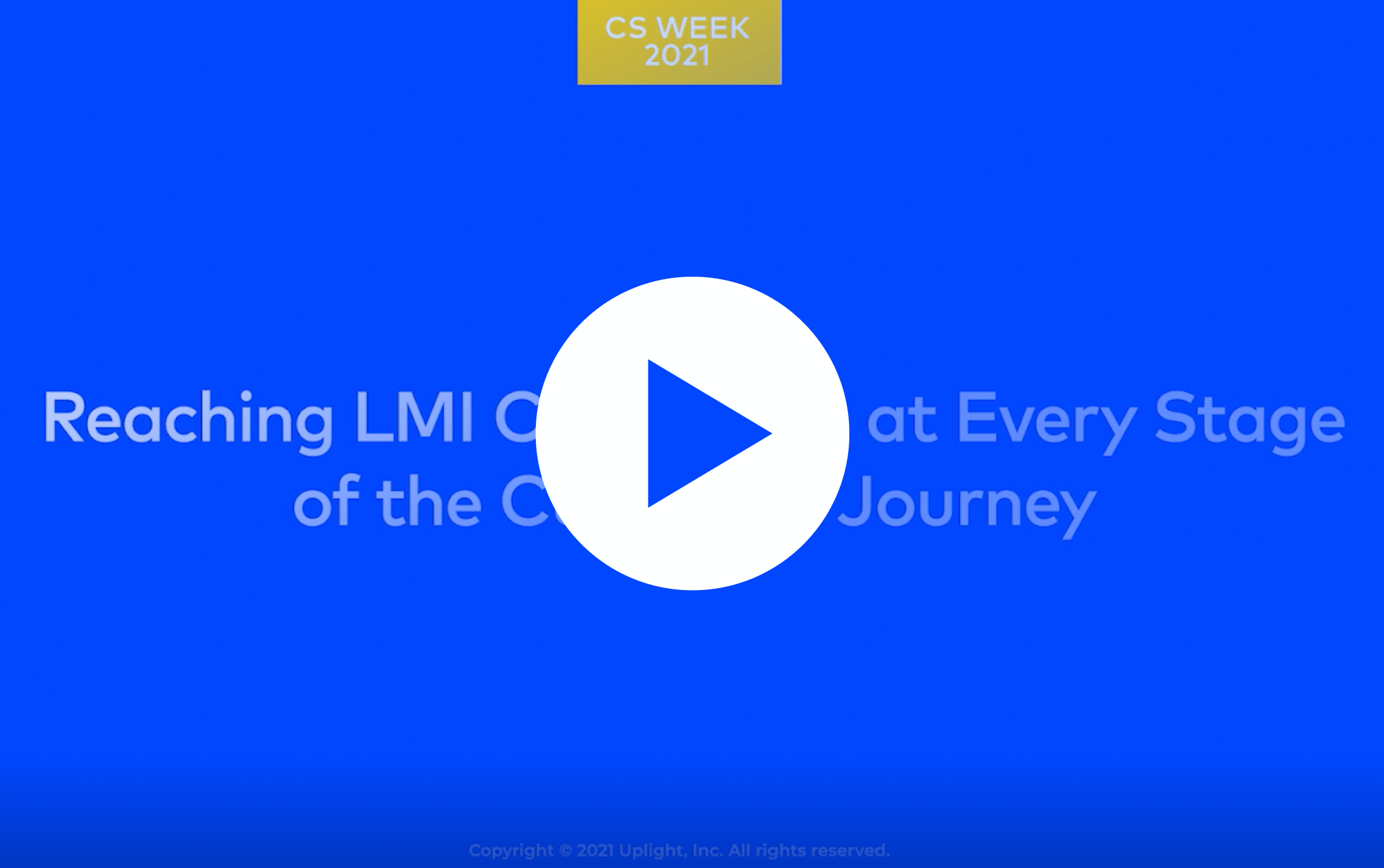
Video LMI Customers
2021 CS Week Session: Reaching LMI Customers at Every Stage of the Customer JourneyLearn about Mississippi Power's holistic LMI approach
Press Release Customer Engagement
Uplight Launches Plus, Empowering Utility Customers to Participate in the Clean Energy Transition with Personalized, Subscription Energy BundlesPress Release on August 10th, 2021
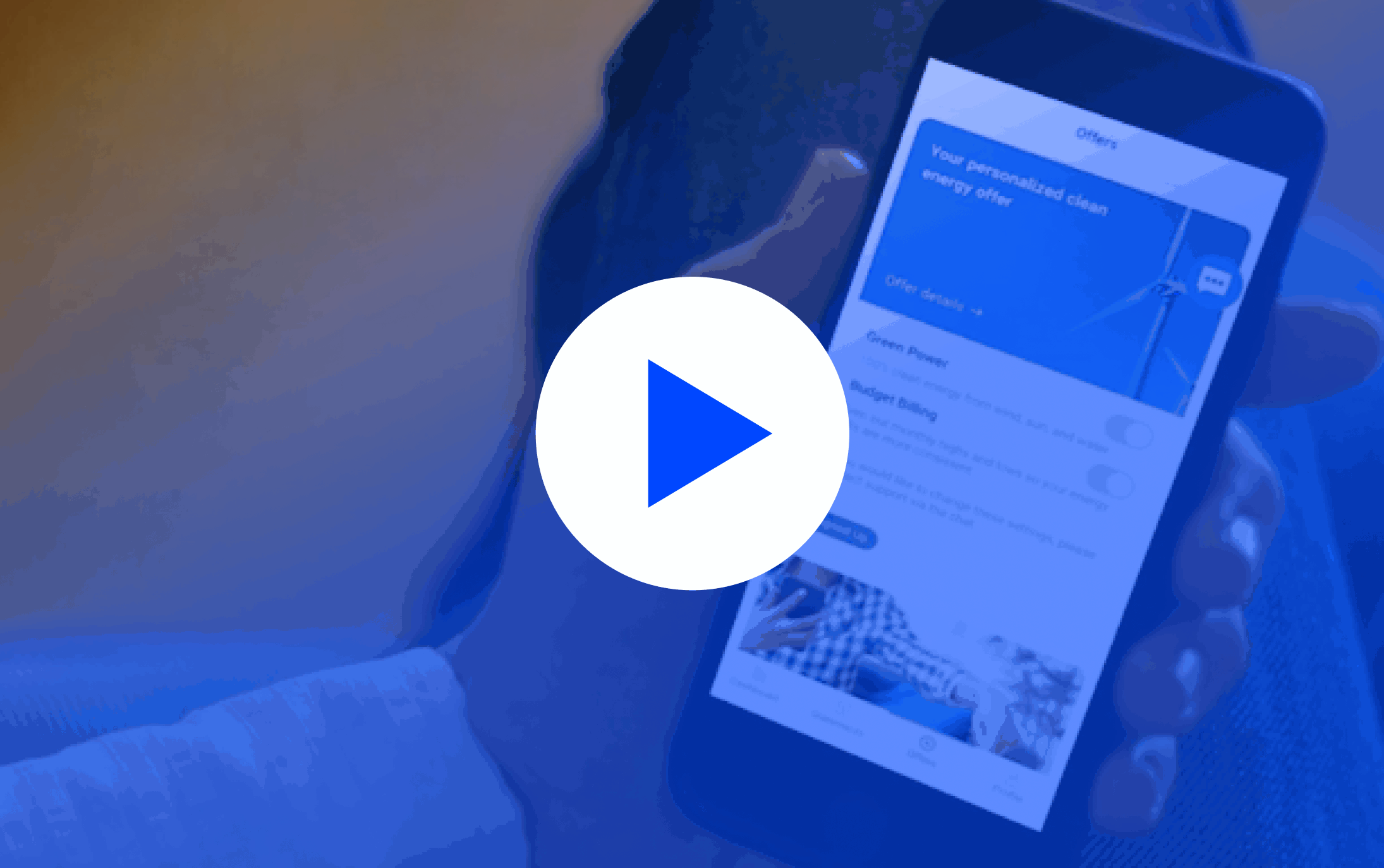
Video Customer Engagement
Video: PlusActivate your customers through personalized bundled offers delivered through a single digital experience.

Blog Energy Efficiency
Video: Three Ways to Expand Your HERs ProgramBy Crystal Leaver on August 9, 2021
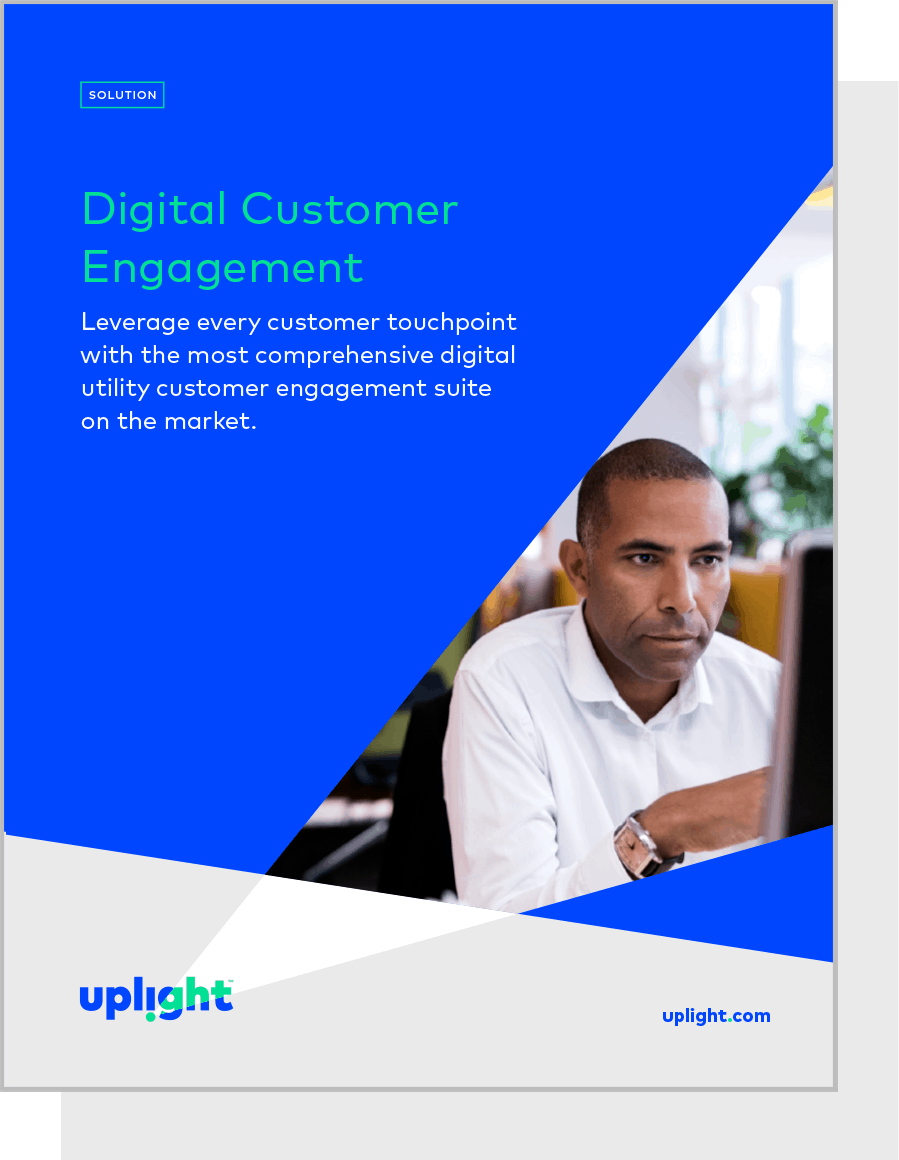
Brief Customer Engagement
Digital Customer Experience SolutionEngage customers in the personalized way they expect.
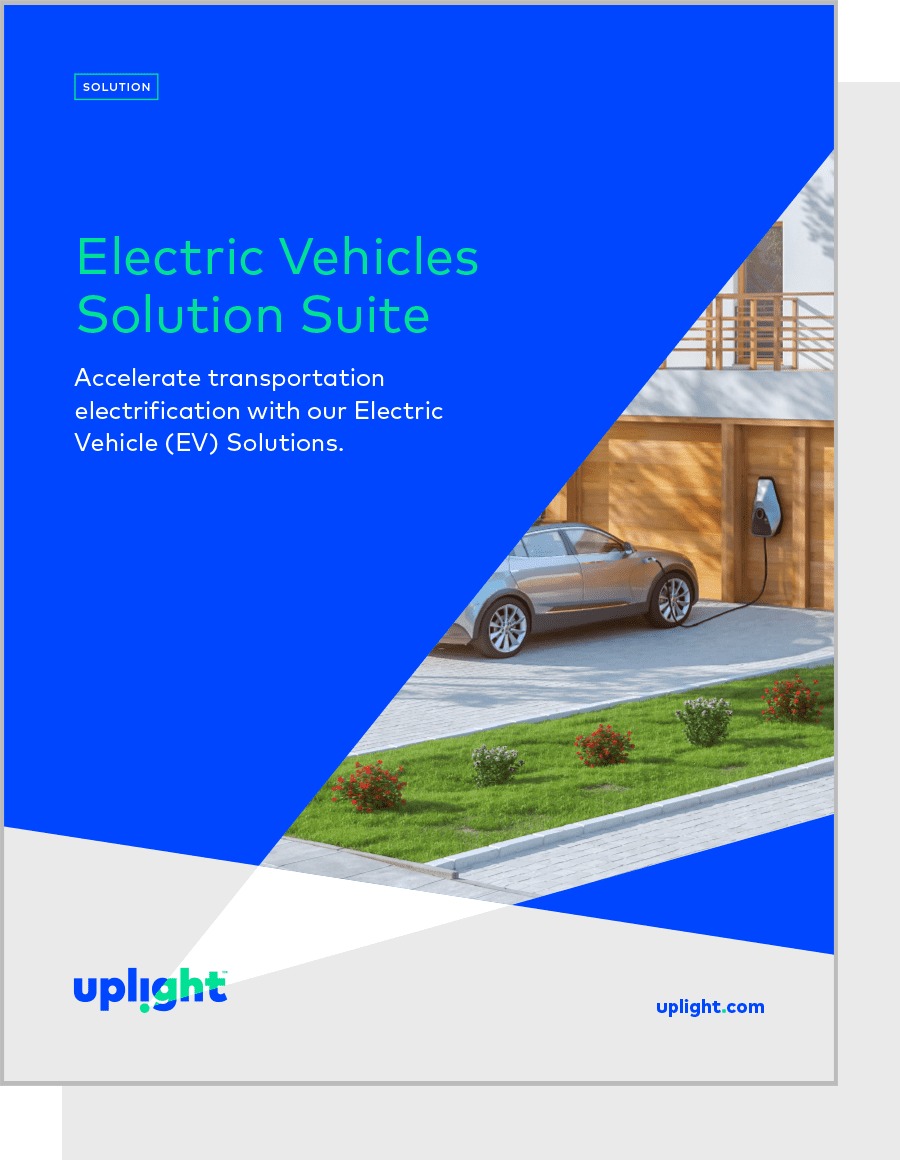
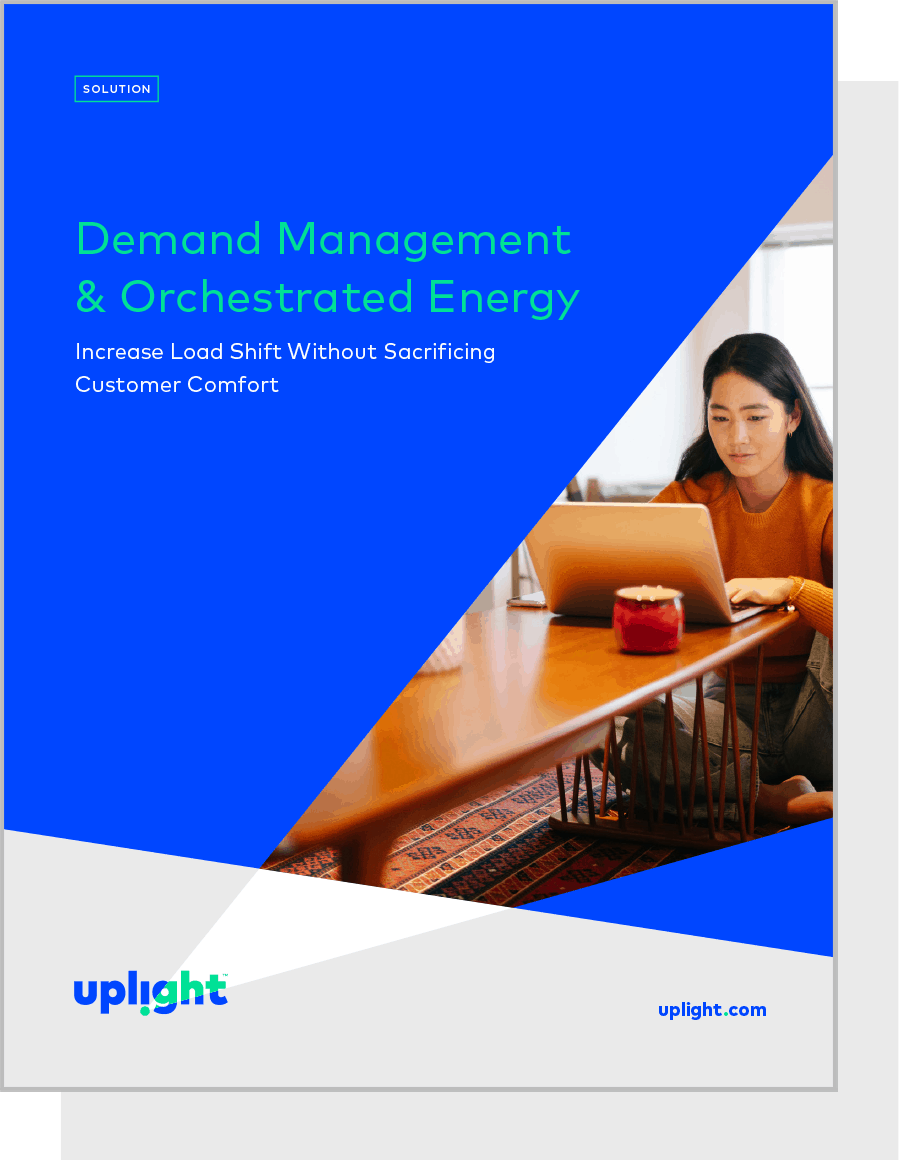
Brief Demand Management
Orchestrated EnergyIncrease load shift without sacrificing customer comfort.
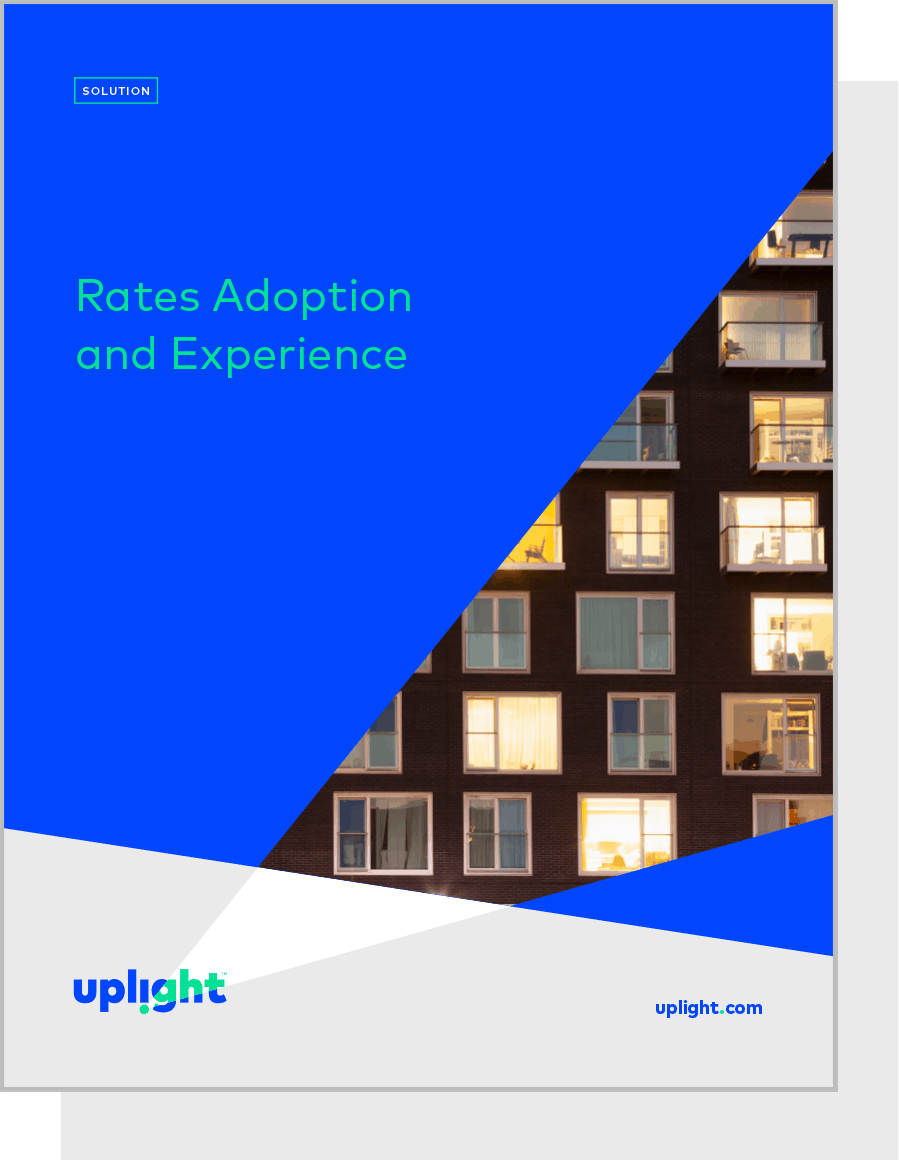
Brief Rates Engagement
Rates Adoption and ExperienceTurn rates into opportunities for customers, not frustrations.
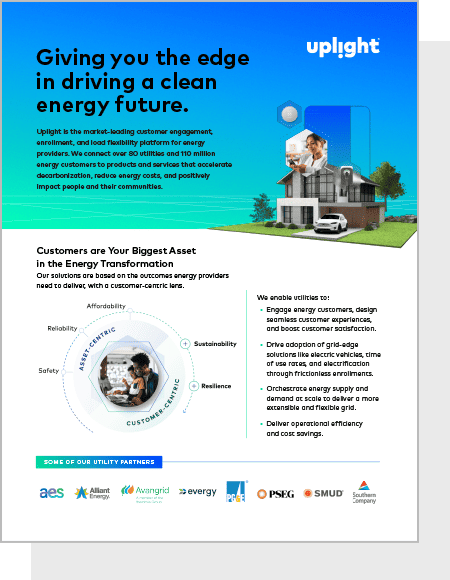
Brief Business Customers +5
Uplight Solutions OverviewUplight is the bridge to the clean energy ecosystem.
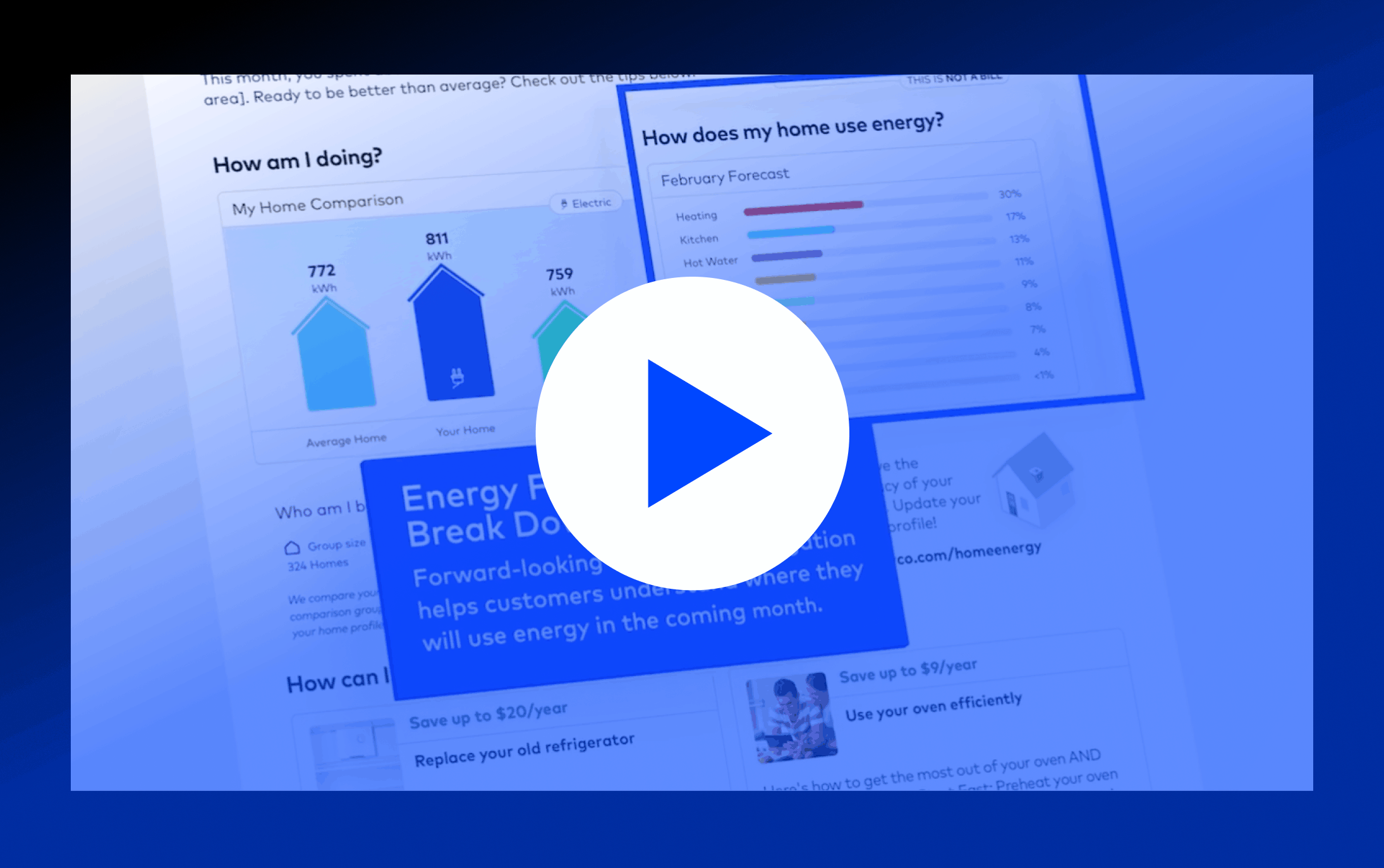
Video Energy Efficiency
Video: Deep Dive on How HERs Insights are CalculatedSee how Uplight calculates HERs insights.
Press Release Demand Management
Uplight Supports Record Number of Homes in Demand Response Events During Last Week’s Summer Heat WavePress Release on August 3rd, 2021

Blog Customer Engagement +1
Reaching LMI Customers with Personalized Bundled OffersBy Crystal Leaver on August 3, 2021

Blog Customer Engagement
Maximize Customer Touchpoints with Personalized Bundled OffersBy Angela Amos on August 2, 2021

Blog Energy Efficiency
Video: More personalized experiences with modular HERsBy Crystal Leaver on July 30, 2021
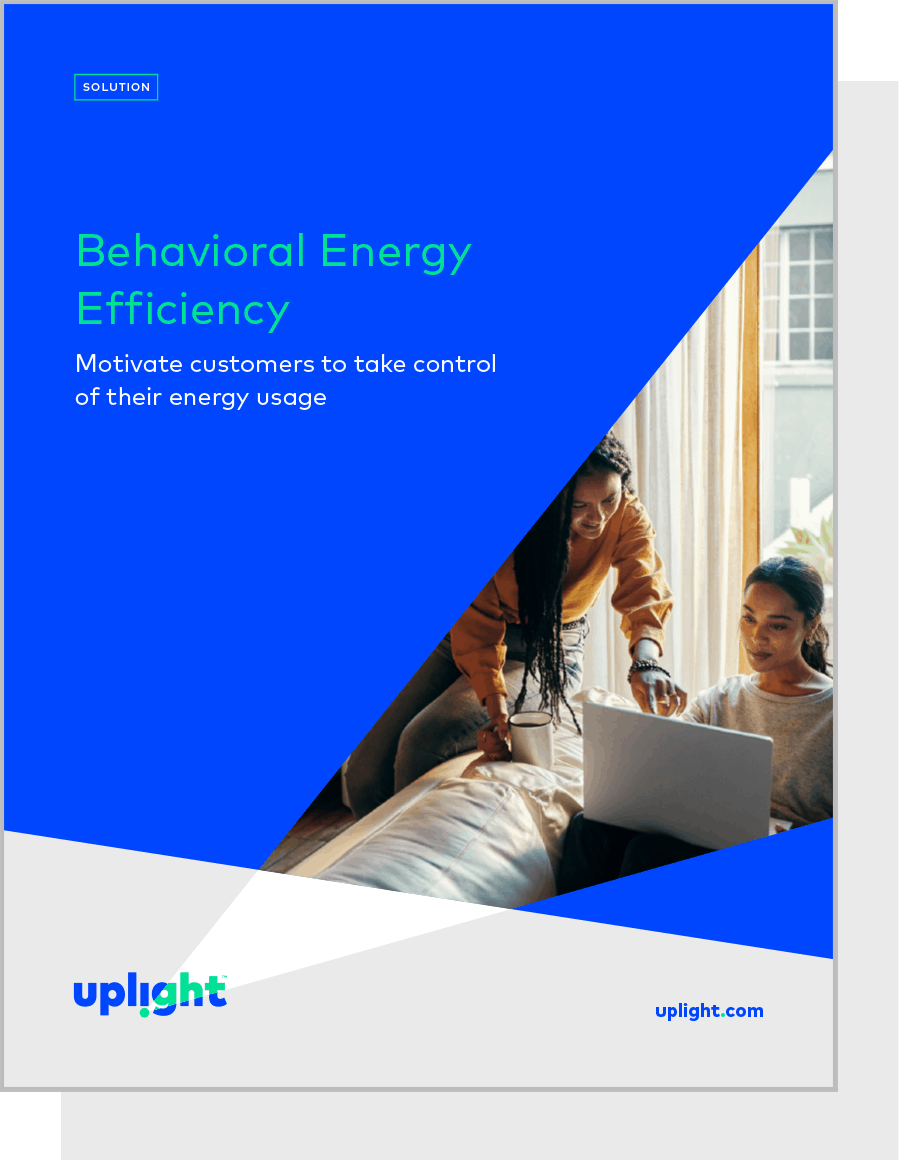
Brief Energy Efficiency
Behavioral Energy Efficiency SolutionMotivate customers to take control of their energy usage.
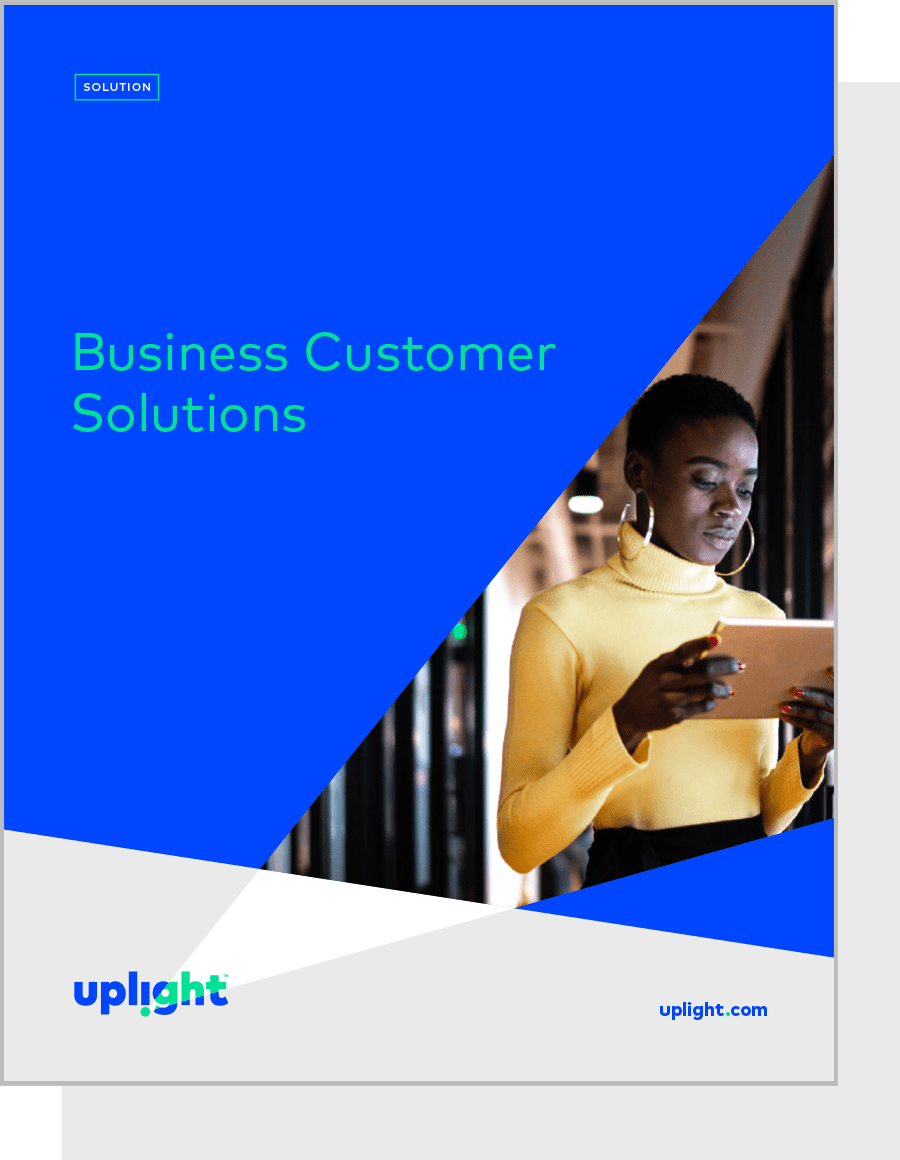
Brief Business Customers
Business Customer SolutionsEnable all your business customers, from SMBs to large C&I.
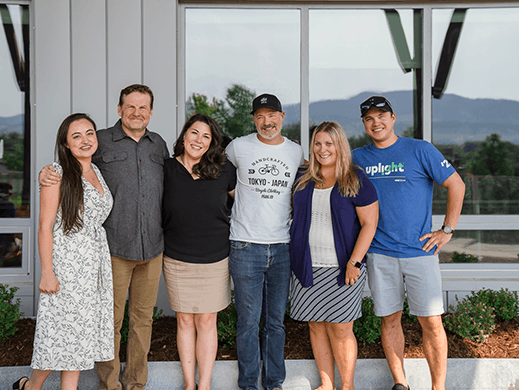
Blog Sustainability / B Corp
Uplight Values in Action: Boulder CommonsBy Crystal Leaver on July 21, 2021

Video Energy Efficiency
Video: 3 Ways to Expand Your HERs ProgramReach your behavioral energy savings goals.
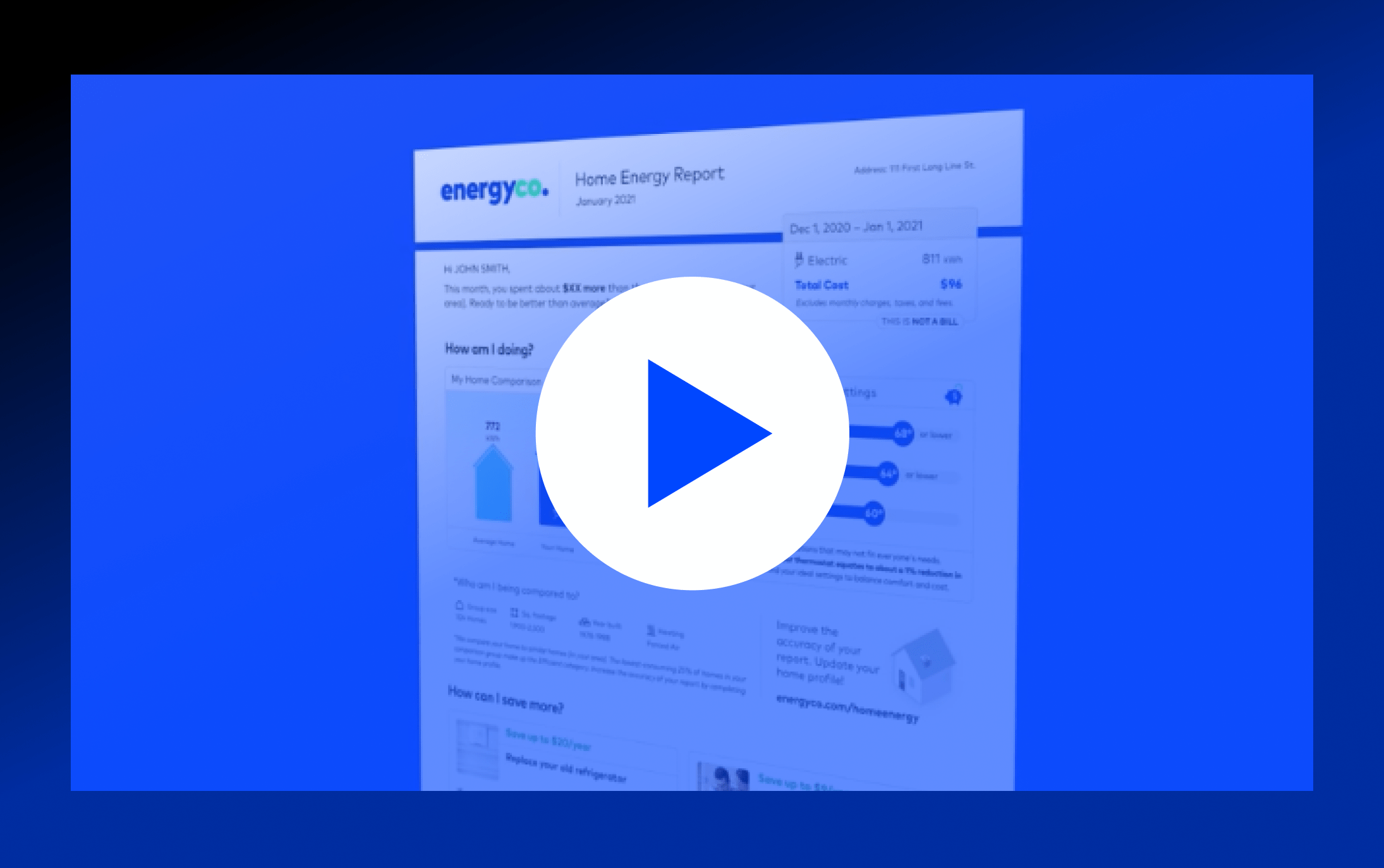
Video Energy Efficiency
Video: Home Energy Reports - Modularity FeaturesProvide a personalized experience with flexible modules.
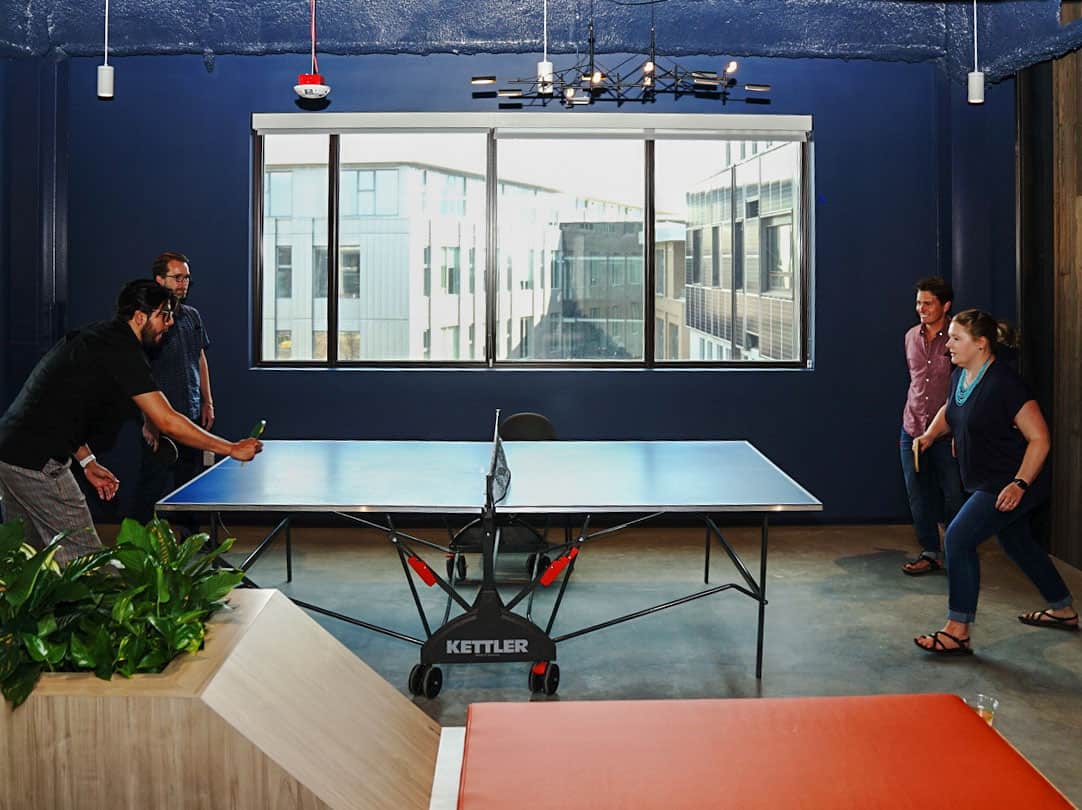
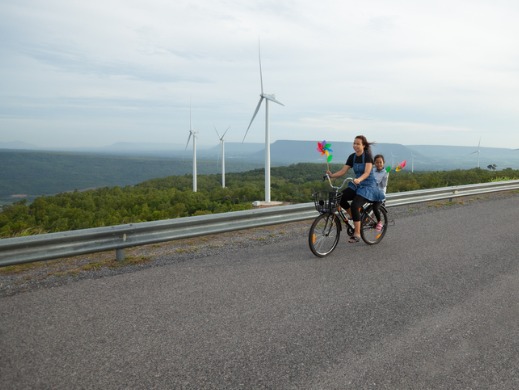
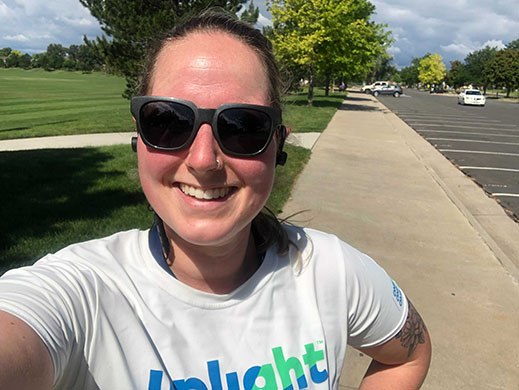
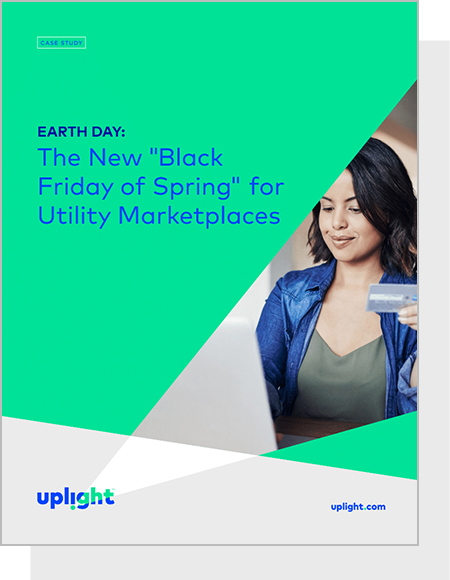
Case Study Sustainability / B Corp
Earth Day: The “Black Friday of Spring” for Utility MarketplacesMore savings for more customers.


Press Release Customer Engagement +2
Uplight and AES to Transform Customers’ Energy Experience While Achieving Greater Efficiency and Cost SavingsPower Magazine on June 23rd, 2021
Press Release
Uplight and AES to Transform Customers’ Energy Experience While Achieving Greater Efficiency and Cost SavingsPress Release on June 22nd, 2021
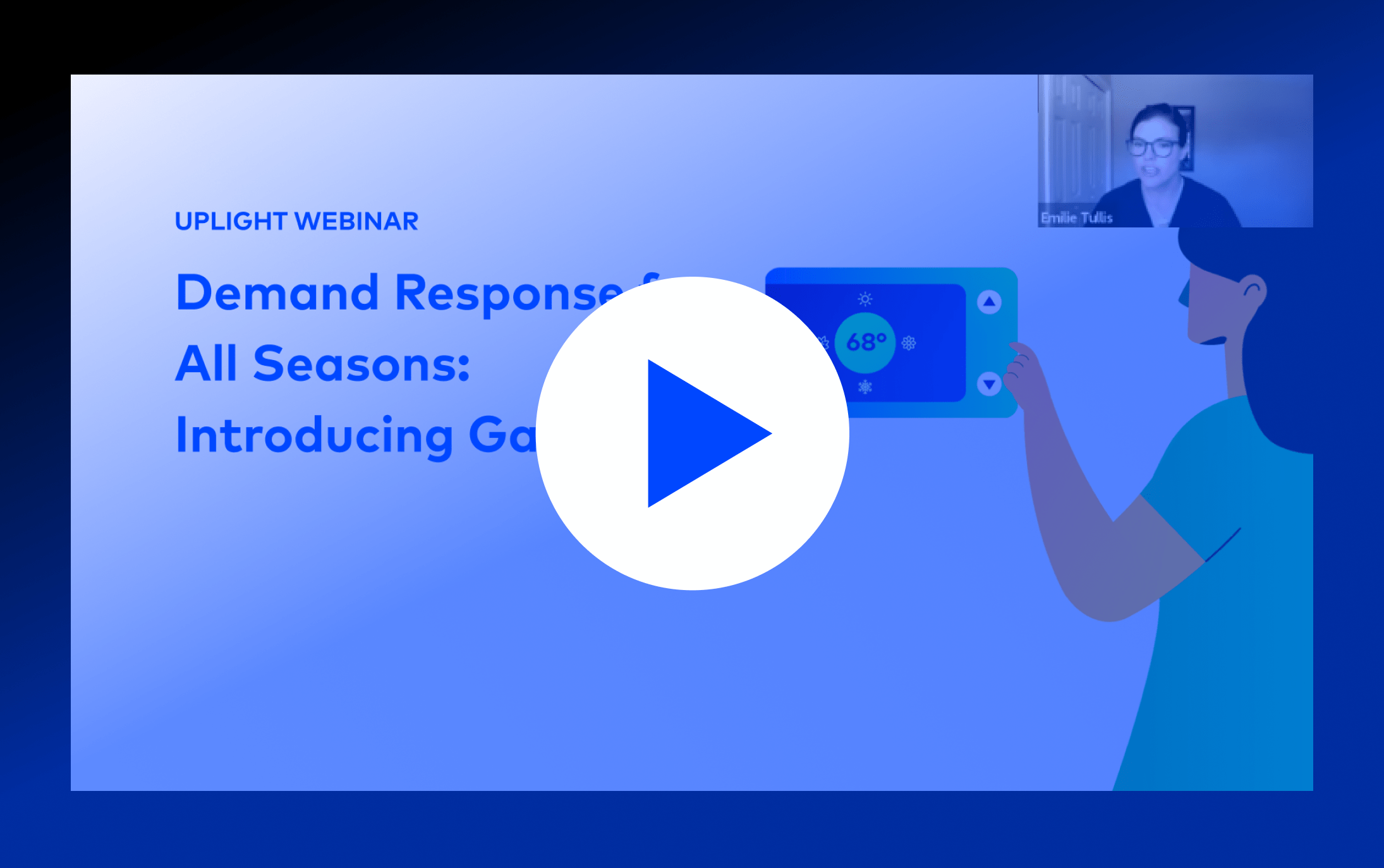
Video Demand Management
Demand Response for All Seasons: Introducing Gas DRLearn how to optimize your DR program for year round-effectiveness

Blog Demand Management
No Sweat! How Focusing on Comfort is the Key to Demand Response in Summer HeatwavesBy Don McPhail on June 21, 2021

Press Release
Boulder County clean-tech companies see demand increasing after U.S. administration changeDaily Camera on June 20th, 2021

Blog Energy Efficiency
Stay Cool & Save Cash This Summer: Secrets Your Utility WANTS you to Know AboutBy Devren Hobbs on June 17, 2021
Press Release
Uplight Launches Step Change Labs, Paving the Way for the Modern Customer-Centric Energy EcosystemPress Release on June 16th, 2021

Blog
Uplight Values in Action: Upholding the Highest Standards with SOC1 ComplianceBy Crystal Leaver on June 16, 2021

Blog Demand Management
A Deeper Look: Orchestrated Energy & Time of Use OptimizationsBy Mike Weadley on June 10, 2021

Blog Energy Efficiency
Video: Understanding Residential Energy Portal UsageBy Crystal Leaver on June 4, 2021

Blog Customer Research +1
New Research Shows that LMI Customers Have a Lower Awareness and Usage of Energy Saving ProgramsBy Crystal Leaver on June 1, 2021
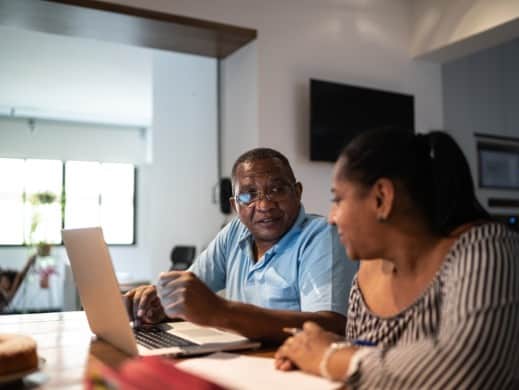
Blog Customer Research
New Residential Customer Research In: Keeping Up with CustomersBy Crystal Leaver on May 24, 2021

Video Customer Engagement +2
Bridging the Gap: Keeping Up With Modern Energy Customer ExpectationsTrack the evolution of modern energy customer expectations.
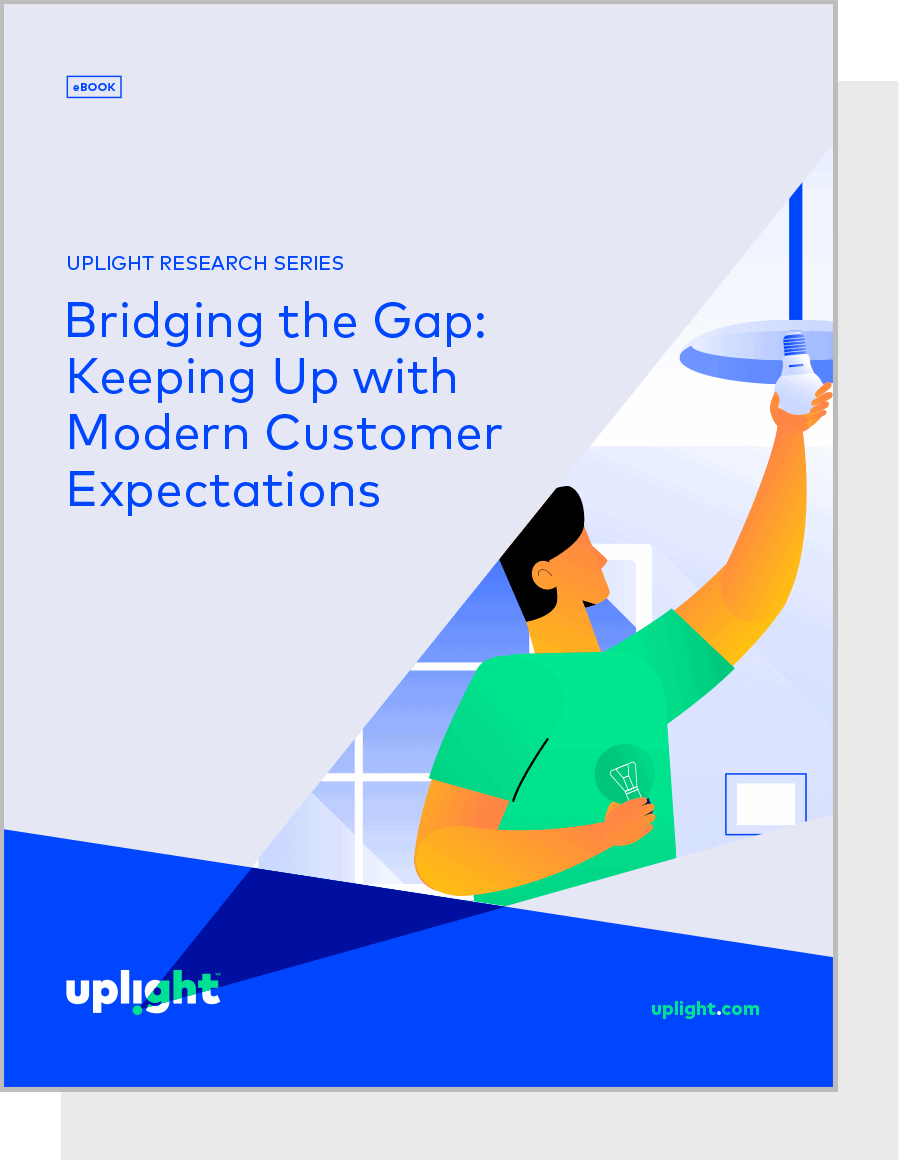
eBook Customer Engagement +4
Bridging the Gap: Keeping Up with Modern Customer ExpectationsMotivate your energy customers to take action.
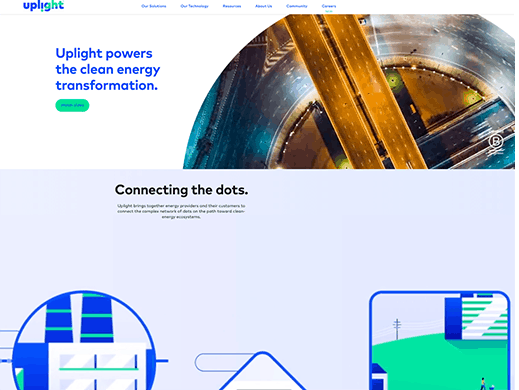
Press Release Customer Research +1
Low- and Moderate-Income Customers Are Missing Out on Savings, Uplight’s Annual Research HighlightsPress Release on May 19th, 2021

Blog Demand Management +1
Set it and Forget it with Demand Response for TOU RatesBy Crystal Leaver on May 17, 2021
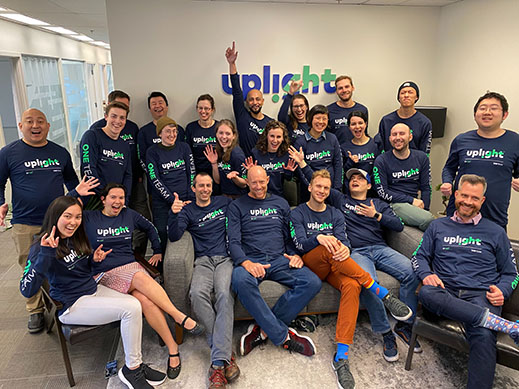
Blog
Denver Post Awards Designates Uplight one of the Best Places to WorkBy Crystal Leaver on May 11, 2021
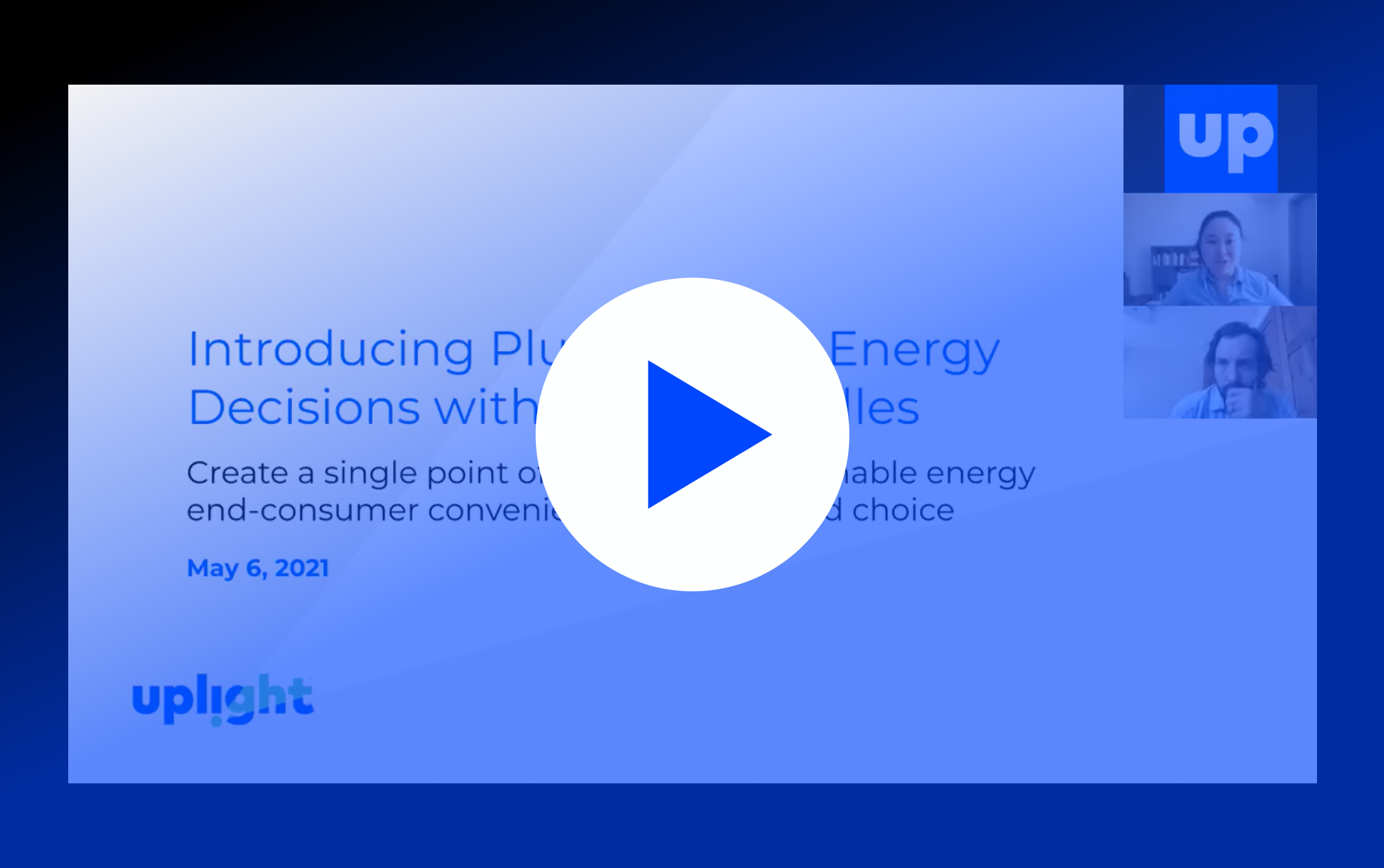
Video Customer Engagement
Introducing Plus: Simplify Energy Decisions with Smart BundlesIncrease customer engagement and enrollments.
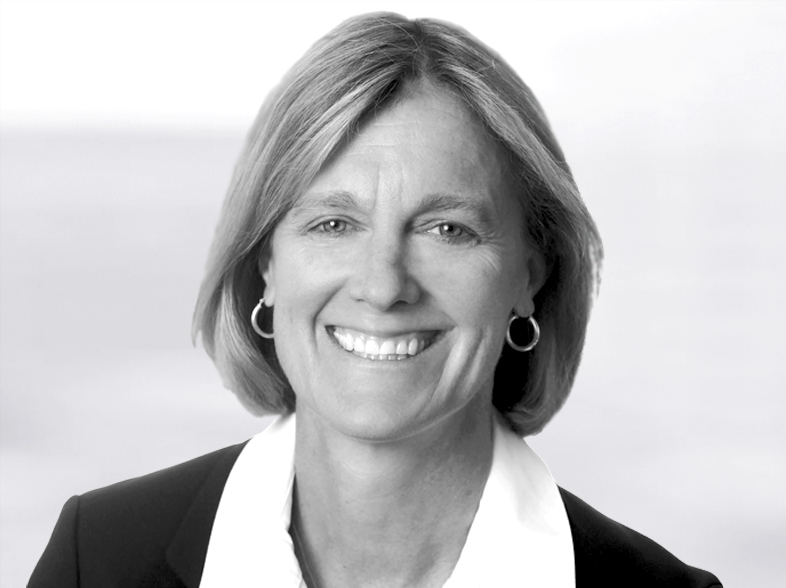
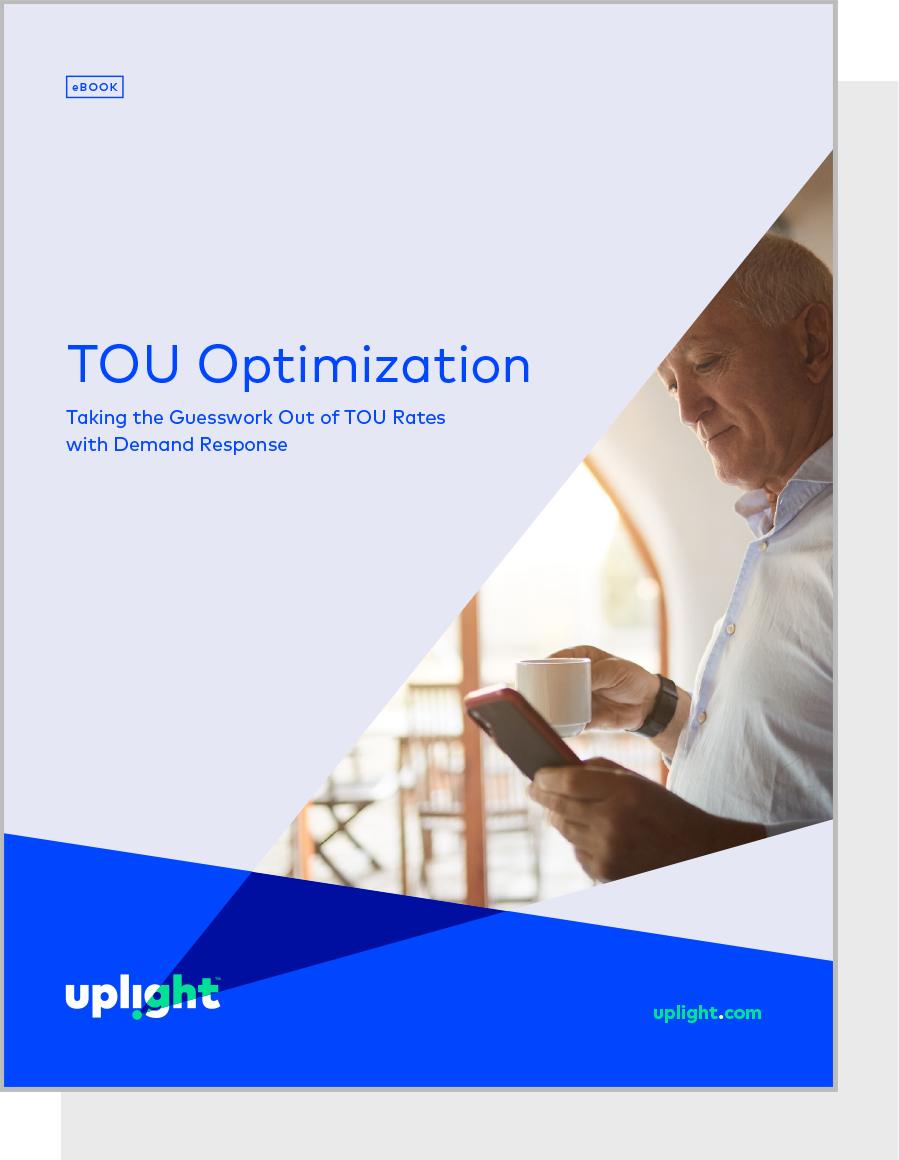
eBook Demand Management +1
TOU Optimization: Taking the Guesswork Out of TOU Rates with Demand ResponseEnsure TOU rate adoption while maintaining customer satisfaction.


Video Energy Efficiency
Video: Residential Customer Energy Portal ResearchWhy do customers log into their utility's Residential Portal?
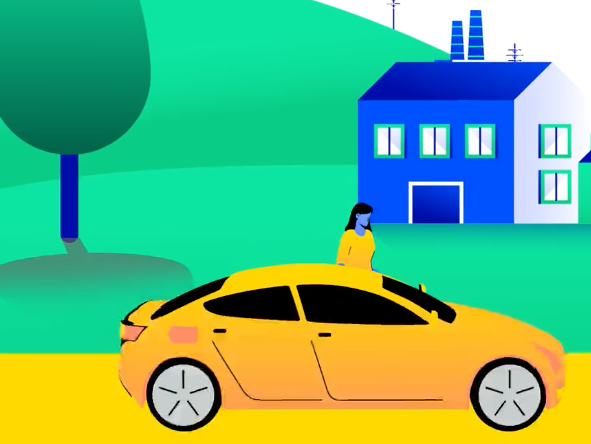

Blog
DSM Solutions to Growing Winter Peaks in ACEEE’s Latest ReportBy Crystal Leaver on April 28, 2021
Press Release Demand Management
Uplight Launches Major Earth Day Campaign to Get Low-Cost or Free Smart Thermostats into Tens of Thousands of HomesPress Release on April 22nd, 2021

Blog Sustainability / B Corp
Earth Day 2021: Celebrating Uplight’s Impact in 2020By Crystal Leaver on April 22, 2021

Blog Customer Engagement +1
The Full Potential of Residential Customer Energy PortalsBy Crystal Leaver on April 20, 2021
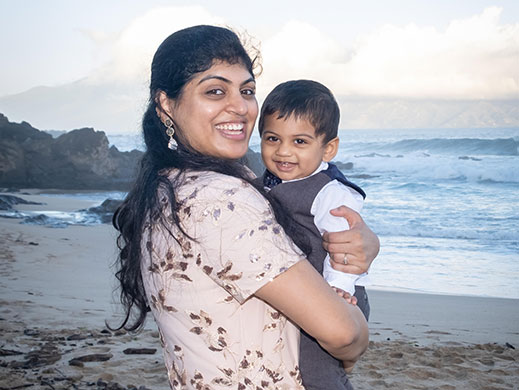

Blog Demand Management
Five Ways to Expand Your Demand Response ProgramBy Don McPhail on April 6, 2021
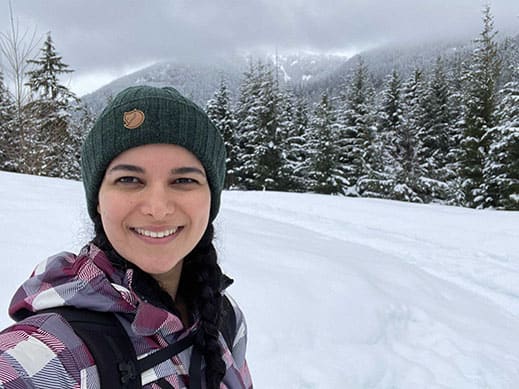
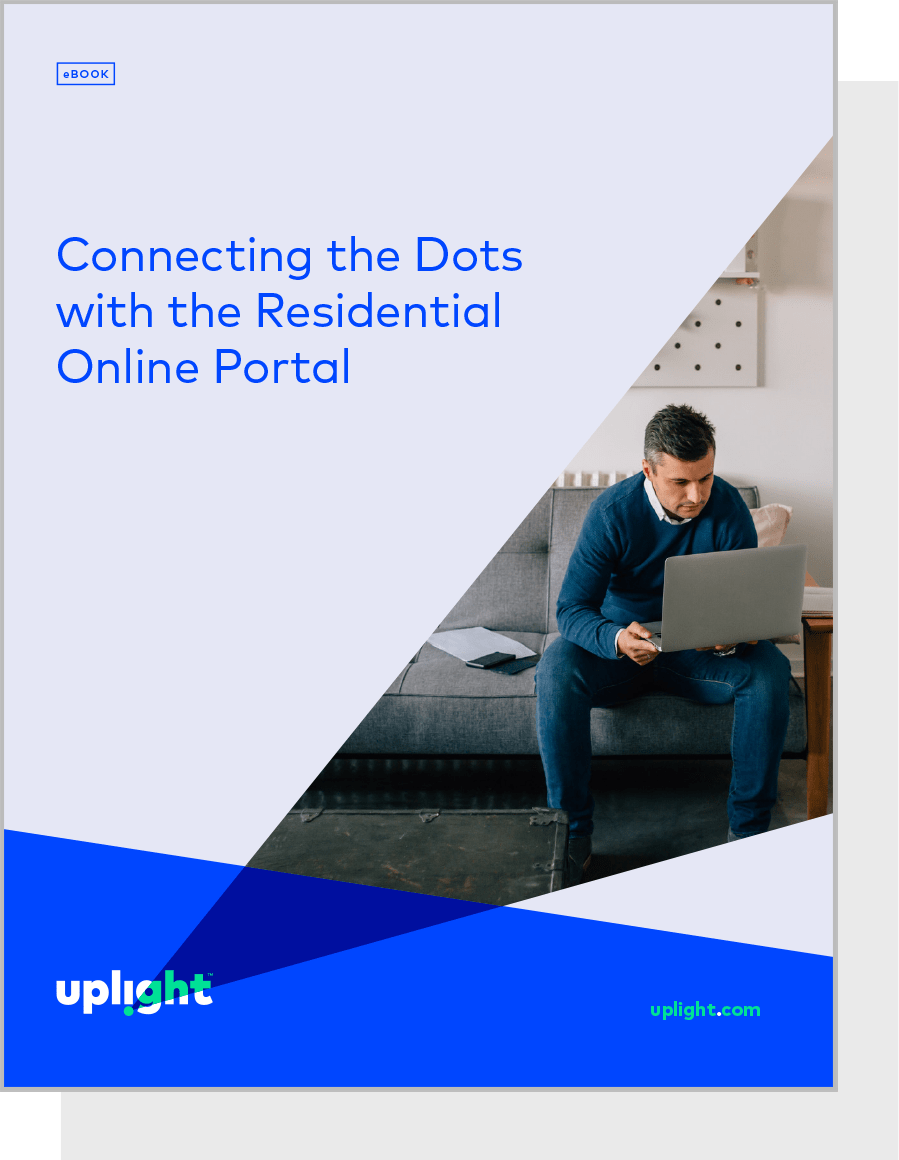
eBook Customer Engagement
Connecting the Dots with the Residential Online PortalCreate personalized offers and experiences based on your customer’s profiles, preferences, and objectives.
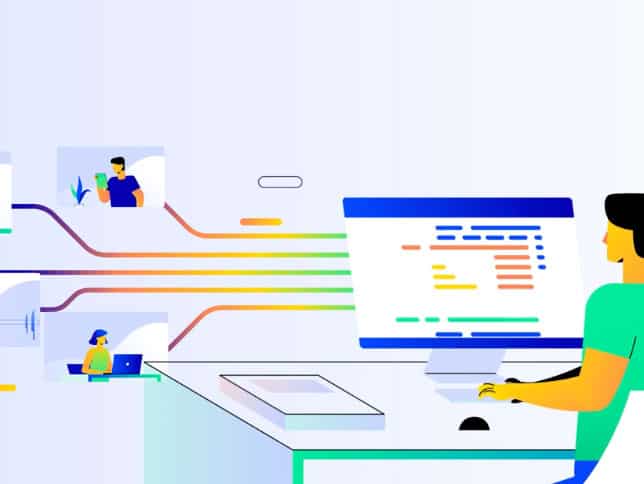
Blog Customer Engagement
Video: Uplight's Digital Customer Engagement SolutionsBy Crystal Leaver on March 29, 2021

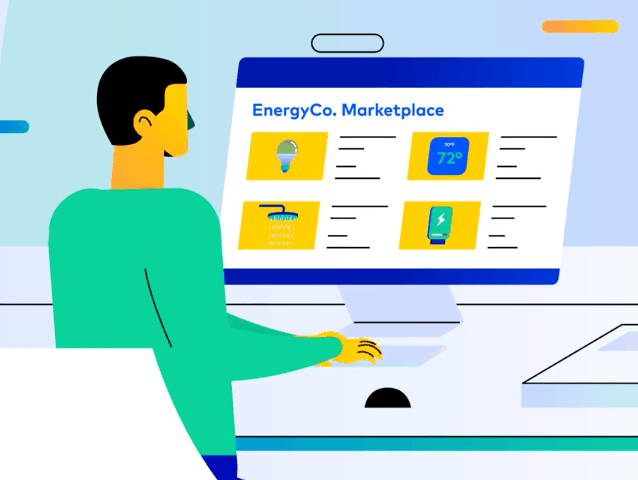
Blog Energy Efficiency
Infographic: Supercharge Your Marketplace with Ecommerce Best PracticesBy Crystal Leaver on March 22, 2021

Blog
How to Find Your Why When You Feel Like You’re Just SurvivingBy Martha Blakely on March 17, 2021
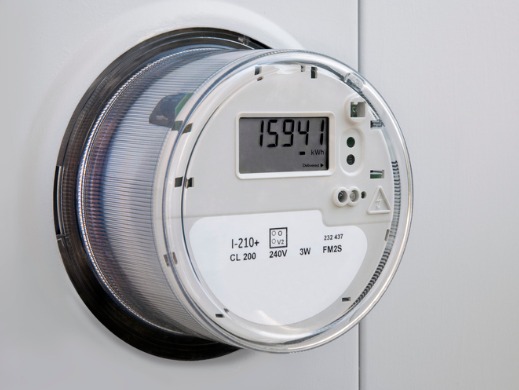
Blog Customer Engagement +1
Tapping into AMI Data with Digital AlertsBy Crystal Leaver on March 15, 2021
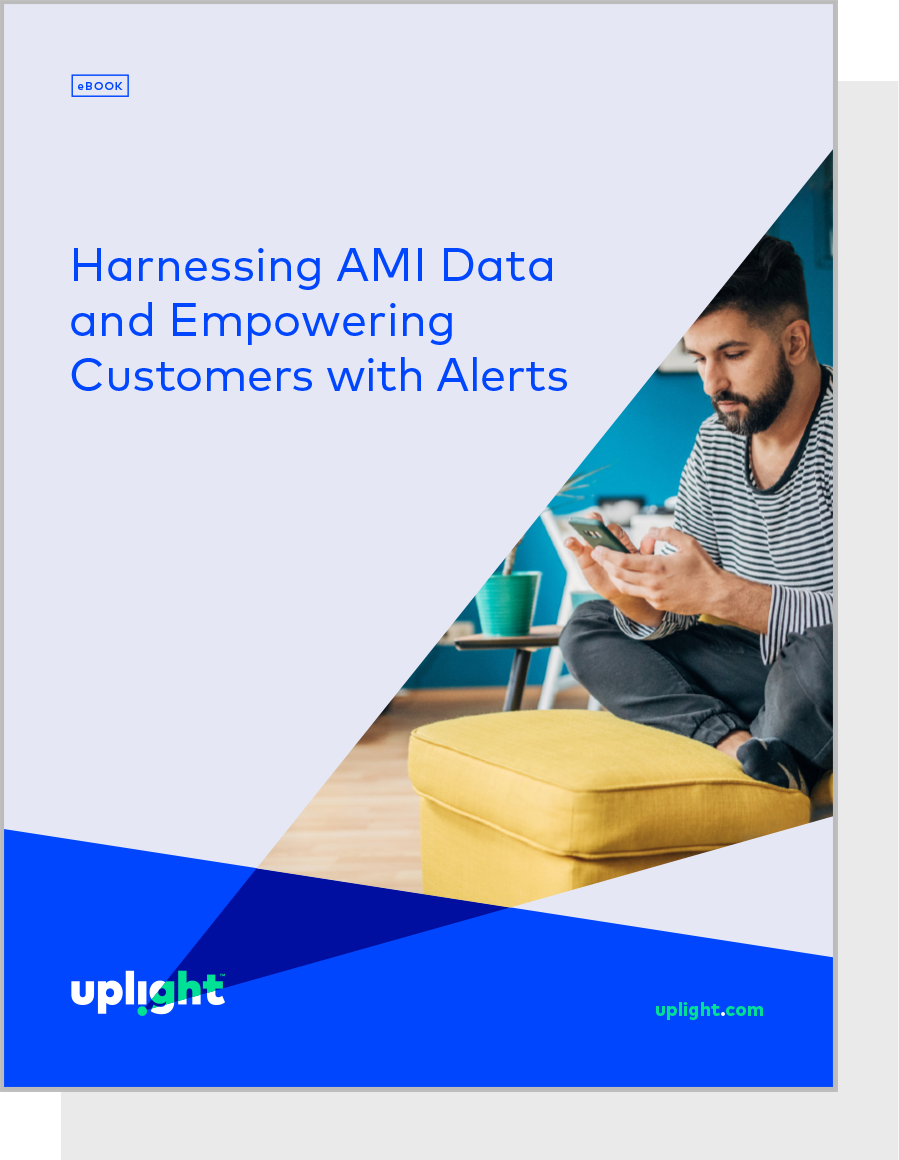
eBook Customer Engagement
Harnessing AMI Data and Empowering Customers with AMI AlertsProvide customers a more personalized energy intelligence experience, harnessing data that they already have.

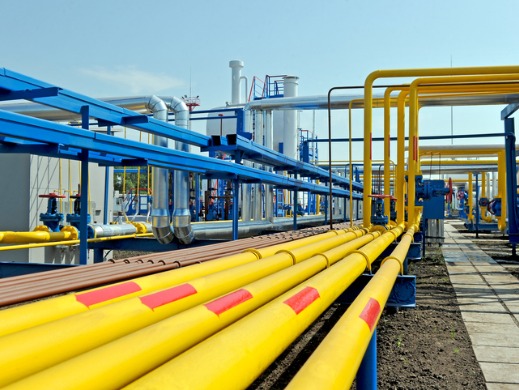
Blog Demand Management
Emerging Need for Demand Side Flexibility In Our Gas NetworksBy Don McPhail on March 10, 2021

Press Release Demand Management
Emerging Need for Demand Side Flexibility In Our Gas NetworksEnergy Central on March 9th, 2021



Press Release
Uplight Adds New Investors Schneider Electric and Huck Capital-Led Investment Group in Deal Valued at $1.5 Billion, with Growth Capital to Accelerate the Clean Energy EcosystemPress Release on March 2nd, 2021

Blog Business Customers
Video: Uplight's Non-residential SolutionsBy Crystal Leaver on March 1, 2021

Blog
Disaster Fallout in Texas a Somber Reminder of Much-Needed Grid InnovationsBy Tanuj Deora on March 1, 2021
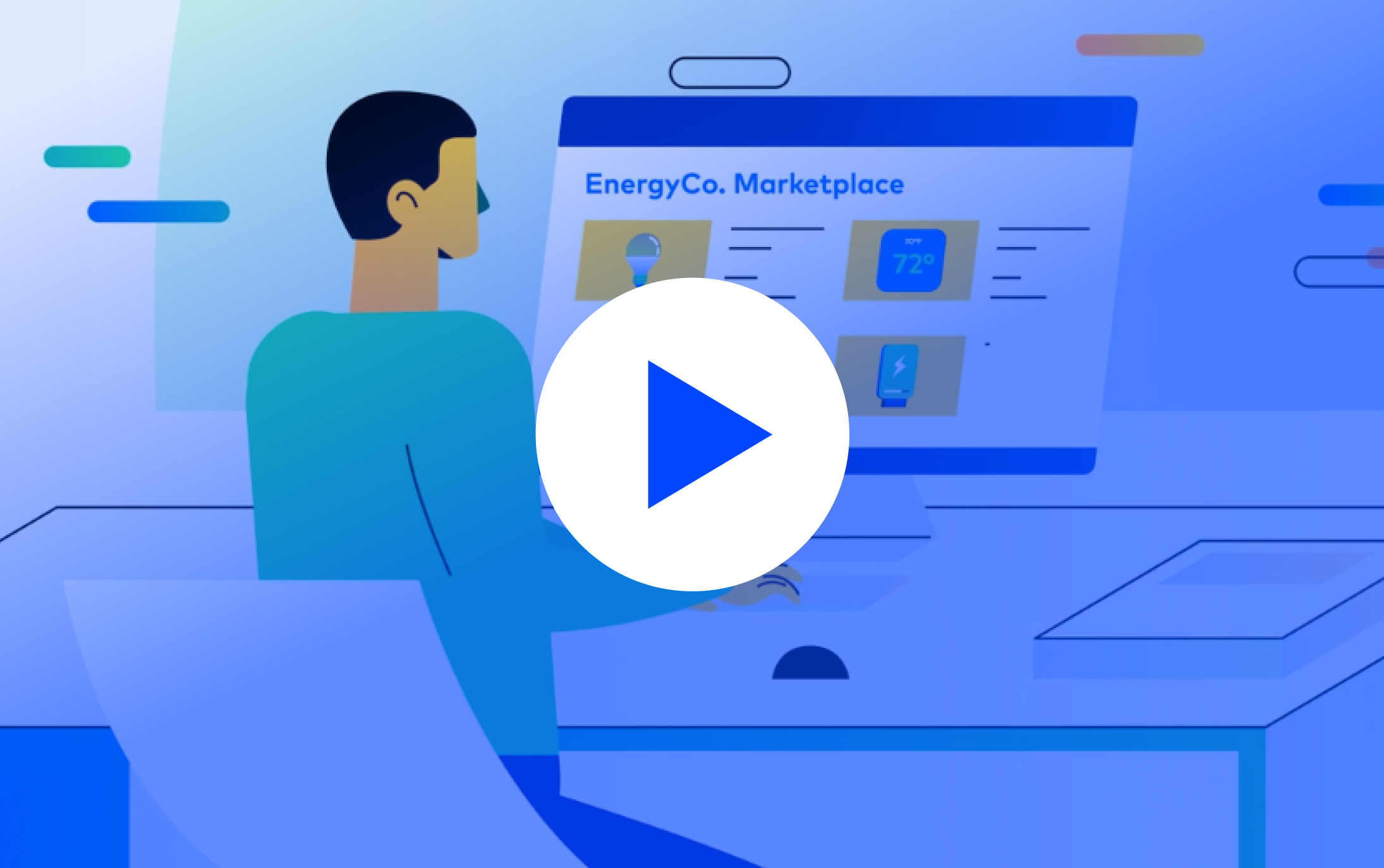

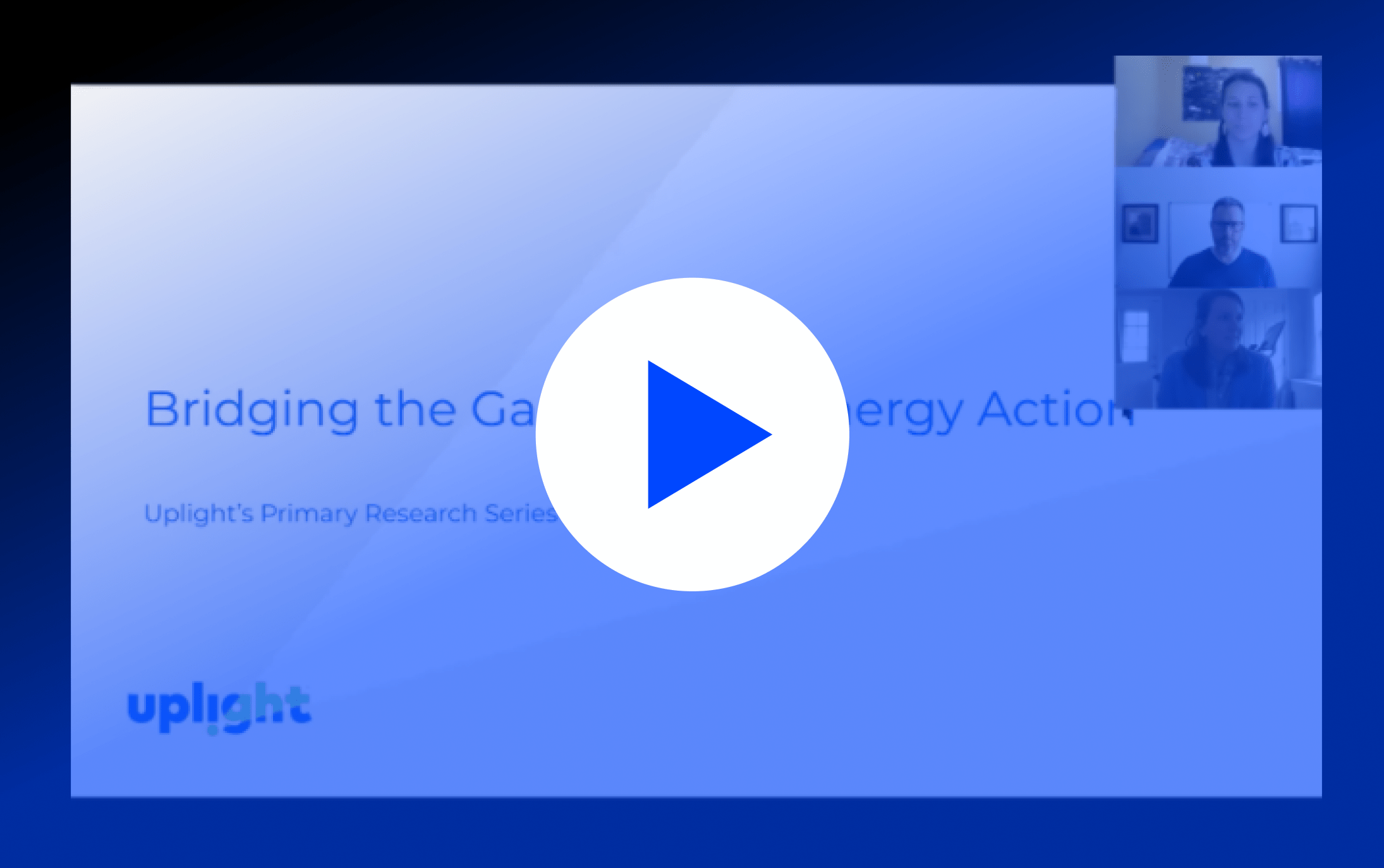
Video Customer Engagement +1
Bridging the Gap: Driving Energy Customer ActionUncover six opportunities to engage energy customers and drive program participation.
Press Release
AutoGrid Deploys AutoGrid Flex for Total's Largest Battery-Based Energy Storage Project in FrancePress Release on February 23rd, 2021
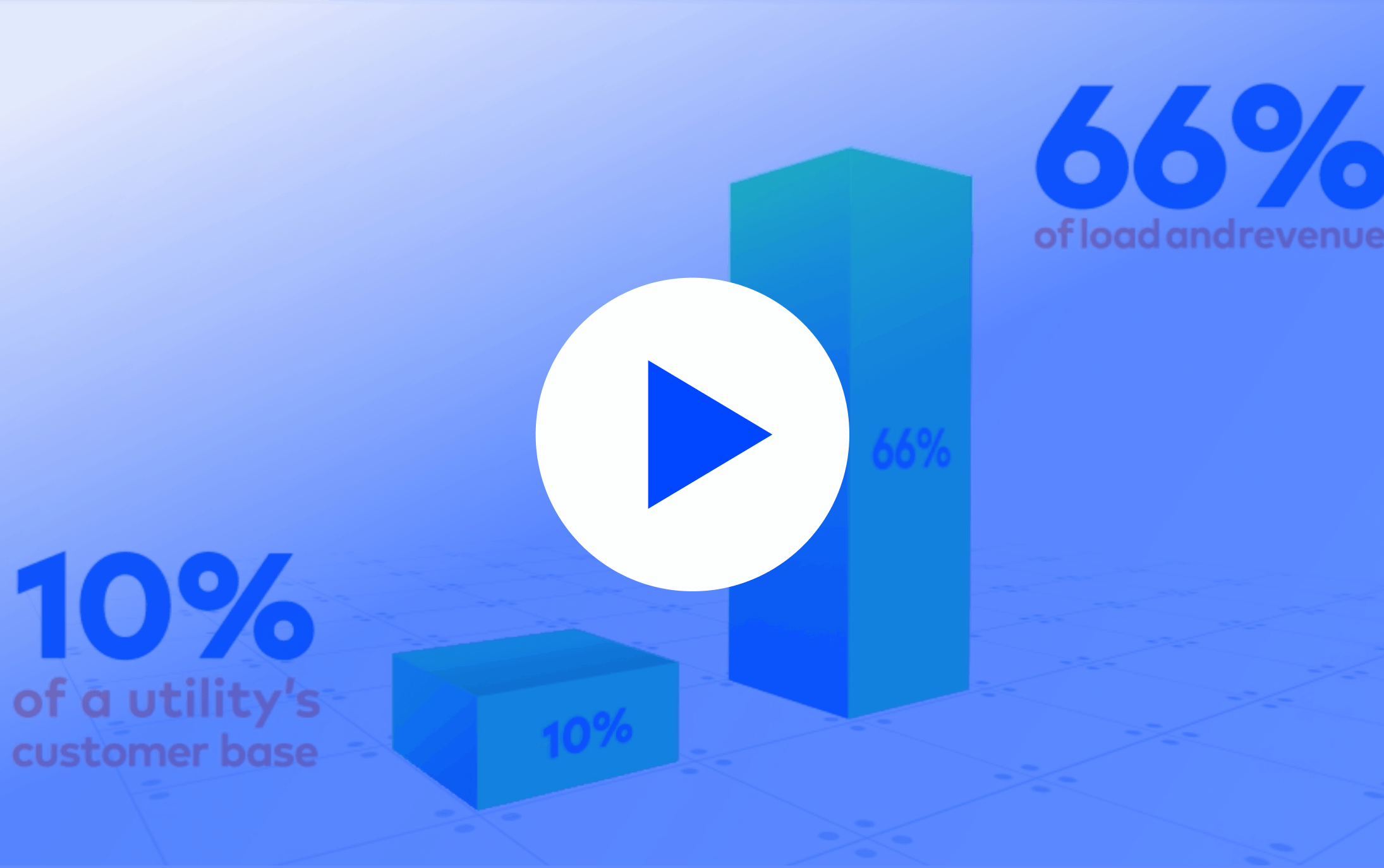
Video Business Customers +1
Video: Non-residential SolutionsBetter engage the critical segment that makes up two-thirds of your load and revenue.
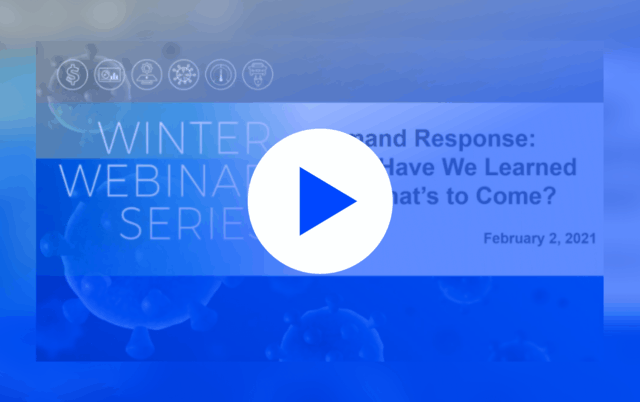
Video Demand Management
SECC Webinar - Demand Response: What Have We Learned and What’s to Come?SECC Webinar - Demand Response: What Have We Learned and What’s to Come?

Blog Demand Management
Demand Response Pre-enrollment: A Seamless Solution for Grid FlexibilityBy Crystal Leaver on February 19, 2021

Blog
SMUD Gives LMI Customers Free Products with the Giveaway HubBy Crystal Leaver on February 15, 2021
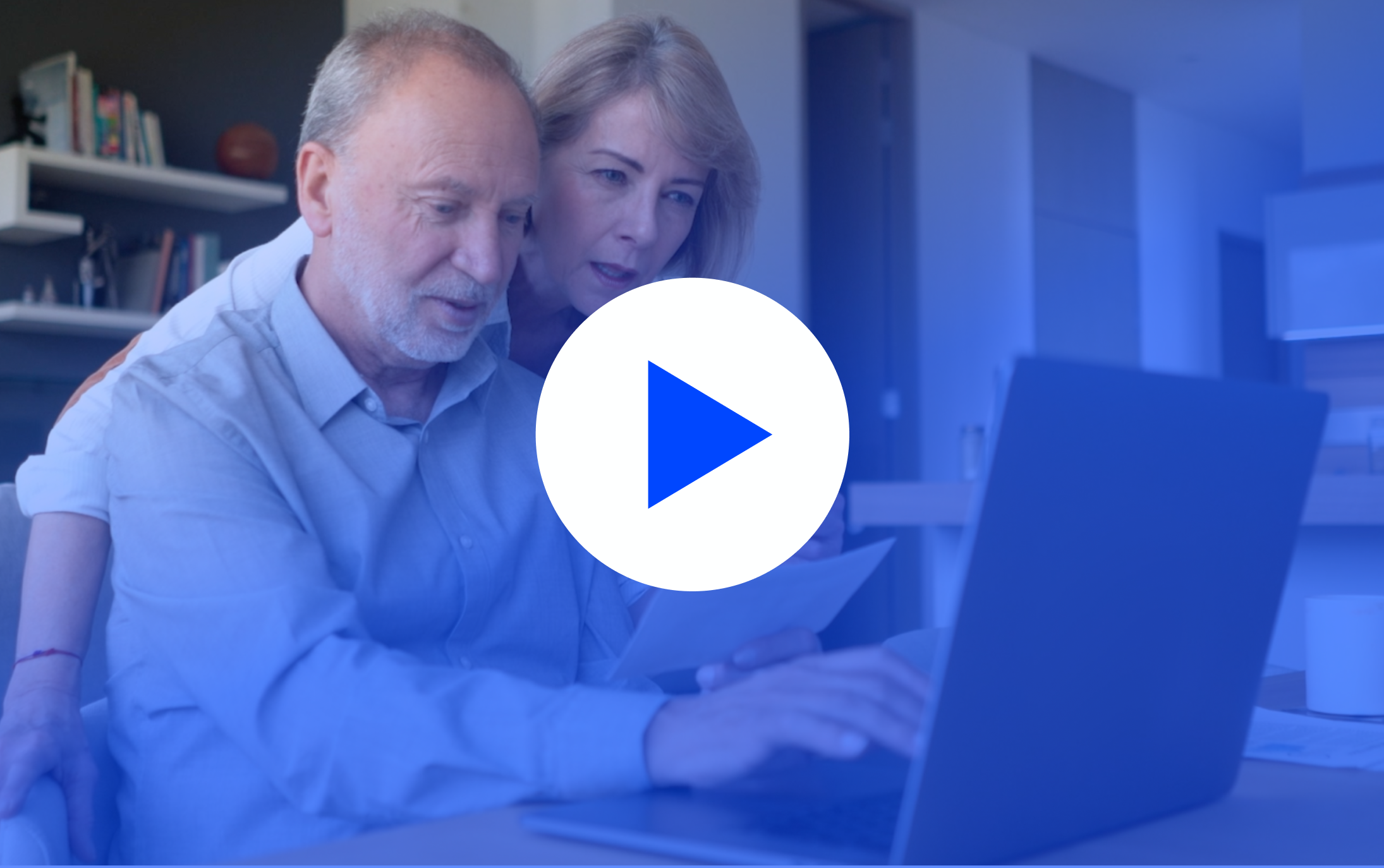
Video Customer Engagement +1
Video: Driving Energy ActionLearn what's holding your utility customers back.

Blog
Charging Forward and Pivoting at the 2021 AESP ConferenceBy Adam Farabaugh on February 10, 2021
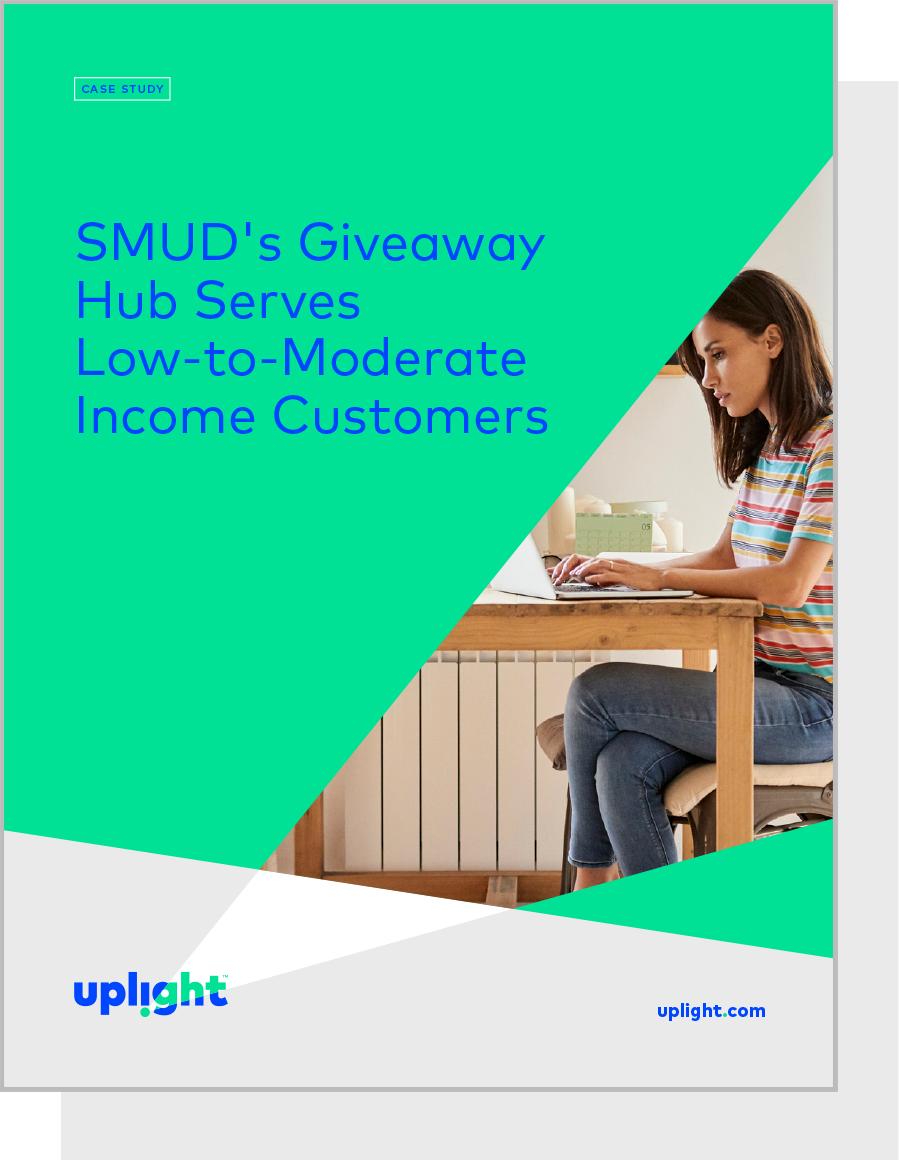
Case Study LMI Customers
SMUD's Giveaway Hub Serving Low-to-Moderate Income CustomersHelp your customers be more energy efficient and strengthen the utility-customer relationship.

Blog Demand Management
SECC Webinar: What Have We Learned from DR Programs and What’s to Come?By Crystal Leaver on February 8, 2021
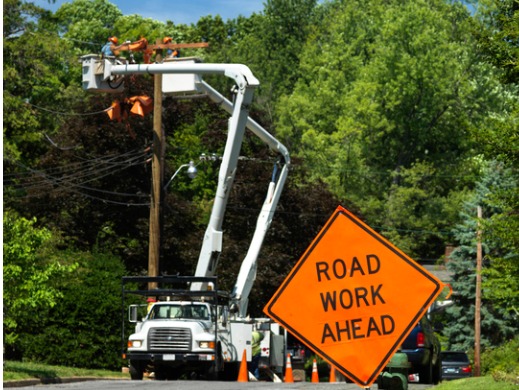
Blog Customer Engagement +1
Uplight Research: Driving Energy Action Through PersonalizationBy Crystal Leaver on February 5, 2021
Press Release
Uplight Achieves 58% Growth in 2020 With Customer Expansions, New Technology ProgramsPress Release on February 4th, 2021
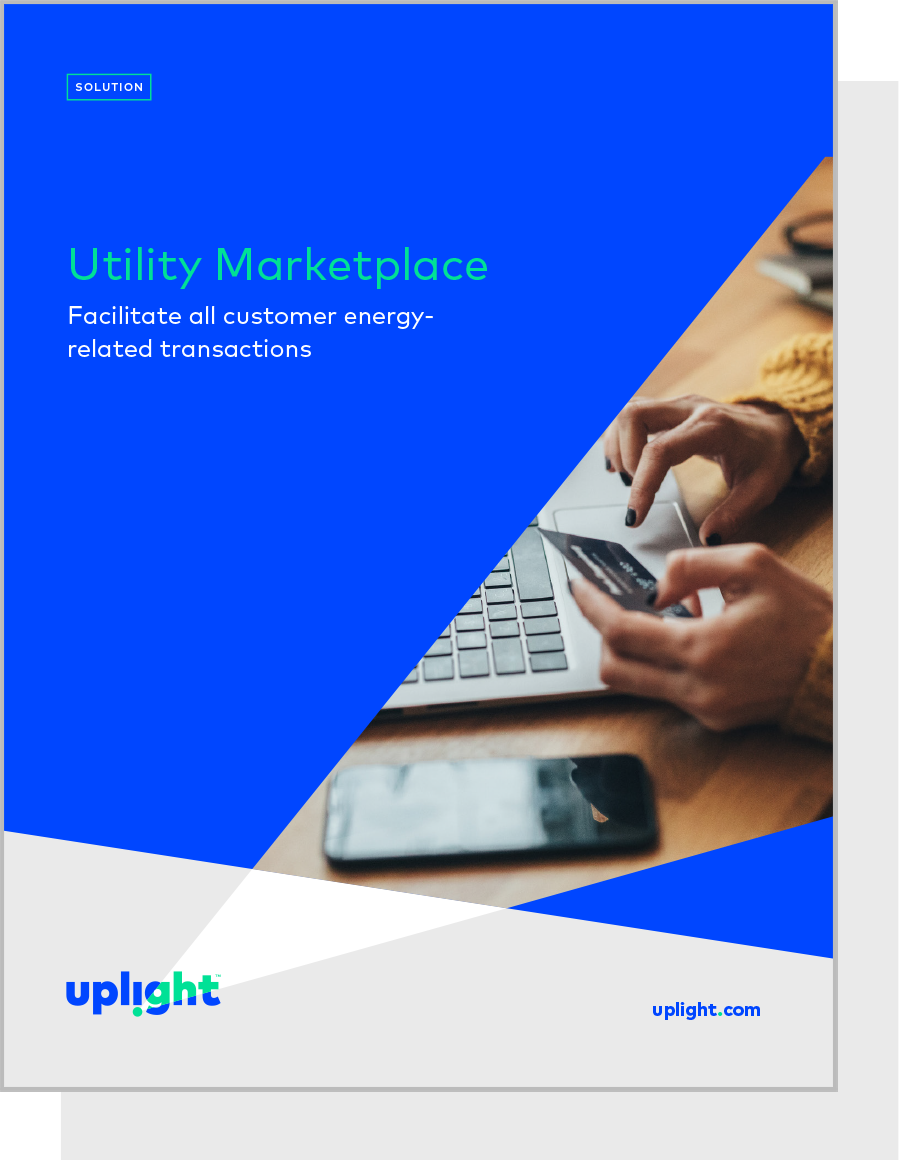


Blog Customer Research
New Uplight Customer Research: What Drives Energy Action?By Crystal Leaver on January 29, 2021
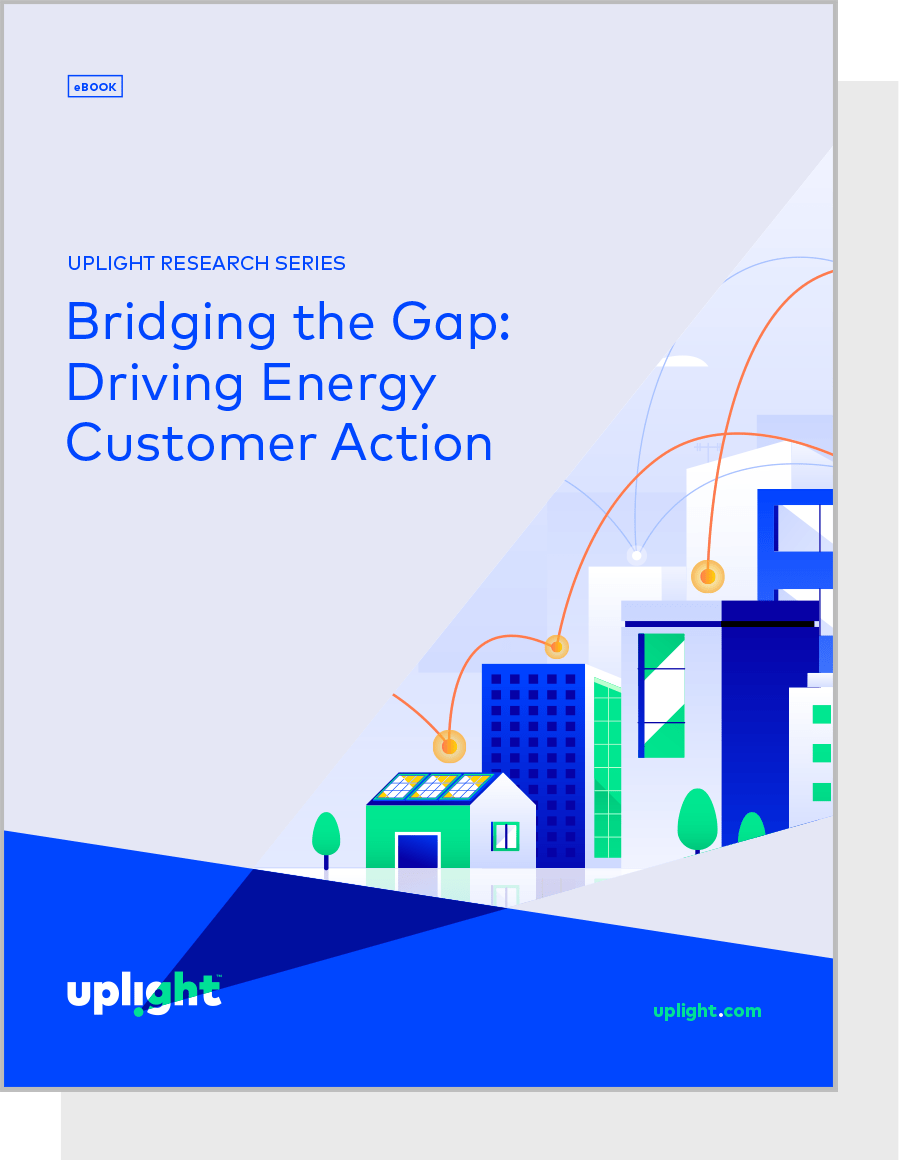
eBook Customer Engagement +3
Bridging the Gap: Driving Energy Customer ActionUncover what really motivates your customers…
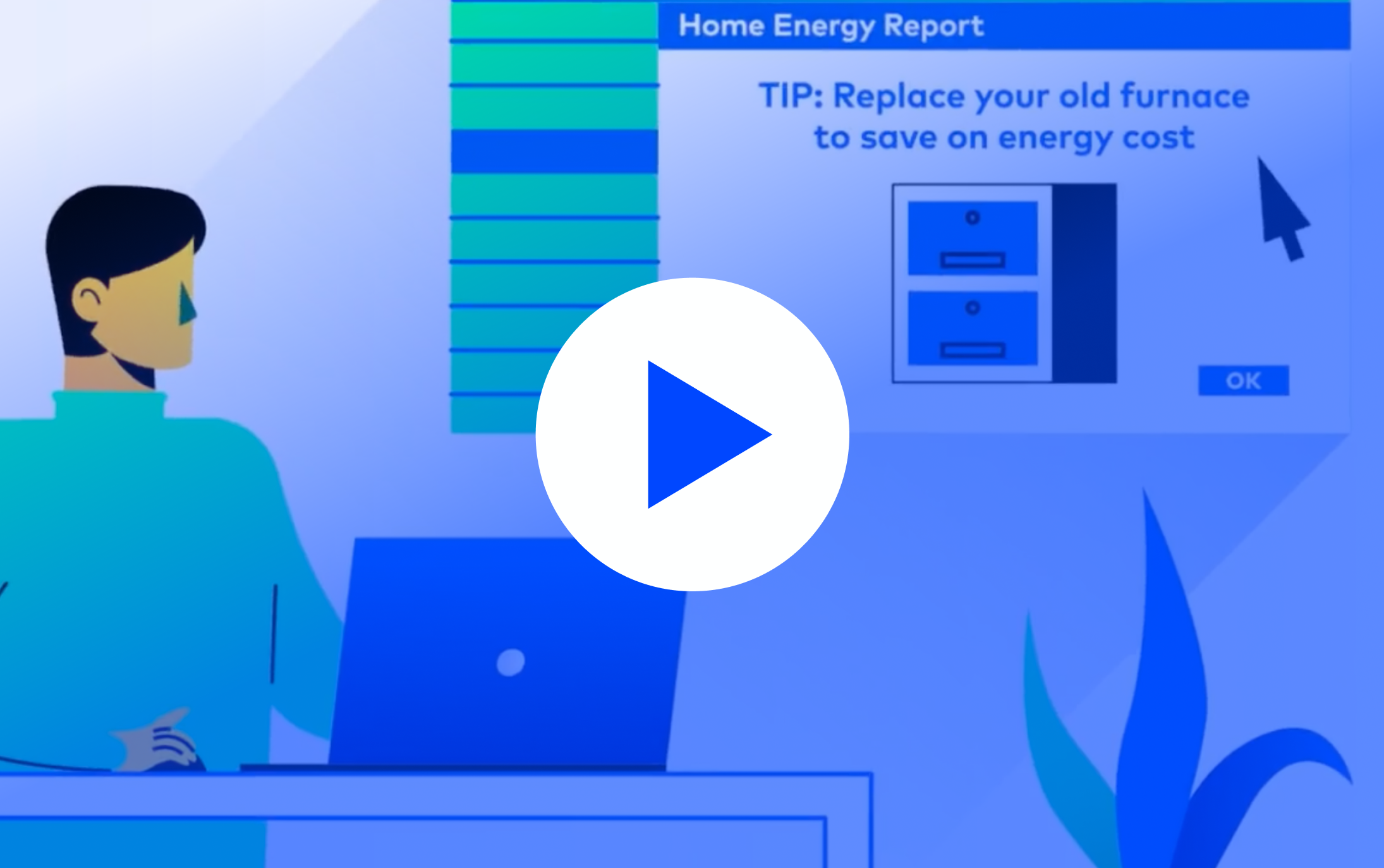
Video Energy Efficiency
Video: Behavioral Energy EfficiencyLearn how to achieve savings targets and improve customer engagement.
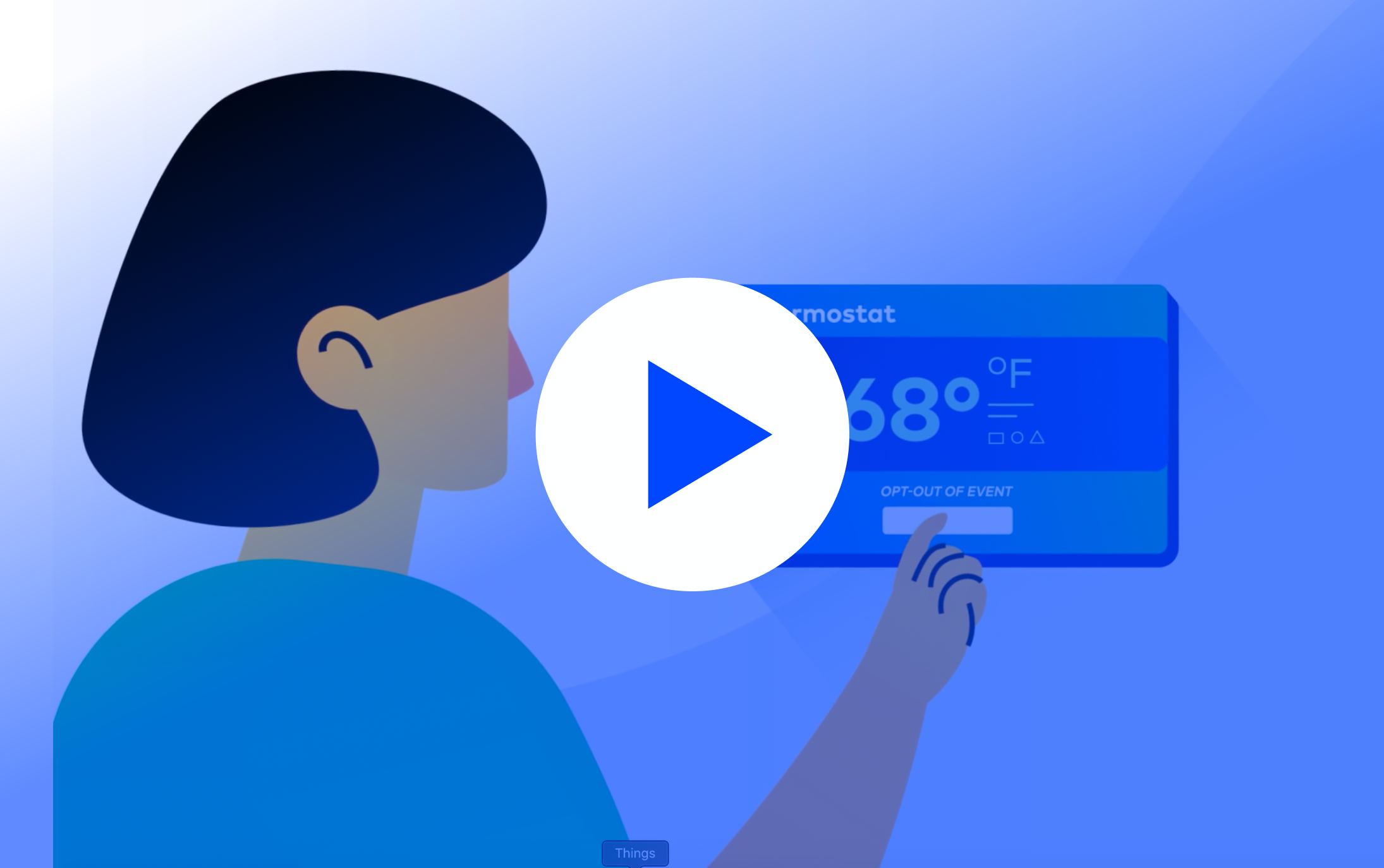
Video Demand Management
Video: Orchestrated EnergyProvide a seamless customer experience without sacrificing customer comfort.
Press Release Demand Management
Uplight Puts 1.7 Million Energy Saving Devices into the Hands of Customers, Breaking Marketplace Sales RecordsPress Release on January 26th, 2021



Blog
Leading Through Zones of Genius and T-shaped Skills TheoryBy Martha Blakely on January 21, 2021

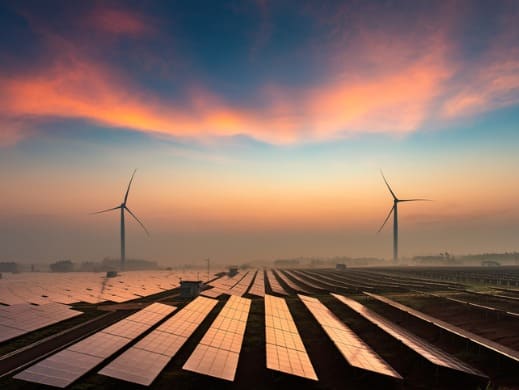
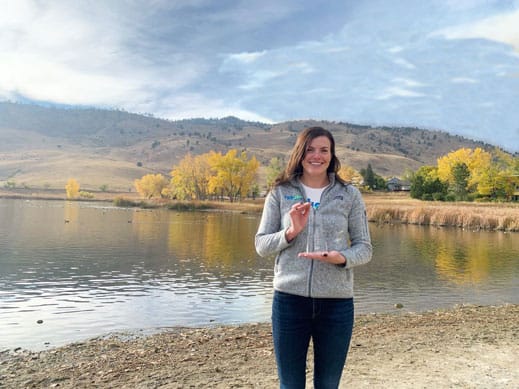

Blog Demand Management +1
Creating more value for customers and utilities with time of use optimizationBy Don McPhail on December 9, 2020

Blog Business Customers
The Magic of Business Customer Usage DataBy Crystal Leaver on December 7, 2020

Press Release Sustainability / B Corp
Plenty of Ideas to Fight Climate ChangePublic Utilities Fortnightly on December 2nd, 2020
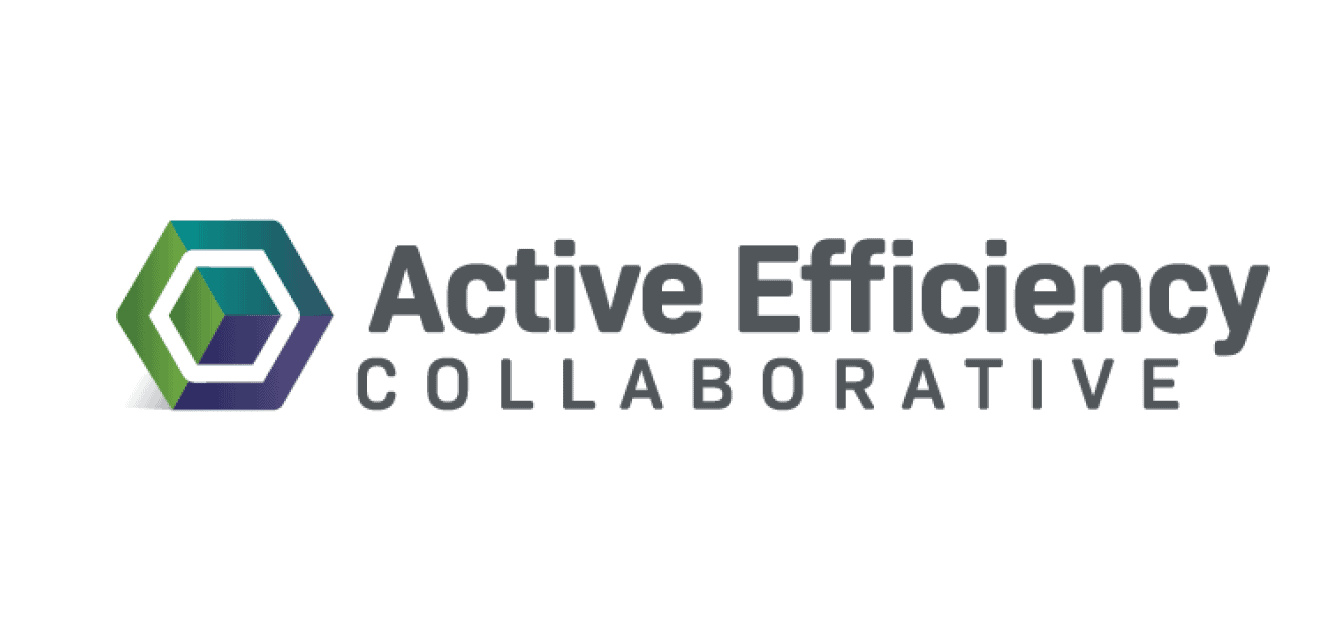
Press Release Demand Management +1
El Paso Electric Marketplace: Integrating Energy Efficiency and Demand ResponseActive Efficiency on December 2nd, 2020
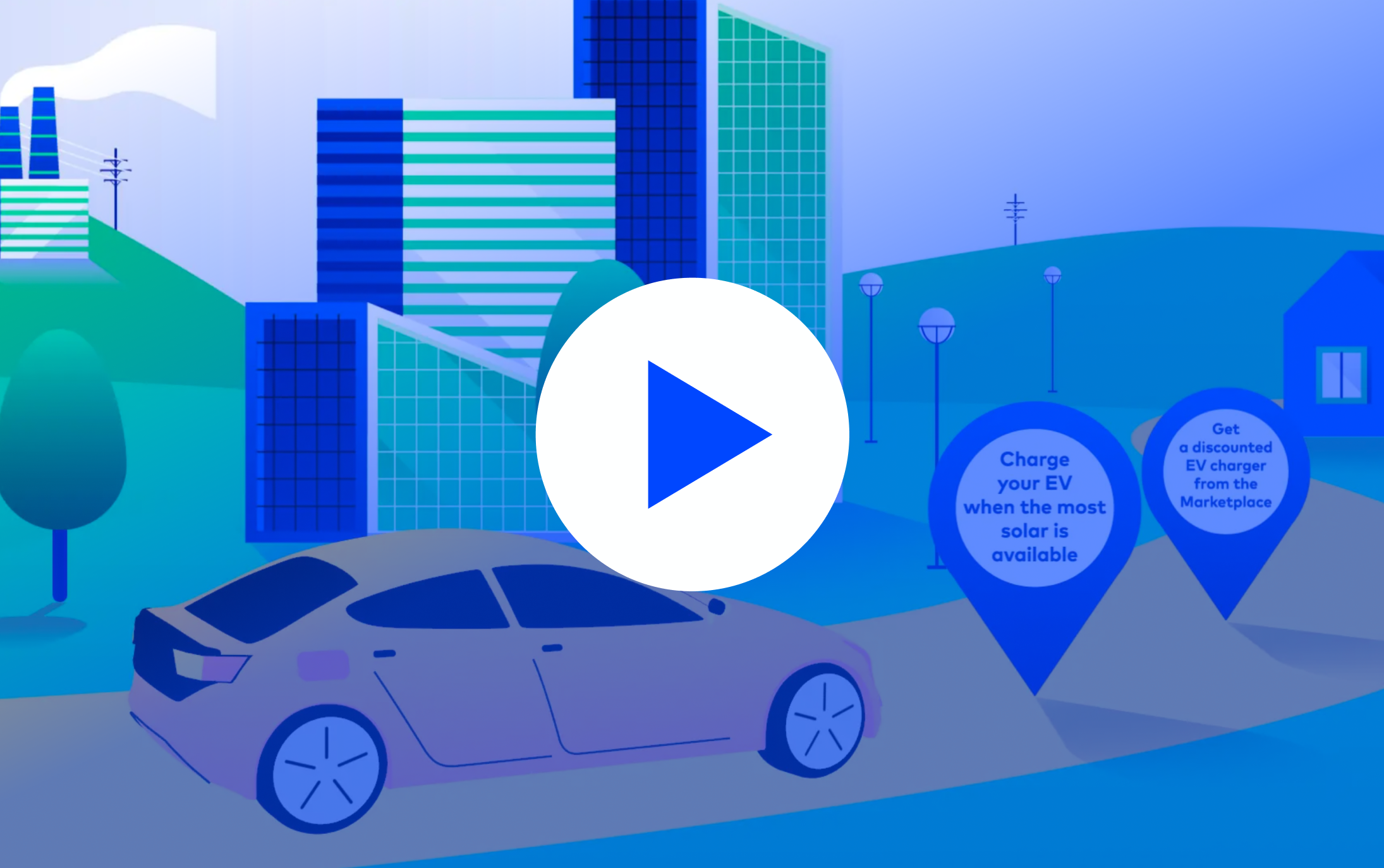
Video Electric Vehicles
Video: Electric Vehicle AdvisorBe the expert on electric vehicles for your customers.


Blog Business Customers
Challenges of Engaging Non-residential CustomersBy Crystal Leaver on December 1, 2020
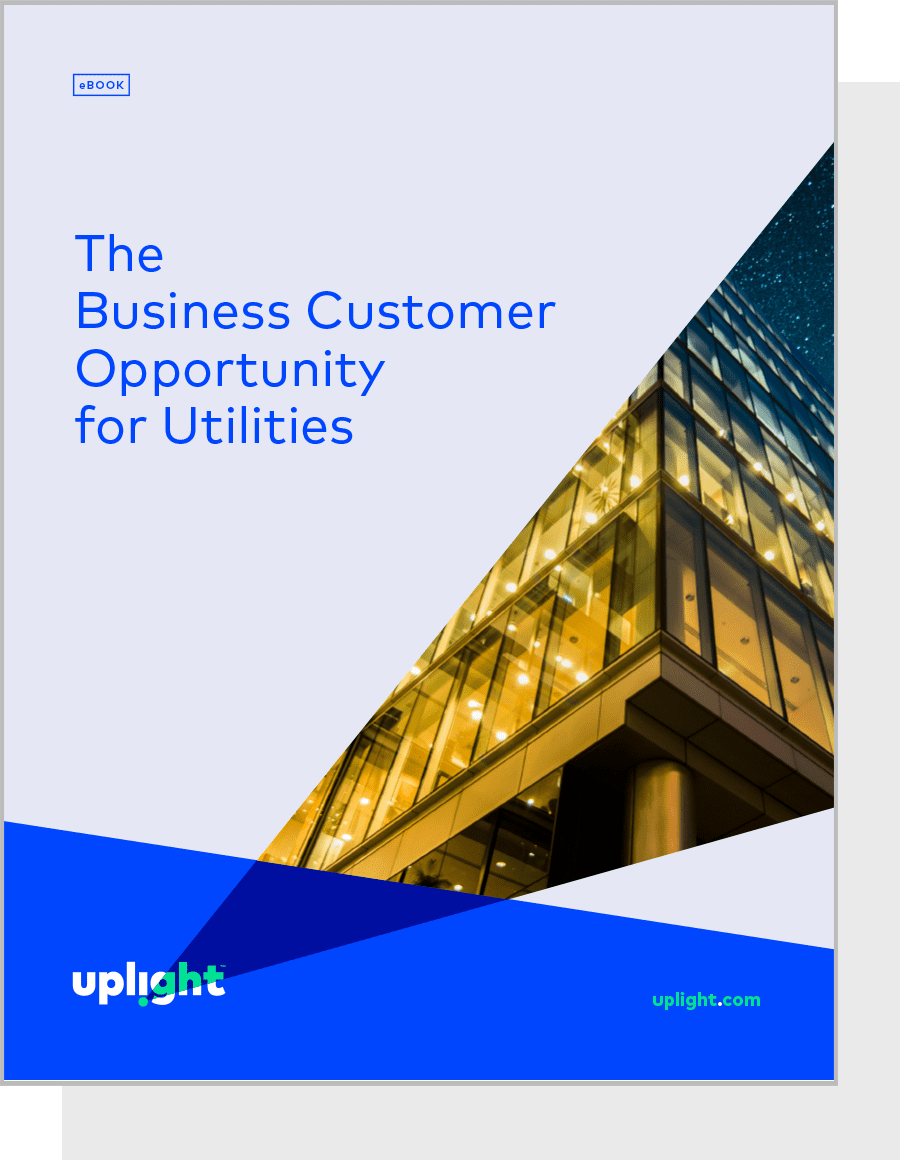
eBook Business Customers +1
The Business Customer Opportunity for UtilitiesFind out how to not only meet your business customers needs, but exceed them...

Blog Energy Efficiency
The Real One-stop Shop for Utility CustomersBy Crystal Leaver on November 23, 2020

Video Rates Engagement
Video: Rates Adoption and ExperienceGet your customers on the best rate for them.
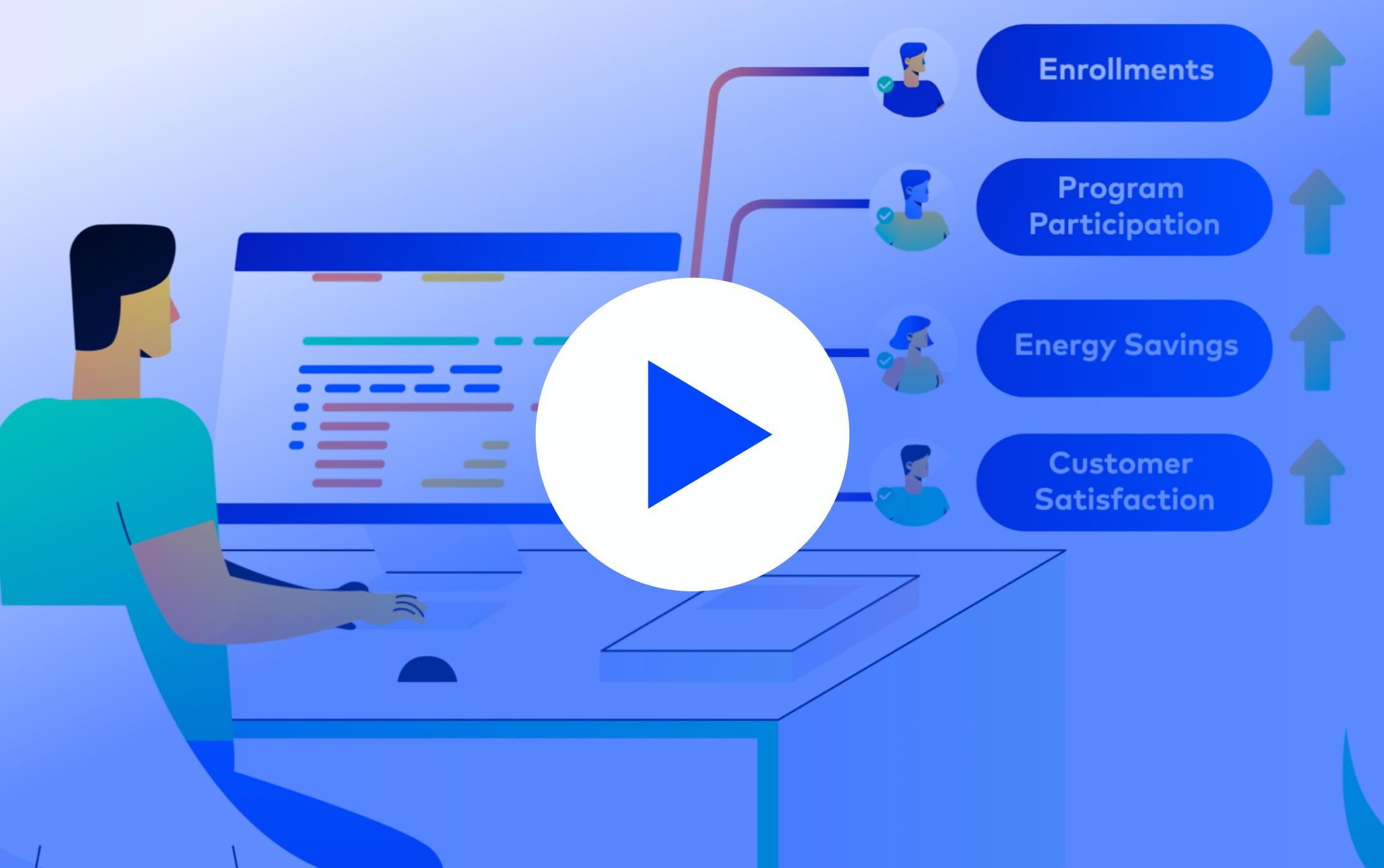
Video Customer Engagement
Video: Digital Customer EngagementLaunch your customers into the best programs and offers for them.
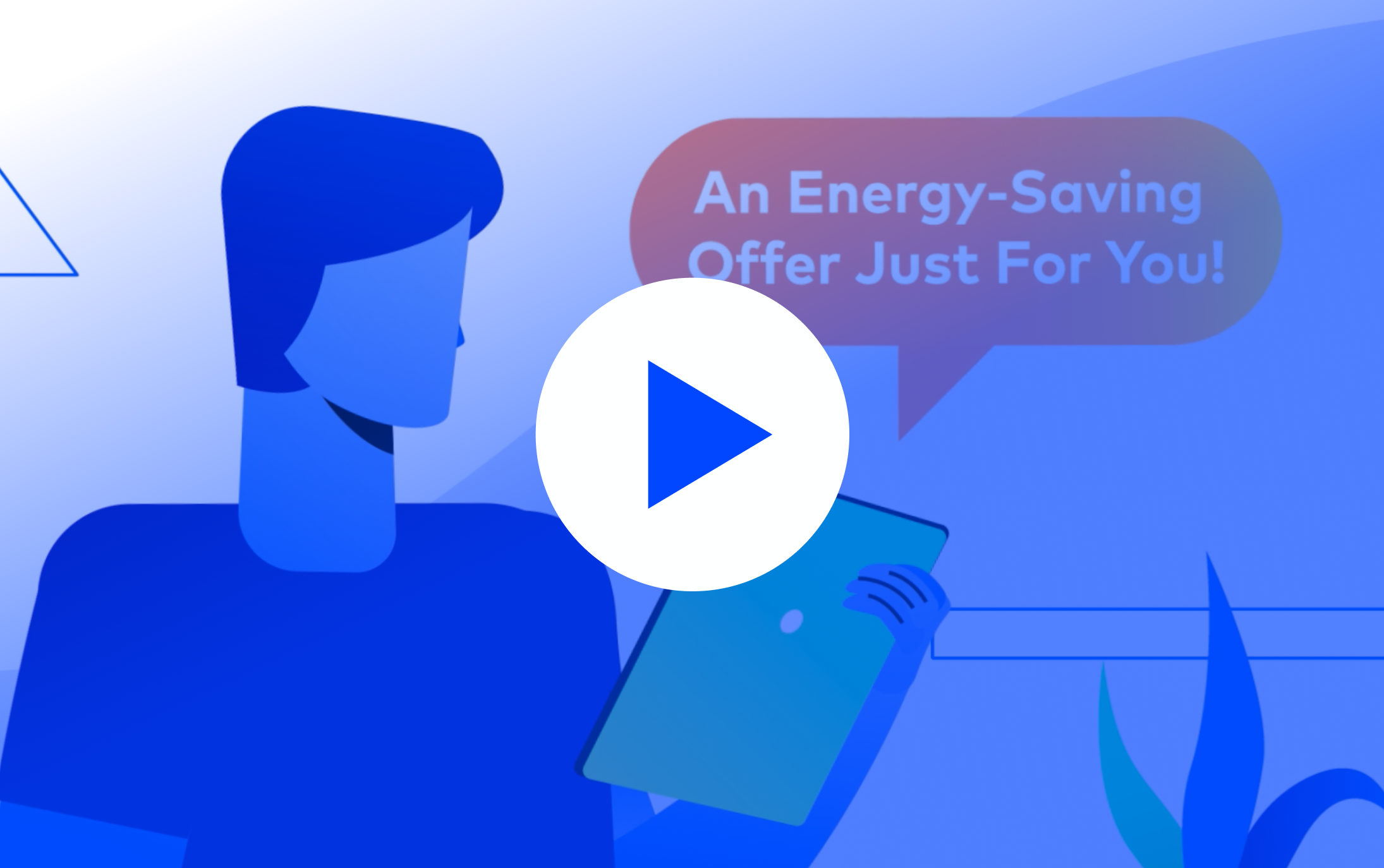
Video Customer Engagement
Video: Multichannel Next Best ActionDeliver a truly personalized customer experience.
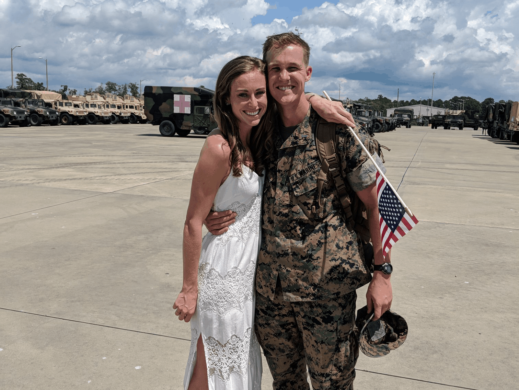

Blog Energy Efficiency
What are Utility Marketplaces Missing?By Crystal Leaver on November 18, 2020
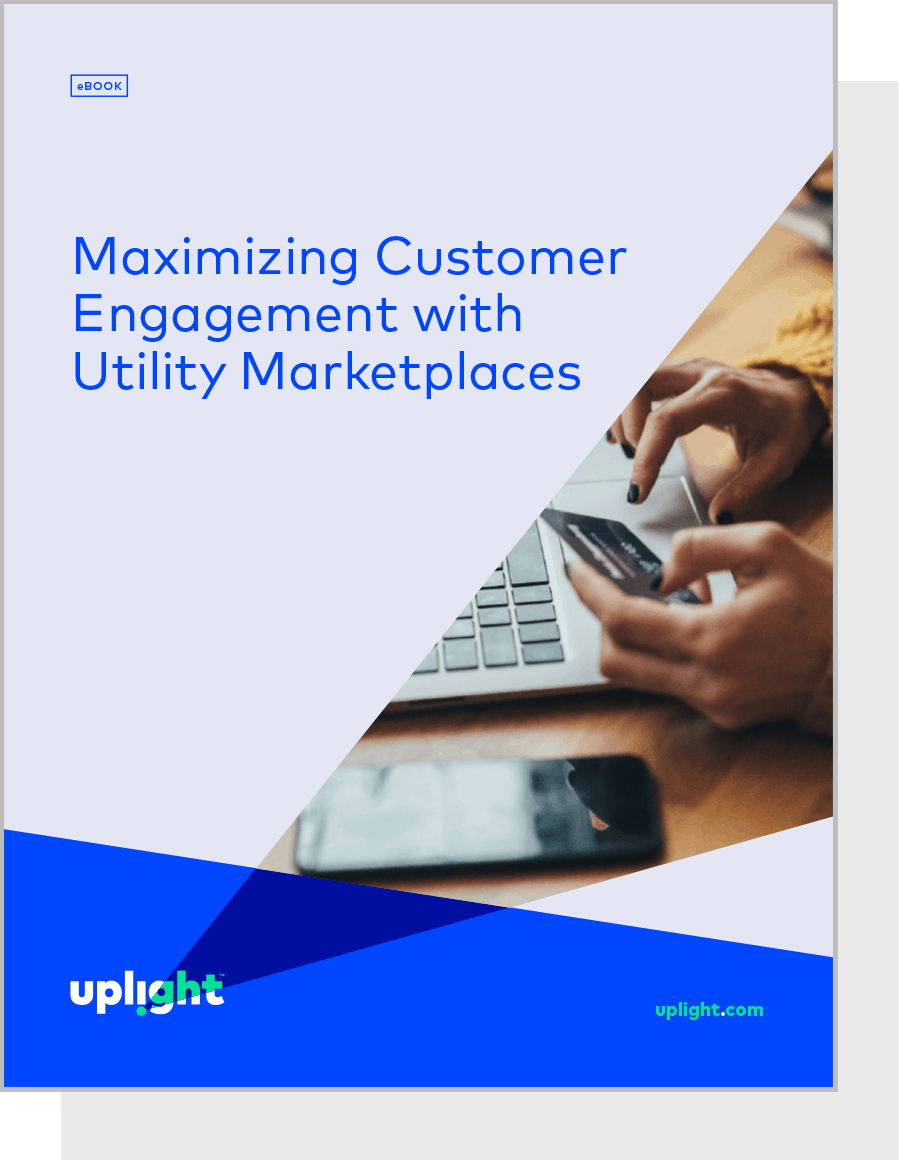
eBook Customer Engagement
Maximizing Customer Engagement with Utility MarketplacesBecome a one-stop shop for energy-related products this holiday season
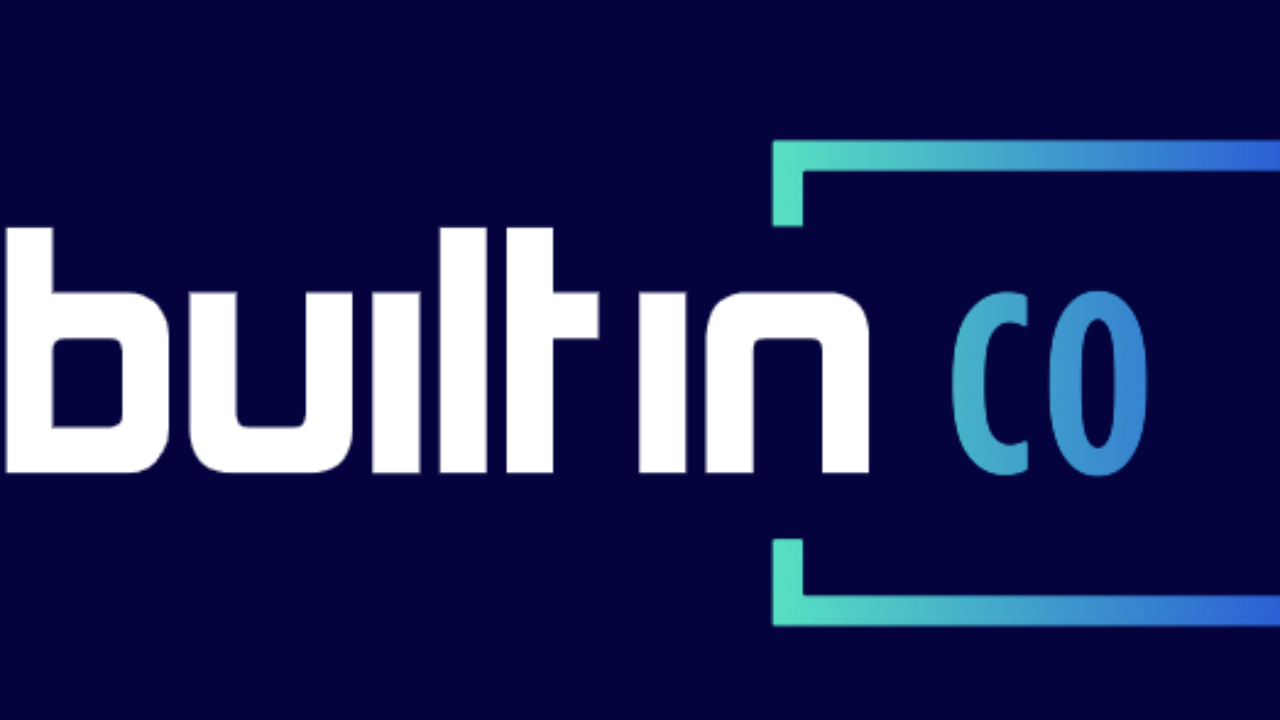
Press Release
Why These Local Leaders Agree Unconscious Bias Training Is NecessaryBuilt In Colorado on November 10th, 2020

Blog Customer Engagement +1
Video: Five Takeaways for Utilities from Uplight’s Customer ResearchBy Crystal Leaver on November 9, 2020
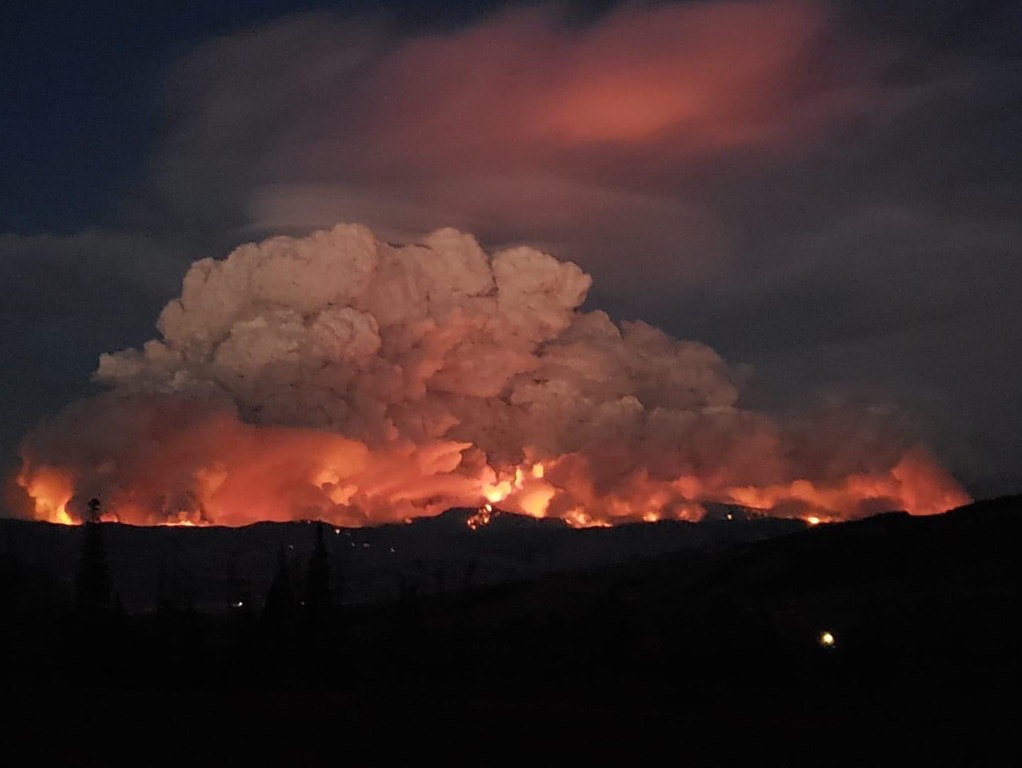

Video Customer Engagement +1
Video: Five Takeaways From the Uplight Customer SurveyVideo: Five Takeaways from Uplight's Customer Research
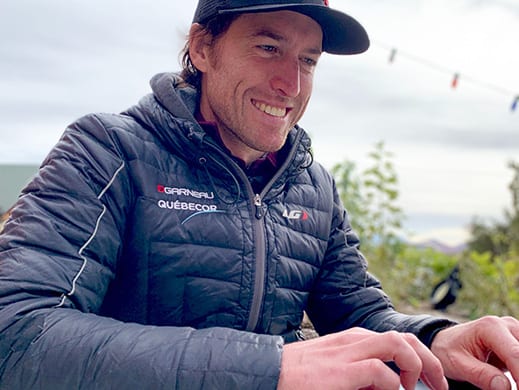
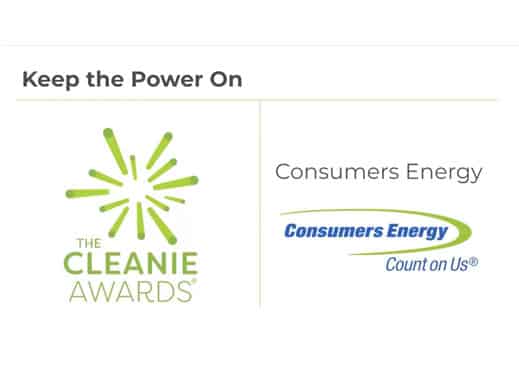
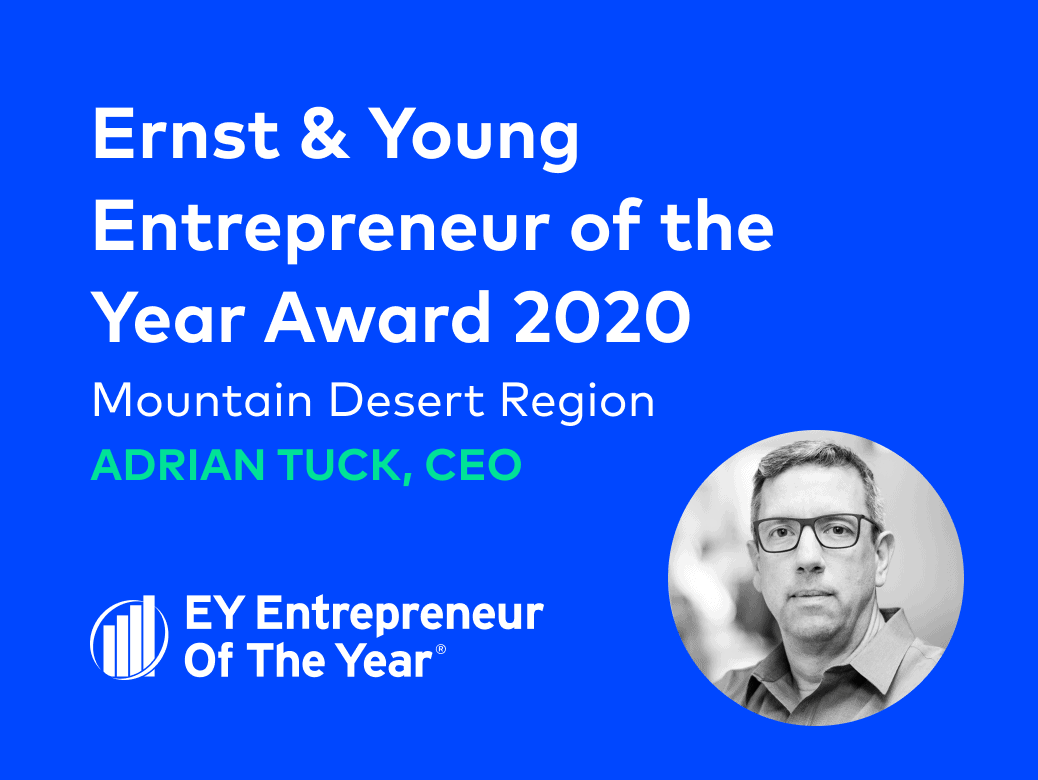
Blog
Uplight CEO Wins Ernst & Young Entrepreneur Of The Year Award!By Crystal Leaver on October 20, 2020
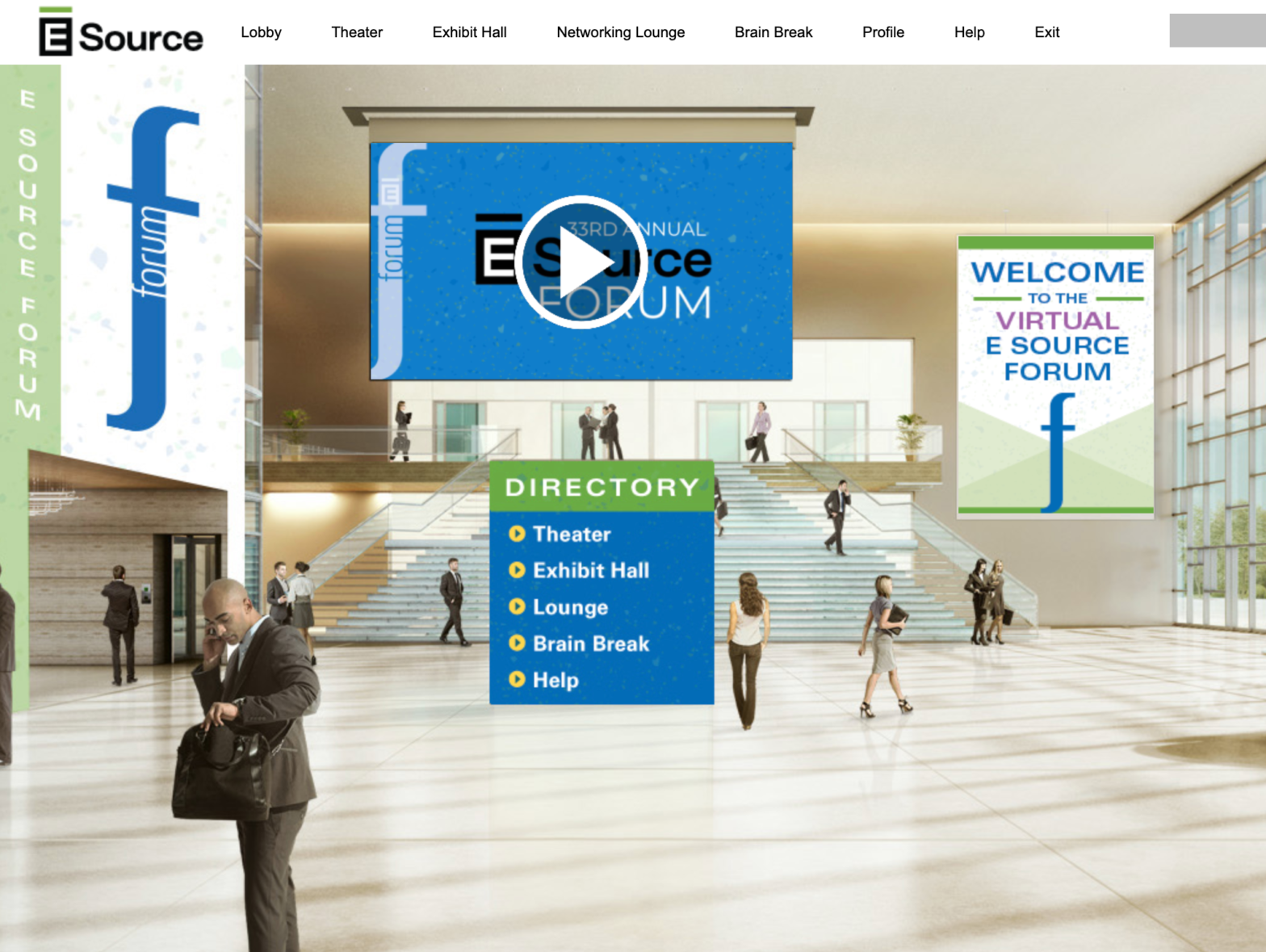
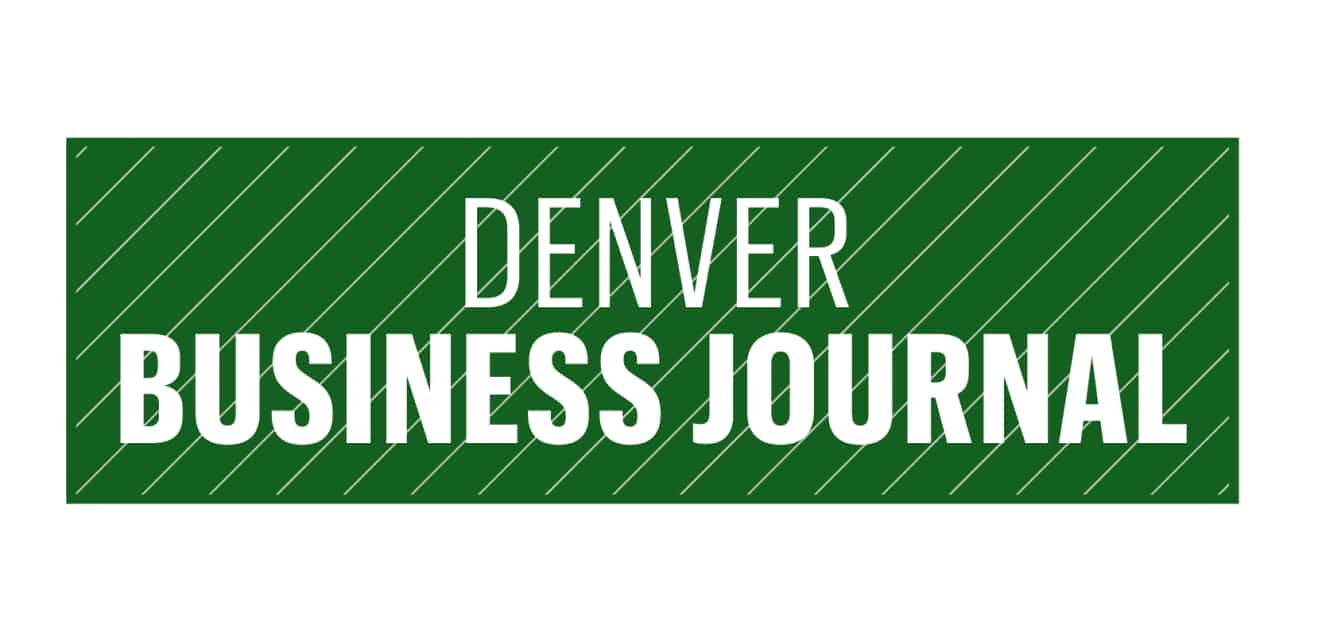
Press Release
EY winner Uplight leads utilities into the digital ageDenver Business Journal on October 9th, 2020
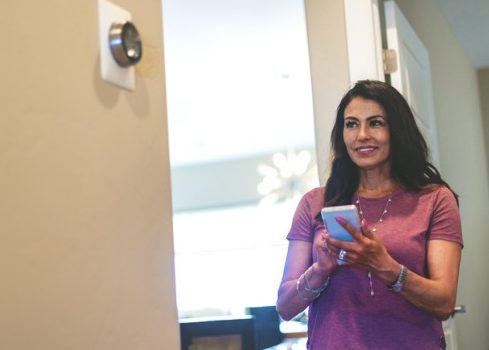

Blog Customer Research
Is Personalization the Secret Sauce? What the Research SaysBy Crystal Leaver on October 5, 2020
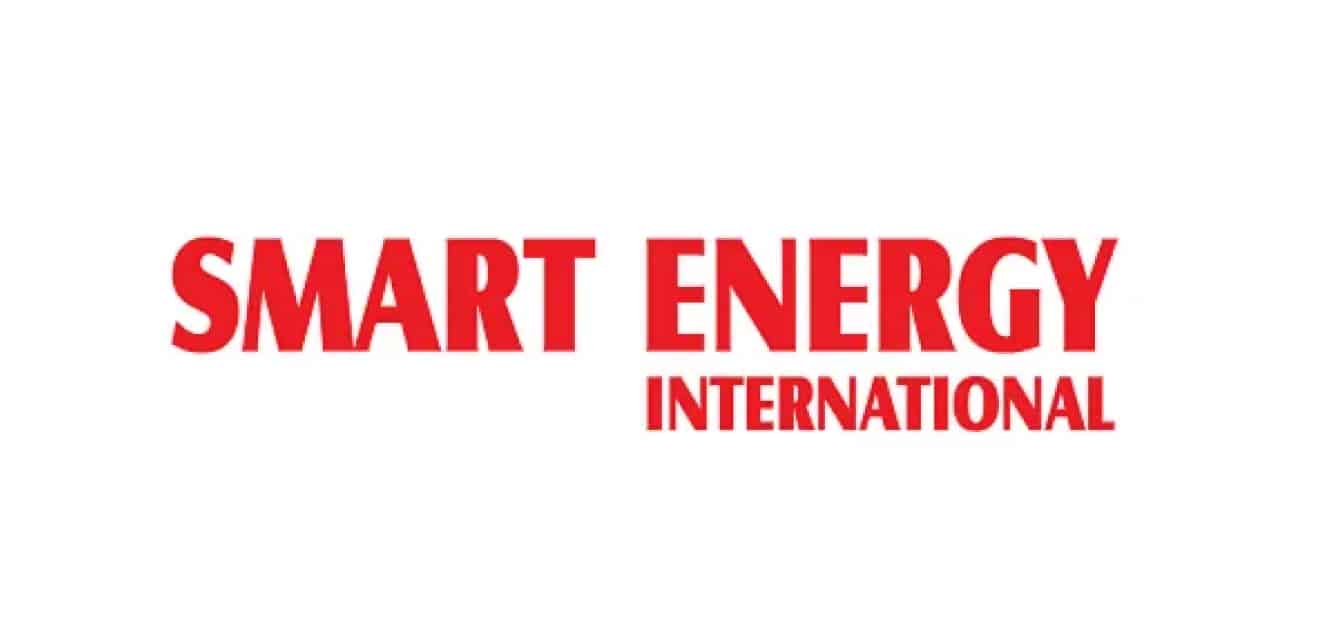
Press Release Customer Engagement
Personalisation pays off for utilities, finds studySmart Energy International on October 2nd, 2020
Press Release Customer Engagement +1
New Uplight Research on Energy Customers: Utility Personalization Linked to More Customer Trust, Action, and SatisfactionPress Release on September 30th, 2020
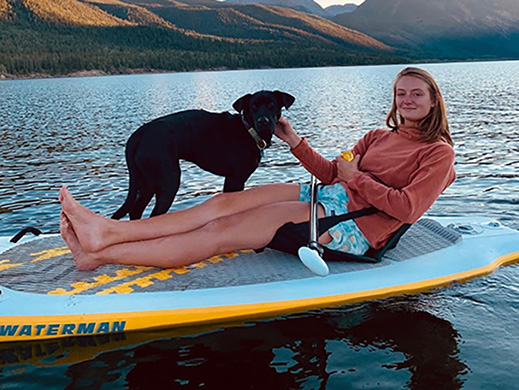
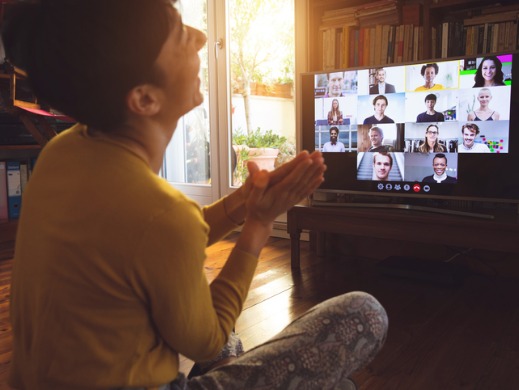

Blog Customer Research
New Customer Research In: Personalization Pays OffBy Crystal Leaver on September 23, 2020

Video Customer Engagement +1
New Research: Engaging Today's Utility CustomersOn Demand Webinar: New Research — Engaging Today's Utility Customers
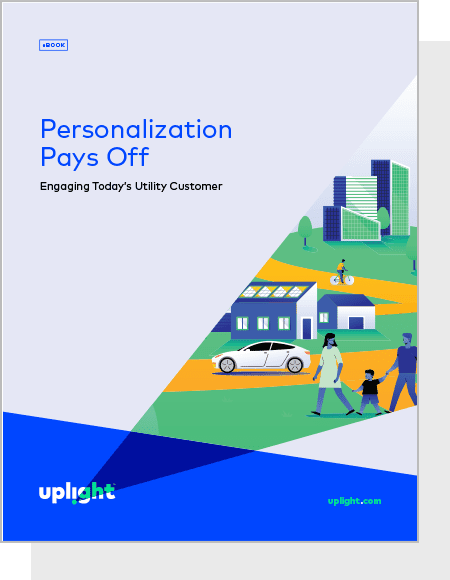
eBook Customer Engagement +3
Personalization Pays Off: Customer Survey eBookNew customer research reveals the key to utility customer engagement
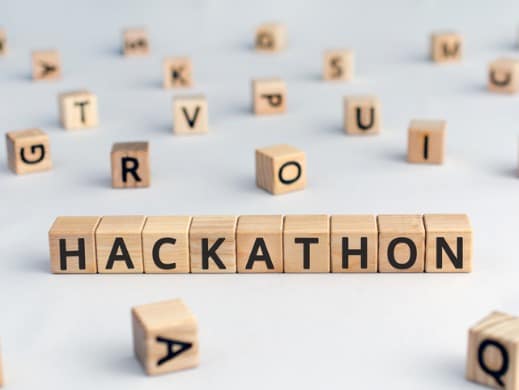
Blog
Uplight’s First Hackathon Focuses on Diversity and InclusionBy Emily Beliveau on September 21, 2020
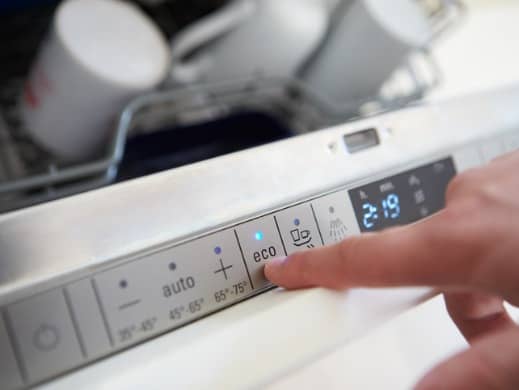
Blog
Rethinking Energy Efficiency as a Carbon Resource with IEIBy Eric Davids on September 14, 2020
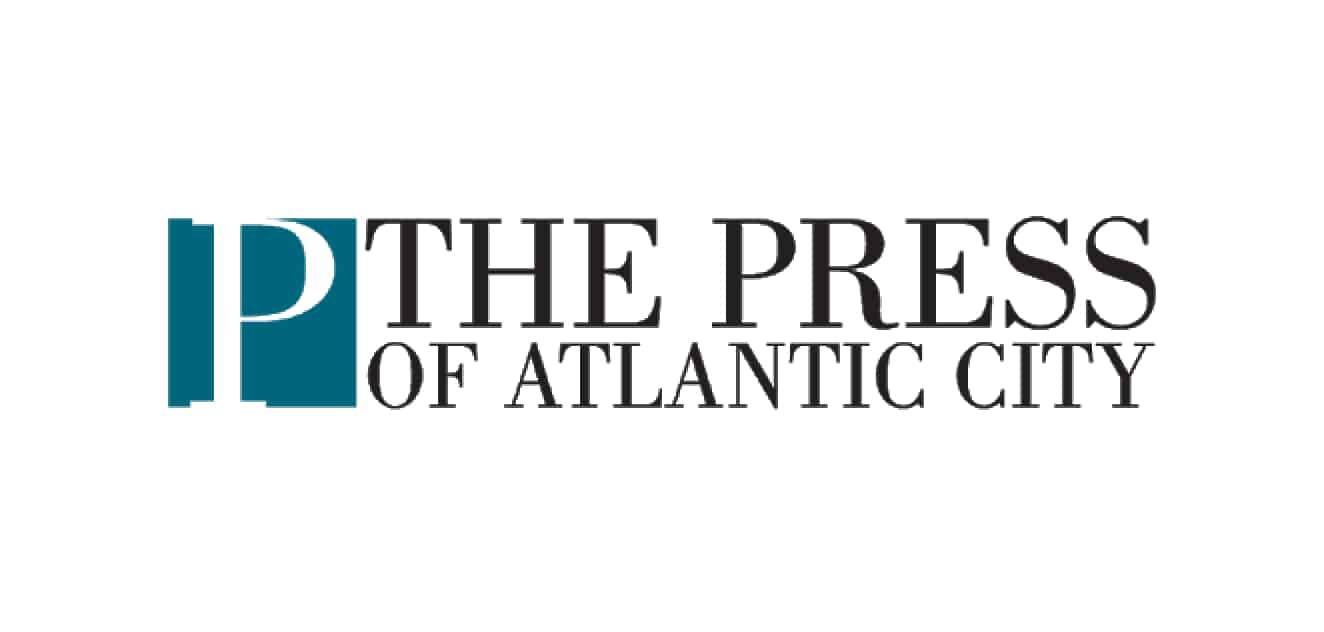
Press Release Demand Management
South Jersey Gas to give away Google Nest thermostatsThe Press of Atlantic City on September 10th, 2020

Blog Customer Engagement +1
Video: Engaging Customers with AMI AlertsBy Crystal Leaver on September 10, 2020

Press Release Demand Management
Demand Response and California's Blackouts - Tune in at 34:00 to hear Uplight mentionedGTM on September 7th, 2020

Press Release Demand Management +1
New York Utilities, Enel X, & Uplight Launch Smart EV Charging ProgramCleanTechnica on September 5th, 2020
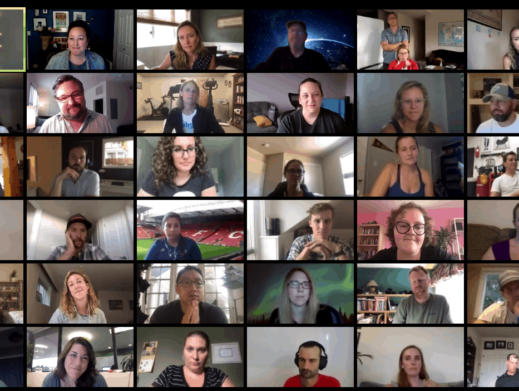
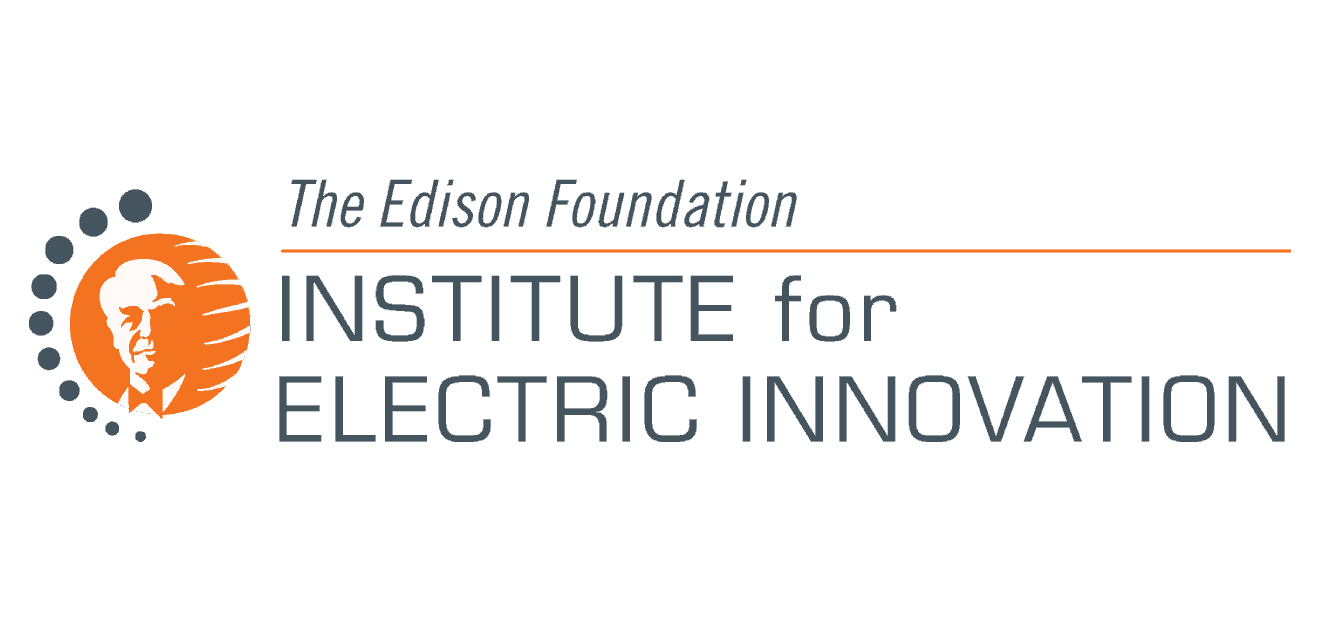
Press Release
Rethinking Energy Efficiency as a Carbon ResourceInstitute for Electric Innovation on September 1st, 2020



Blog Electric Vehicles
Uplight Partners with Enel X to Launch EV Charging Pilot ProgramBy Crystal Leaver on August 27, 2020
Press Release
Uplight and Enel X Launch Electric Vehicle Charging Pilot Program for New York Hudson Valley Utility CustomersPress Release on August 27th, 2020
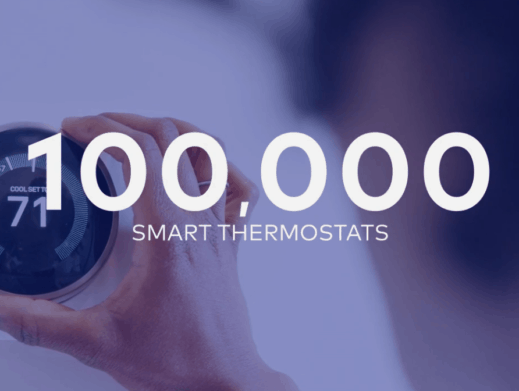
Blog Customer Engagement +2
Video: Consumers Energy Connected Experience In ActionBy Crystal Leaver on August 26, 2020
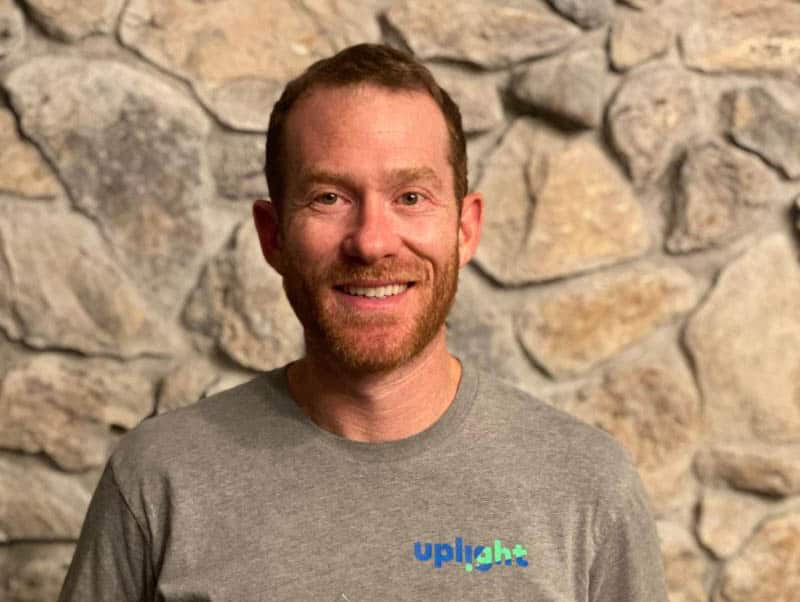
Blog
Uplight Wins Grid Forward’s Inaugural Grid Innovator AwardBy Crystal Leaver on August 26, 2020

Press Release Sustainability / B Corp
Grid Forward Announces Uplight as Winner of First Grid Innovator AwardsTD World on August 24th, 2020

Press Release Demand Management
El Paso Electric launches online energy efficiency marketplaceDaily Energy Insider on August 14th, 2020
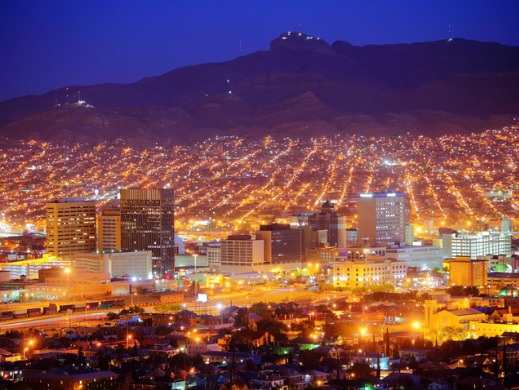
Blog
El Paso Electric Launches Marketplace with Demand Reponse Pre-EnrollmentBy Crystal Leaver on August 13, 2020
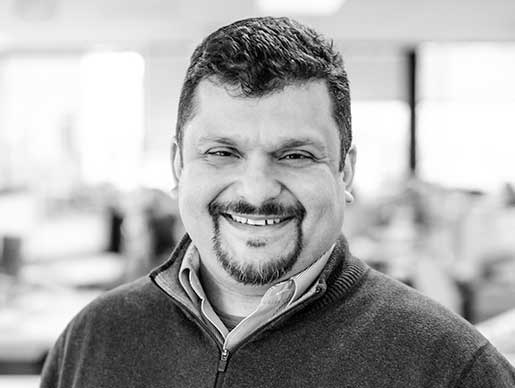
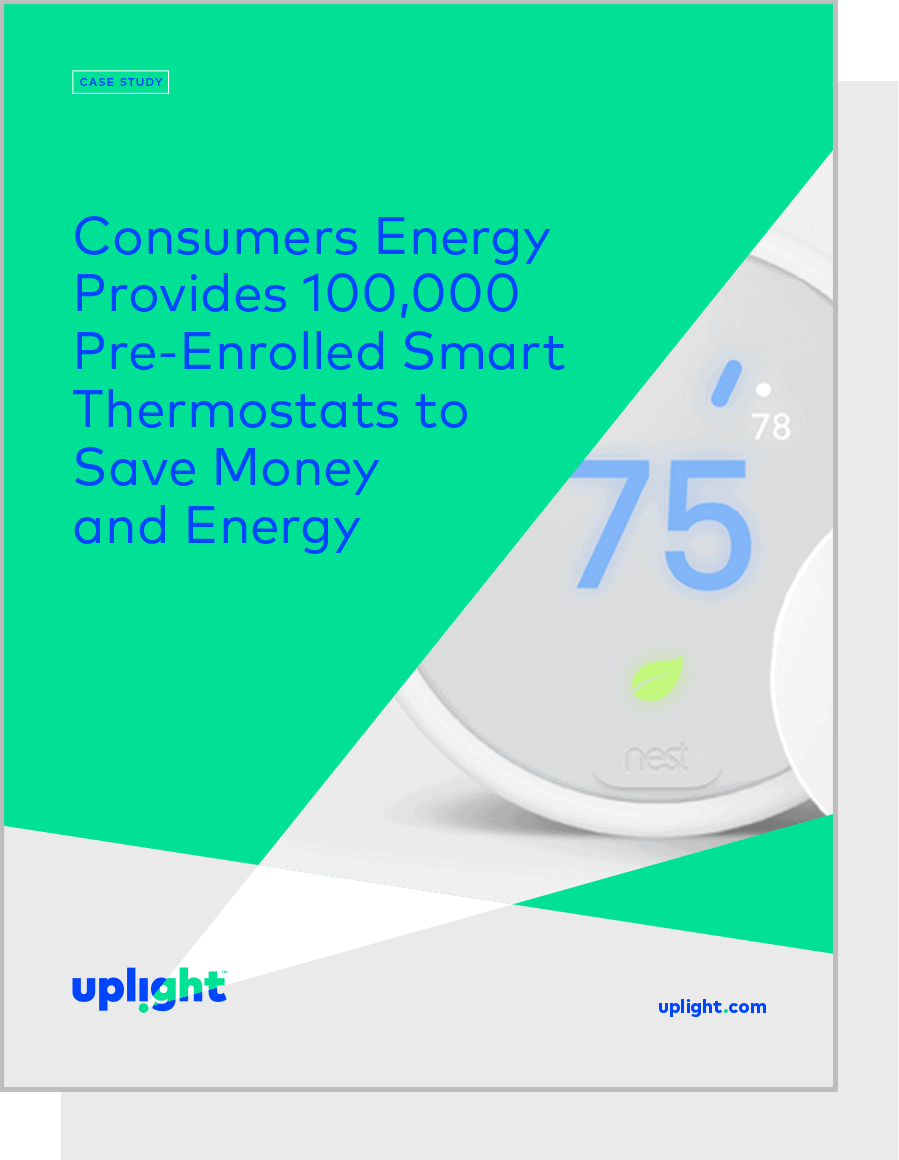
Case Study Customer Engagement +2
Consumers Energy Smart Thermostat Driven Demand Response ProgramProviding 100,000 demand response pre-enrolled smart thermostats to save customers energy and money
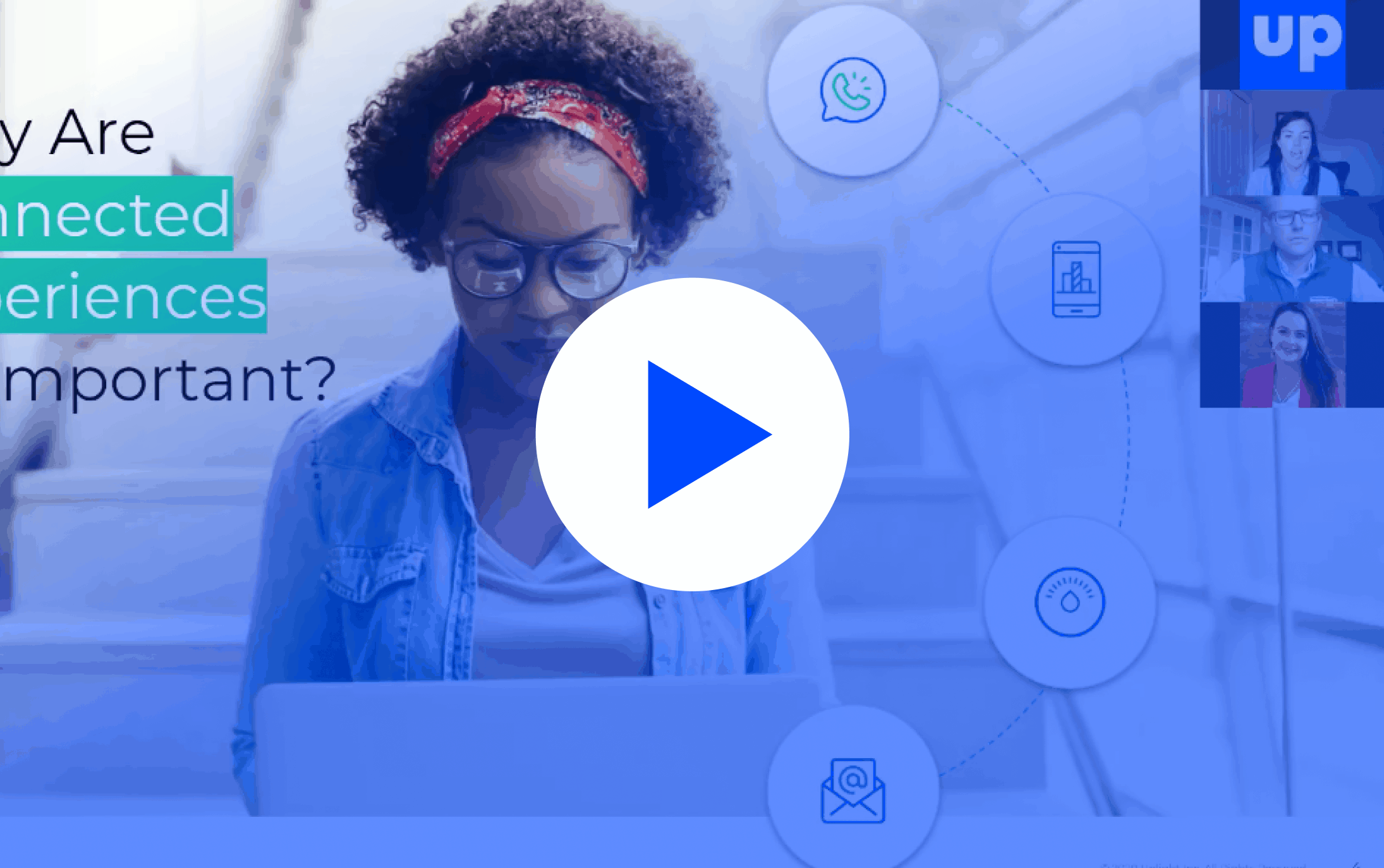
Video Customer Engagement +1
On Demand Webinar: Connected Customer Energy ExperiencesConnected Customer Energy Experiences: The Power of 100,000 DR-Enrolled Smart Thermostats
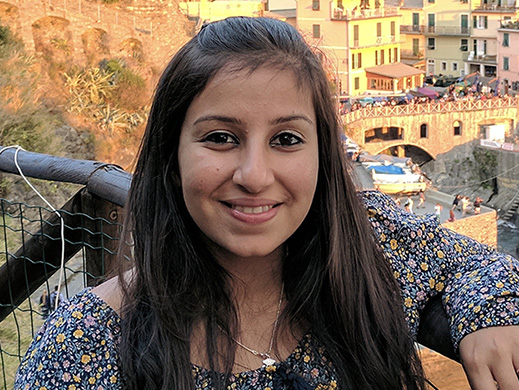

Blog
Uplight’s Second Year: Customer Relationships, Innovation, and PartnershipsBy Adrian Tuck on July 22, 2020

Brief DERMS
Distributed Energy Resource Management System (DERMS)Distributed Energy Resource Management System (DERMS)

Blog Business Customers
The ROI of Digital Customer Engagement for Business CustomersBy Crystal Leaver on July 16, 2020


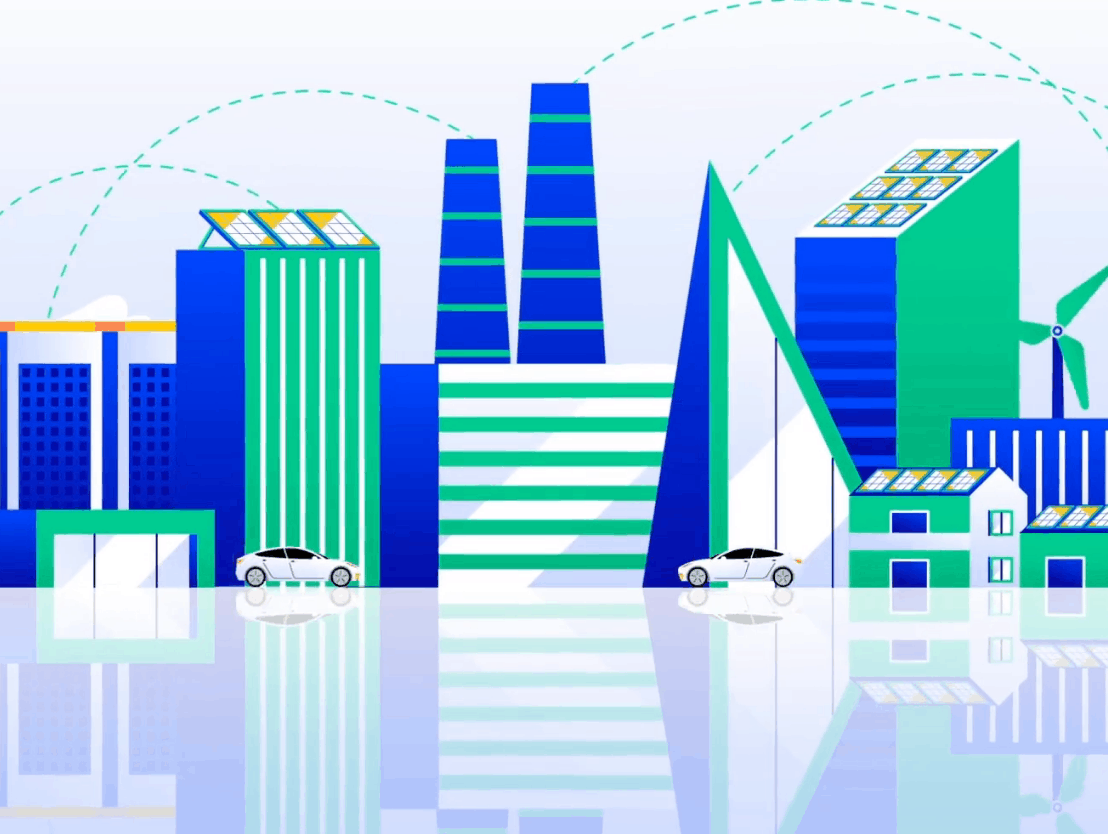
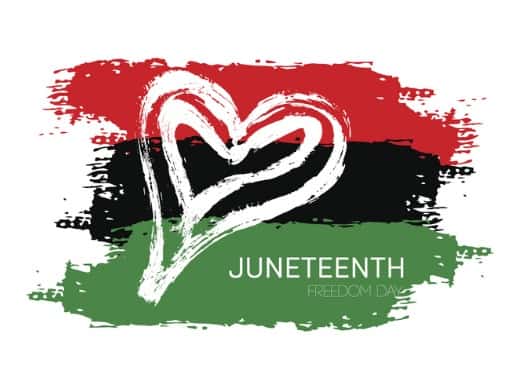
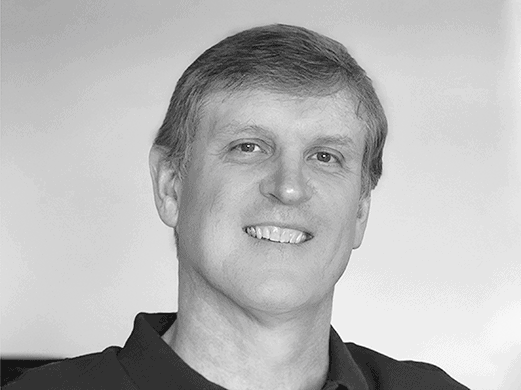
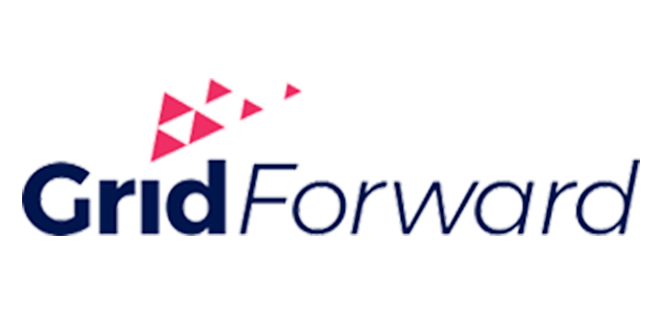
Press Release Sustainability / B Corp
Grid Forward Chats: Episode 5 - Making People Part of the Energy Solution at UplightGrid Forward on June 23rd, 2020

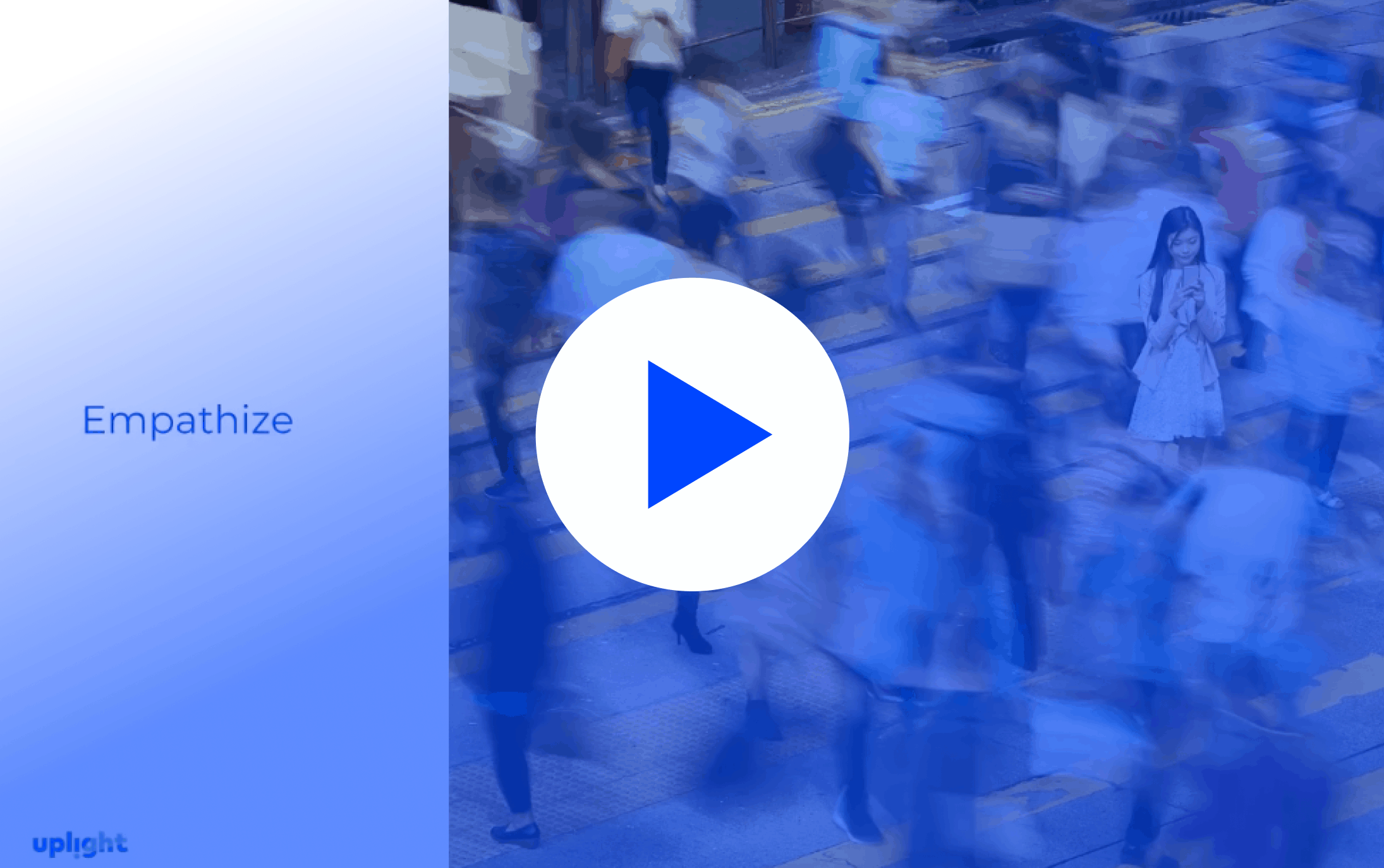
Video Demand Management +1
On Demand Webinar: Make Smart Thermostats a Hero in TOU RatesMake Smart Thermostats a Hero in TOU Rates
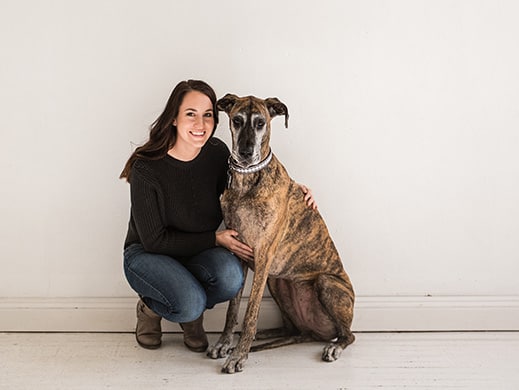
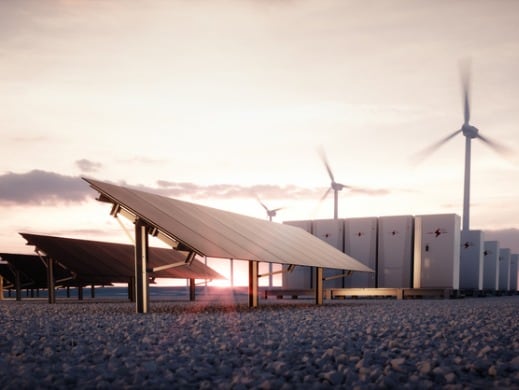
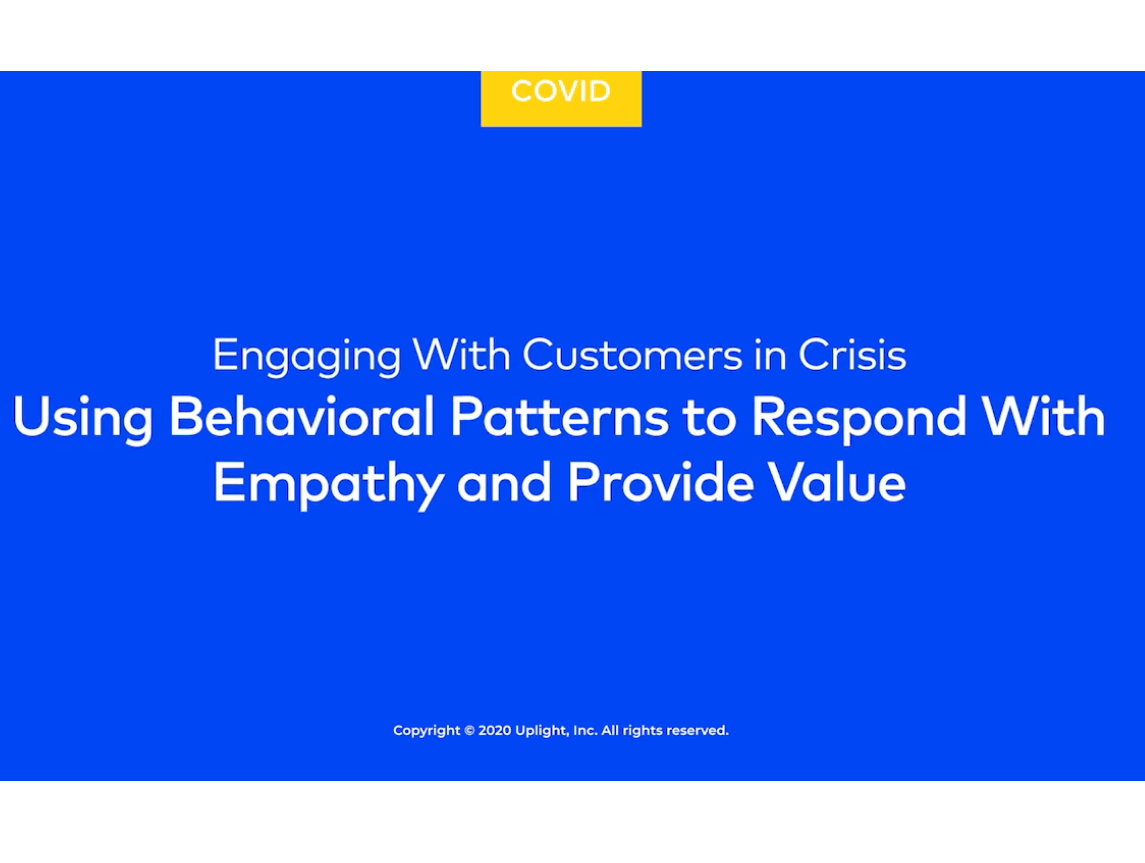

Blog
The Impact of Quarantine on Non-Residential Utility Customer Energy UseBy Non-residential Data Team on June 9, 2020
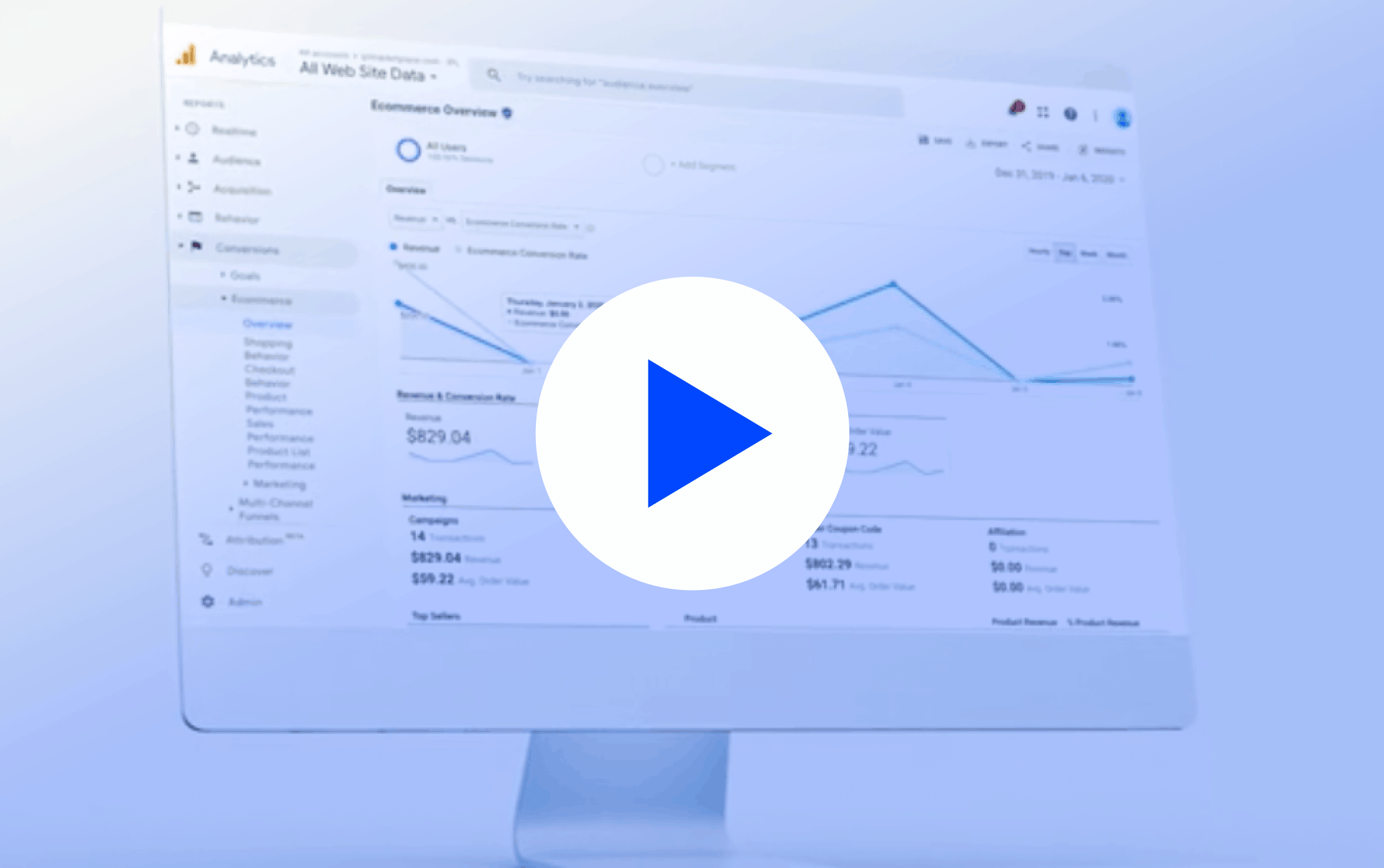
Video Energy Efficiency
Uplight Marketplace: Delivering for Black Friday and Every DayDelivering for Black Friday and Every Day
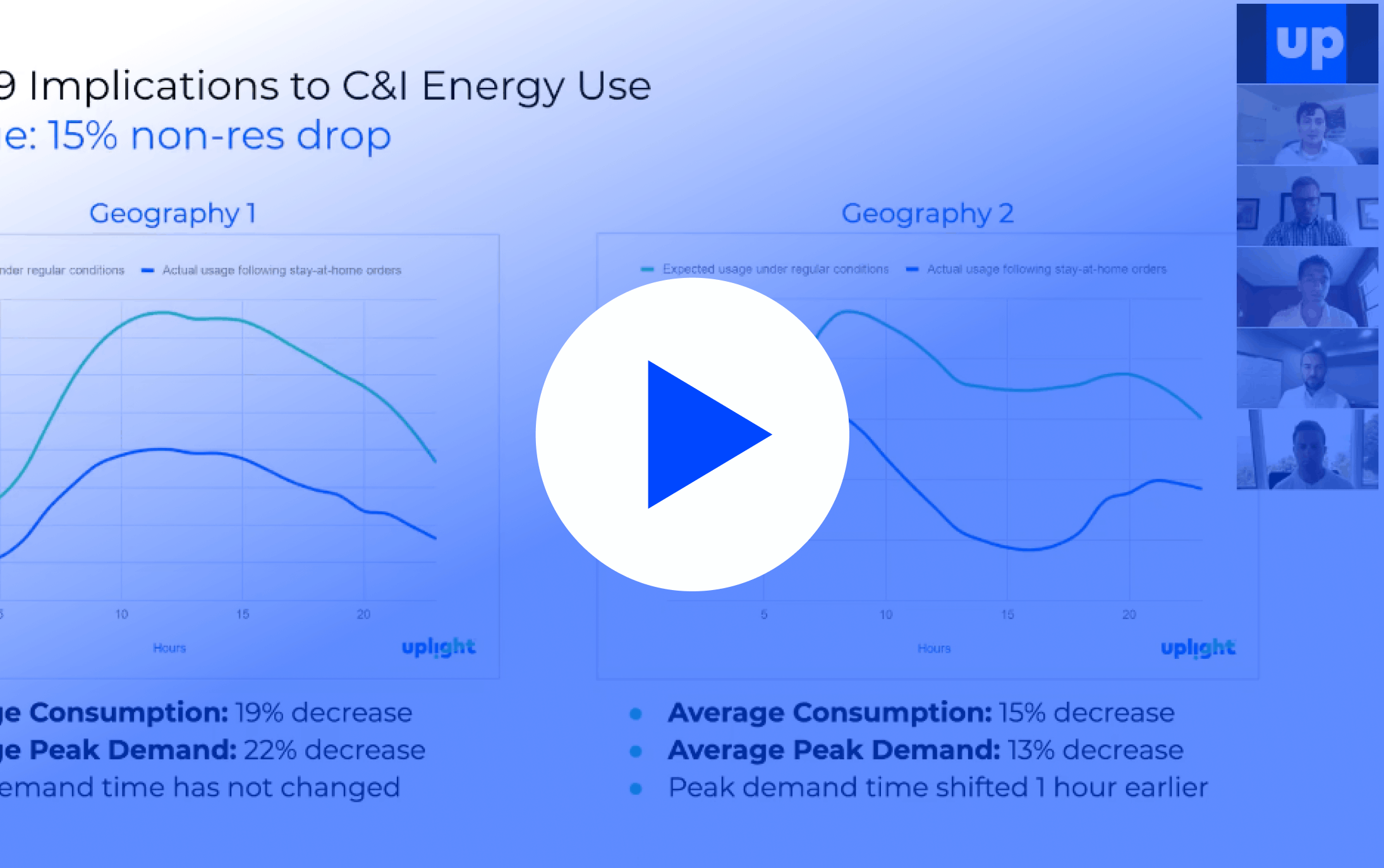
Video Demand Management
On Demand Webinar: Exploring the Latest Residential and C&I Energy Load AnalyticsExploring the Latest Residential and C&I Energy Load Analytics

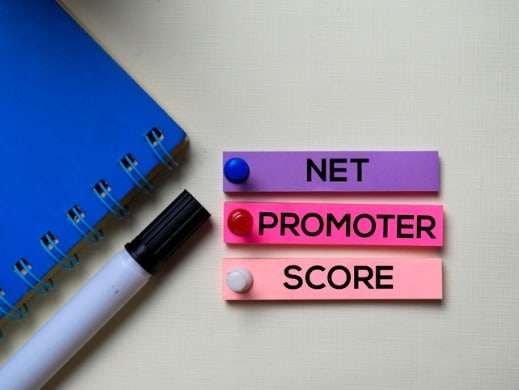
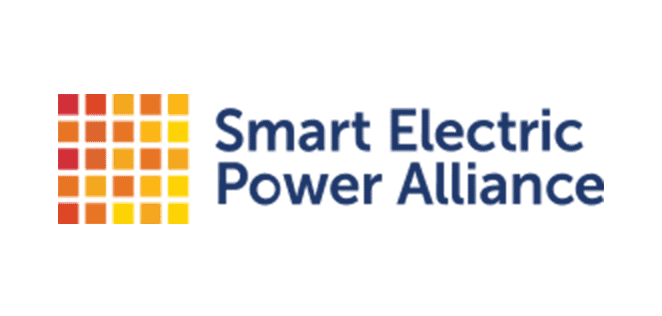

Press Release LMI Customers
As utilities tackle immediate COVID-19 impacts, analysts stress need to focus beyond the pandemicUtility Dive on May 20th, 2020
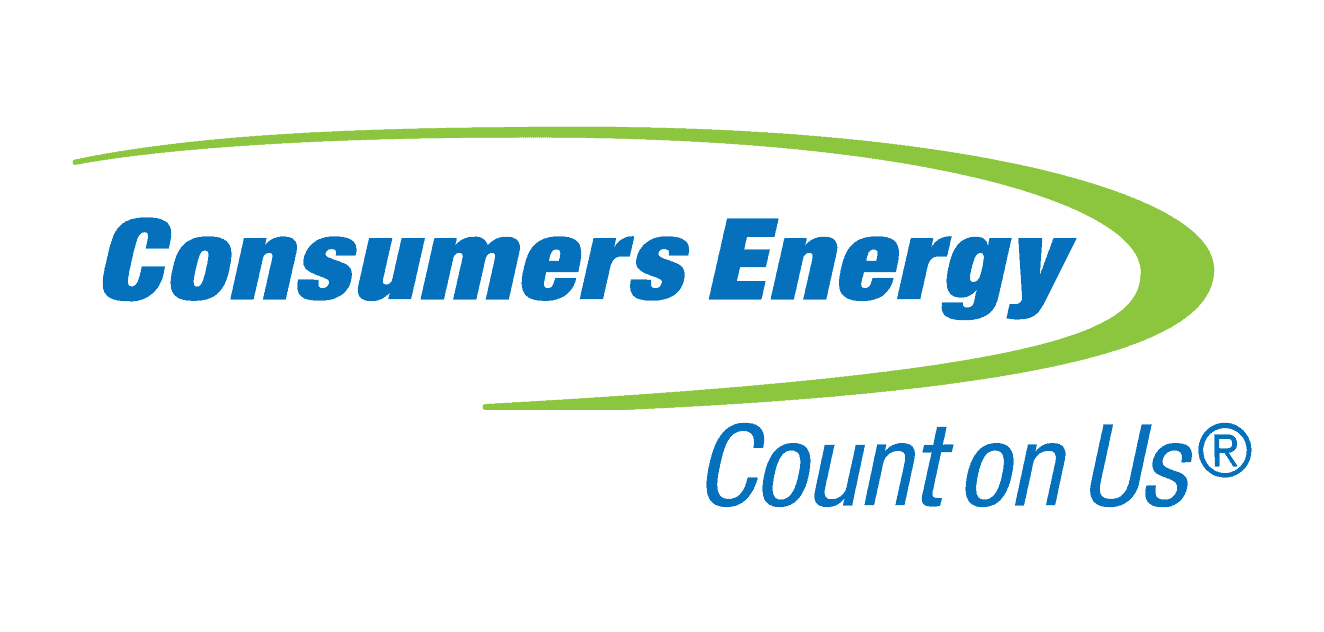
Press Release Demand Management
Consumers Energy Providing 100,000 Google Nest Thermostats to Michigan Households During PandemicConsumers Energy on May 19th, 2020

Press Release Demand Management
Can Free Smart Thermostats Get Homeowners to Enroll in Summertime Demand Response?GTM on May 19th, 2020
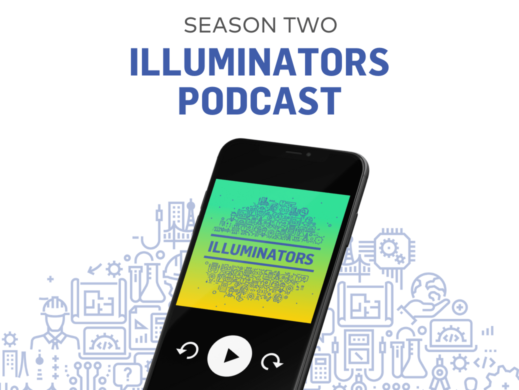
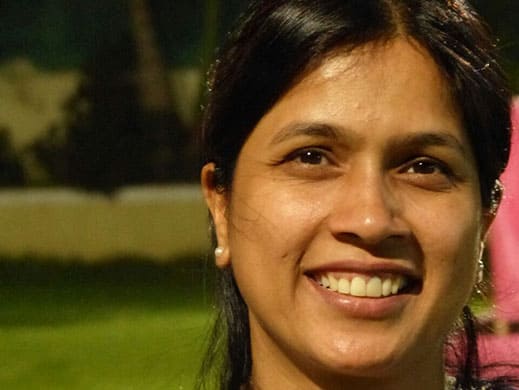

Blog Energy Efficiency
Two Takeaways for Utility Marketing and Advertising During COVID-19By Courtney Staufer and Anthony LaRosa on May 7, 2020
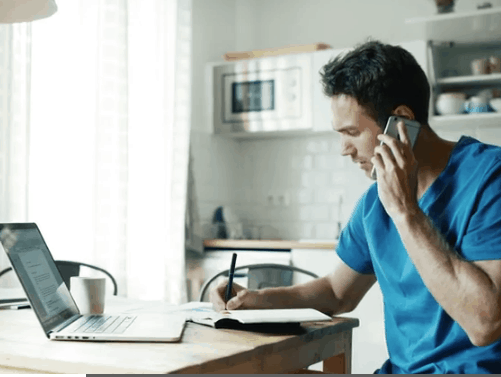
Blog Energy Efficiency
Uplight Marketplace: Delivering for Black Friday and Every DayBy Crystal Leaver on May 4, 2020


Blog
Saving Energy and Lowering Your Energy Bill During COVID-19By Crystal Leaver on April 28, 2020
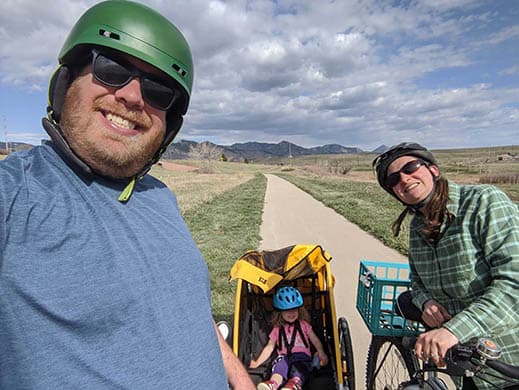

Blog
Helping Customers with Personalization During the COVID-19 CrisisBy Uplight Product Marketing on April 22, 2020

Blog Energy Efficiency
Marketplaces Are Helping Customers Save Energy in the Time of COVID-19By Marketplace Marketing Team on April 15, 2020
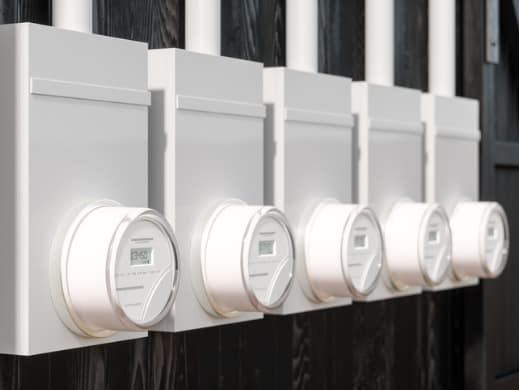
Blog
How COVID is Impacting Residential Energy Use - The First Three Weeks of DataBy Uplight COVID-19 Data Team on April 14, 2020
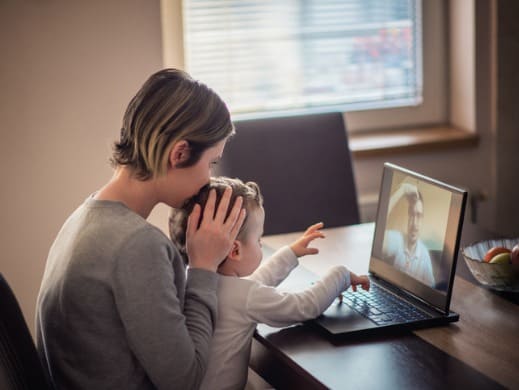
Blog
Providing Value to Customers Through Marketplace During COVID-19By Shannon Oleynik on April 14, 2020

Blog Demand Management +1
On-Demand Webinar: Make Smart Thermostats a Hero in TOU RatesBy Don McPhail on April 8, 2020


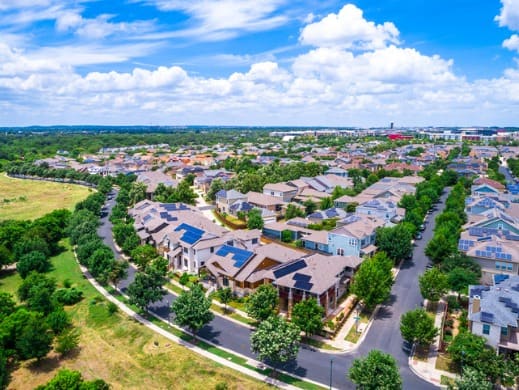
Blog
How Uplight’s Utility Customers are Adapting Their Programs to Help Customers During COVID-19By Lindsey Meehan on April 3, 2020

Blog
Revising Home Energy Reports to Changing Customer Needs Amid COVID-19By Alex Osteen on March 31, 2020
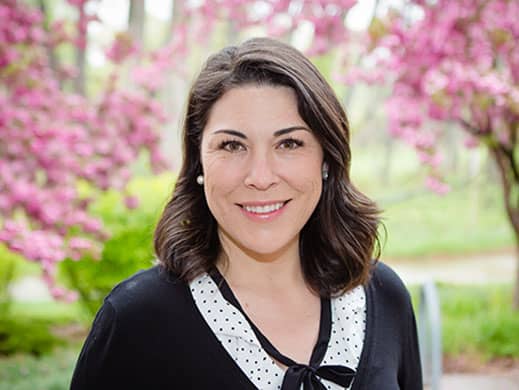

Blog Customer Engagement
Uplight’s Real-time AMI Digital Alerts Increase Customer EngagementBy Erica Swanson on March 30, 2020

Blog
How Uplight Works From Home During the Coronavirus PandemicBy Crystal Leaver on March 30, 2020
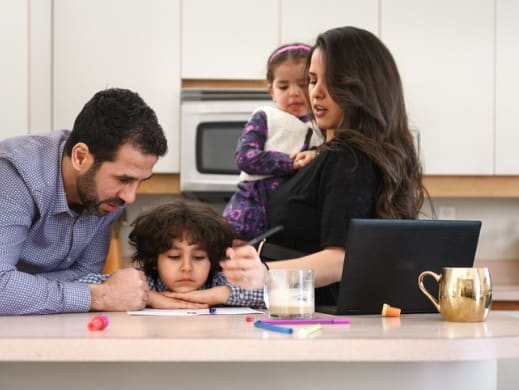
Blog
Managing the Impacts of COVID-19 on Power and Energy with Demand ResponseBy Don McPhail on March 25, 2020

Blog
The Uplight “Upsite”: Employee Meeting in the Time of the Novel CoronavirusBy Crystal Leaver on March 24, 2020

Blog Customer Engagement +1
What is Behavioral Energy Efficiency?By Crystal Leaver on March 23, 2020

Blog
Business Not As Usual During COVID-19: How to Save Energy and MoneyBy Crystal Leaver on March 17, 2020
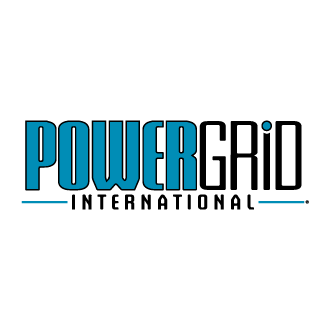
Press Release Demand Management
Consumers Energy helping customers save money with largest demand response program in the countryPOWERGRID International on March 10th, 2020
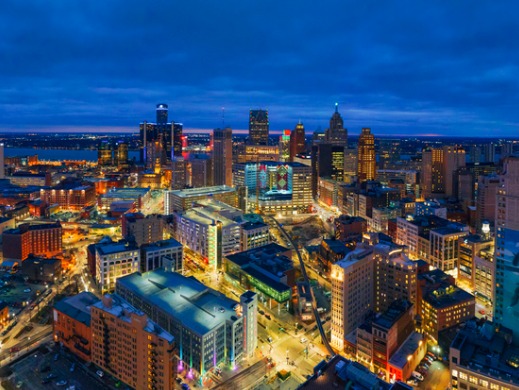
Press Release
Consumers Energy Partners with Uplight to Empower Utility Customers With Personalized Tools Enabling a Transition to Clean EnergyPress Release on March 10th, 2020

Blog
How Three Utilities used Sweepstakes to Boost Program ResultsBy Crystal Leaver on March 3, 2020



Press Release
Slowed pay-off from billions in AMI investment puts the technology's future in doubtUtility Dive on February 20th, 2020


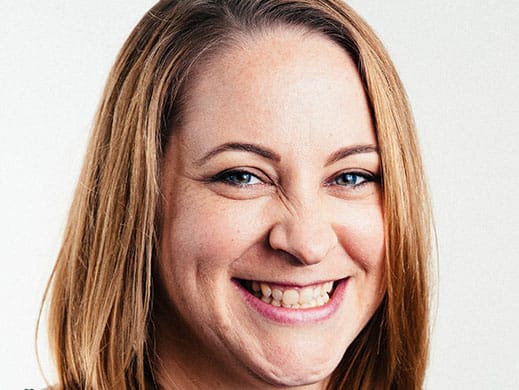


Press Release Sustainability / B Corp
How a Utility's Counterintuitive Strategy Might Fuel a Greener FutureWall Street Journal on February 8th, 2020

Blog
The 1-2-10 Approach: A Winning Formula for Utility PersonalizationBy Crystal Leaver on February 5, 2020
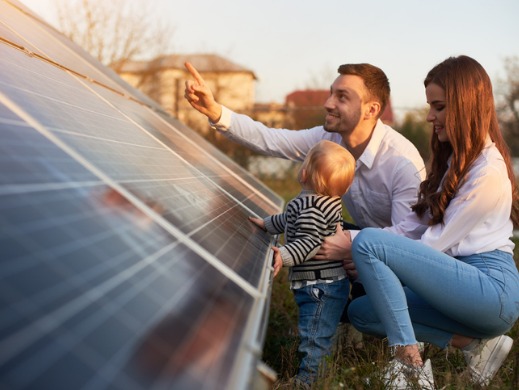
Blog
“What’s Old is New Again”: How Customer-Centric Strategies Deliver Generation and T&D GrowthBy Crystal Leaver on February 3, 2020


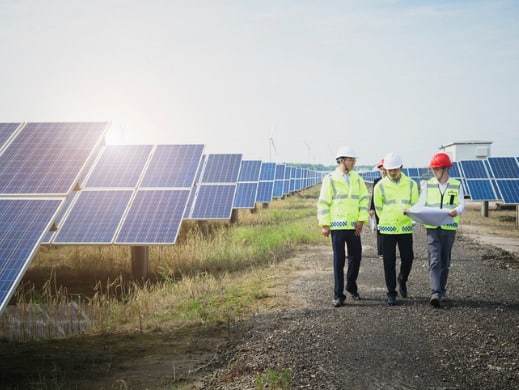
Blog
Climate Change, Scaling Clean Energy, and Customer EmpowermentBy Tanuj Deora on January 28, 2020
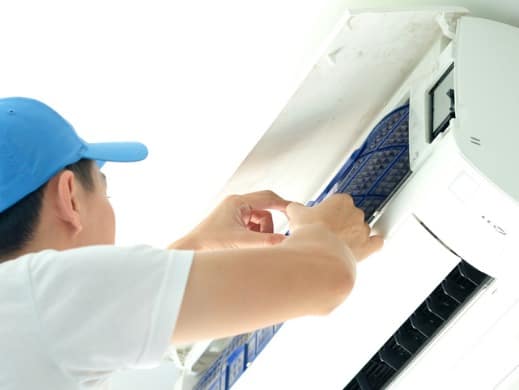

Blog
Three Marketplace Takeaways from Last Year's Black Friday/Cyber MondayBy Crystal Leaver on January 21, 2020
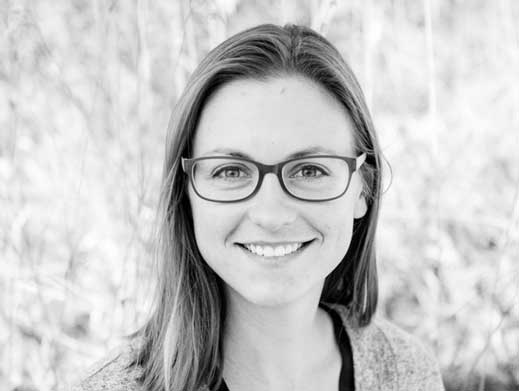

Press Release
Uplight Names Angela Tucci Chief Operating OfficerPress Release on January 13th, 2020
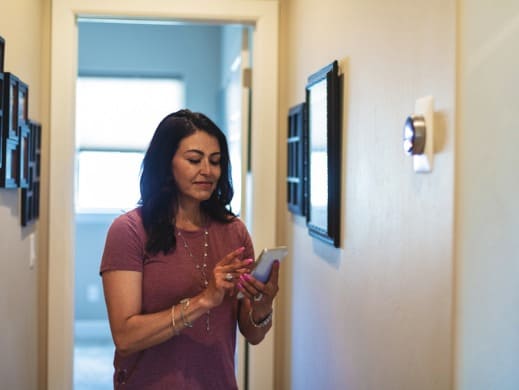
Blog
Time-of-Use Rate Impacts on Customers And How Demand Management Can HelpBy Adam Farabaugh on January 8, 2020

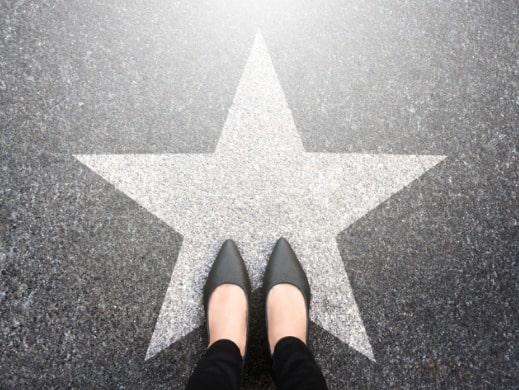

Blog
How to Make Your New Year’s Energy Efficiency Resolutions StickBy Ihno Lee-Babineaux, PhD on December 18, 2019
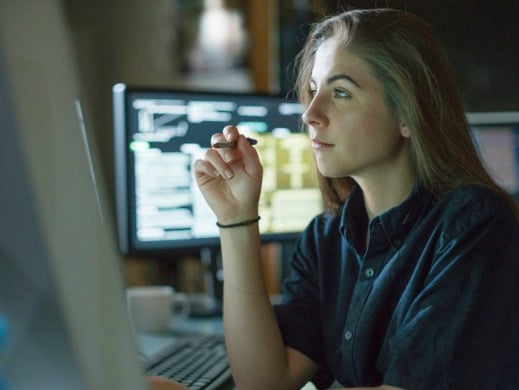
Blog
A New Category in the Utility Industry is Coming—Here’s How I Know.By Mark Gately on December 16, 2019

Blog
Engage, Activate, and Orchestrate: Empowering LMI CustomersBy Kelly Crandall on December 12, 2019

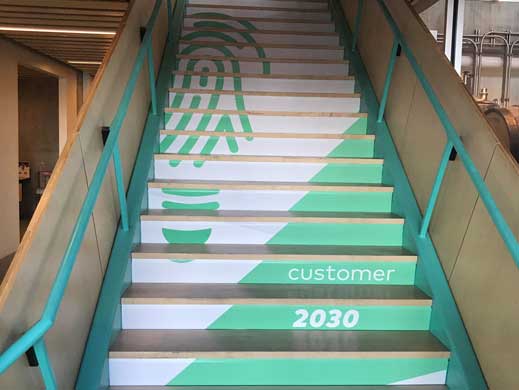
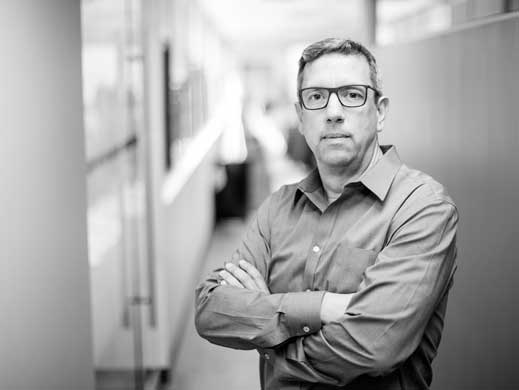
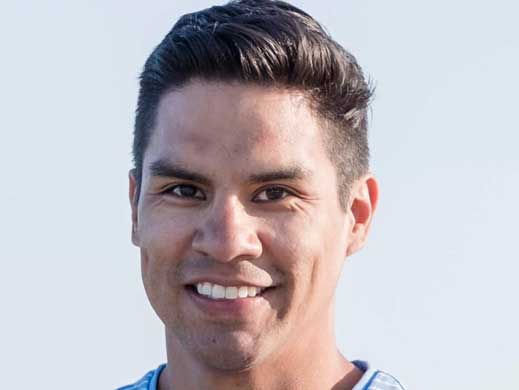

Blog
Lessons from the Best Performing Energy Efficiency ProgramsBy Martha Blakely on November 20, 2019
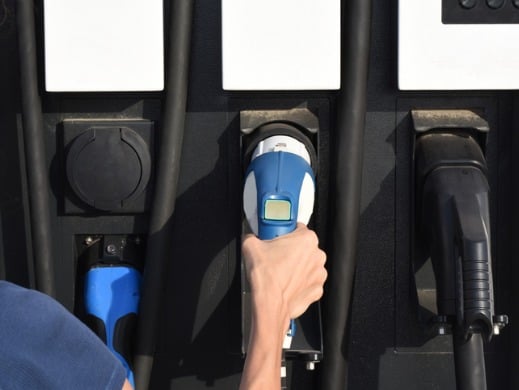

Blog
Business Customers: The Highest Value Segment for UtilitiesBy James DeLoid on November 13, 2019
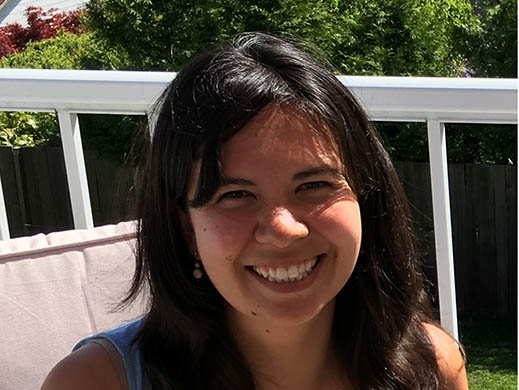
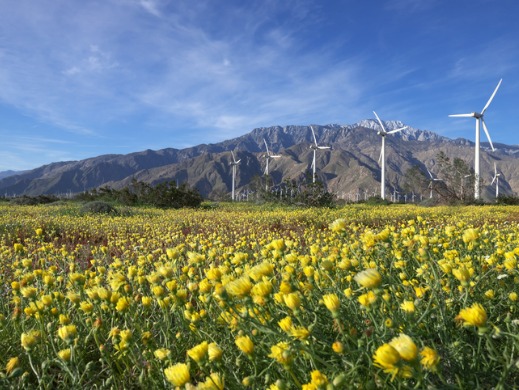
Press Release Sustainability / B Corp
Uplight, Leading Customer Energy Experience Company, Becomes a Certified B CorporationPress Release on November 6th, 2019


Blog
The Home Energy Management (HEM) Maturity ModelBy Uplight Product Marketing on November 1, 2019



Blog
How to Build (and Sustain) Good Energy Use HabitsBy Ihno Lee-Babineaux, PhD on October 21, 2019
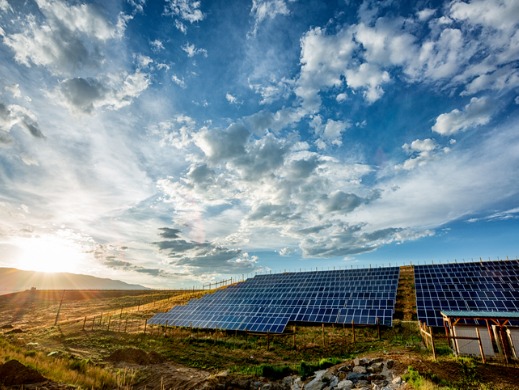
Blog
How Innovative Policies Have Utilities Reaching for the CloudsBy Brian Bowen on October 15, 2019

Blog
ACEEE Scorecard: A Retrospective Look at Energy EfficiencyBy Martha Blakely on October 14, 2019
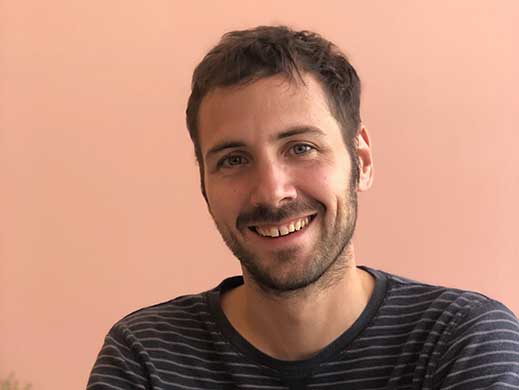
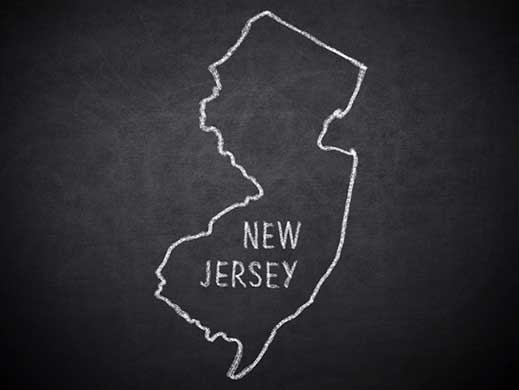
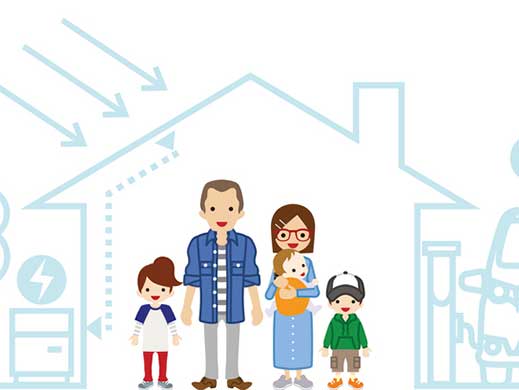
Blog
Energy Action Management: The Key to a Modern Customer Energy ExperienceBy Ryan Warren on October 3, 2019
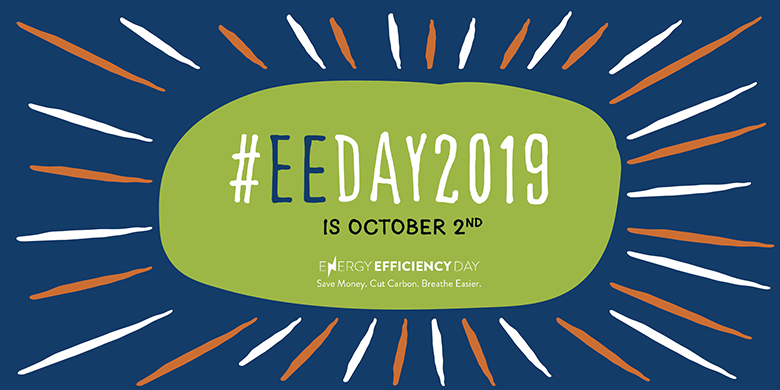
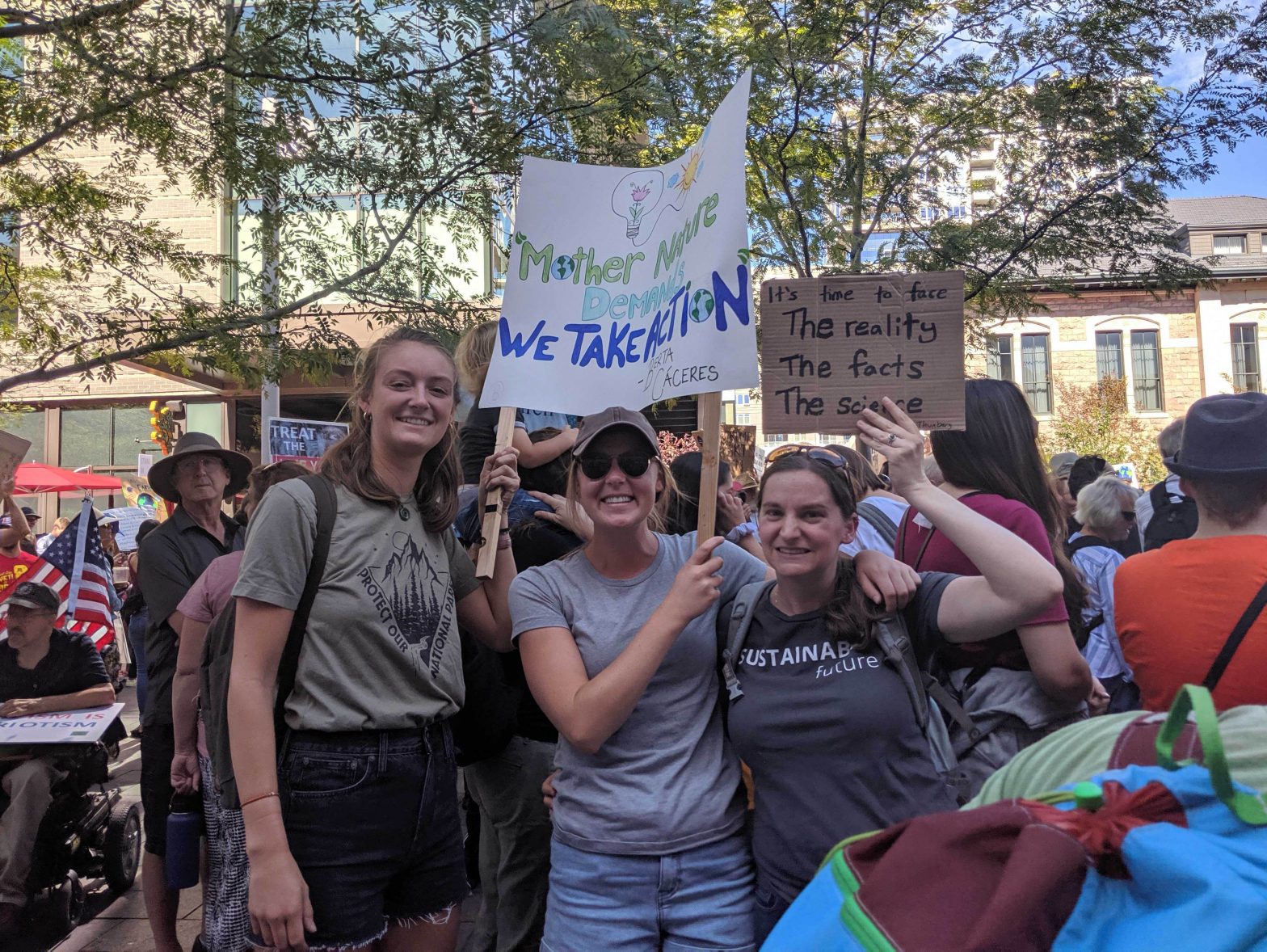
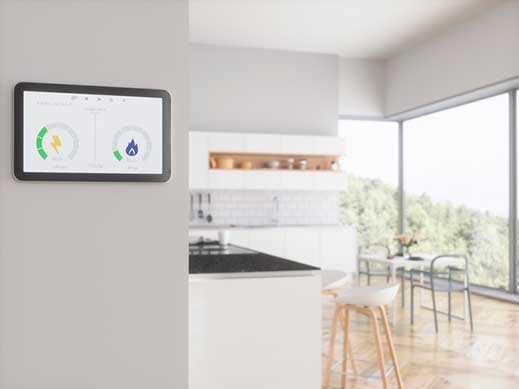
Blog
What People Really Want From Their Smart MetersBy Ihno Lee-Babineaux, PhD on September 24, 2019
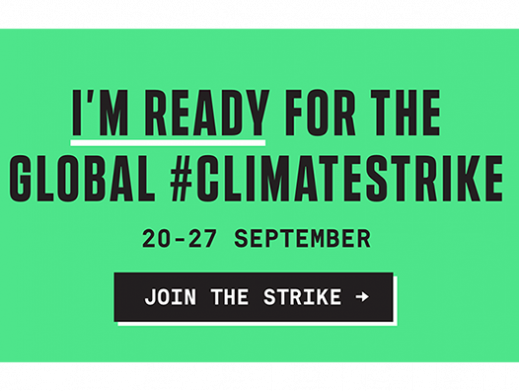
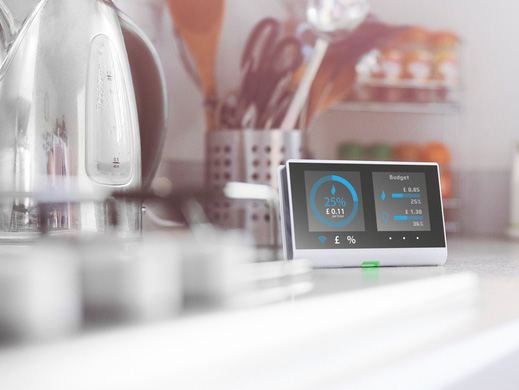
Blog
Set it and Save: Using Technology to Ensure a Smooth TOU Rate TransitionBy Don McPhail on September 18, 2019


Blog
From Tacos to Thermostats, There is a Better Form of Capitalism Out ThereBy Tanuj Deora on September 9, 2019
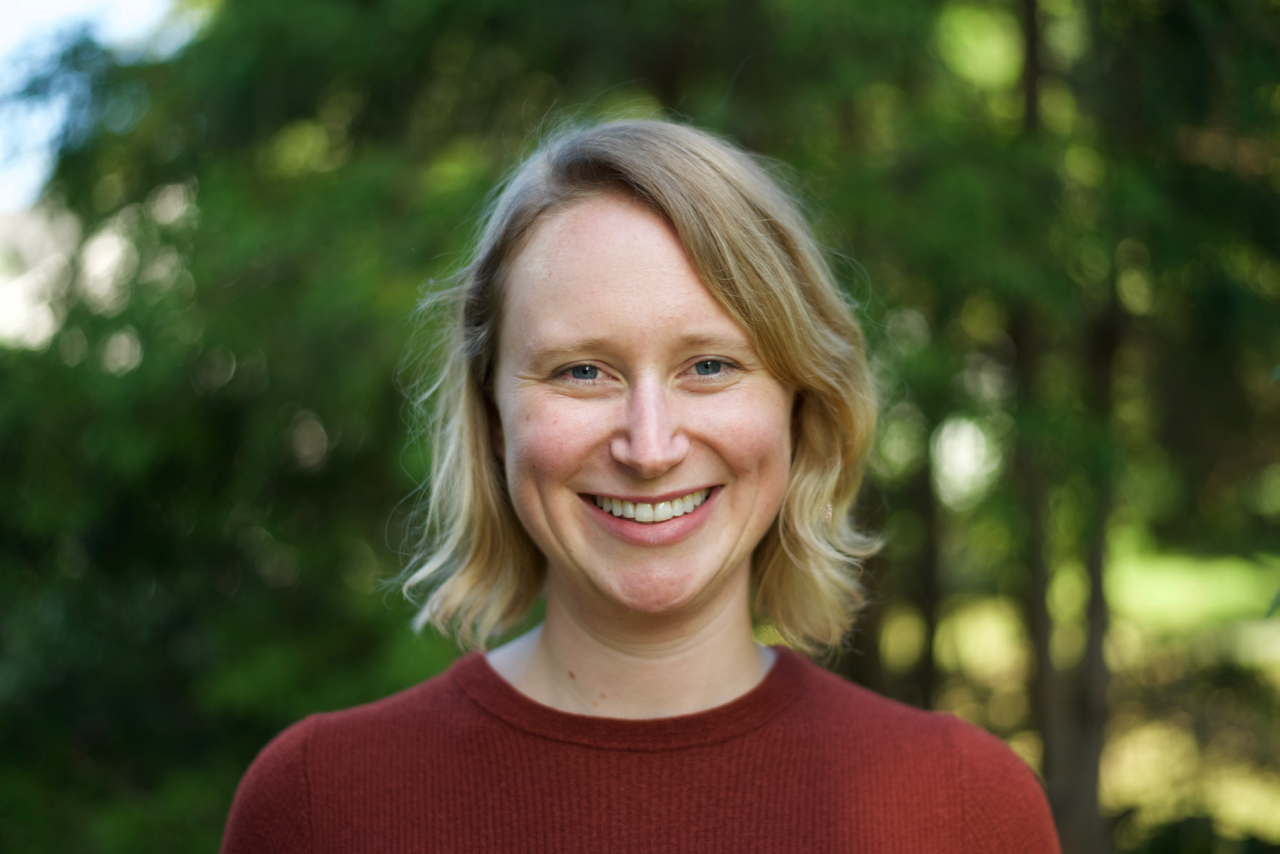

Blog
The Symphony of Demand Management: Orchestrating a Great Customer ExperienceBy Don McPhail on September 3, 2019


Press Release
Revealed: DBJ's C-Suite Awards winners for 2019Denver Business Journal on August 29th, 2019

Blog
How User-Generated Content (UGC) Can Drive Change for UtilitiesBy Ihno Lee-Babineaux, PhD on August 27, 2019
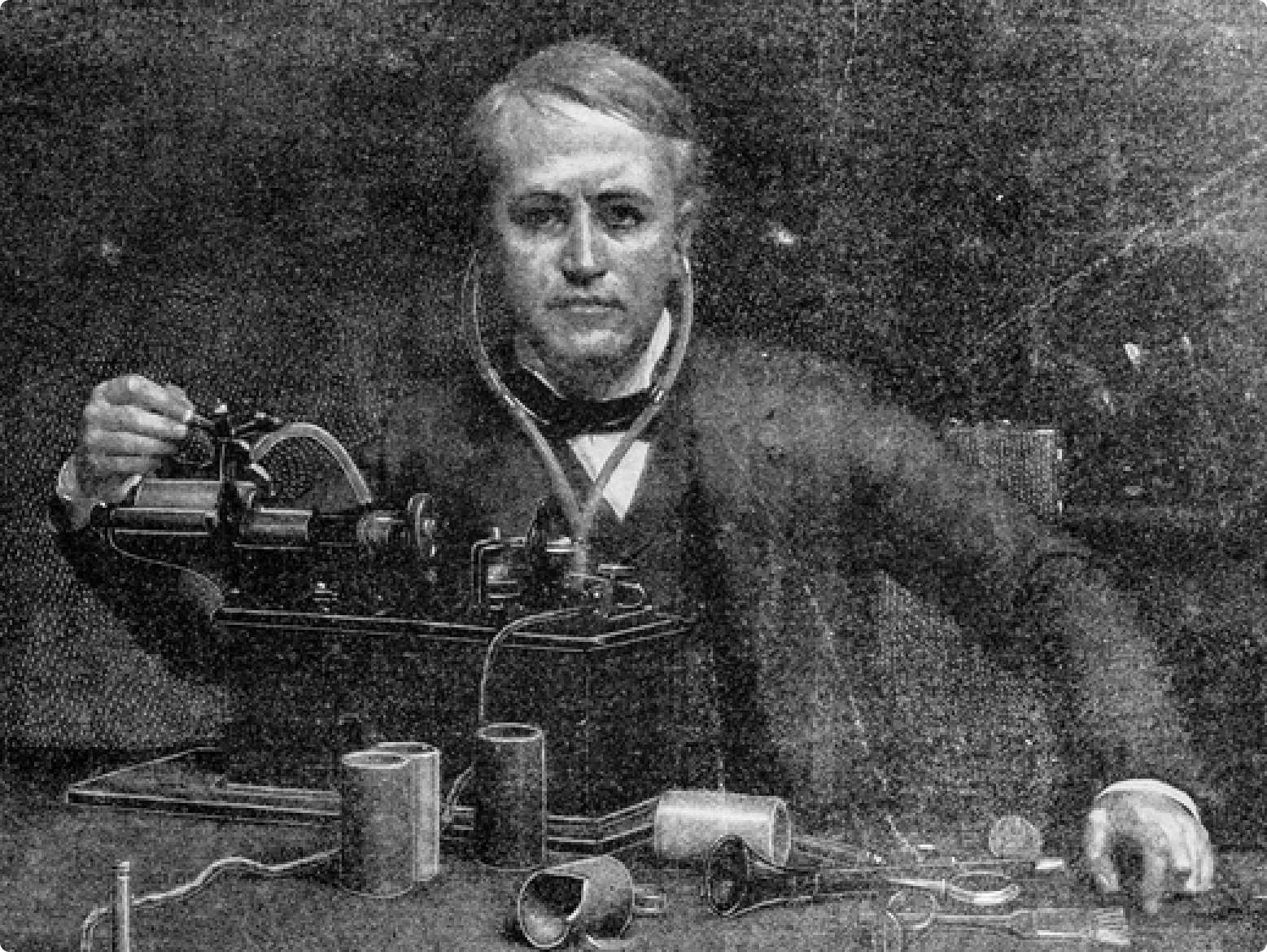
Blog
How did Thomas Edison Influence Modern Corporate Innovation?By Crystal Leaver on August 22, 2019

Blog
Part 2: Building an Industry Leader: Thoughts from Uplight’s FoundersBy Crystal Leaver on August 20, 2019


Blog
Part 1: Building an Industry Leader: Thoughts from Uplight’s FoundersBy Crystal Leaver on August 15, 2019
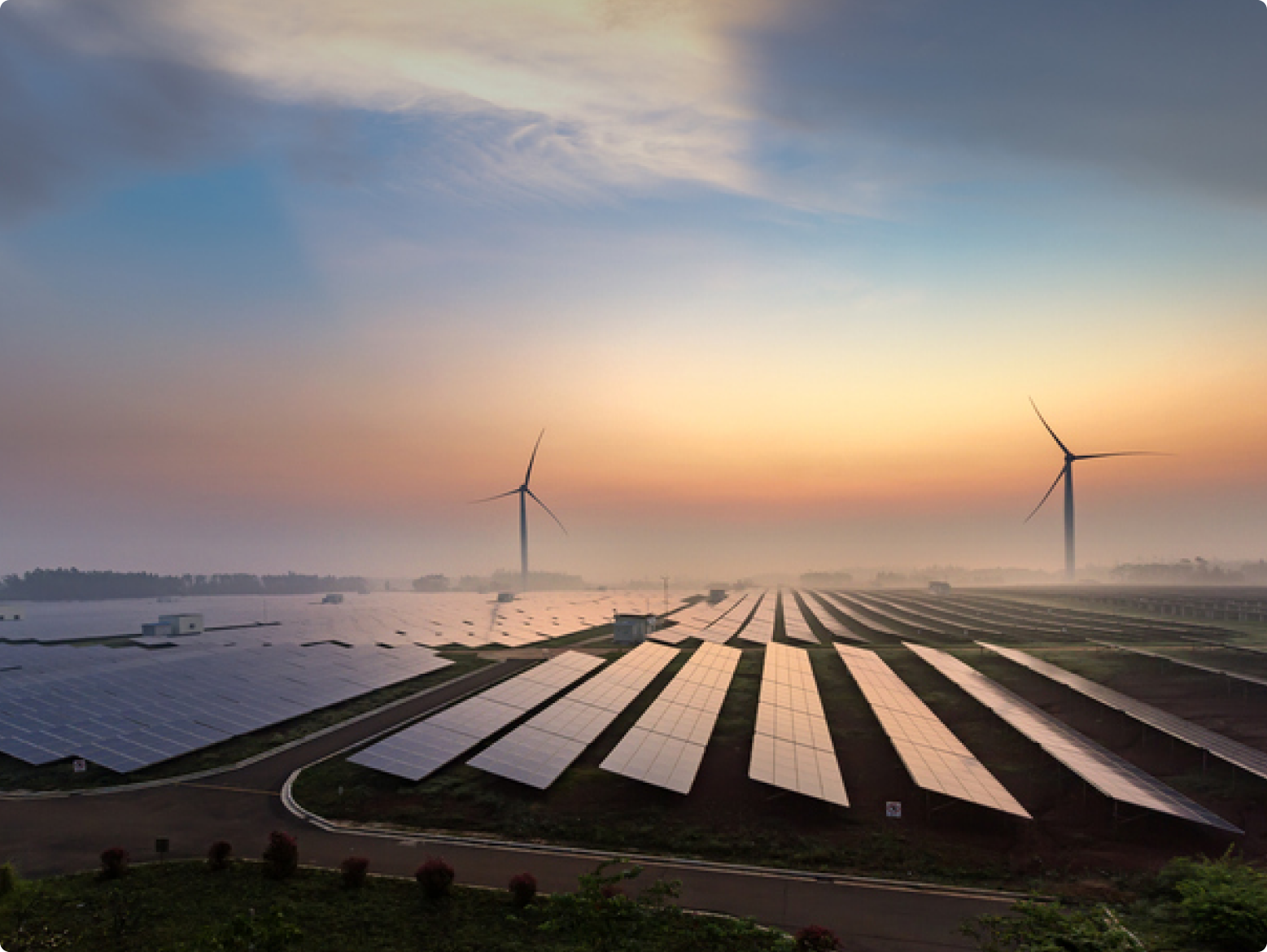
Blog
Regulators Envision a More Customer-Centric Grid at NARUC 2019 Summer Policy SummitBy Brian Bowen on August 13, 2019
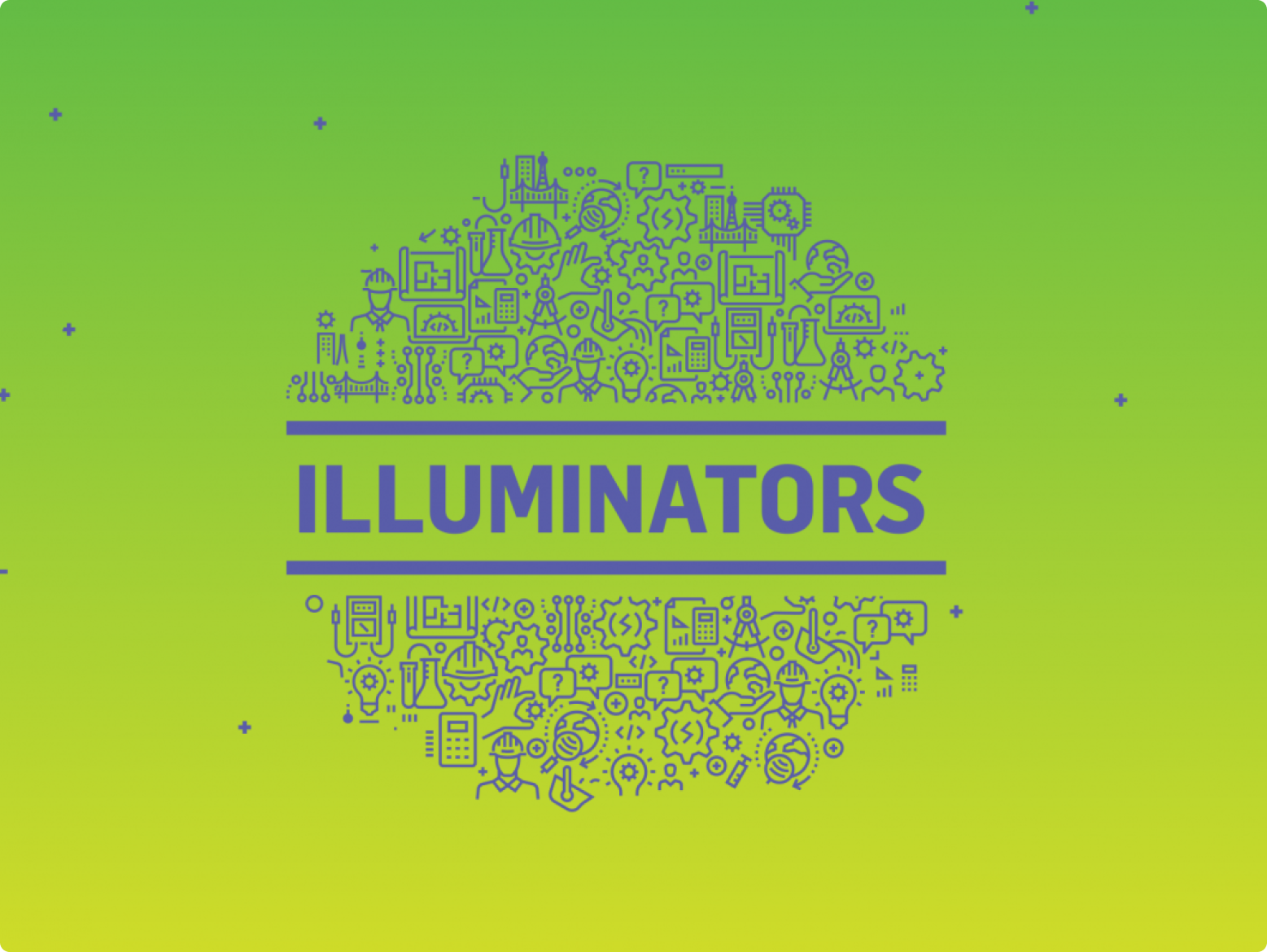

Press Release
Uplight Expands the Industry’s Most Comprehensive Suite of Energy Action Solutions with the Acquisition of EcotagiousPress Release on August 5th, 2019



Blog
The Role of Behavioral Science in Driving Energy ActionsBy Ihno Lee-Babineaux, PhD on July 24, 2019

Press Release
Tendril & Simple Energy Merger Uplight Strives to Alleviate IT Integration HeadachesTD World on July 17th, 2019

Press Release
Tendril targets utility customer care trend, merges into a new platformUtility Dive on July 16th, 2019


Press Release
Behind the deal: Why these two Colorado energy-tech companies decided to mergeDenver Business Journal on July 15th, 2019
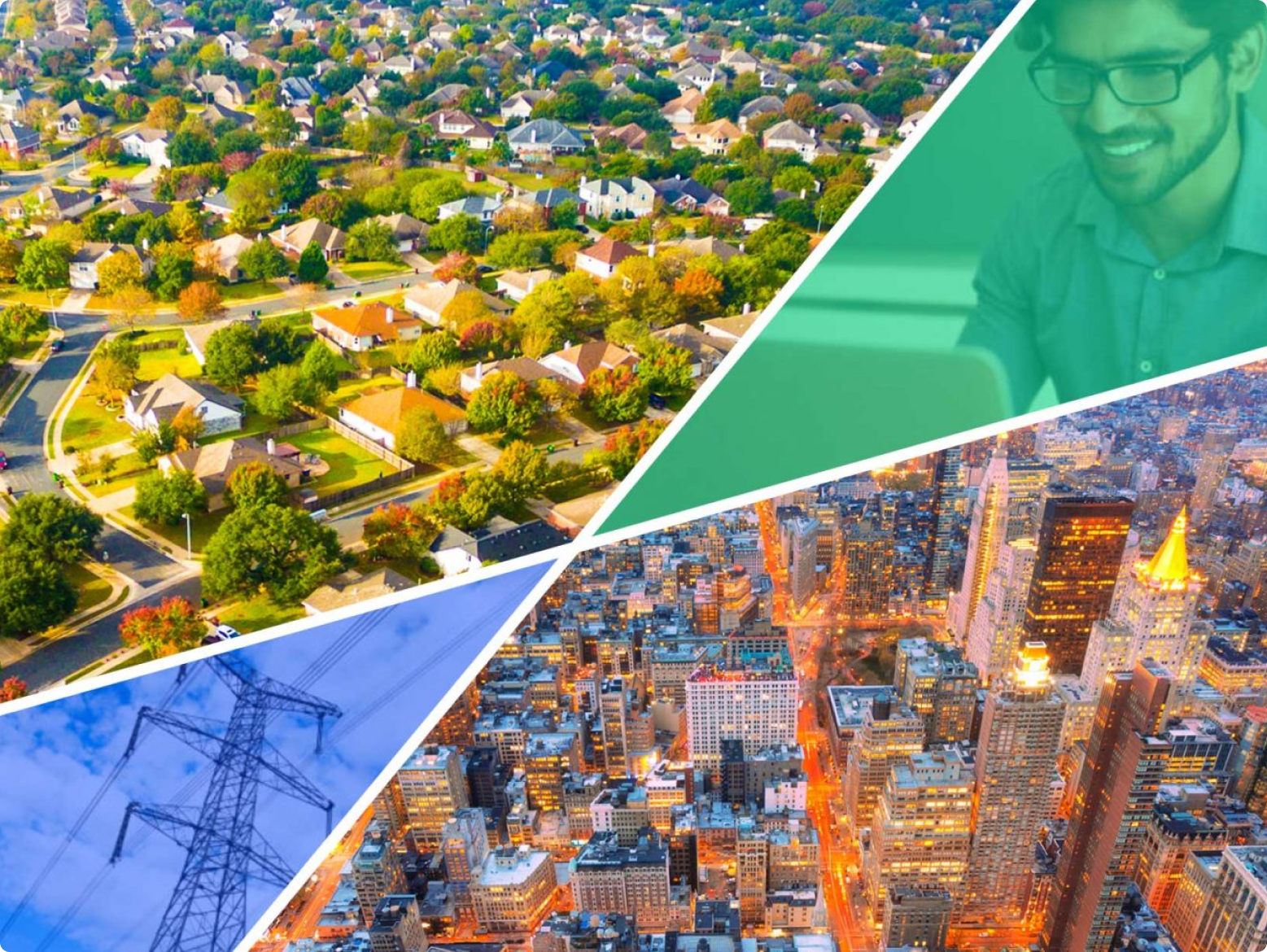
Blog
Building an Industry Catalyst: How Uplight Plans to Accelerate the Clean Energy EcosystemBy Crystal Leaver on July 15, 2019

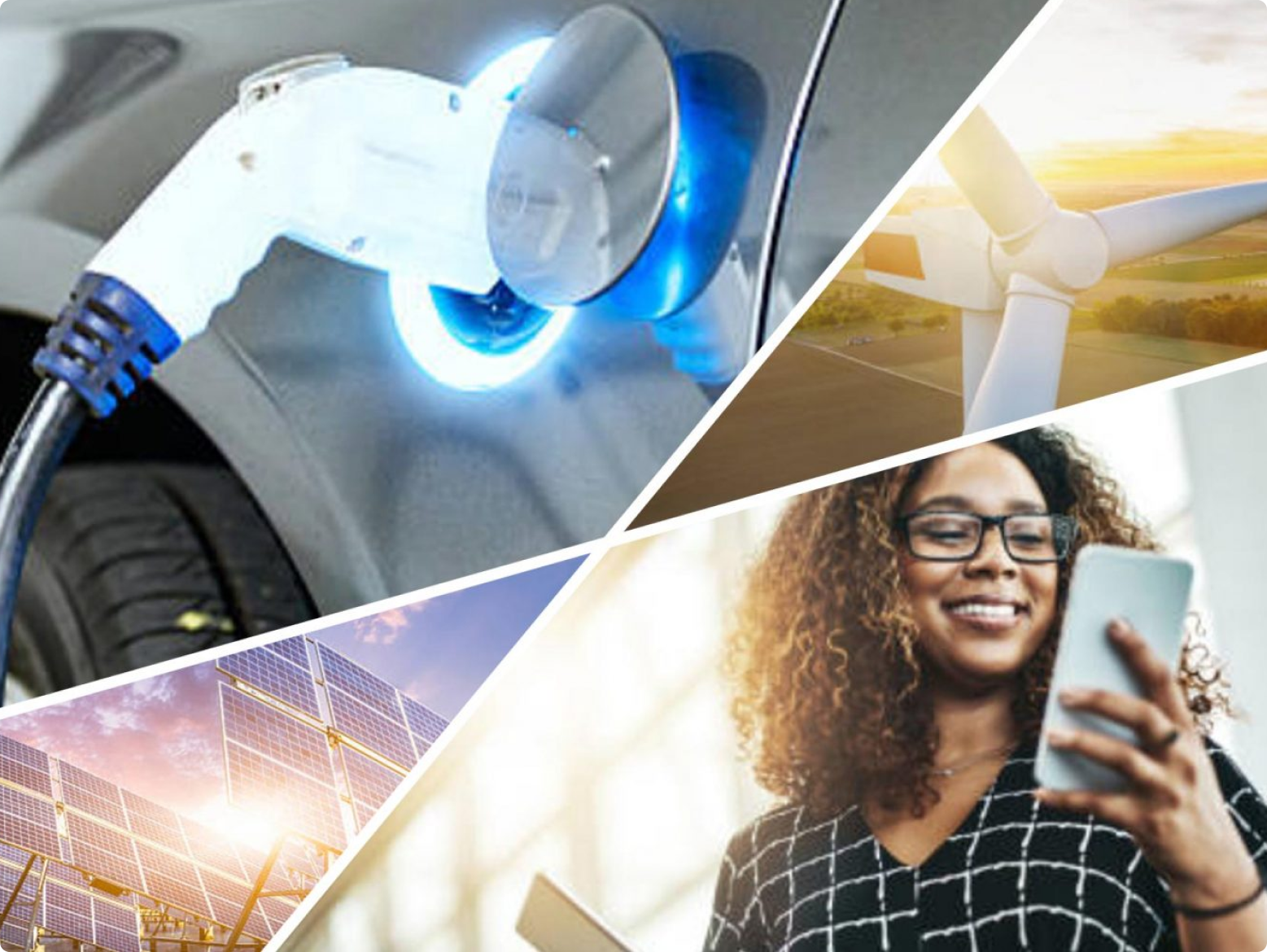
Press Release
Uplight: Simple Energy and Tendril Merge to Accelerate the Clean Energy EcosystemPress Release on June 27th, 2019
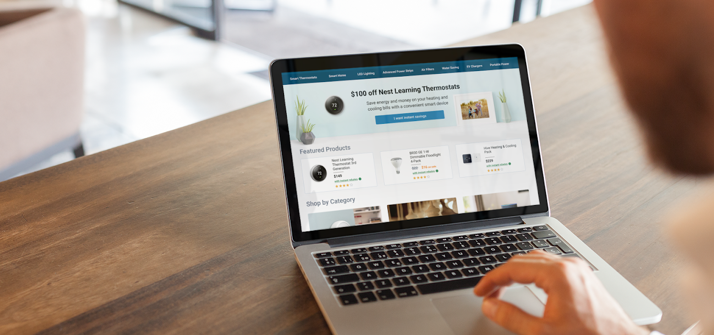
Blog
Simple Energy’s Integrated Solutions Approach is at the Forefront of the Changing Energy LandscapeBy Shannon Oleynik on June 19, 2019
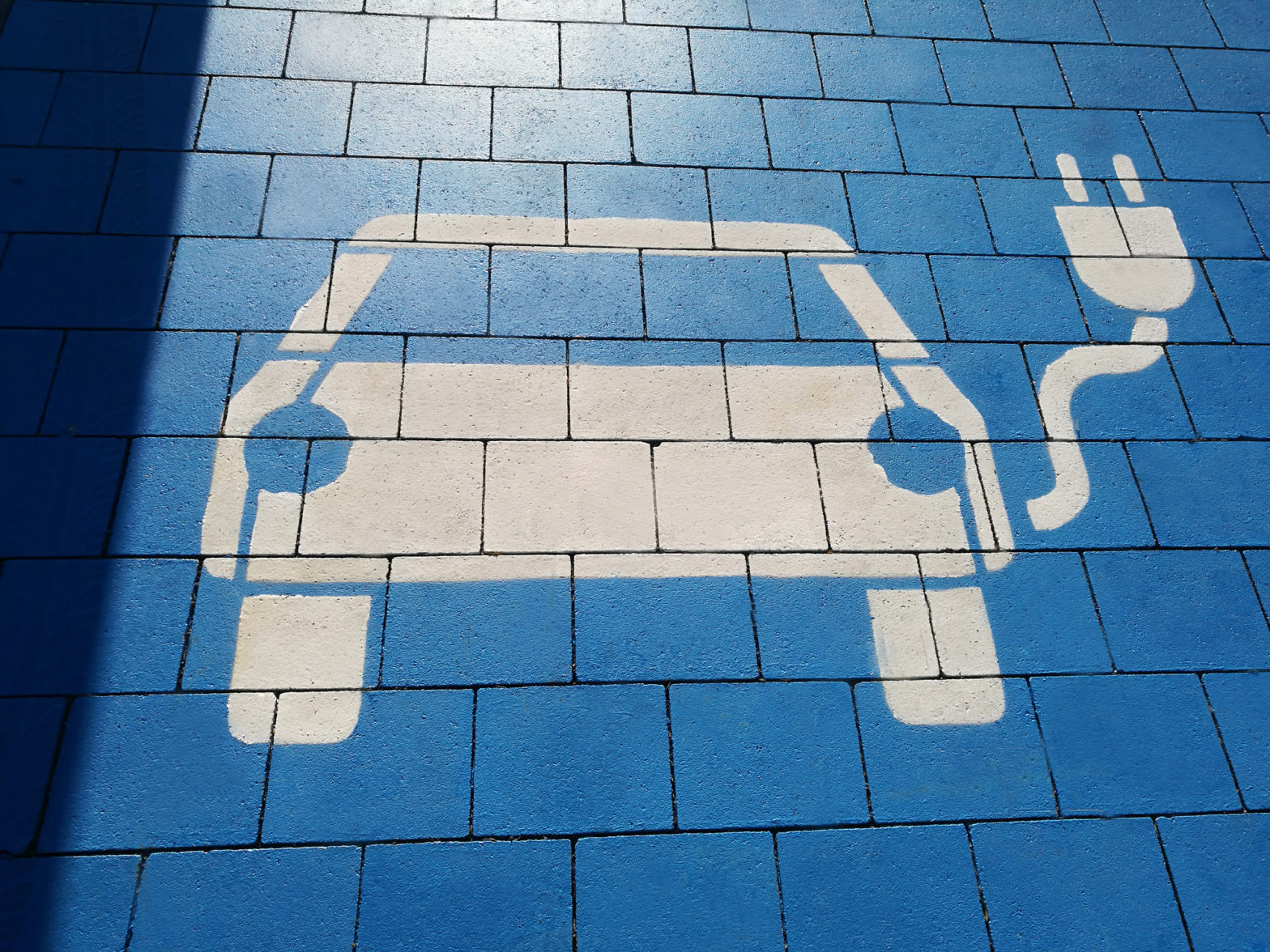
Blog
Energy Analytics + Disaggregation as a Service = A Winning Combination for EV DiscoveryBy Uplight Staff Writer on June 11, 2019
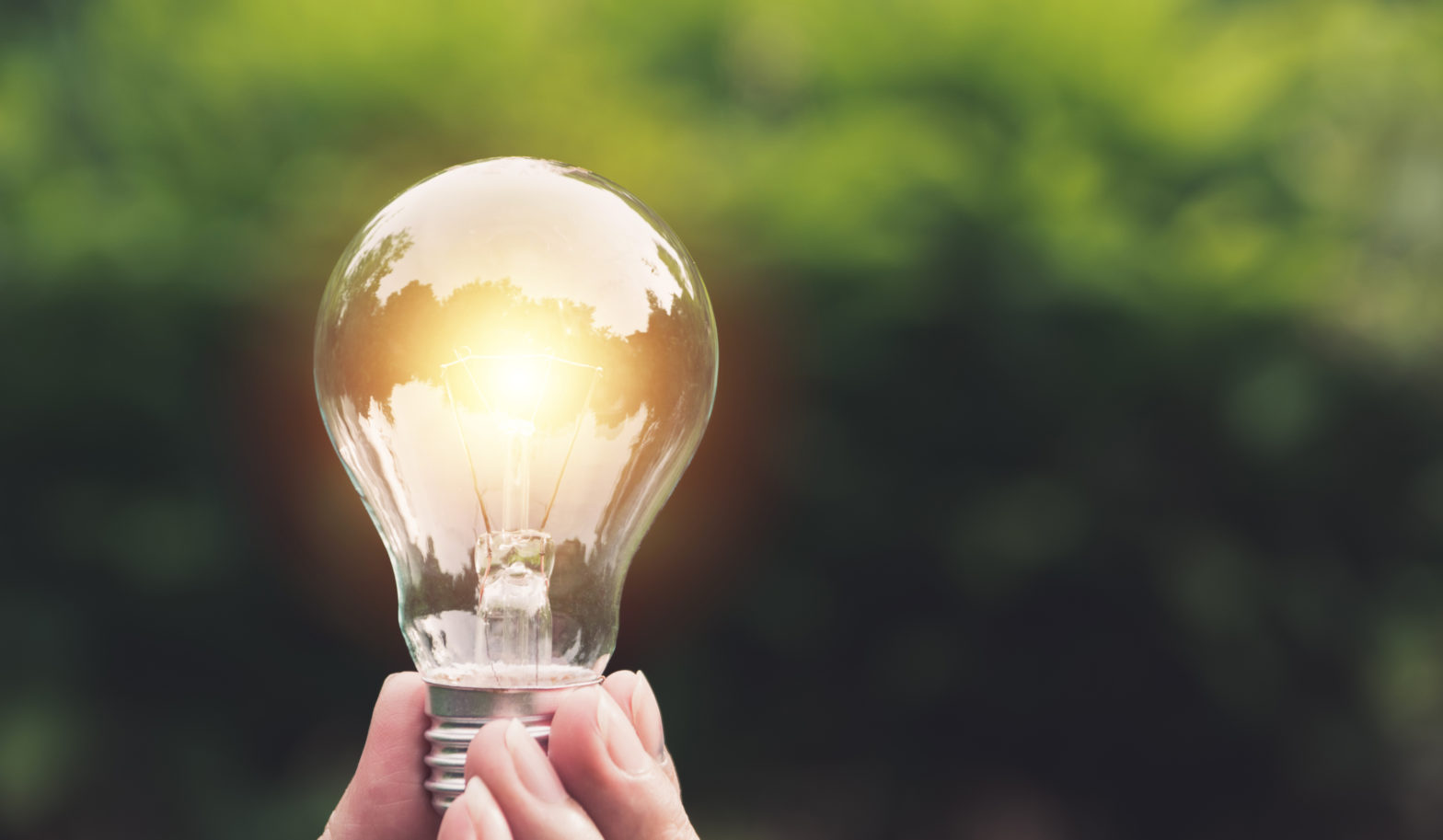

Blog
Washington Gas Empowers Customers to Improve Energy EfficiencyBy Crystal Leaver on April 18, 2019
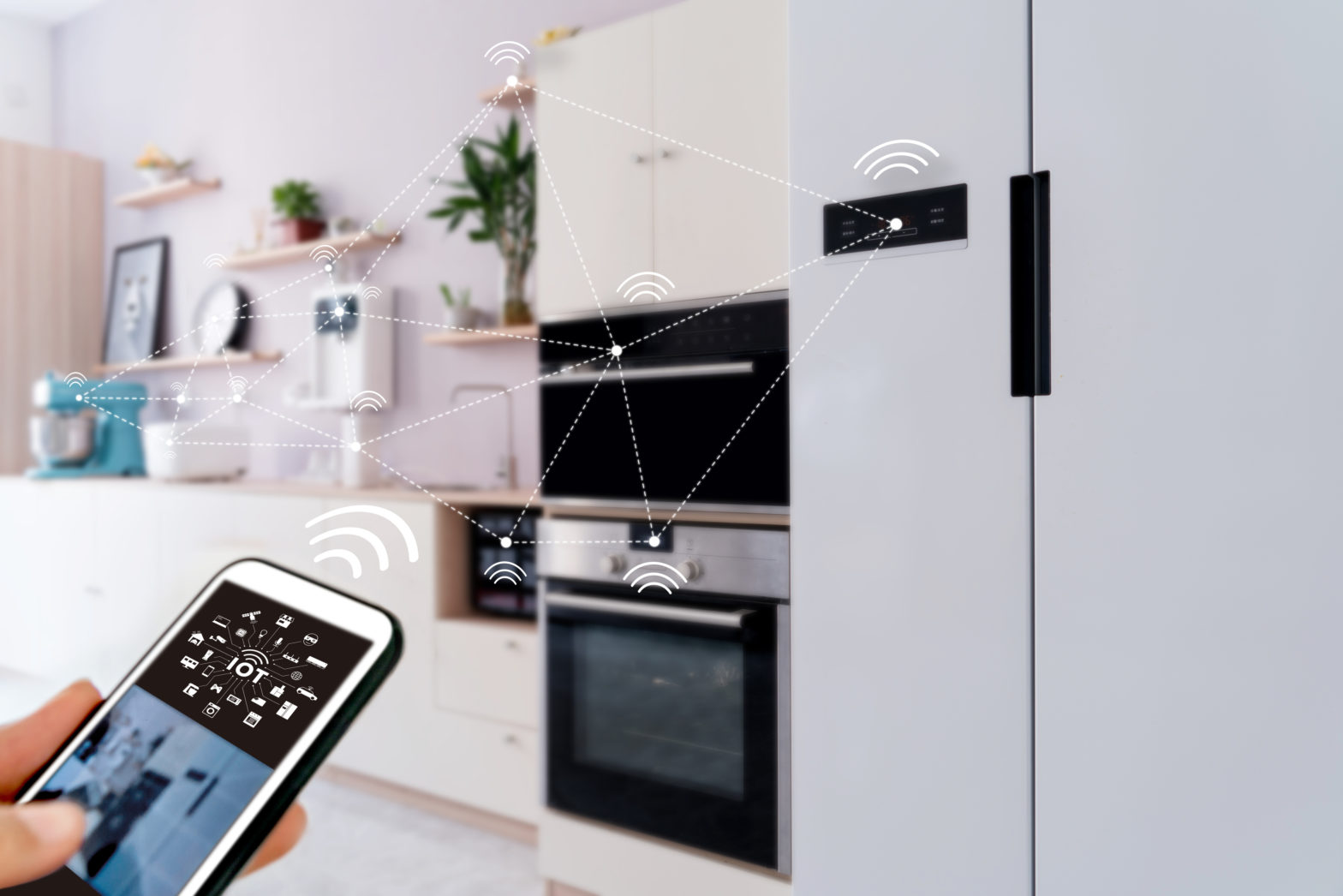
Blog
Energy Disaggregation: Uncovering a Home's Hidden Energy WasteBy Uplight Staff Writer on April 18, 2019

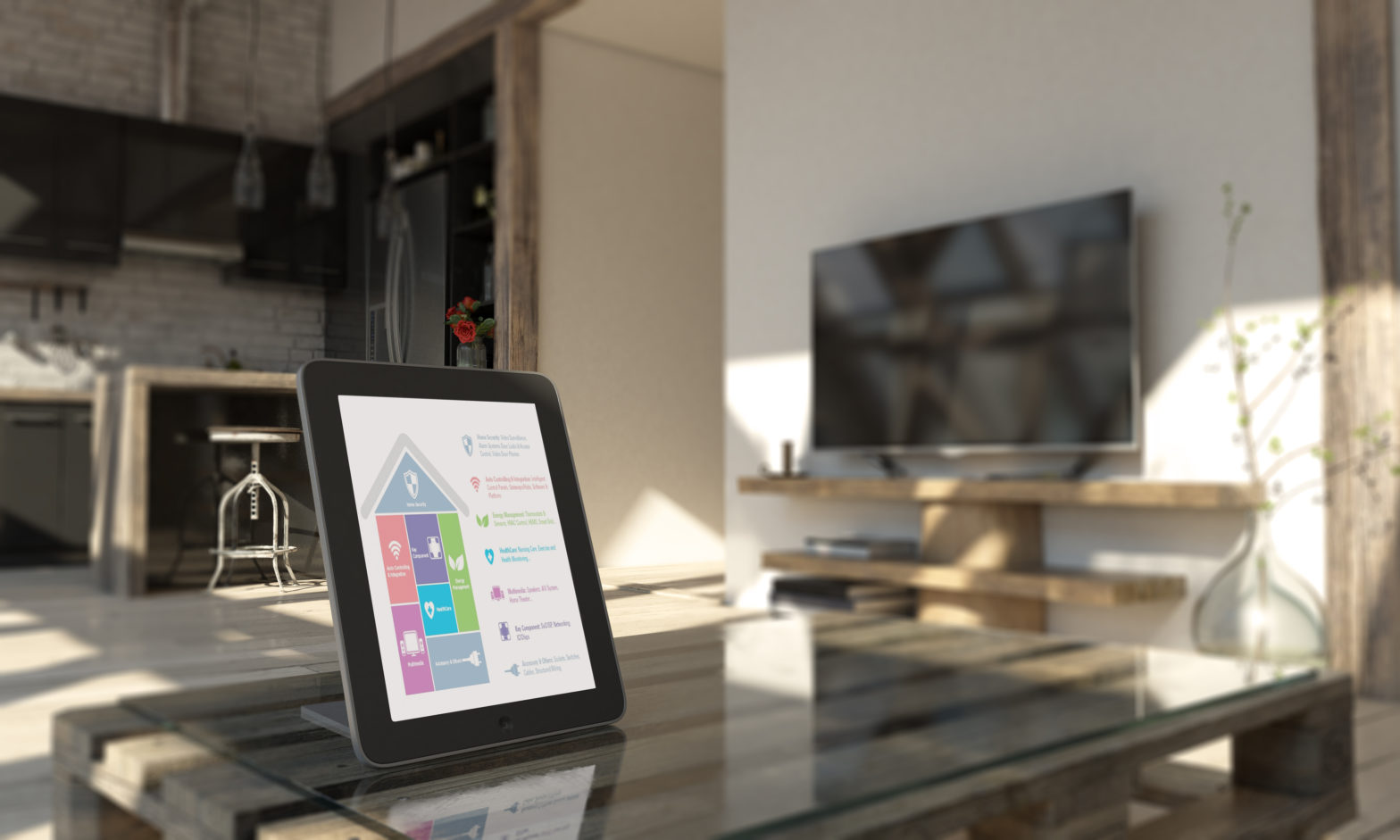
Blog
4 Ways Utilities Can Deliver Higher Energy Savings Using DisaggregationBy Uplight Staff Writer on April 4, 2019

Blog
How to Design and Implement Next-Generation Home Energy Report ProgramsBy Uplight Staff Writer on March 21, 2019
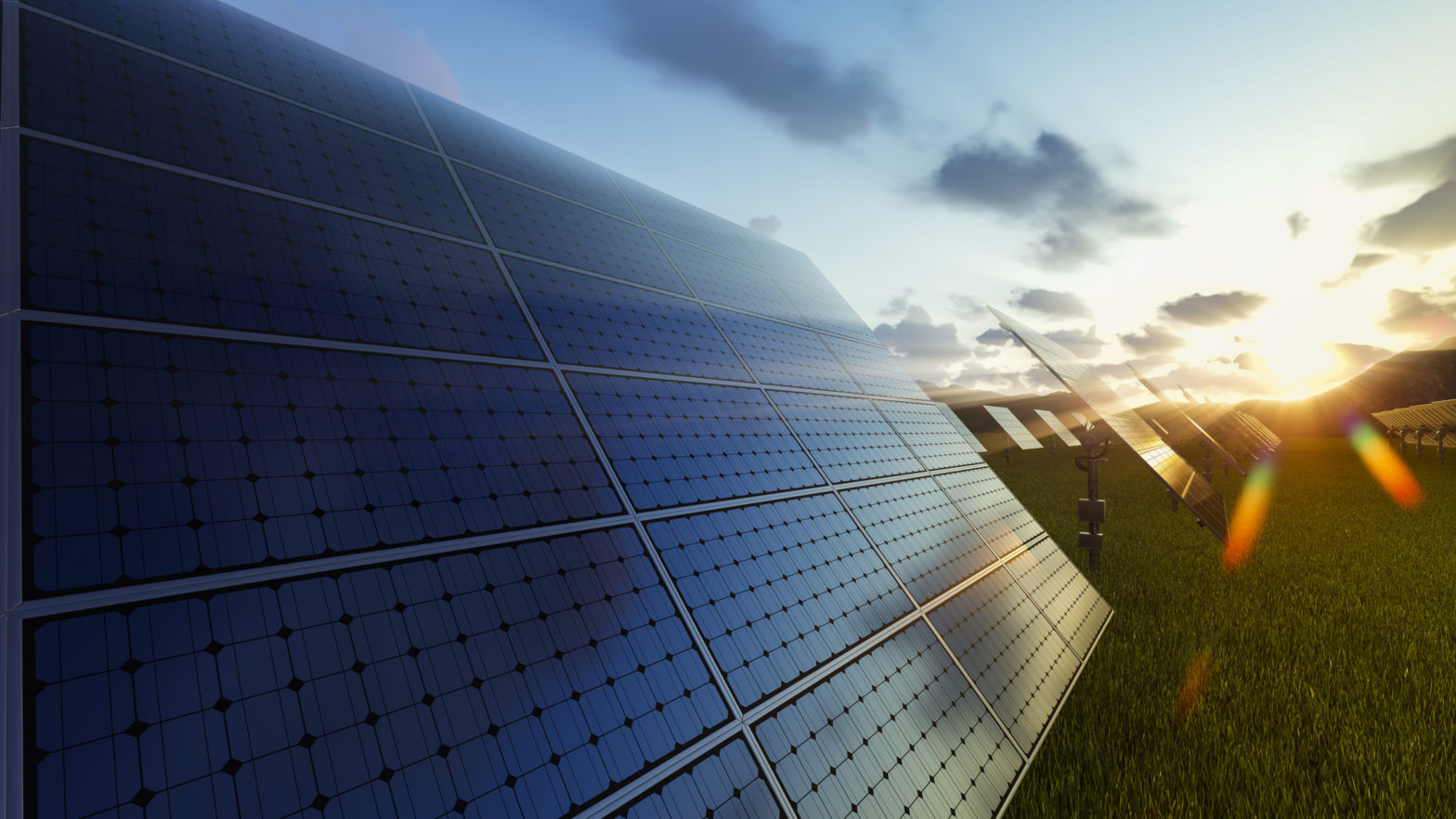

Blog
National Grid Expands Personalization Platform to 2 Million CustomersBy Crystal Leaver on February 26, 2019



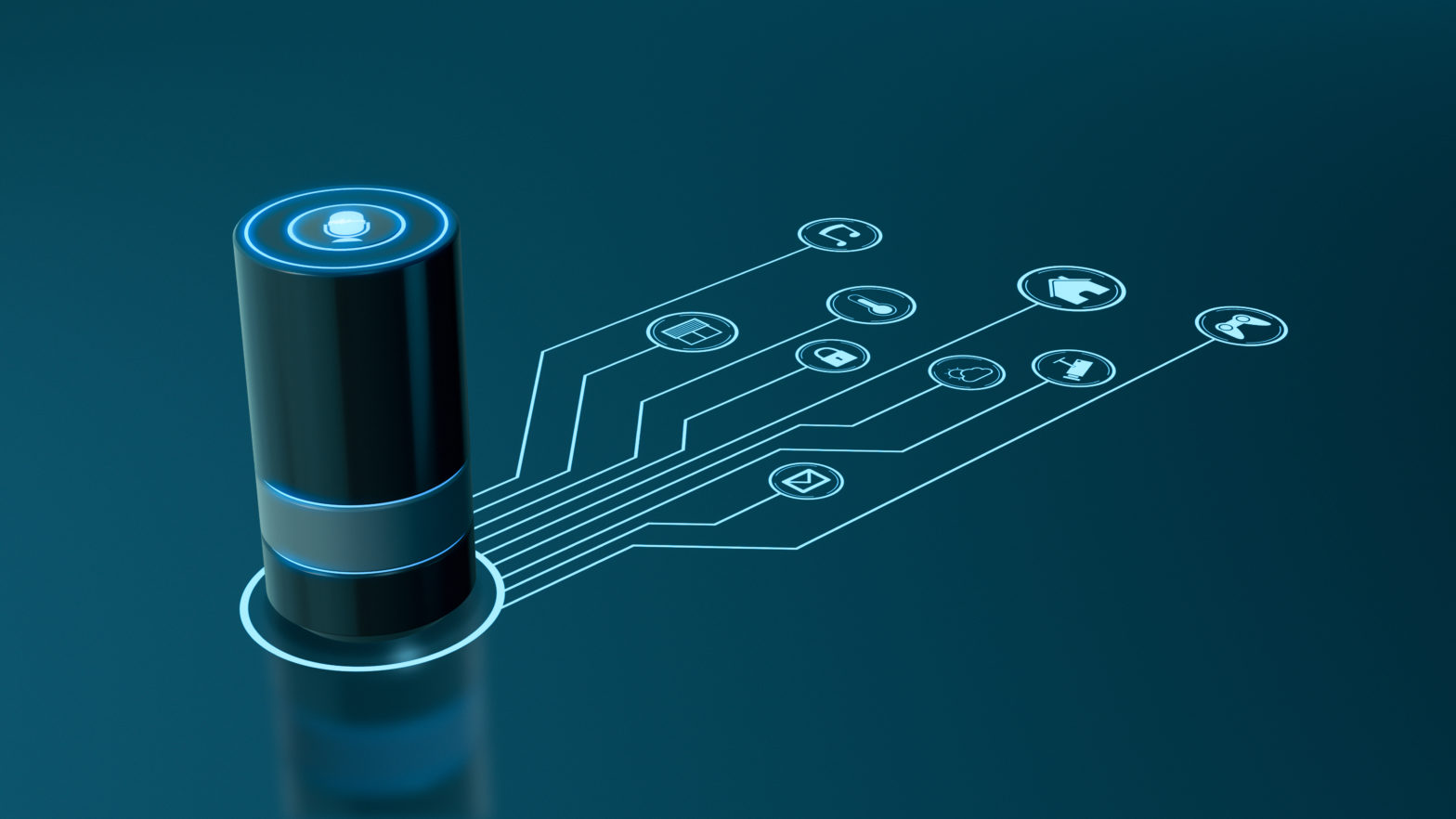
Blog
How Utilities Are Combining Voice and Analytics for Customer EngagementBy Uplight Staff Writer on February 1, 2019

Blog
How EnergySavvy helped 4 utilities gain an ACEEE Exemplary Energy Efficiency Program distinctionBy Crystal Leaver on January 29, 2019

Blog
Implementing a Customer Experience Solution without the IT HeadacheBy Crystal Leaver on January 22, 2019

Blog
5 Takeaways from Accenture’s Research on PersonalizationBy Uplight Staff Writer on January 21, 2019

Blog
Simple Energy has Stellar 2018, Announces Product Expansion, Executive Management Additions for 2019By Tanuj Deora on January 14, 2019

Blog
Hey Alexa! How Much Have I Spent On Heating This Month?By Uplight Staff Writer on January 12, 2019


Blog
Achieving Trusted Advisor Status with Increased Account Manager ProductivityBy Lindsey Meehan on December 12, 2018

Blog
Unlocking the Full Potential of Utility Investments in PersonalizationBy Crystal Leaver on October 2, 2018


Blog Demand Management
ACEEE Poster Session: Smart Thermostat OptimizationBy Uplight Staff Writer on September 11, 2018
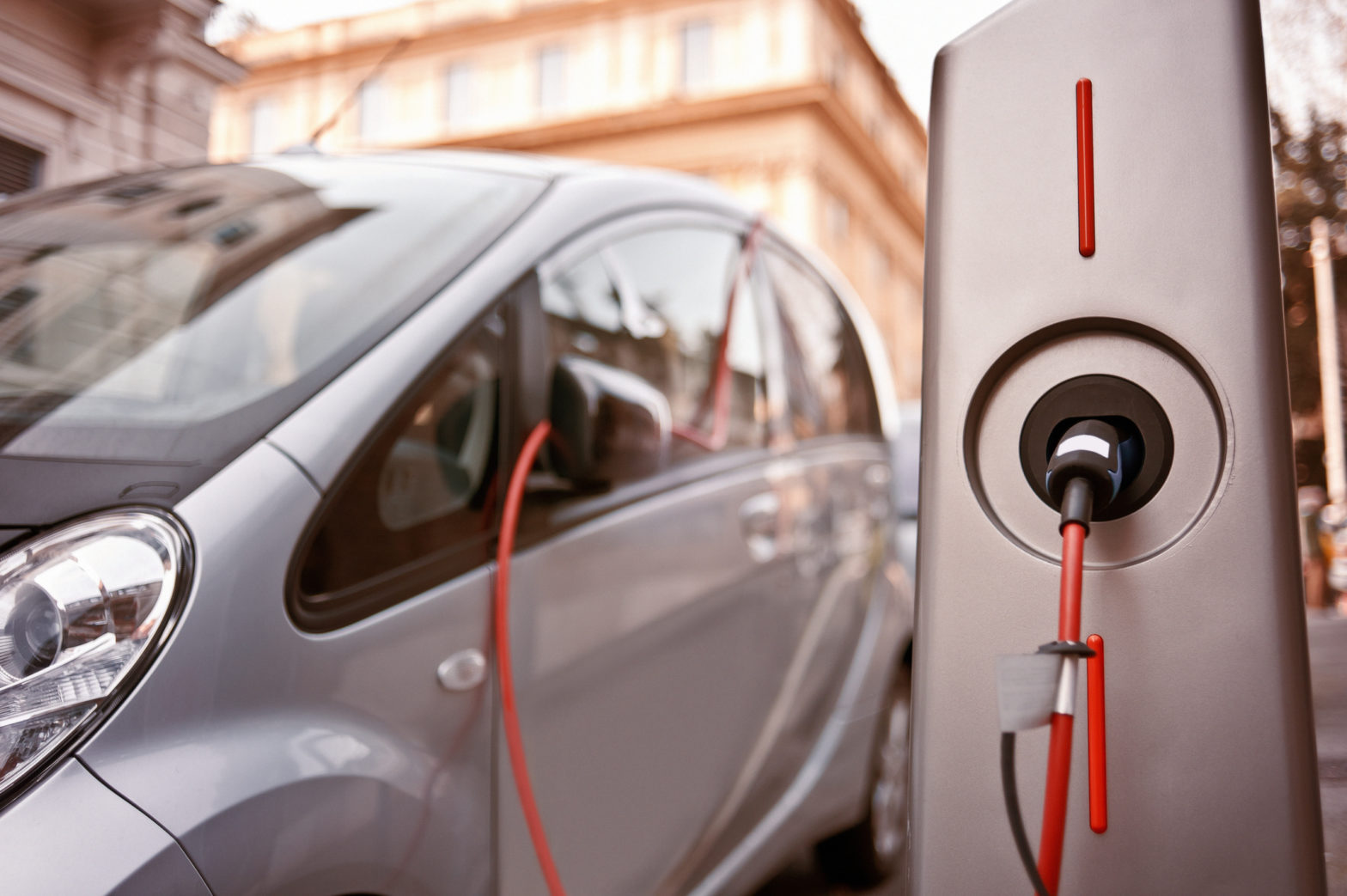
Blog
Simple Energy Shifts Into High Gear with EV Charger Sales on Marketplace and Workplace EV ChargingBy Yoav Lurie on August 14, 2018
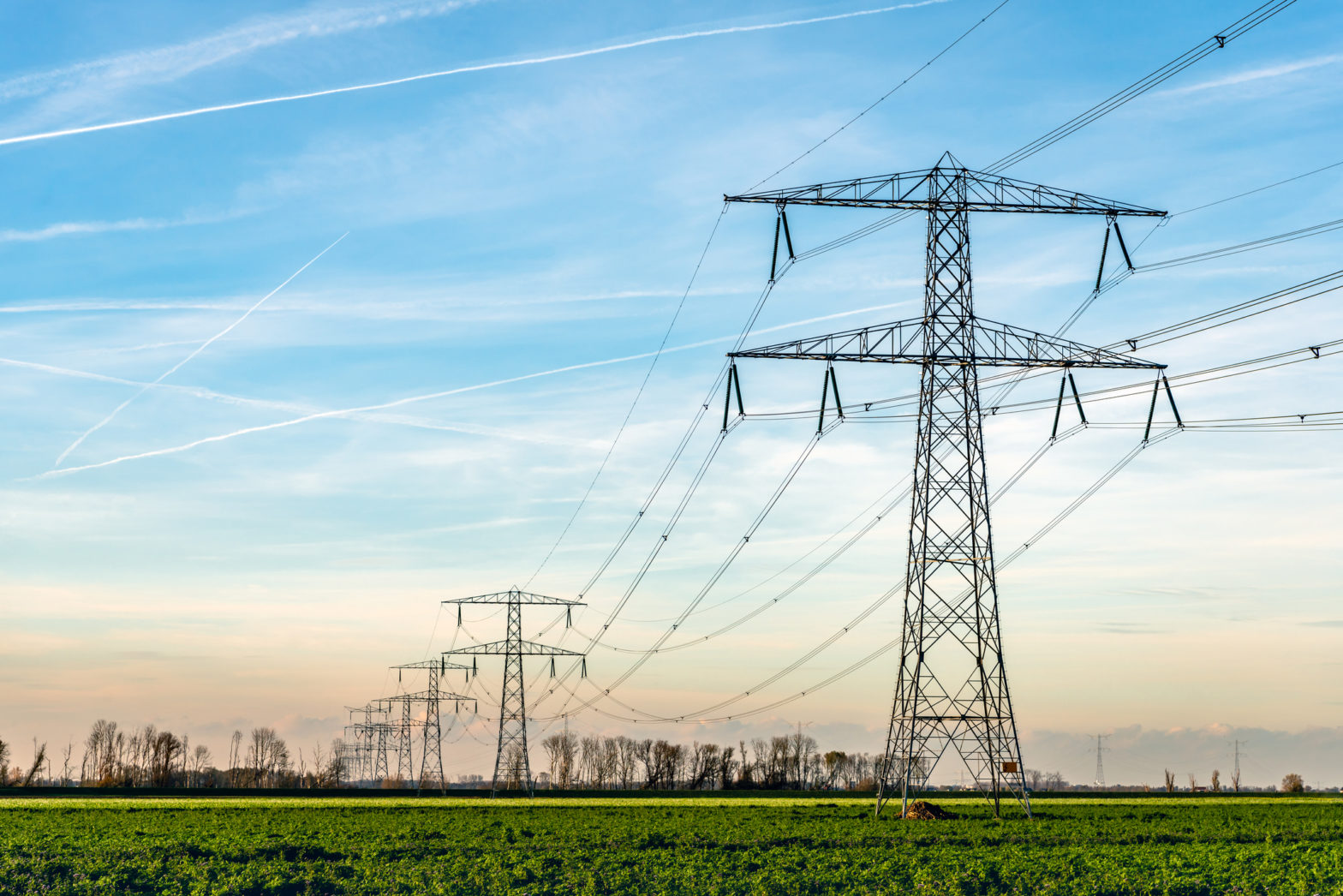
Blog
Is it time for an Amazon Healthcare Moment in the Utility Industry?By Uplight Staff Writer on August 7, 2018

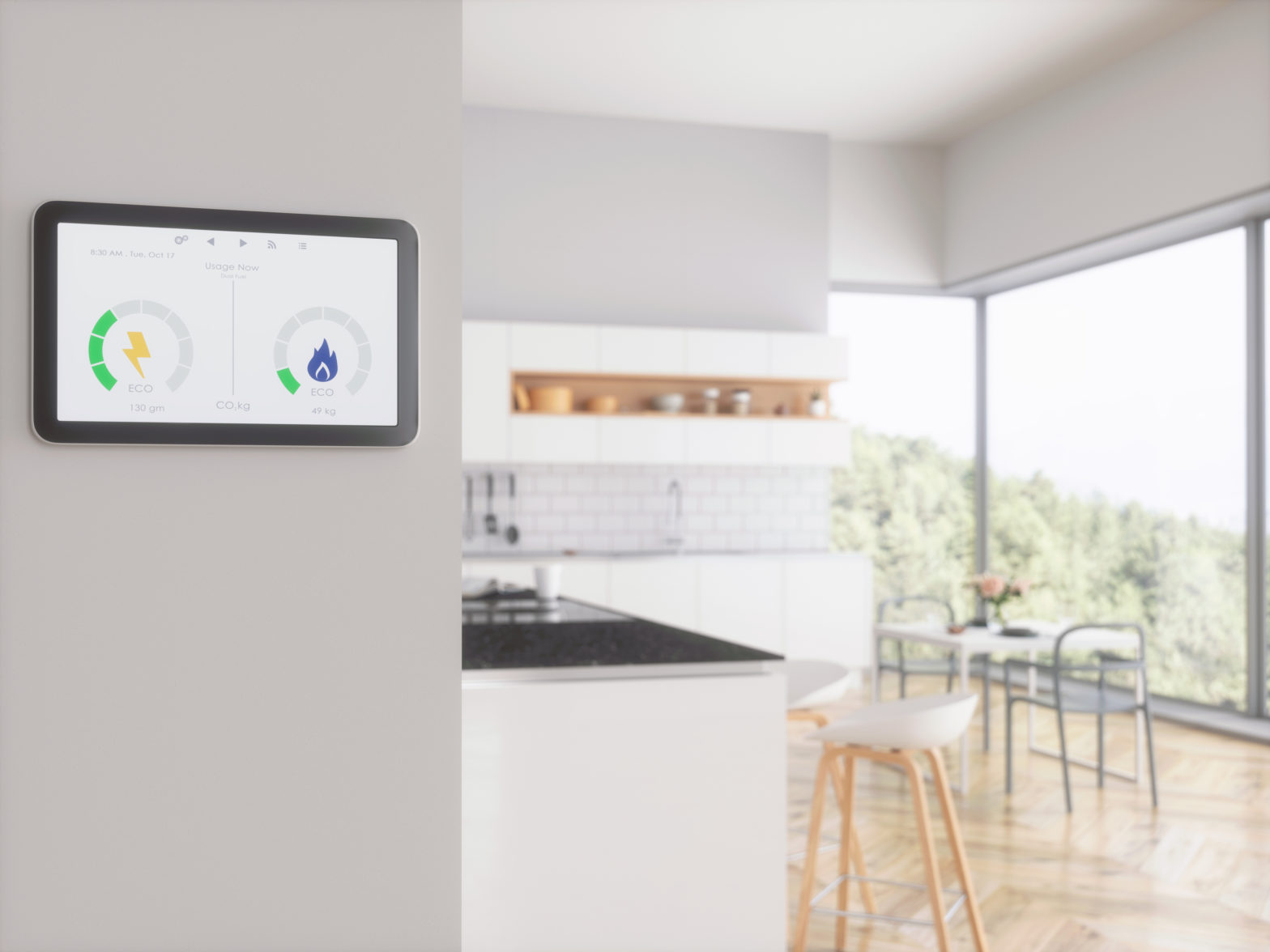
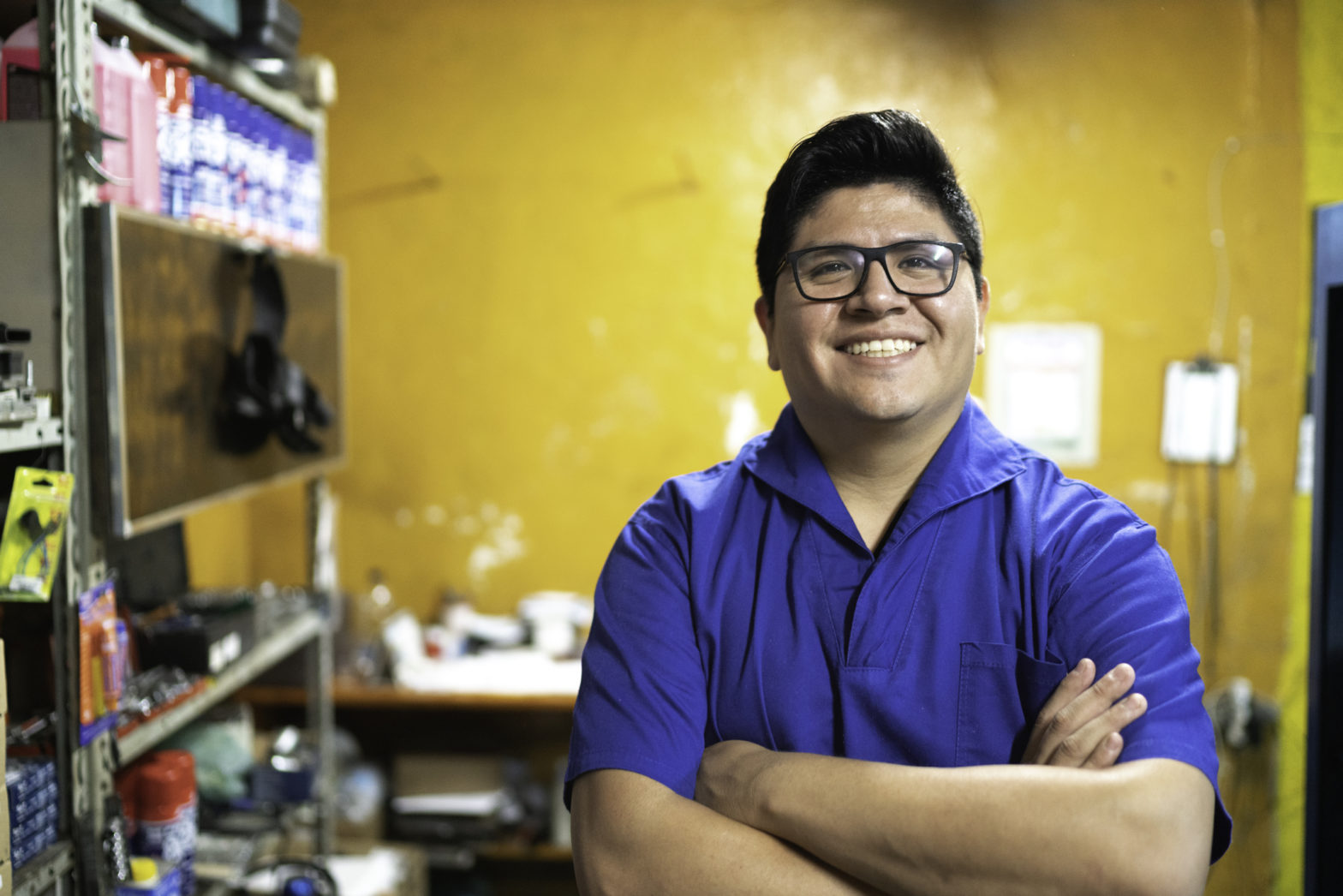

Blog
OK Google...Hey Alexa....What Can You Tell Me About Energy?By Uplight Staff Writer on May 21, 2018
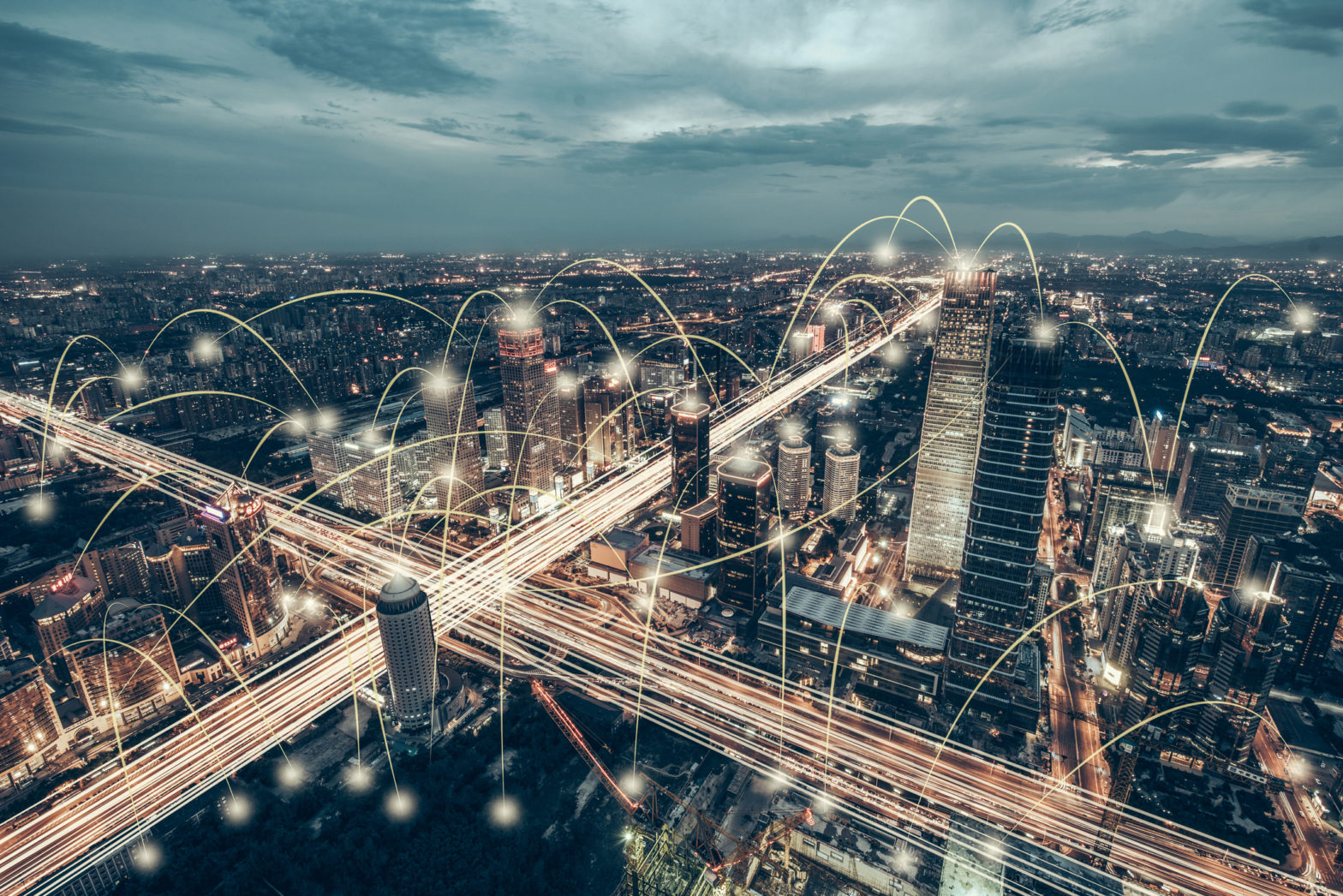
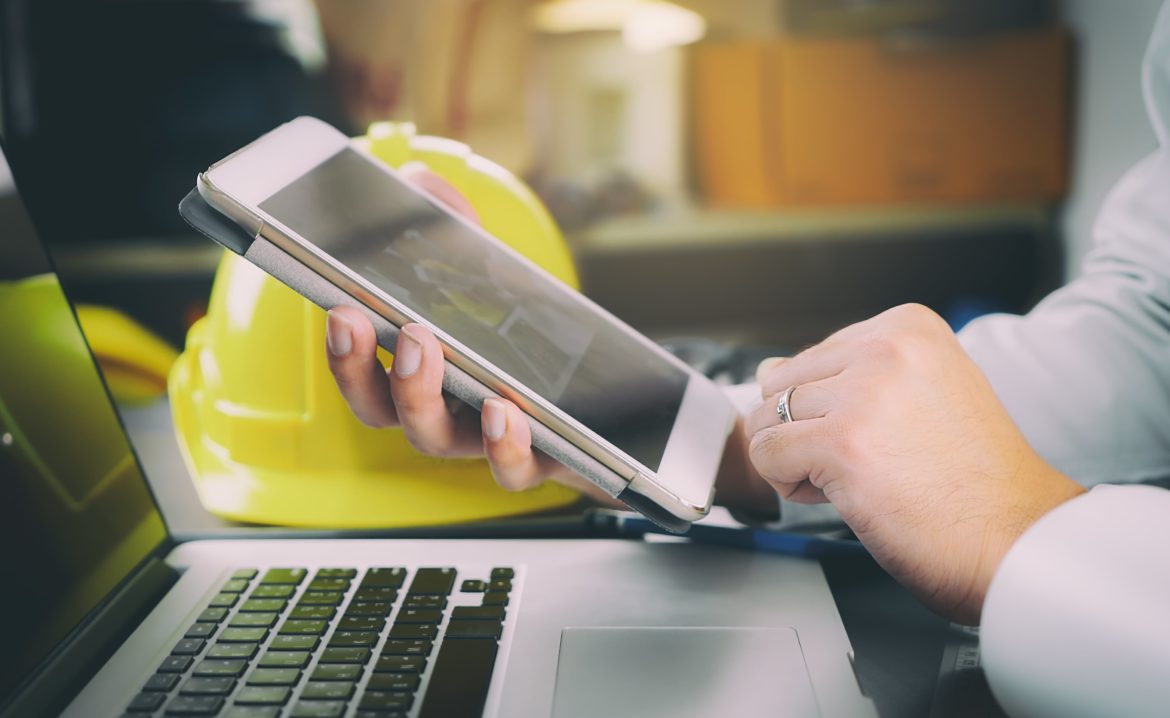


Blog
How Do We Manage Billions of AMI Data Records? It’s as Easy as PIEBy Uplight Staff Writer on April 2, 2018
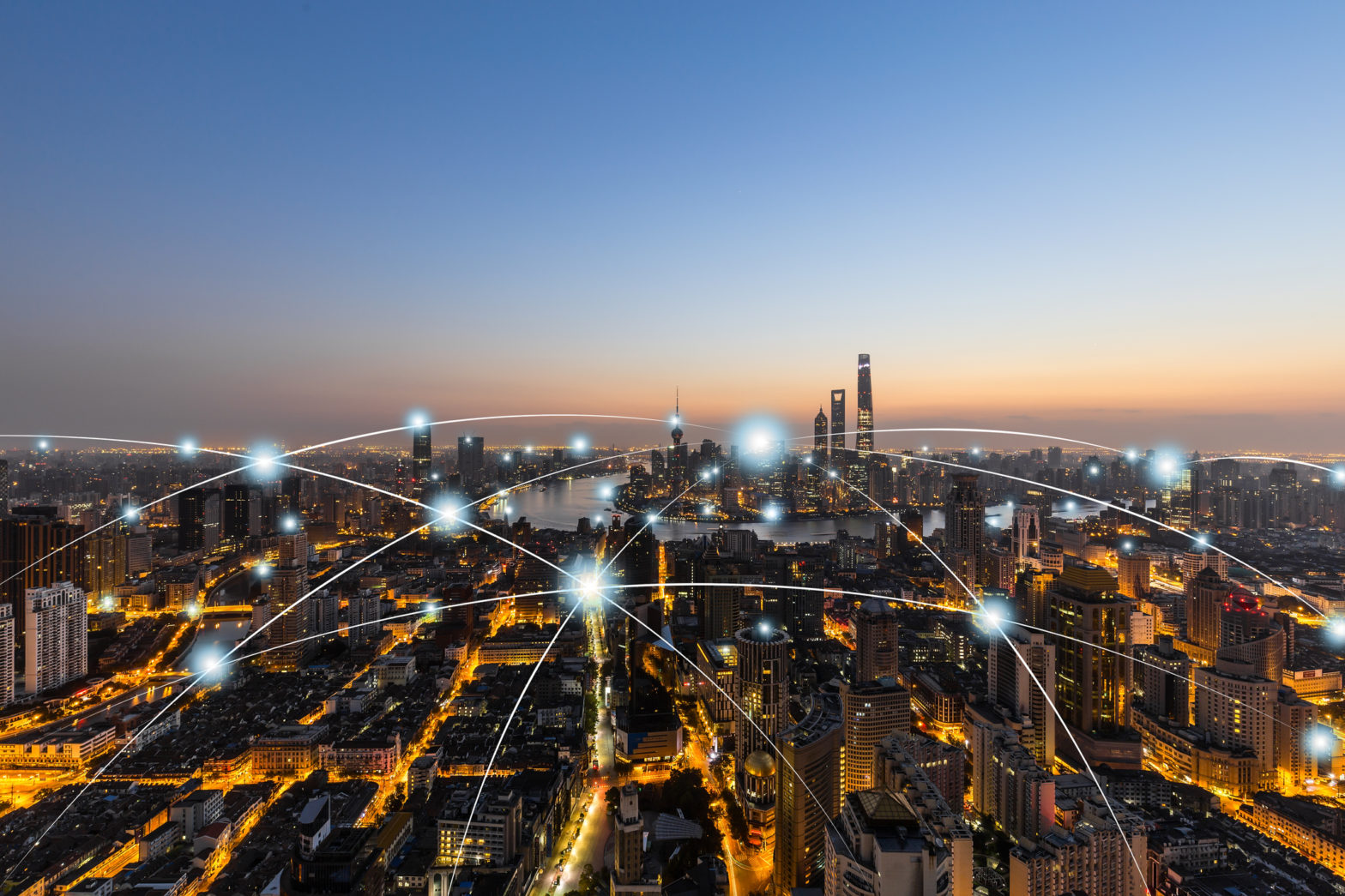
Blog
Simple Energy partners with DP&L and IPL and AES Makes Strategic InvestmentBy Yoav Lurie on March 19, 2018

Blog
SMUD and Simple Energy Offer Home Services via SMUD Energy StoreBy Yoav Lurie on March 6, 2018

Blog
Full Podcast Transcript: Utilities Can Learn From Amazon's Obsession With Customer ExperienceBy Uplight Staff Writer on March 6, 2018
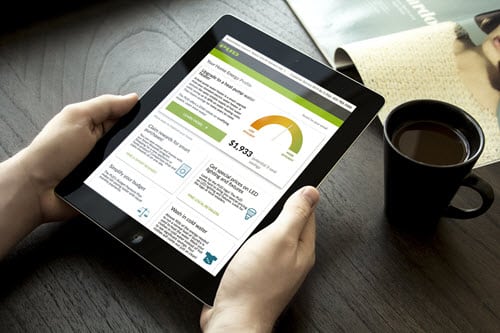
Blog
Snohomish County PUD Launches Online Home Energy ProfileBy Crystal Leaver on February 27, 2018

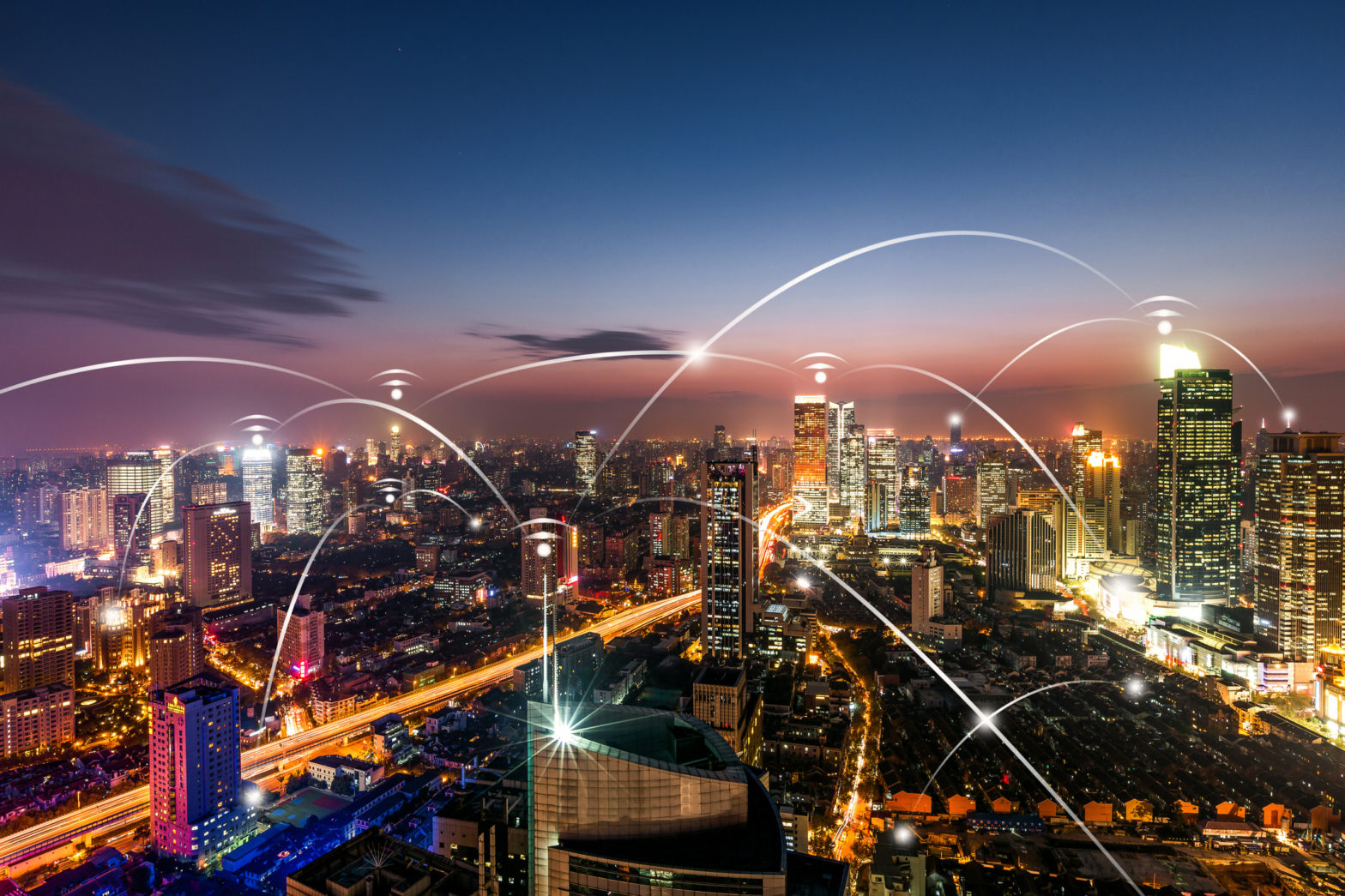
Blog
Simple Energy and EnergyHub Partner to Streamline the Connected Device Purchase and Enrollment ExperienceBy Yoav Lurie on January 11, 2018


Blog
Why Horizontal Software So Often Can’t Deliver Utility-Specific ValueBy Crystal Leaver on January 2, 2018
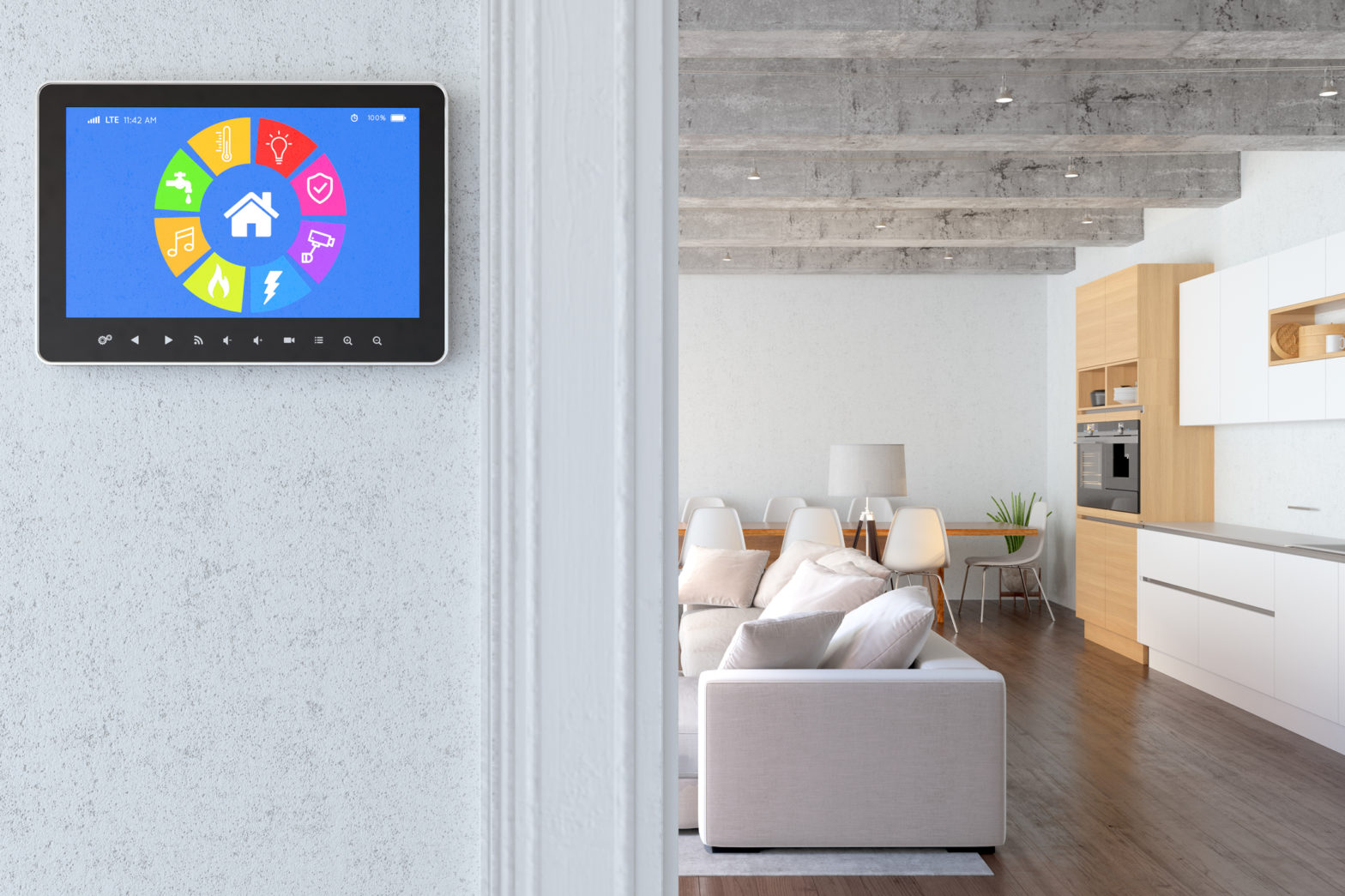


Blog
The Utility Transformation Opportunity for Business CustomersBy Uplight Staff Writer on November 27, 2017


Blog
The DSM Customer Journey: Engage, Activate, and OrchestrateBy Don McPhail on November 16, 2017



Blog
Three Ways Utility Marketers Can Revolutionize Their Approach to Customer EngagementBy Crystal Leaver on September 19, 2017
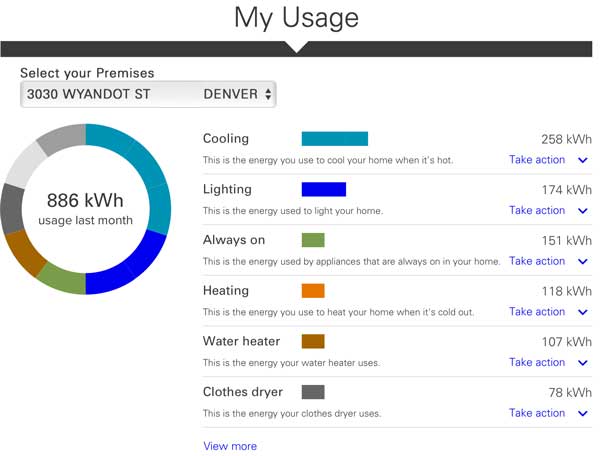
Blog
Four Ways to Better Leverage Your Online Assessment to Engage CustomersBy Crystal Leaver on September 12, 2017


Blog
The Three Essential Technologies for Utility Personalization and EngagementBy Crystal Leaver on July 10, 2017
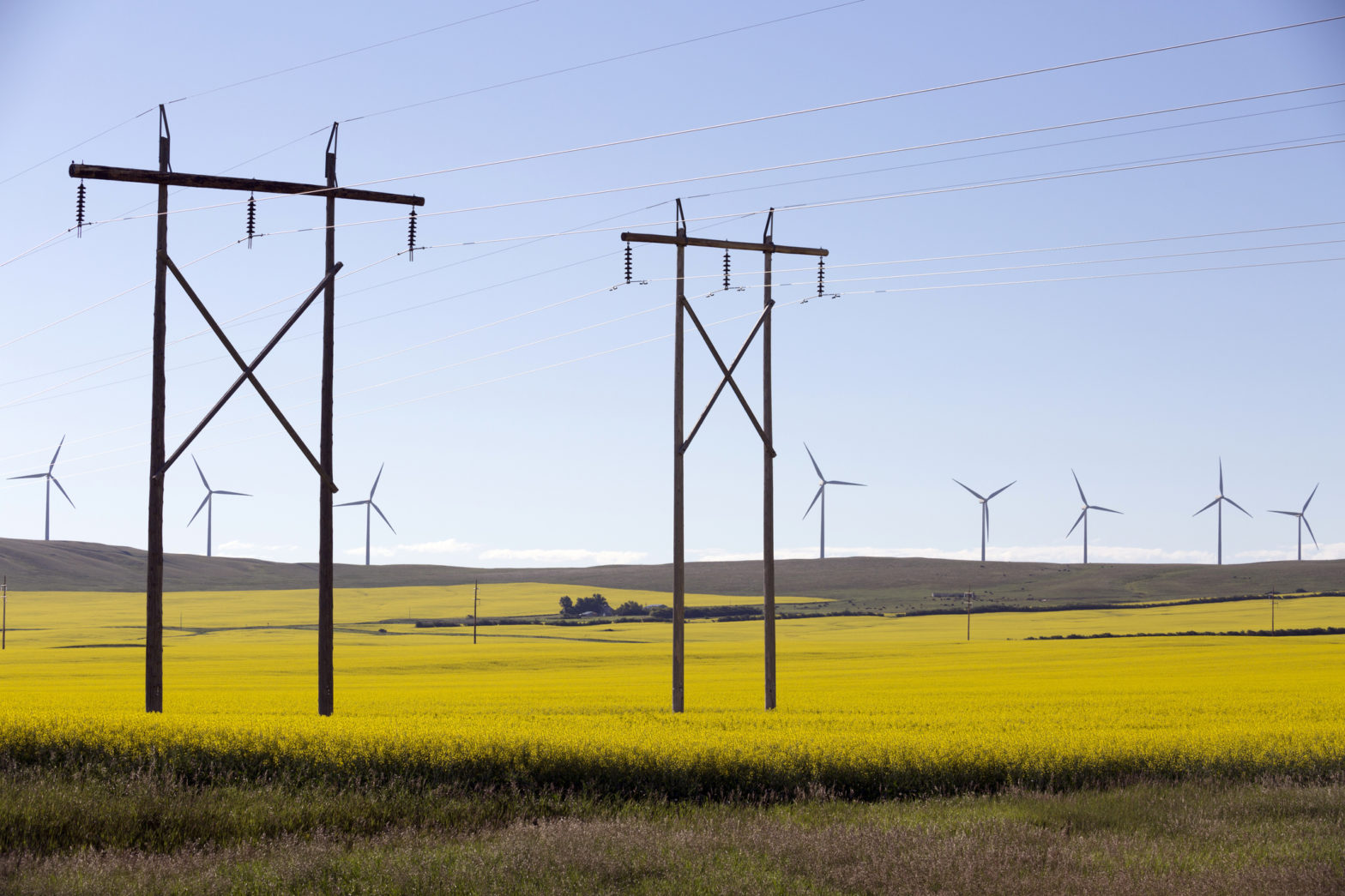
Blog
SMUD and Simple Energy Partner to Deliver Innovative MarketplaceBy Yoav Lurie on June 13, 2017

Blog
Case Study: Driving the Highest Rate of Transactions in the IndustryBy Yoav Lurie on June 13, 2017

Blog
Lessons from Southwest Airlines: The Importance of Proactive AdaptationBy Brad Langley on June 12, 2017

Blog
How Amazon, Netflix, Lyft, and Uber Might Deliver the Utility Customer ExperienceBy Crystal Leaver on May 8, 2017

Blog
Building a Solid Marketing Launch for Your Engagement PlatformBy Uplight Staff Writer on May 1, 2017
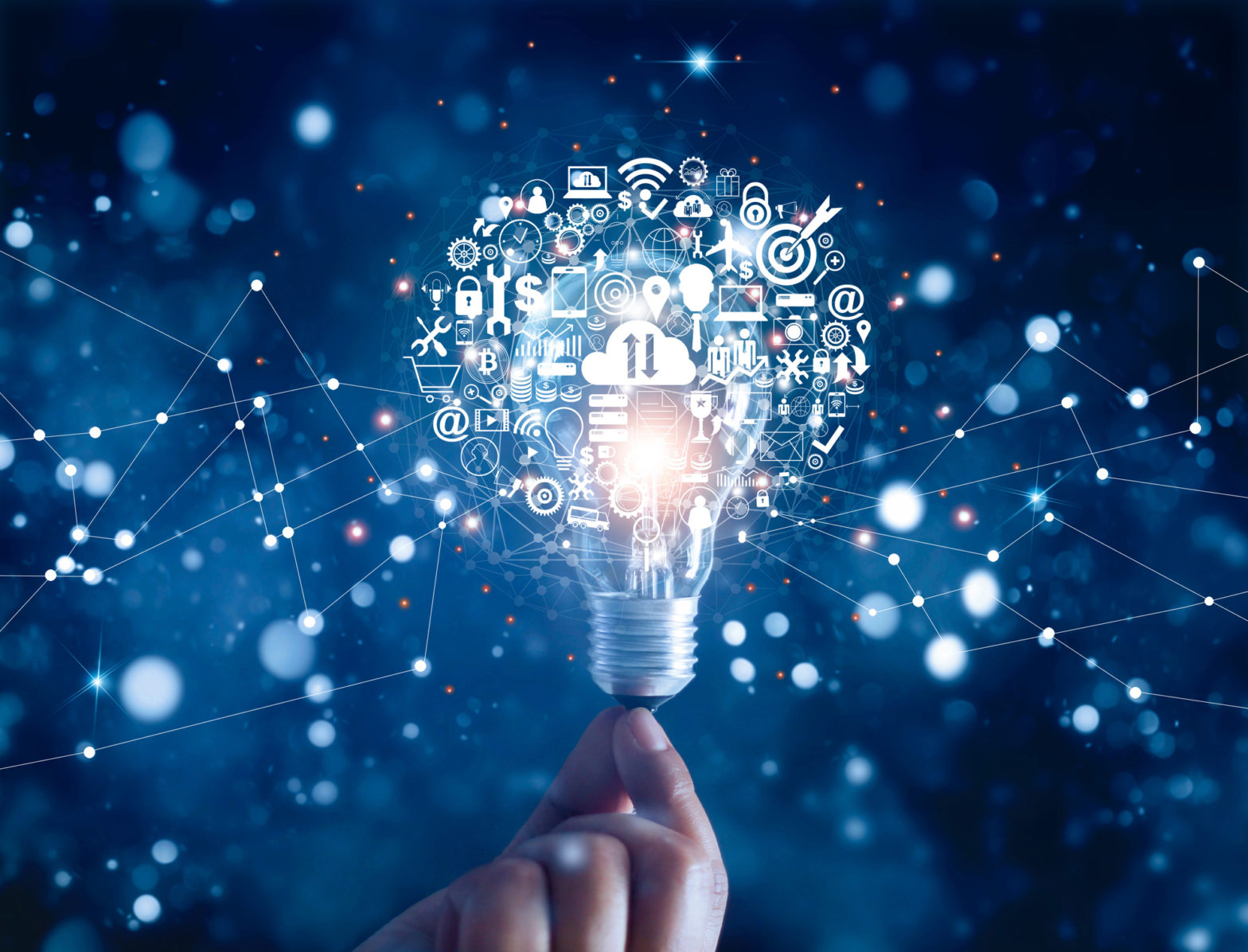
Blog
Eight Global Utilities Select Simple Energy for Innovation ProgramBy Yoav Lurie on April 23, 2017
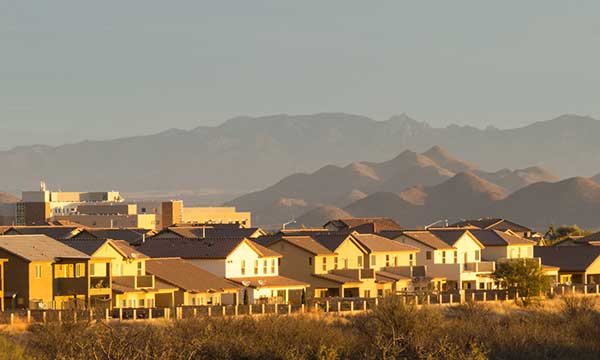

Blog
Business Customer Communication Strategies – Digital vs. Traditional ChannelsBy Uplight Staff Writer on April 14, 2017

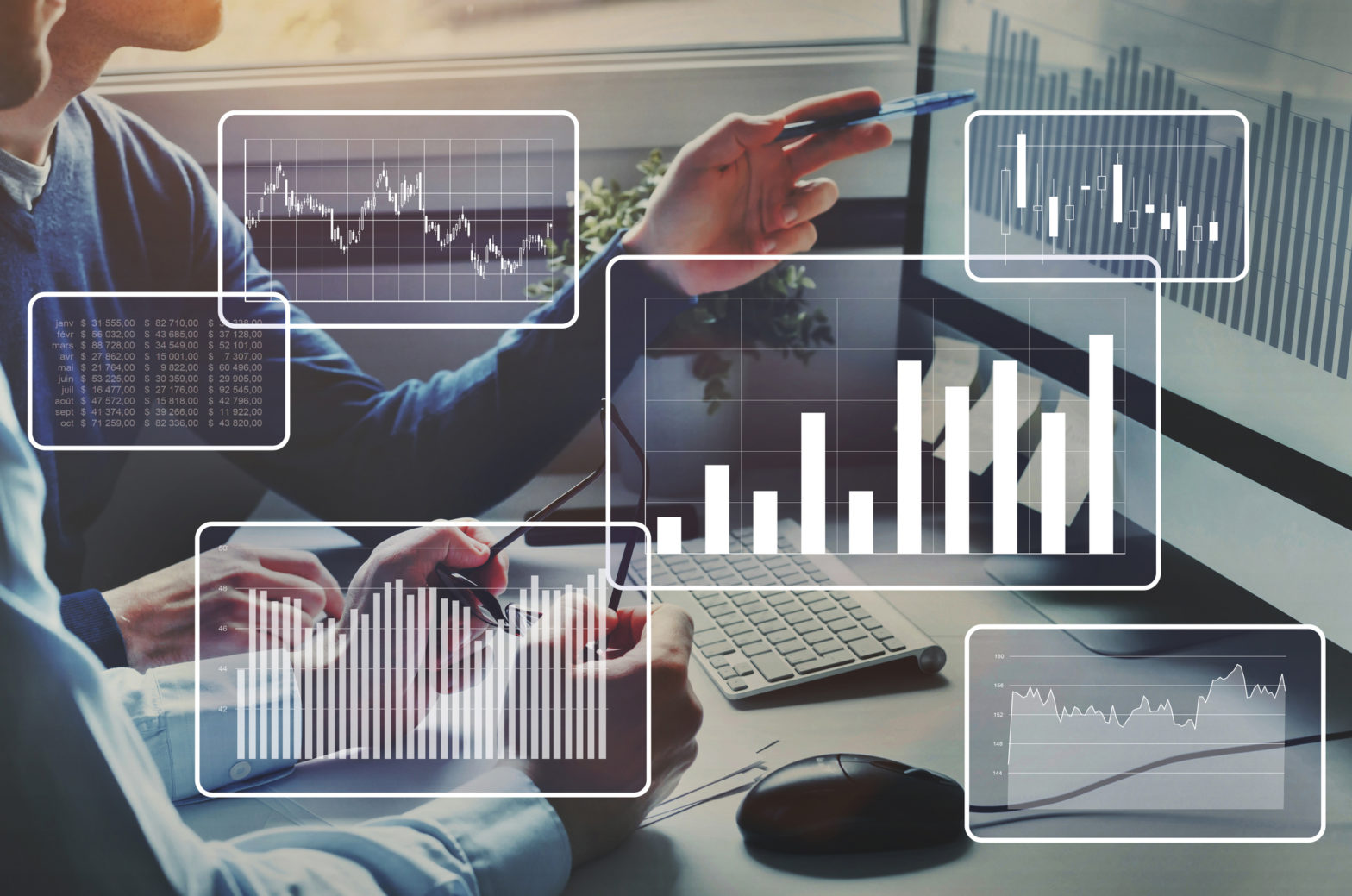
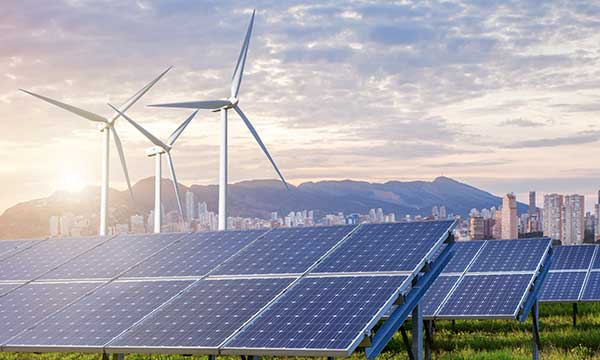
Blog
Rolling out Default Time Variable Rates without the PR NightmareBy Crystal Leaver on March 29, 2017


Blog
New Online Store Delivers Efficiency, Value and Choice to Gulf Power CustomersBy Yoav Lurie on March 20, 2017
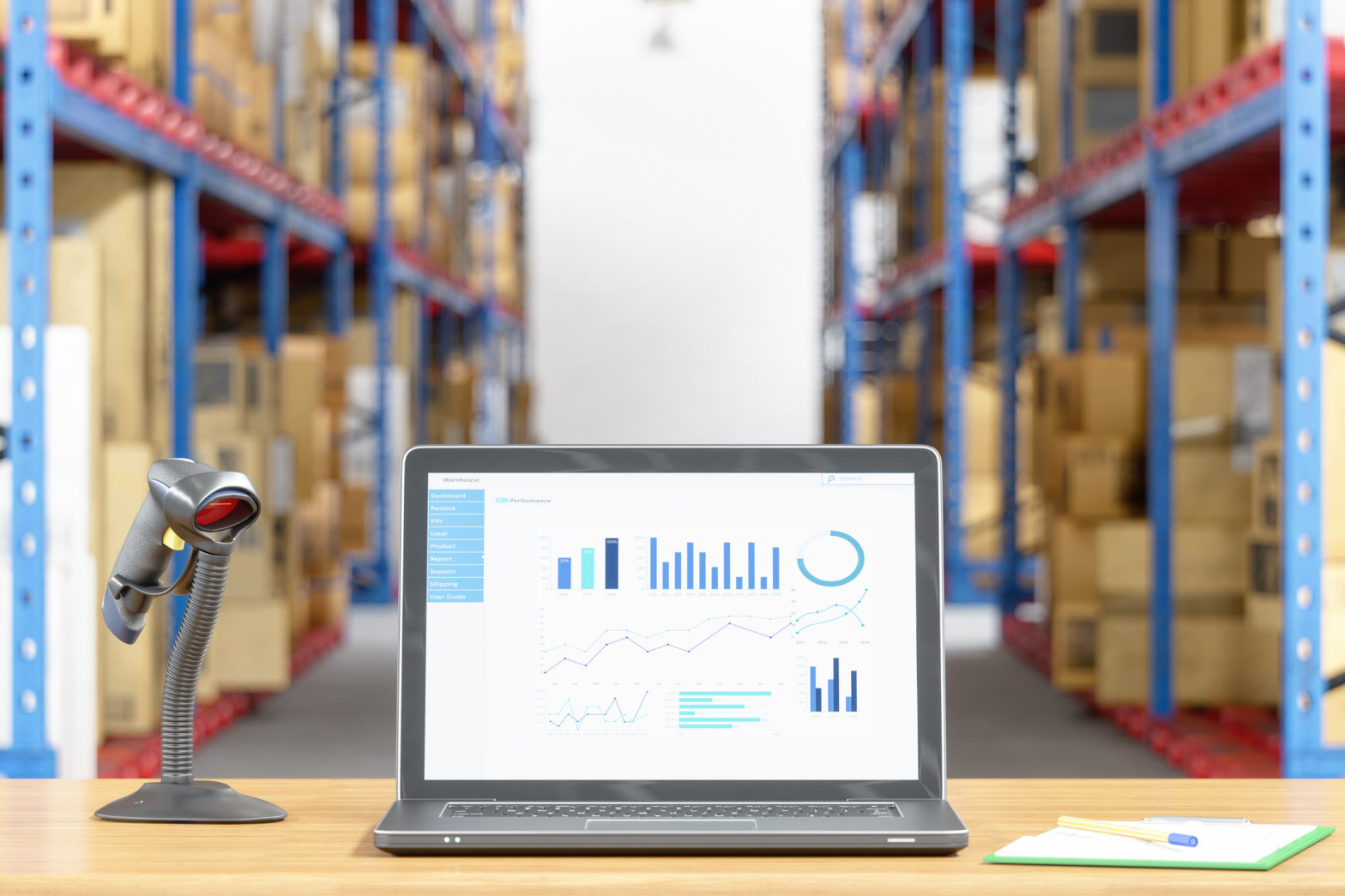
Blog
Table Takeaways: The building blocks of successful business customer engagementBy Lindsey Meehan on March 14, 2017

Blog
Table Takeaways: Creating a 360-degree business customer experienceBy Lindsey Meehan on March 8, 2017

Blog
Table Takeaways: It’s not just what you say, but how you say itBy Lindsey Meehan on March 1, 2017



Blog
Table Takeaways: The challenges of engaging small and medium business customersBy Lindsey Meehan on February 22, 2017


Blog
What I’ve Learned from Successful Digital Engagement ImplementationsBy Uplight Staff Writer on October 18, 2016

Blog
New Efficiency Program Drives Consumer Energy Savings and Bolsters Product Sales with Instant Utility RebatesBy Yoav Lurie on October 11, 2016


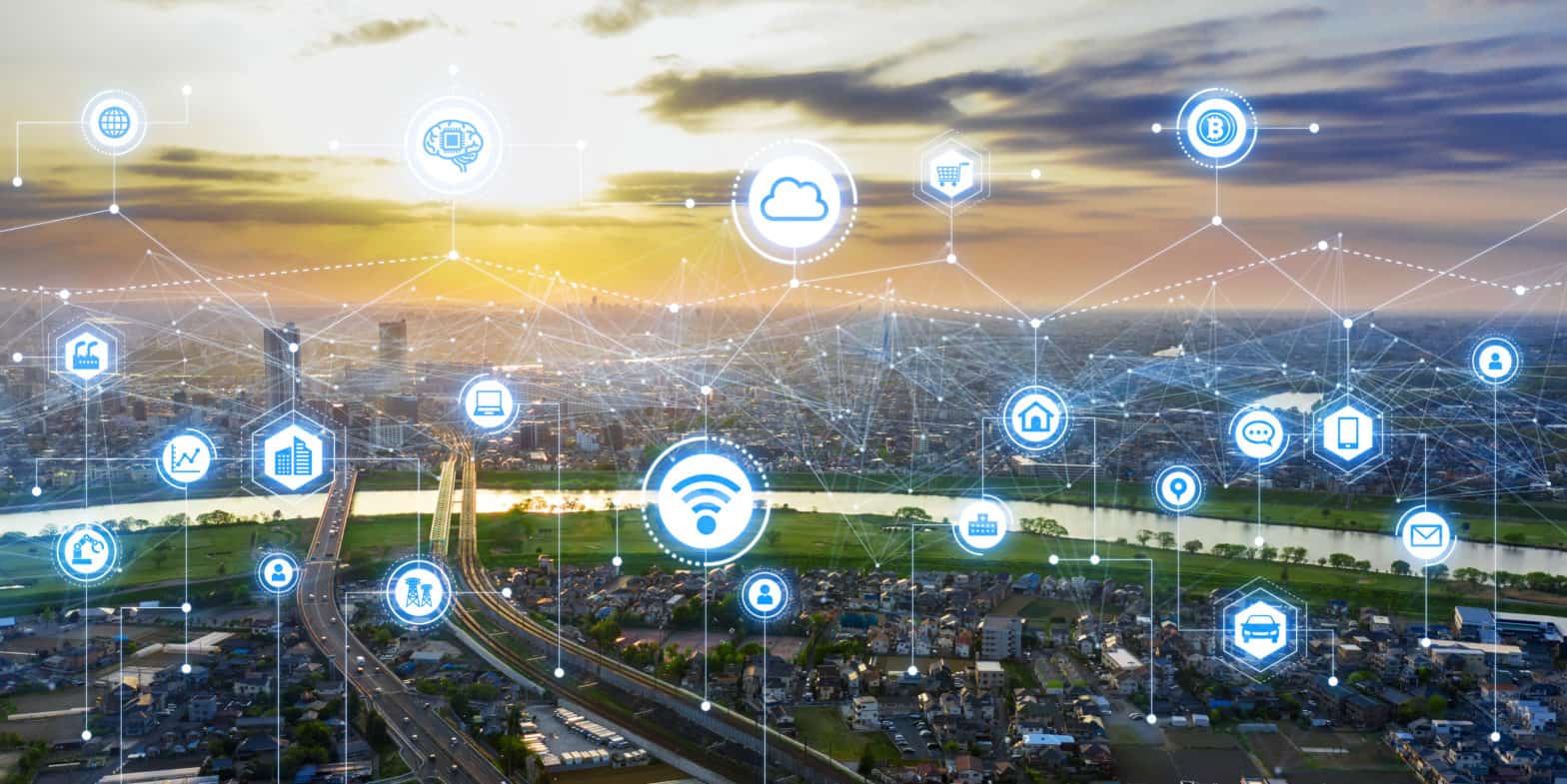

Blog
Central Hudson and Simple Energy Promote Energy Efficiency with New Online Store and Engagement PlatformBy Yoav Lurie on April 27, 2016

Blog
Orange & Rockland Expands Online Marketplace: Instant rebates now available on a variety of energy-efficient productsBy Yoav Lurie on April 4, 2016



Blog
Consumers Energy, Simple Energy Team up For Utility E-commerce Platform Launch in MichiganBy Yoav Lurie on October 21, 2015

Blog
Iberdrola USA Partners with Simple Energy to Implement E-Commerce Energy in New YorkBy Yoav Lurie on July 21, 2015


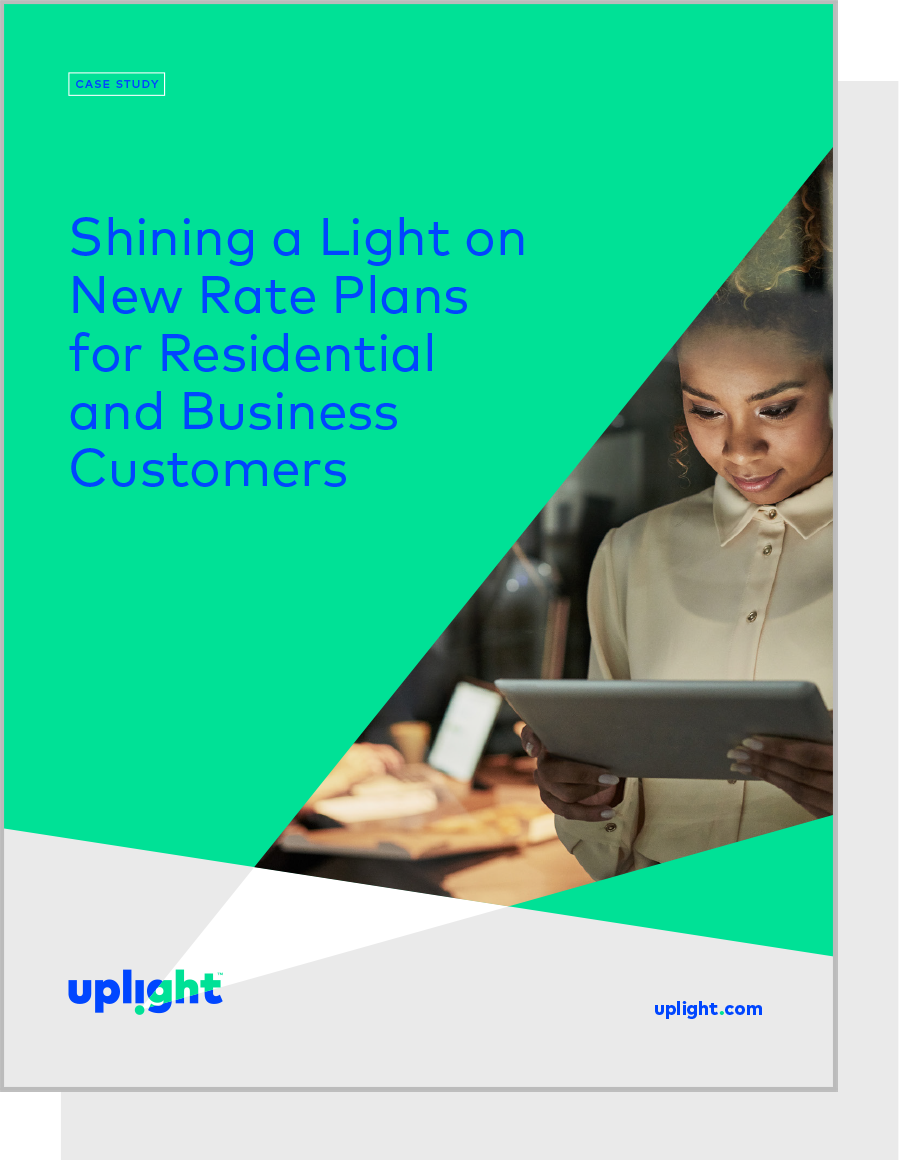
Case Study Customer Engagement +1
Shining a Light on New Rates Plans for Residential and Business CustomersPG&E leverages Uplight's platform to help SBM and C&I customers with rates.
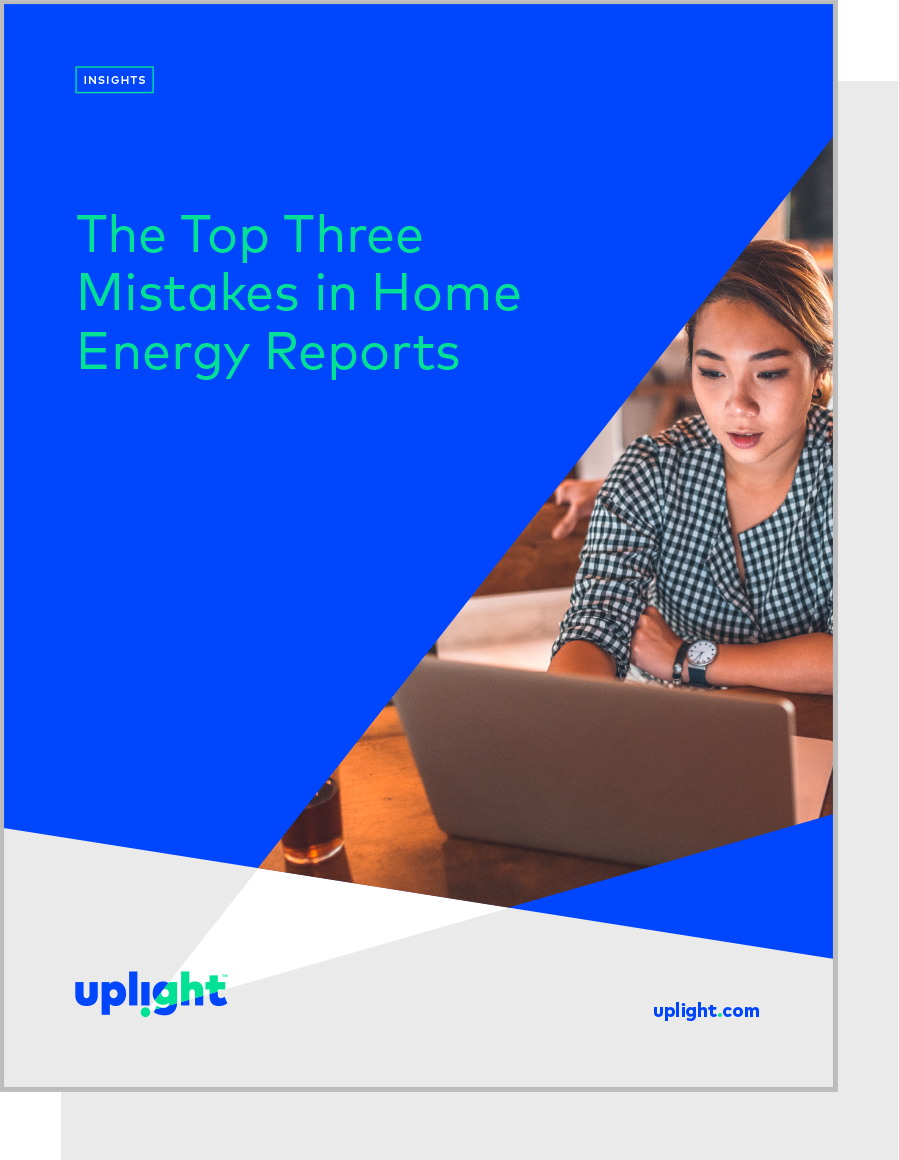
eBook Energy Efficiency
The Top Three Mistakes in Home Energy ReportsHow does a utility make sure to get the most out of their home energy reports?
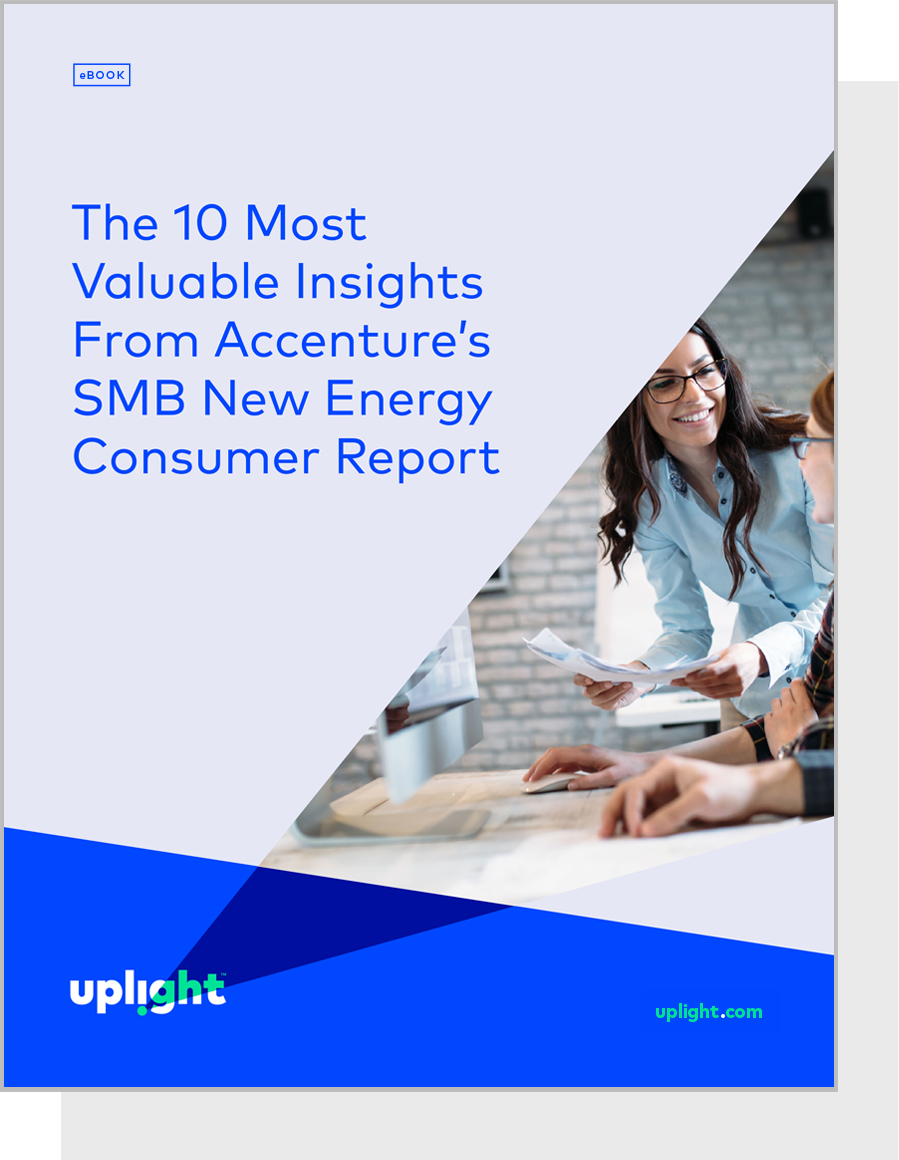
eBook Customer Engagement
The 10 Most Valuable Insights From Accenture’s SMB New Energy Consumer ReportGuilty of overlooking small to medium-sized businesses?
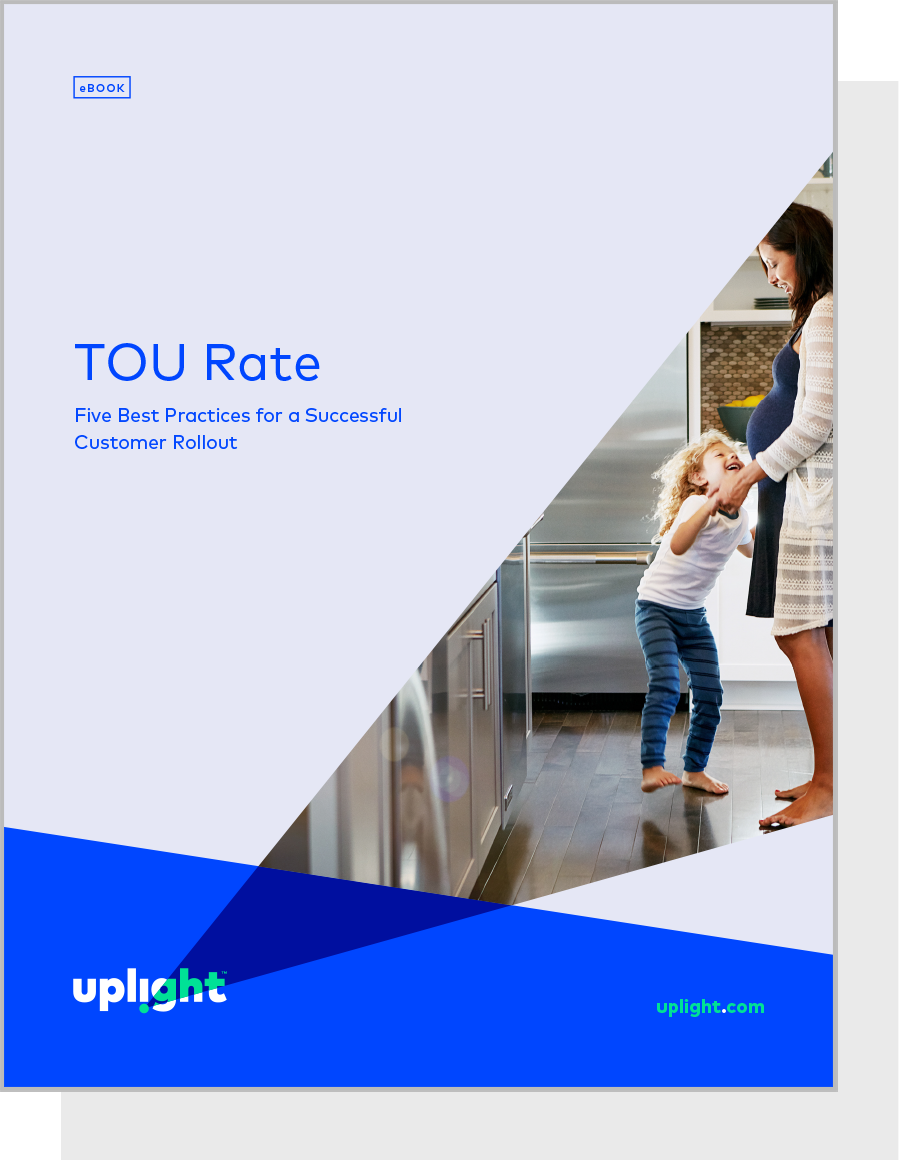
eBook Rates Engagement
Five Best Practices for a Successful Rate RolloutSuccessfully roll out TOU rates with personalized, proactive approach.
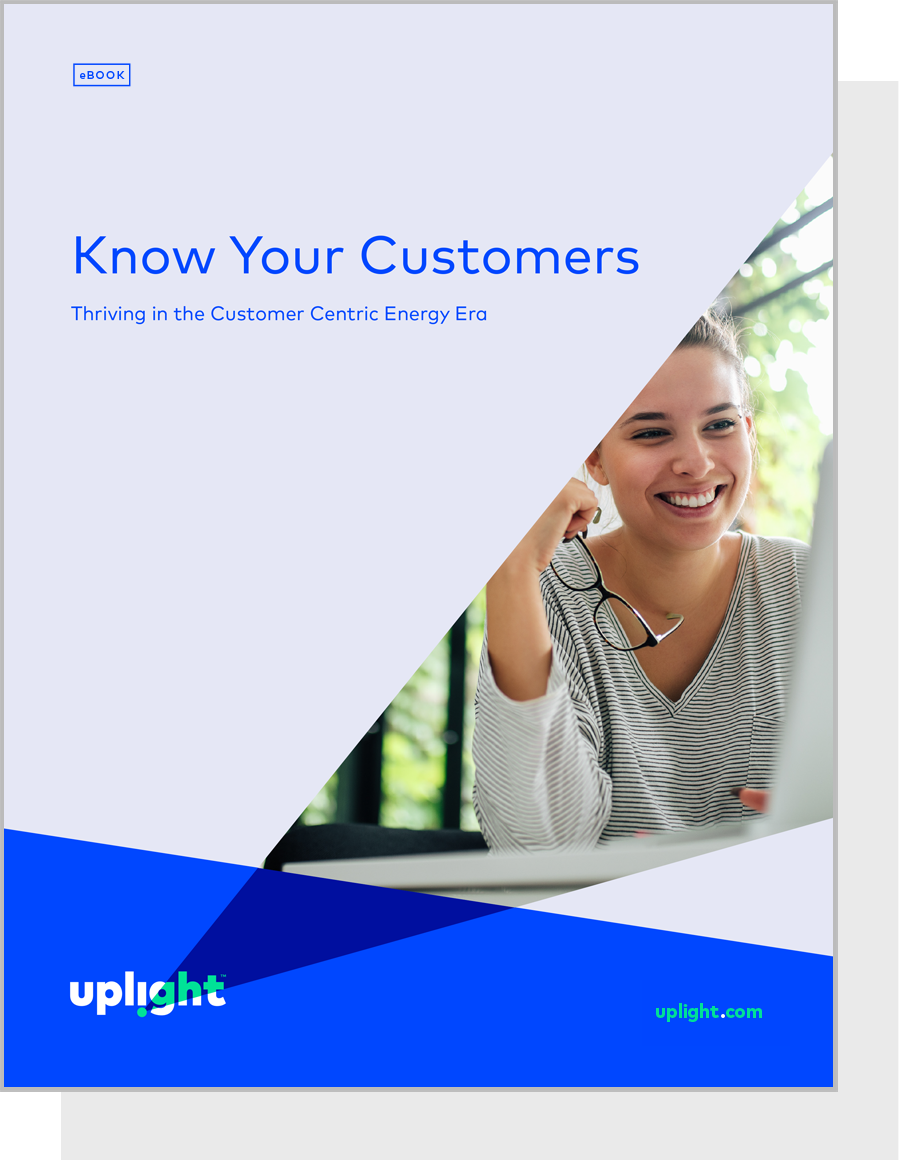
eBook Customer Engagement +1
Know Your CustomersThree keys to serving the business customers of the future...today.
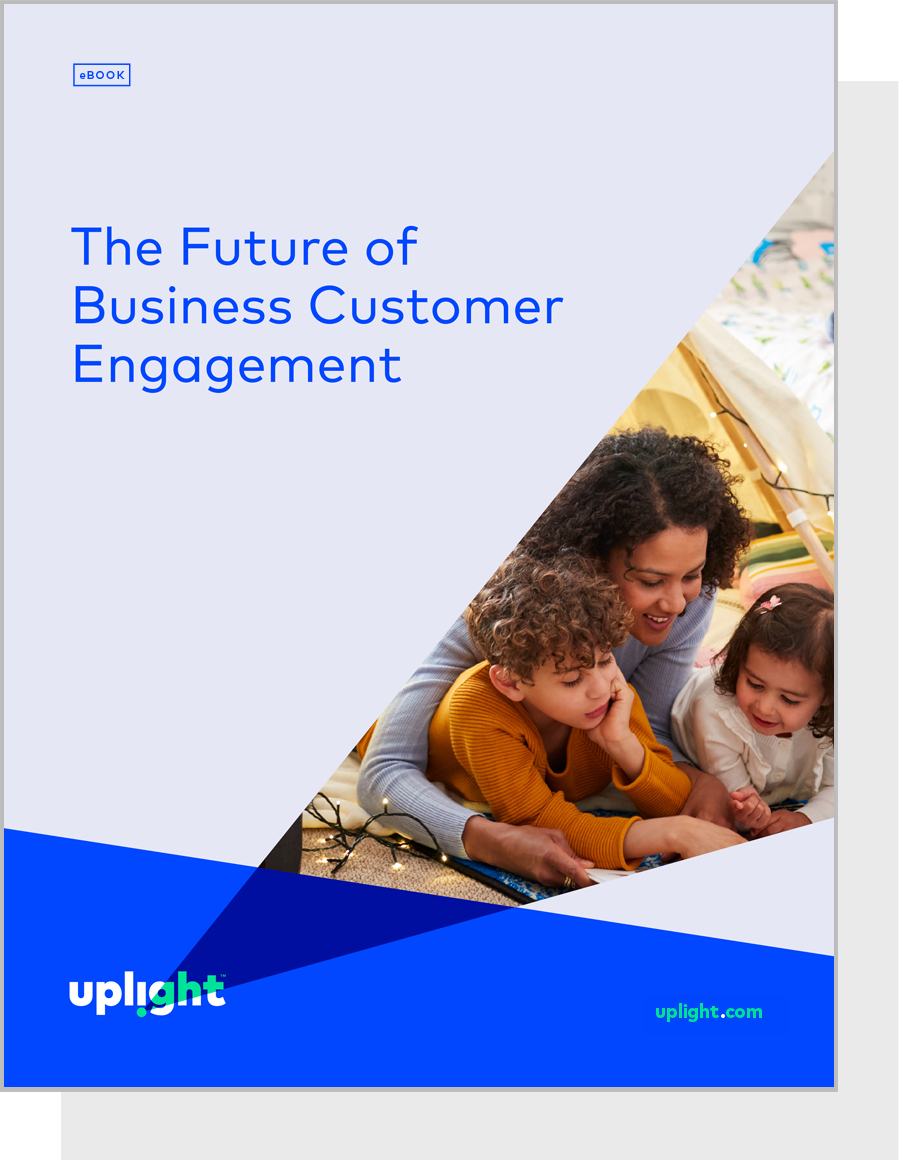
eBook Customer Engagement
The Future of Business Customer EngagementMissing the Mark with Your Business Customers?
